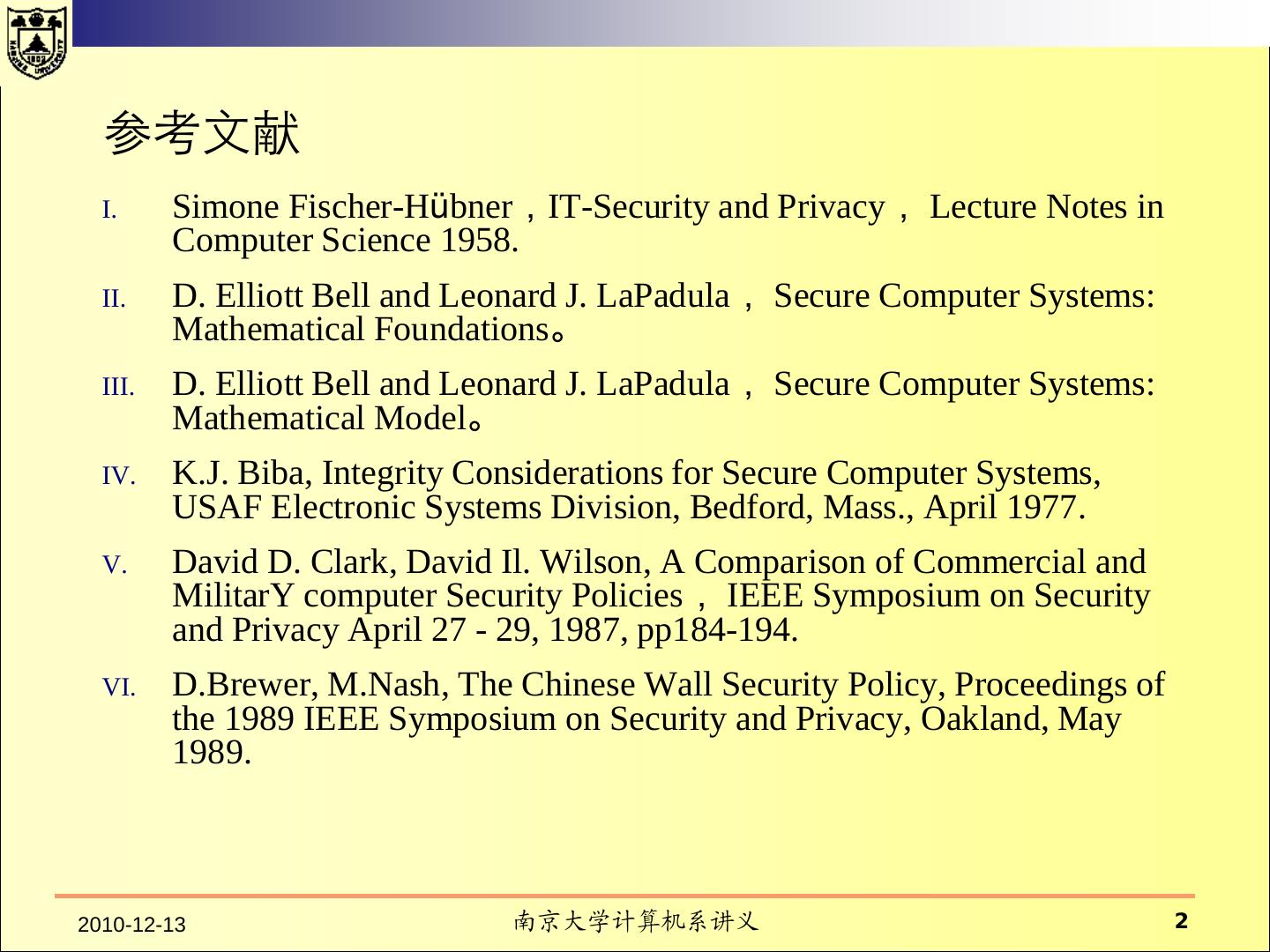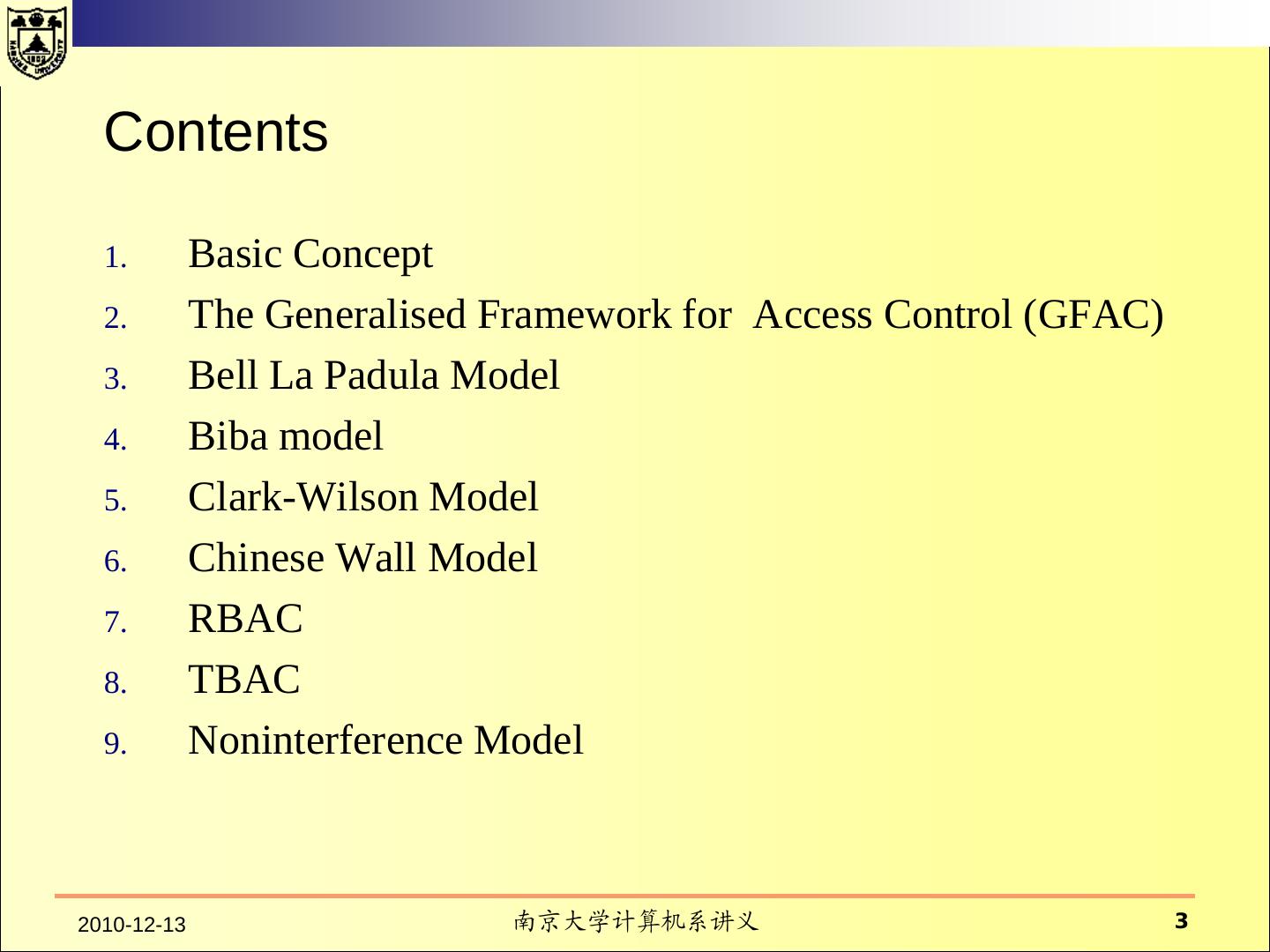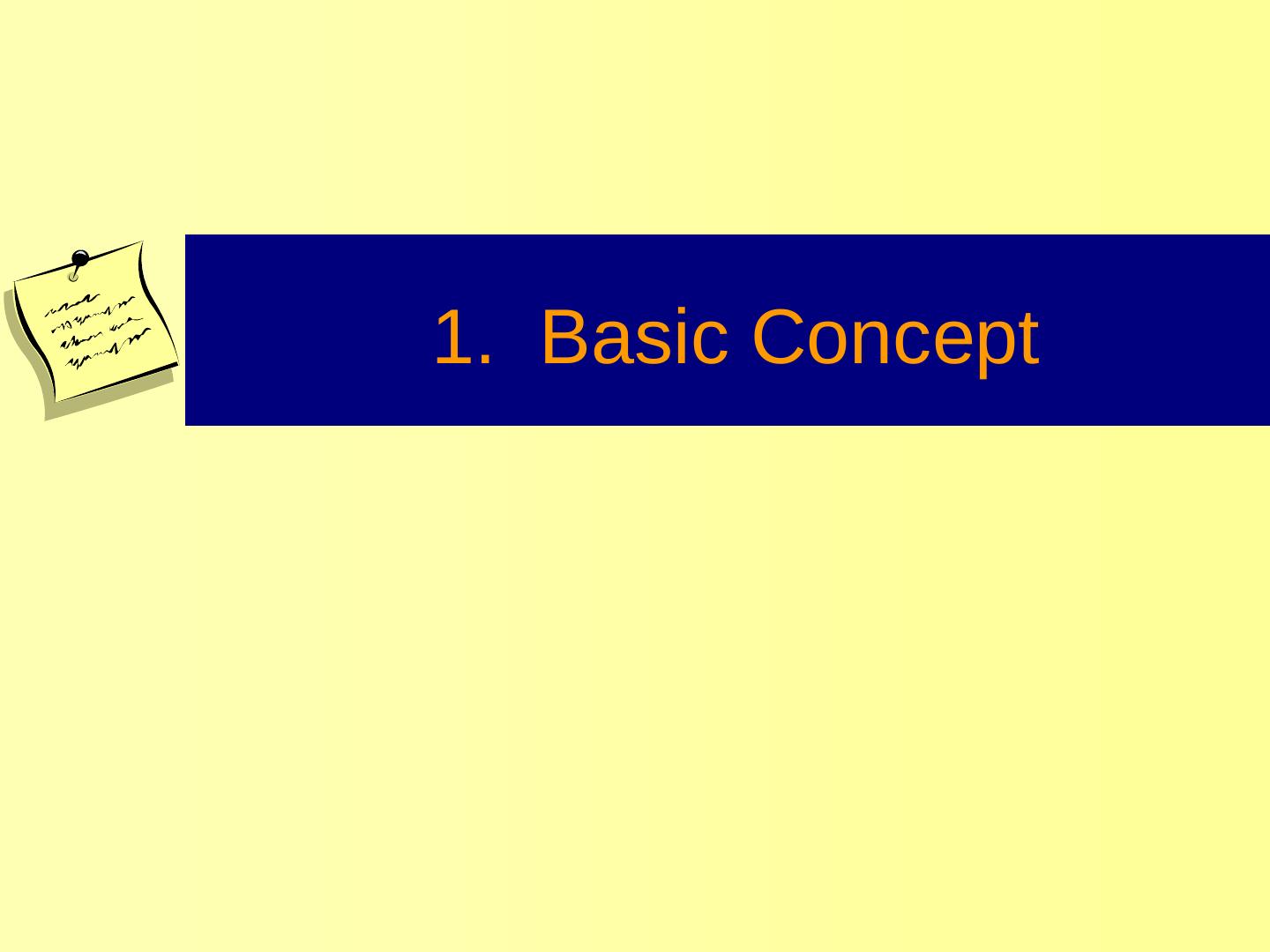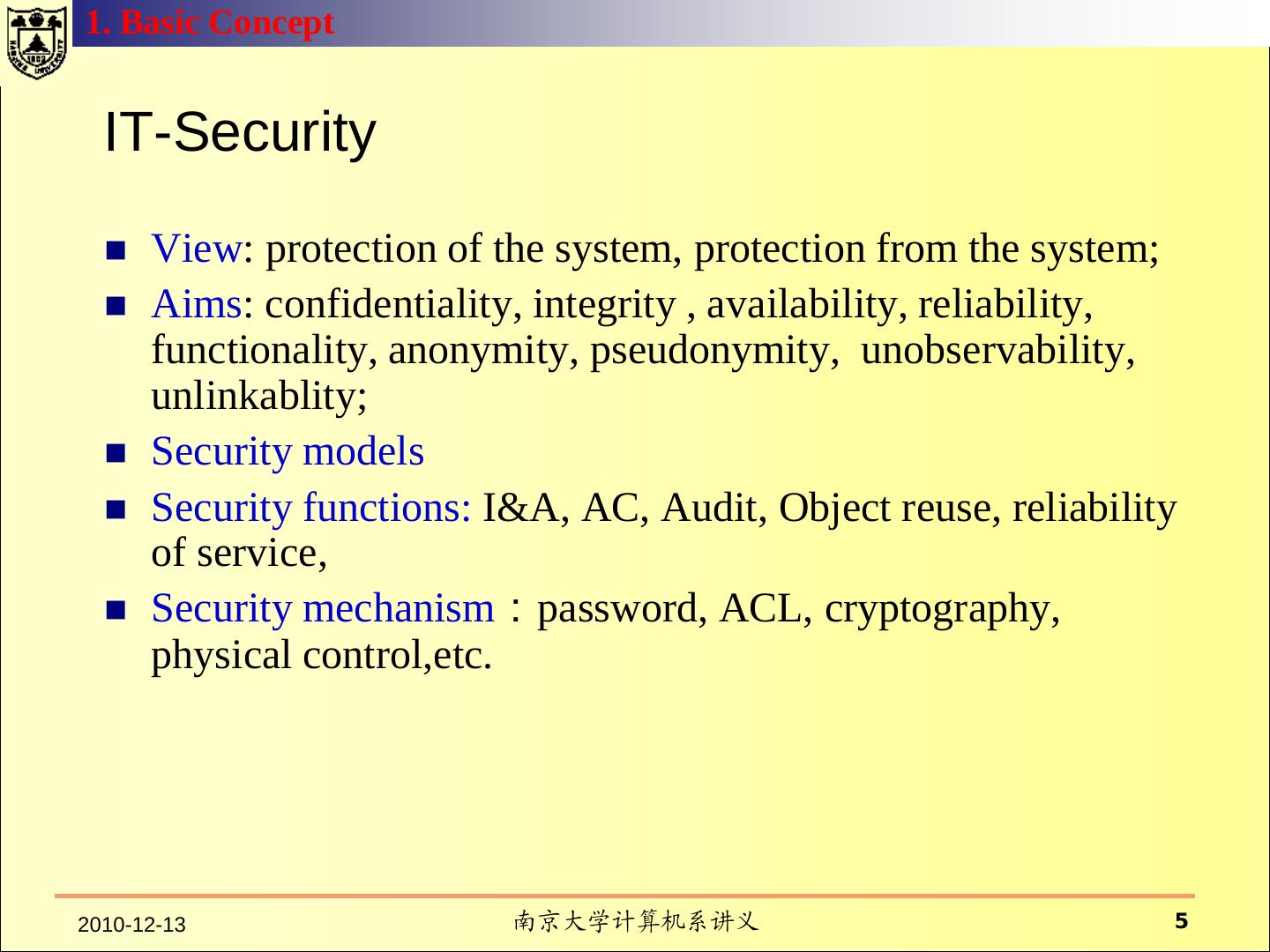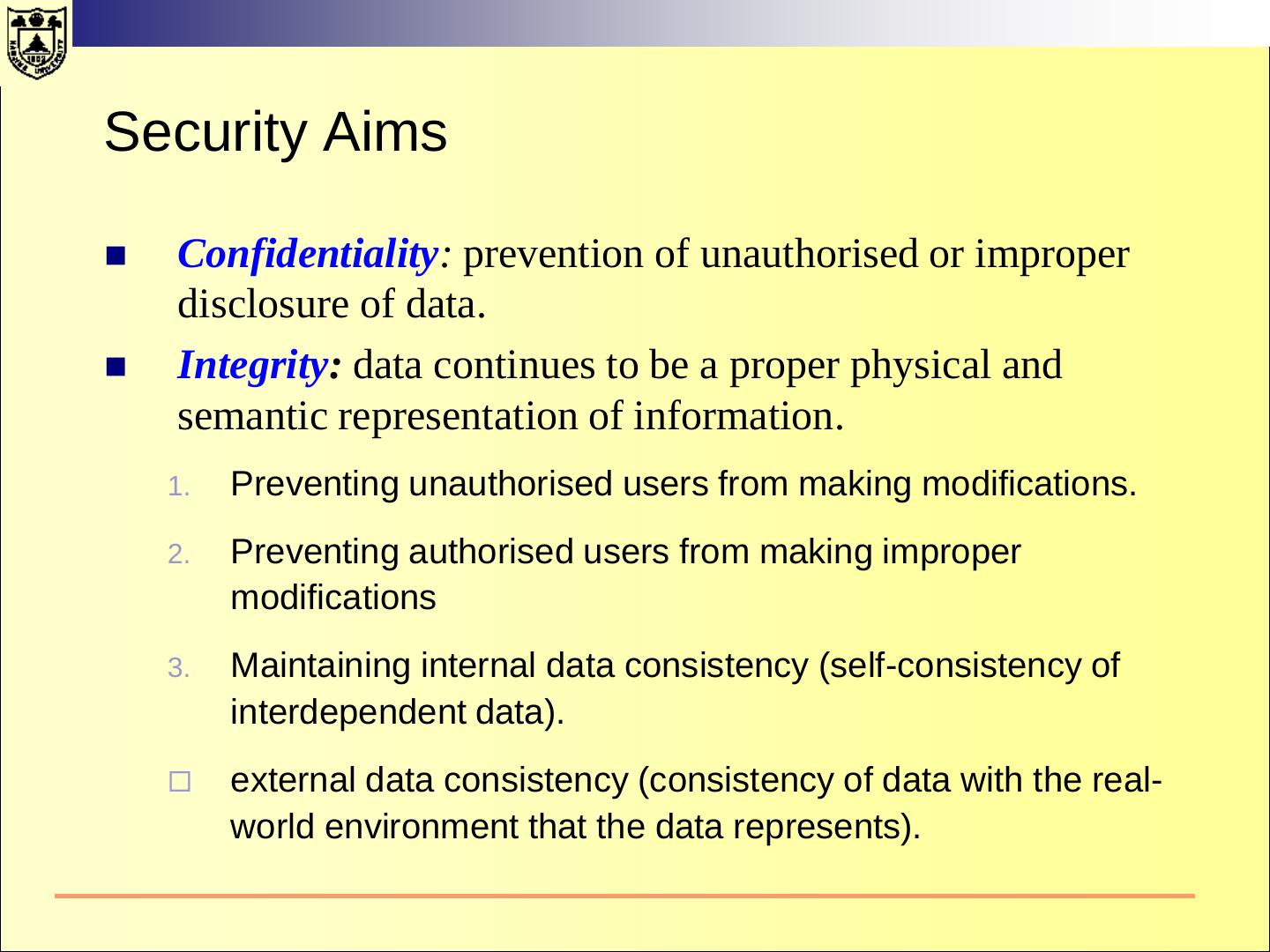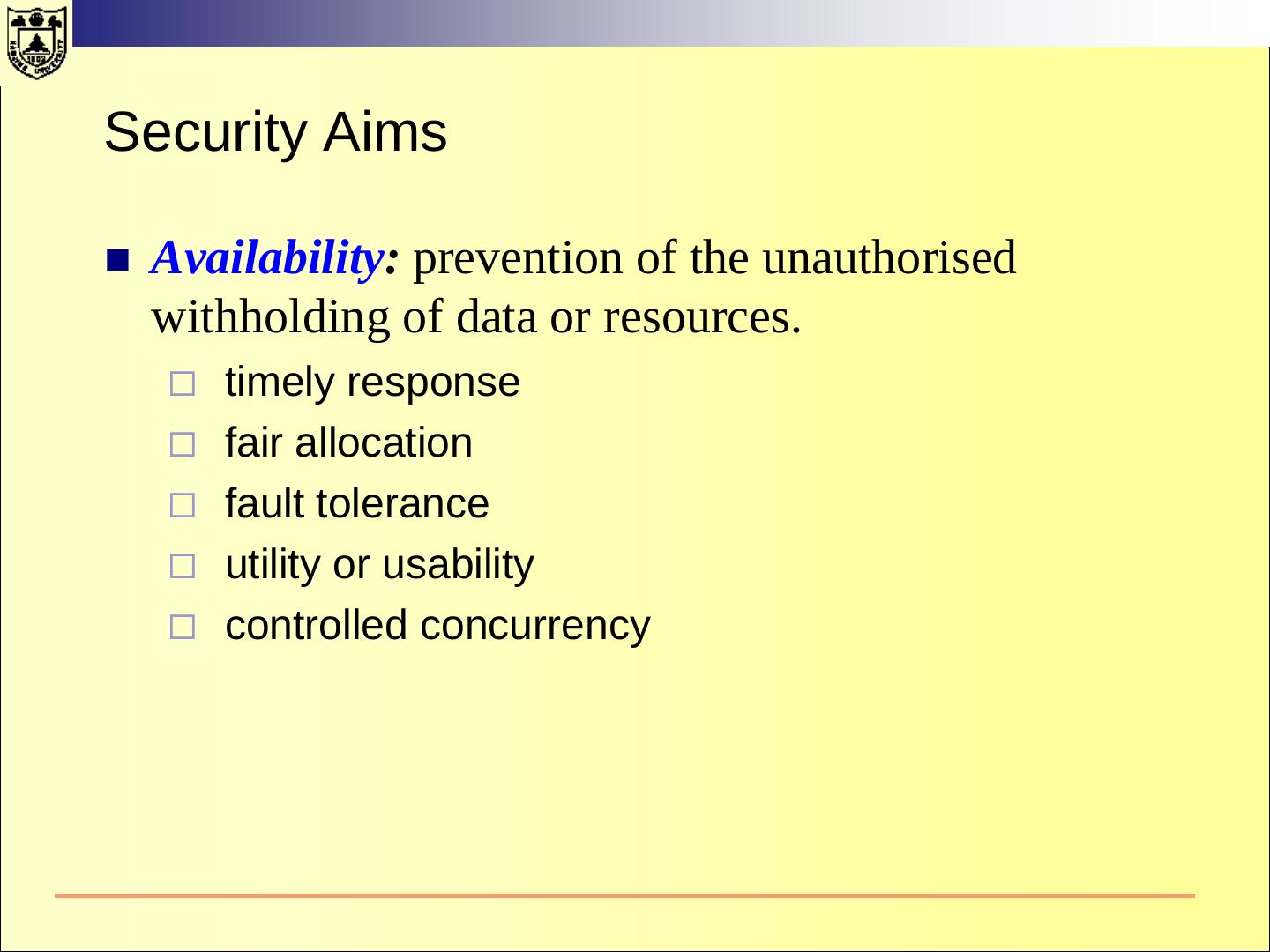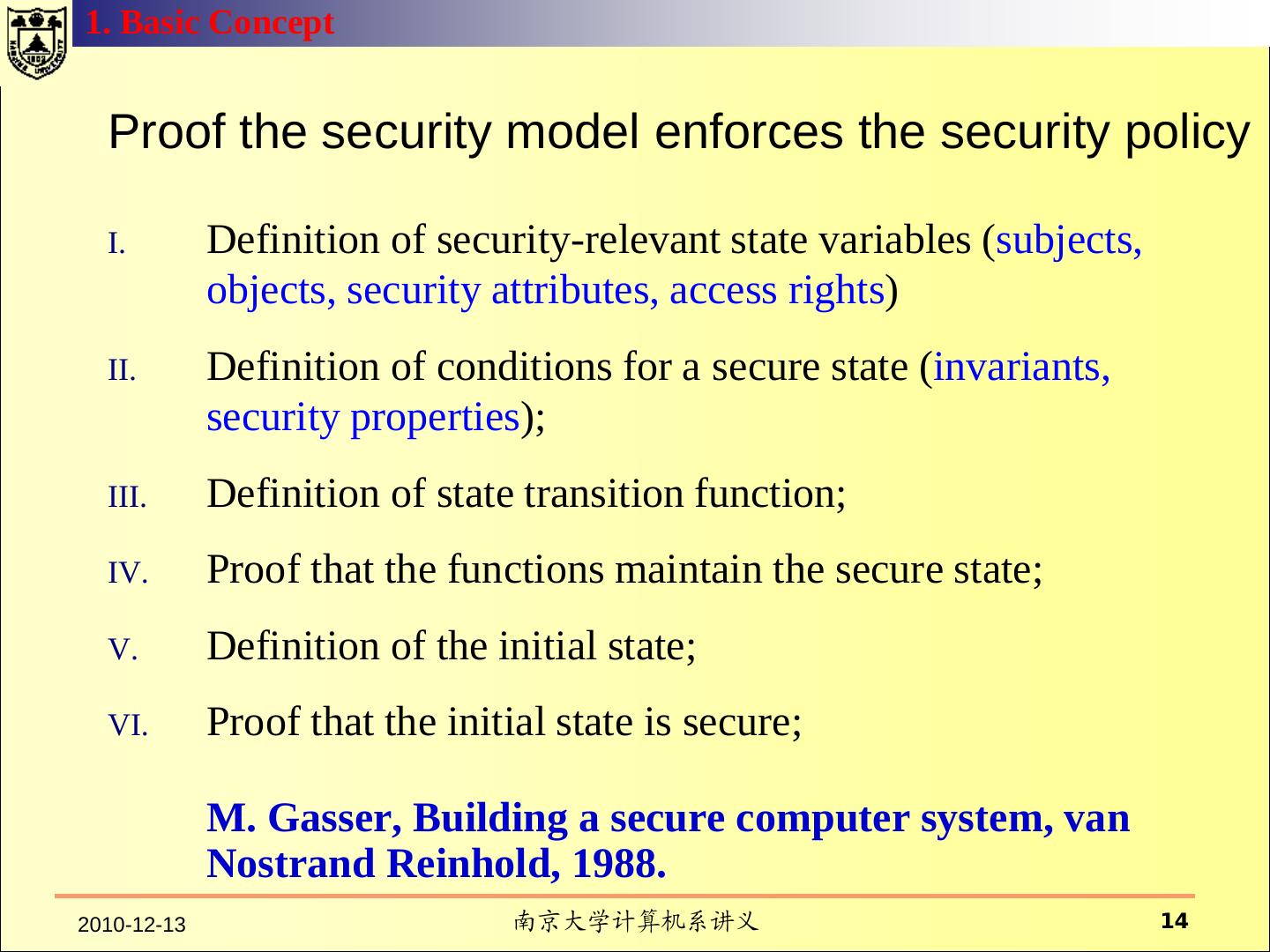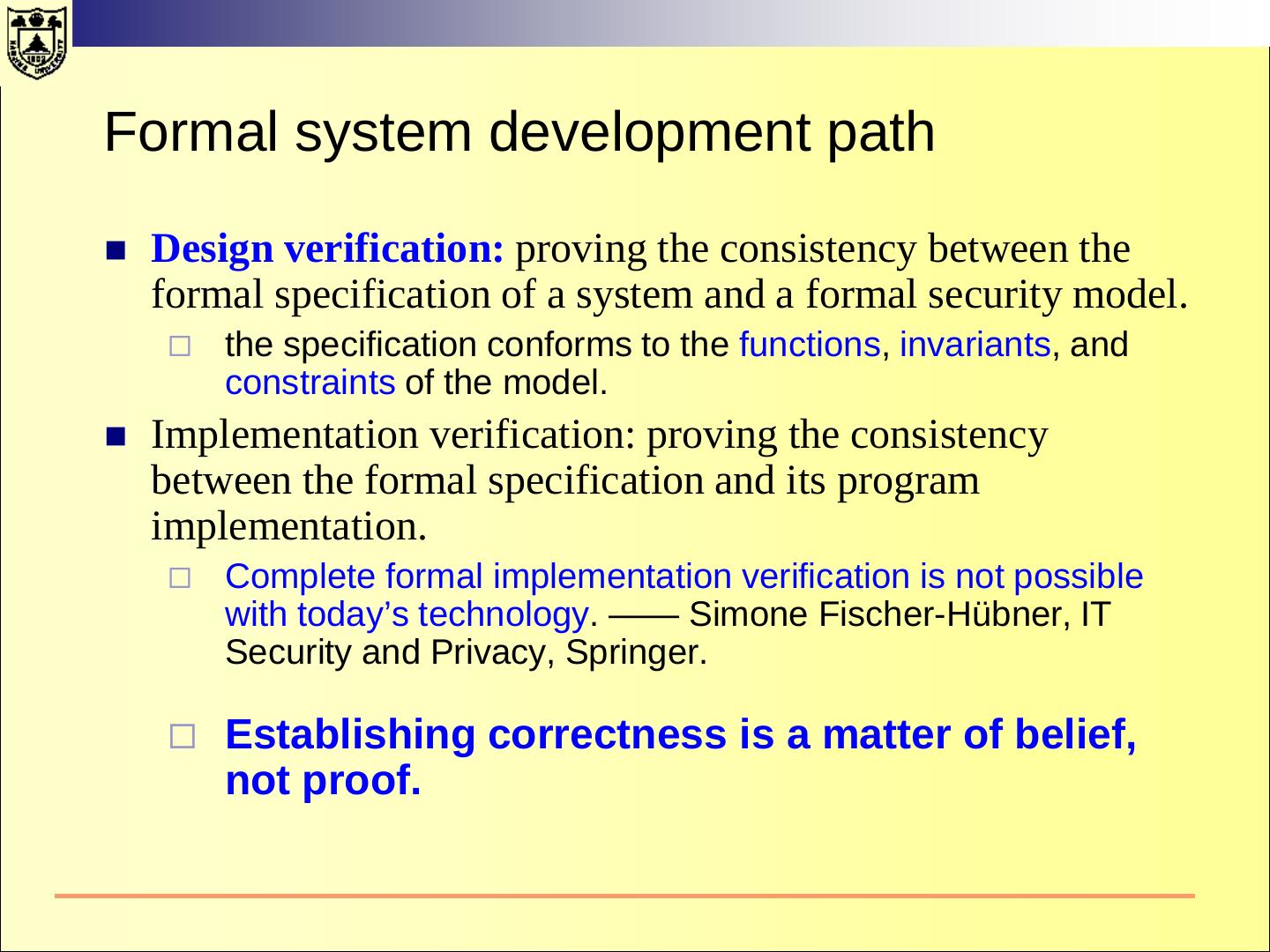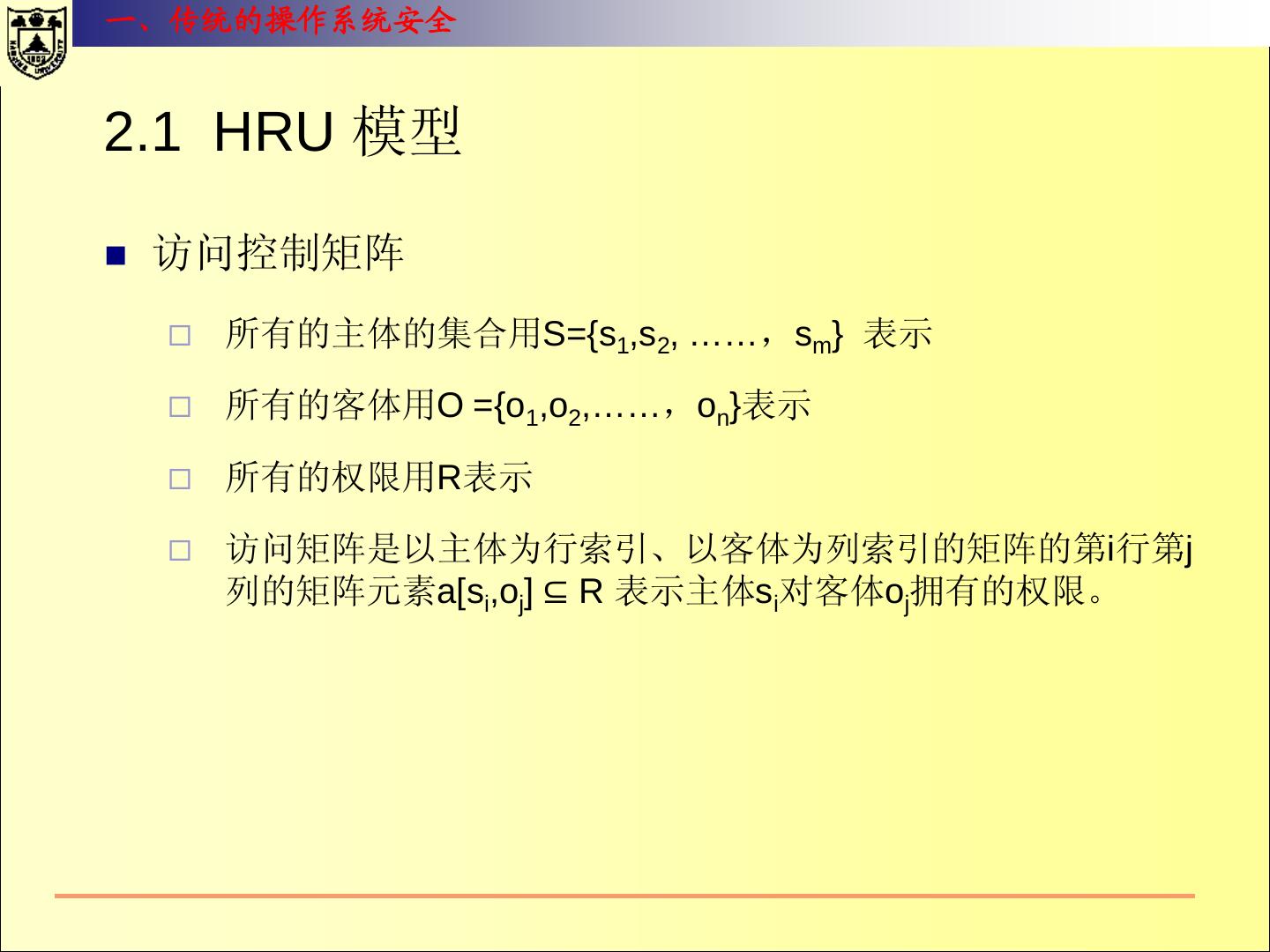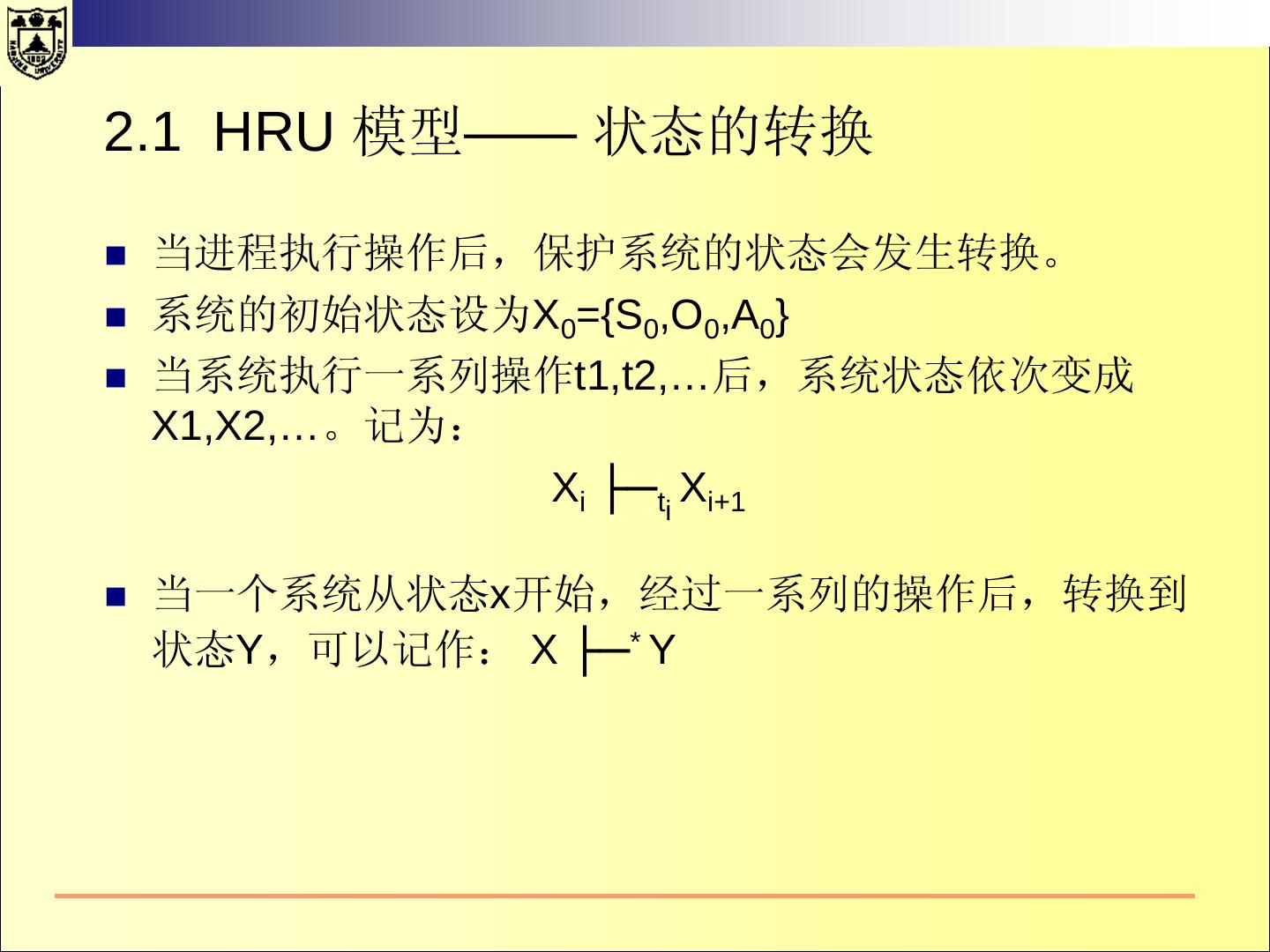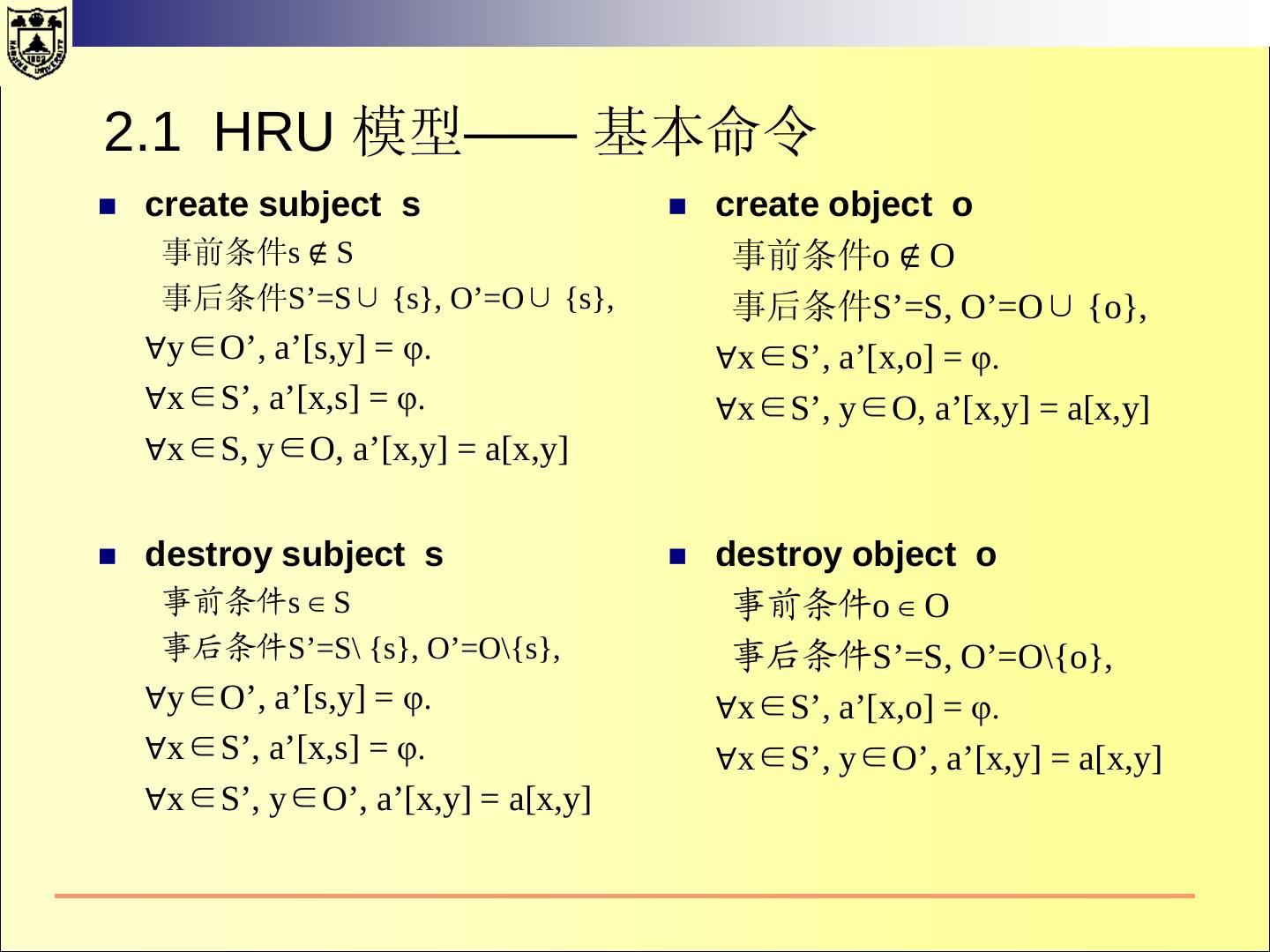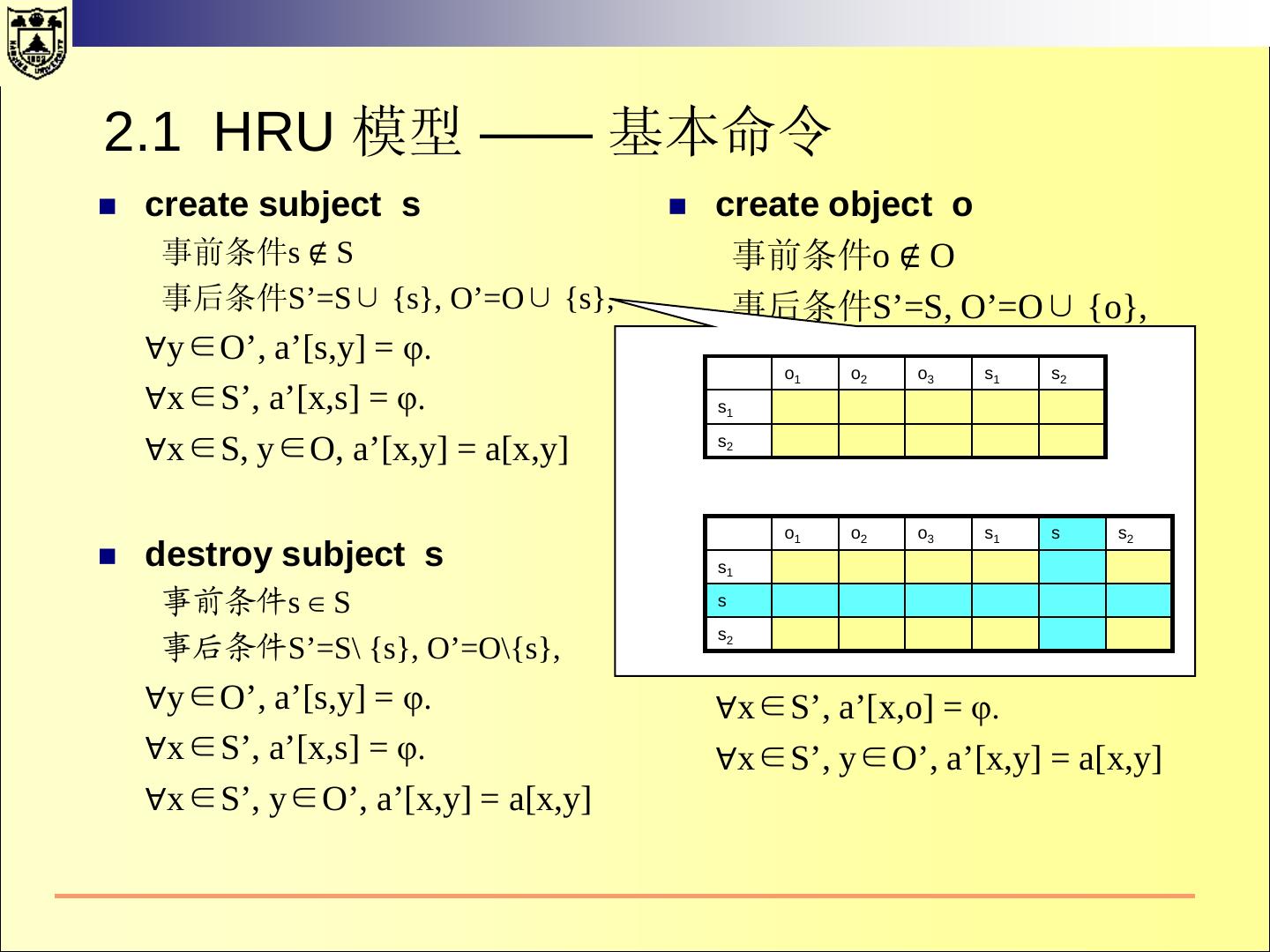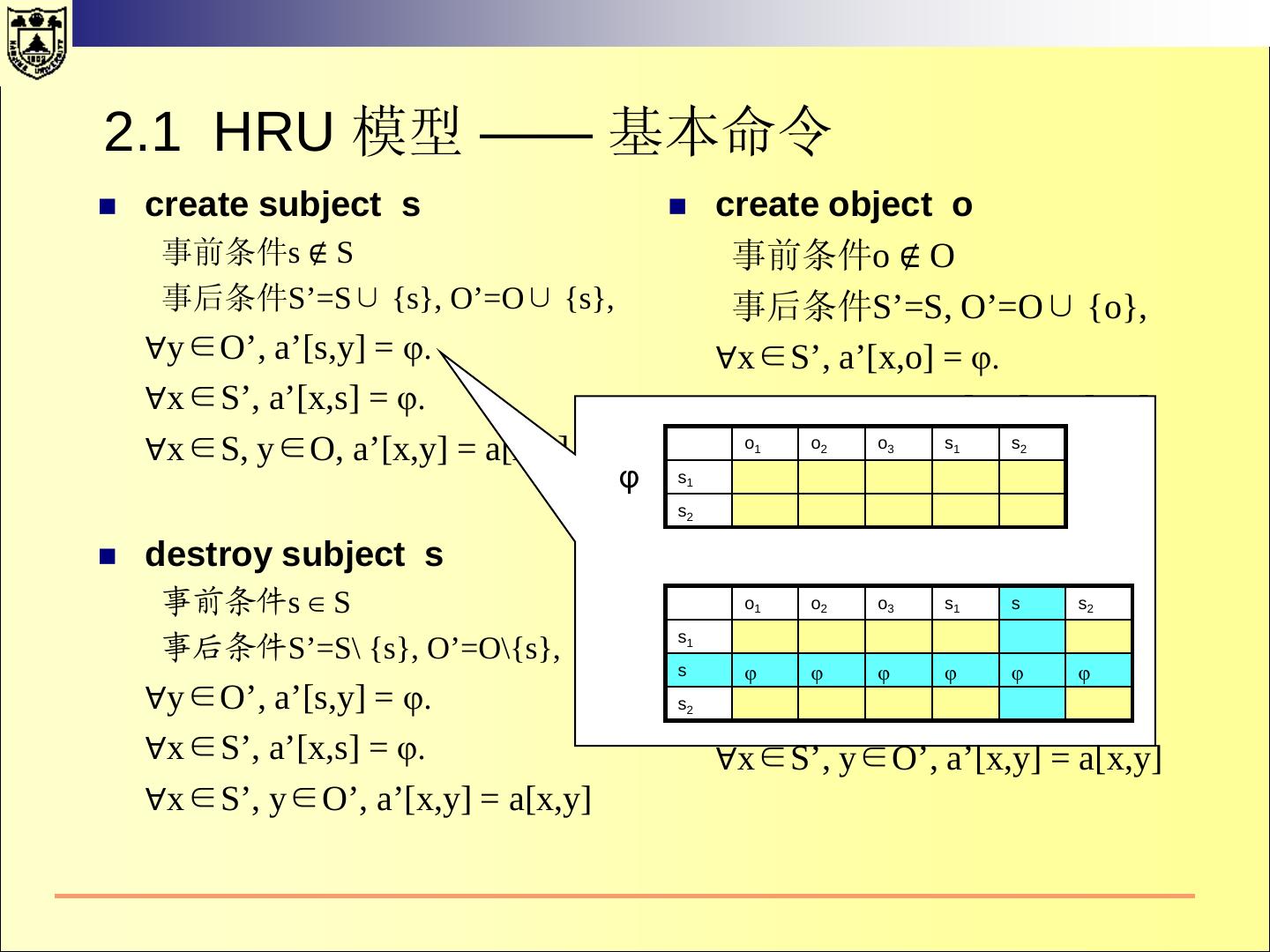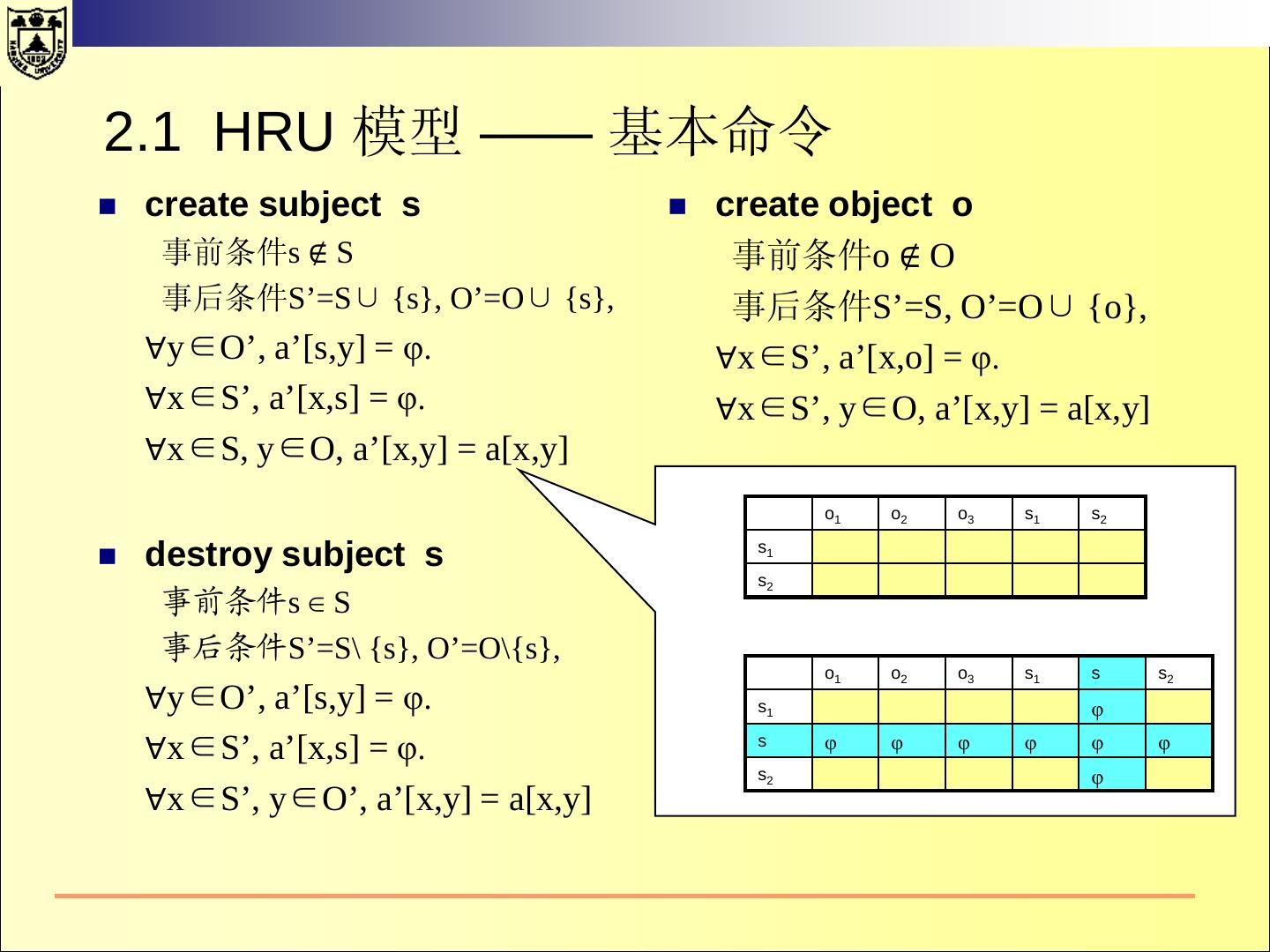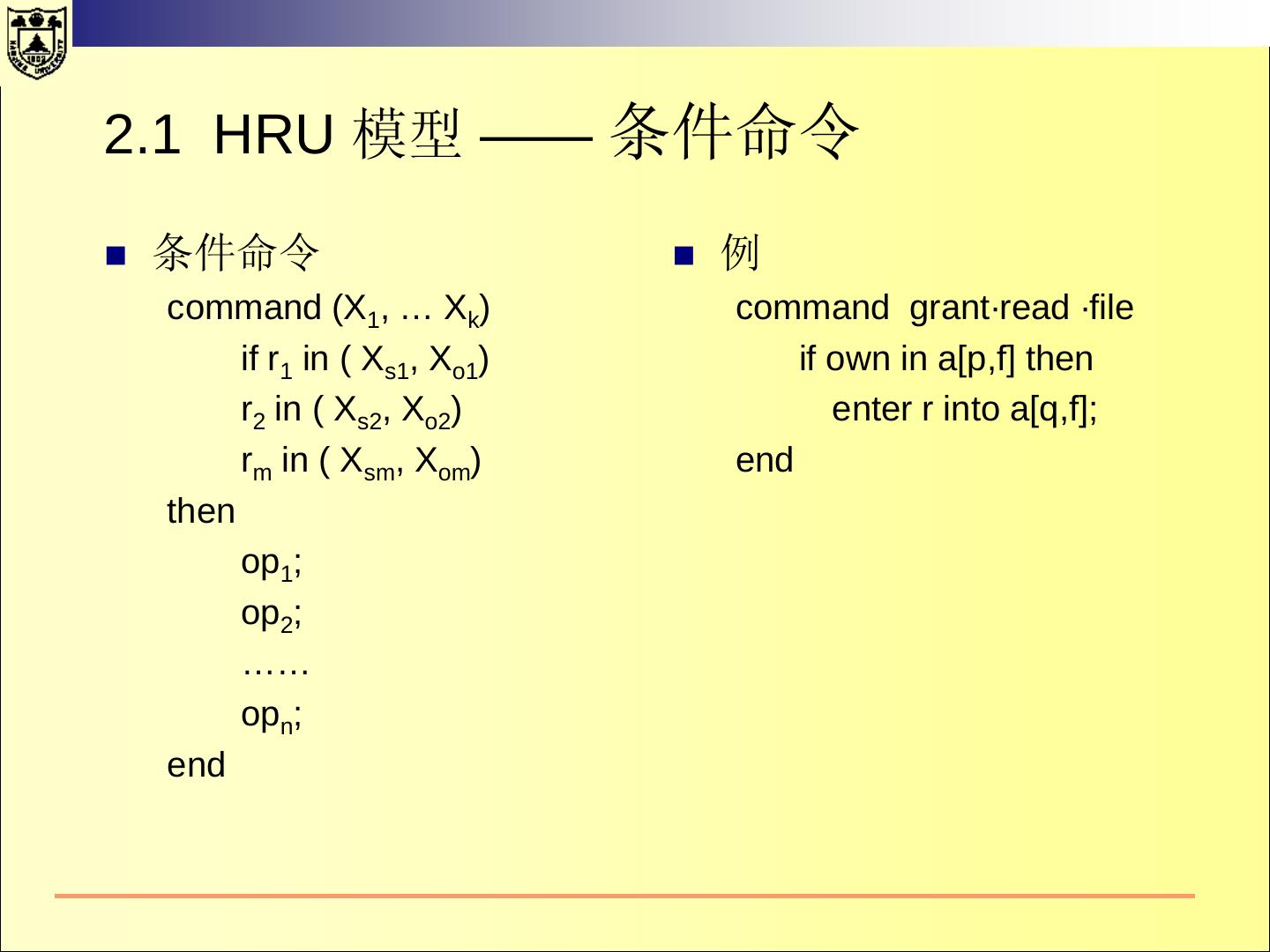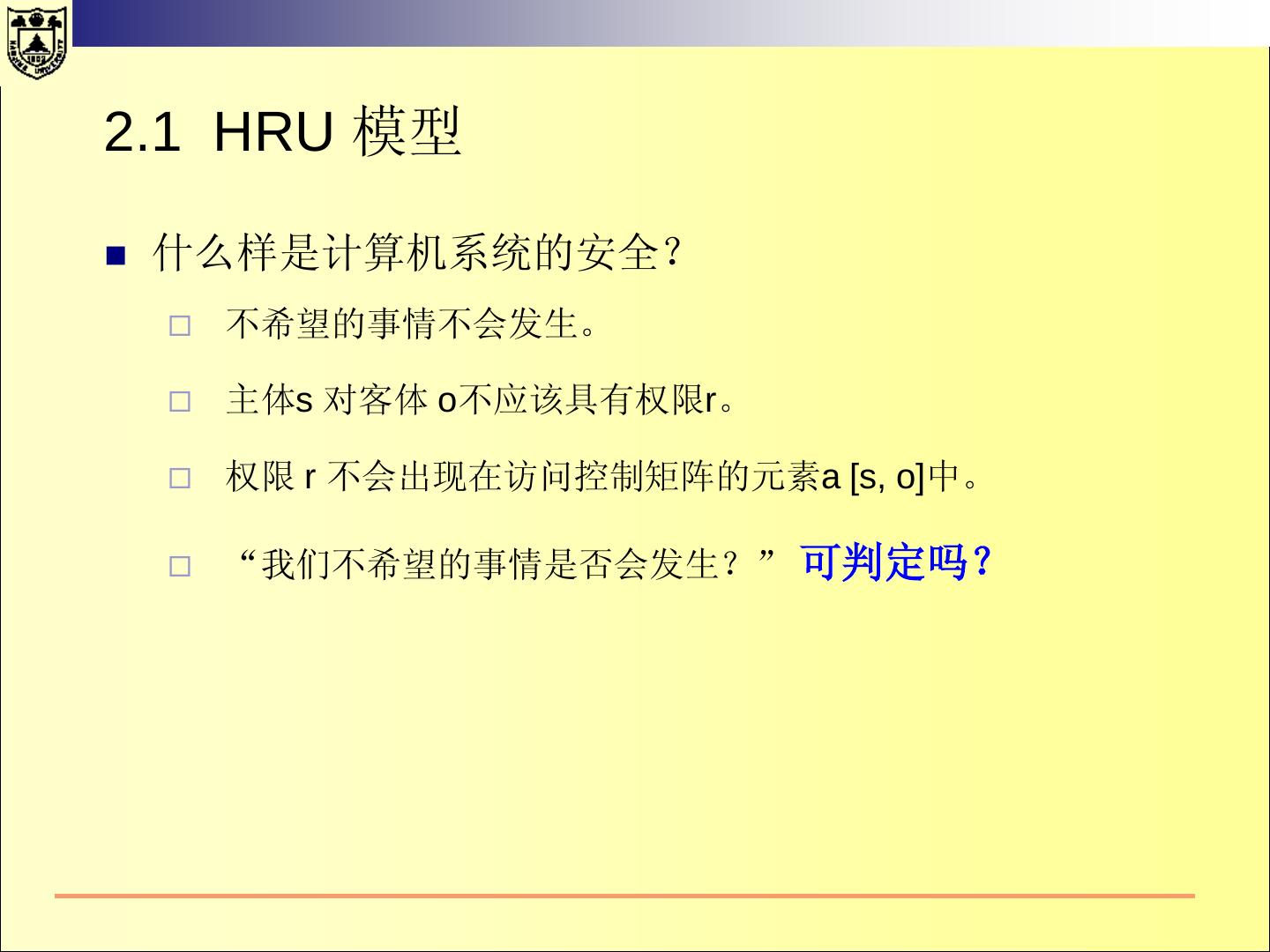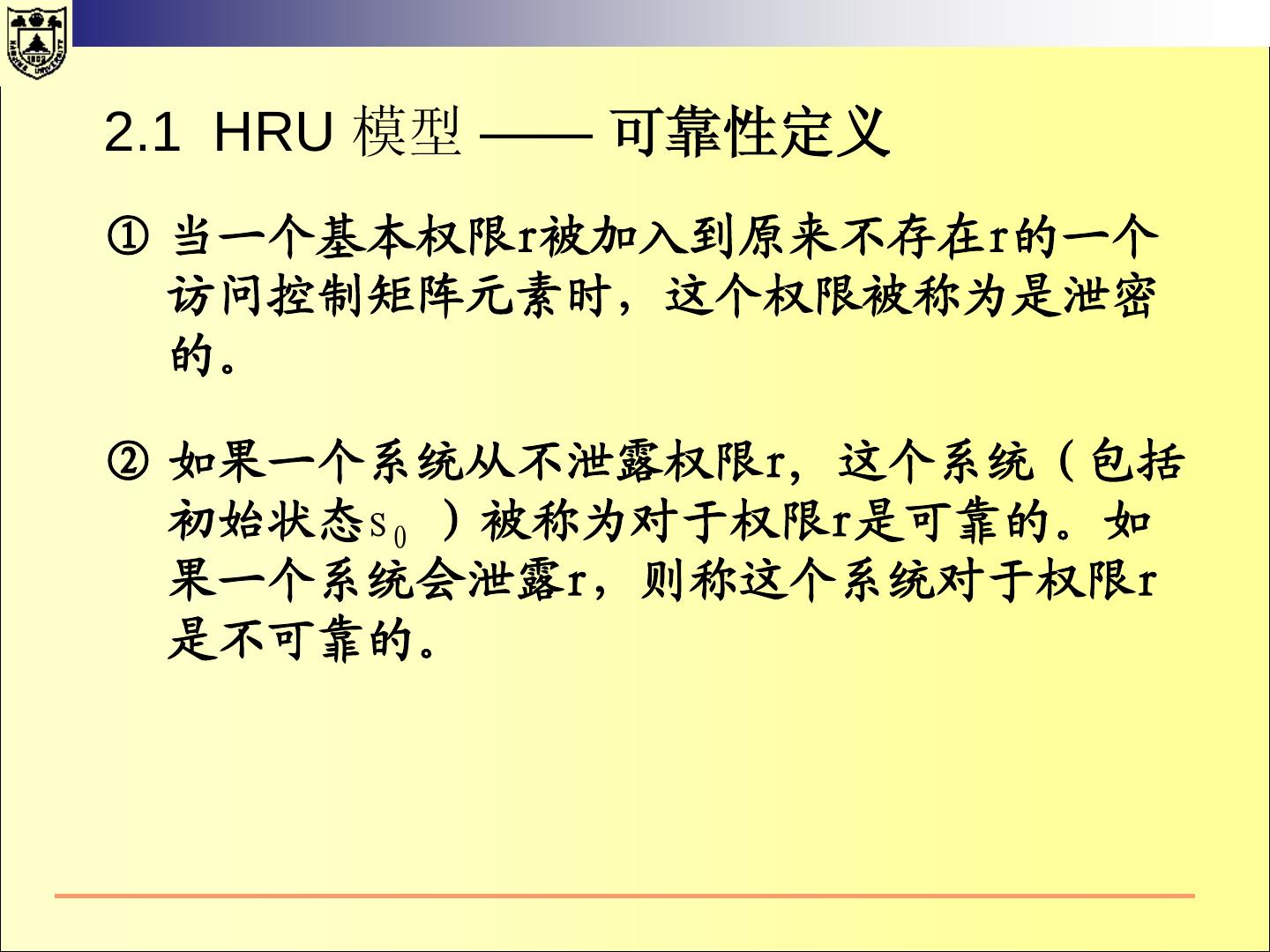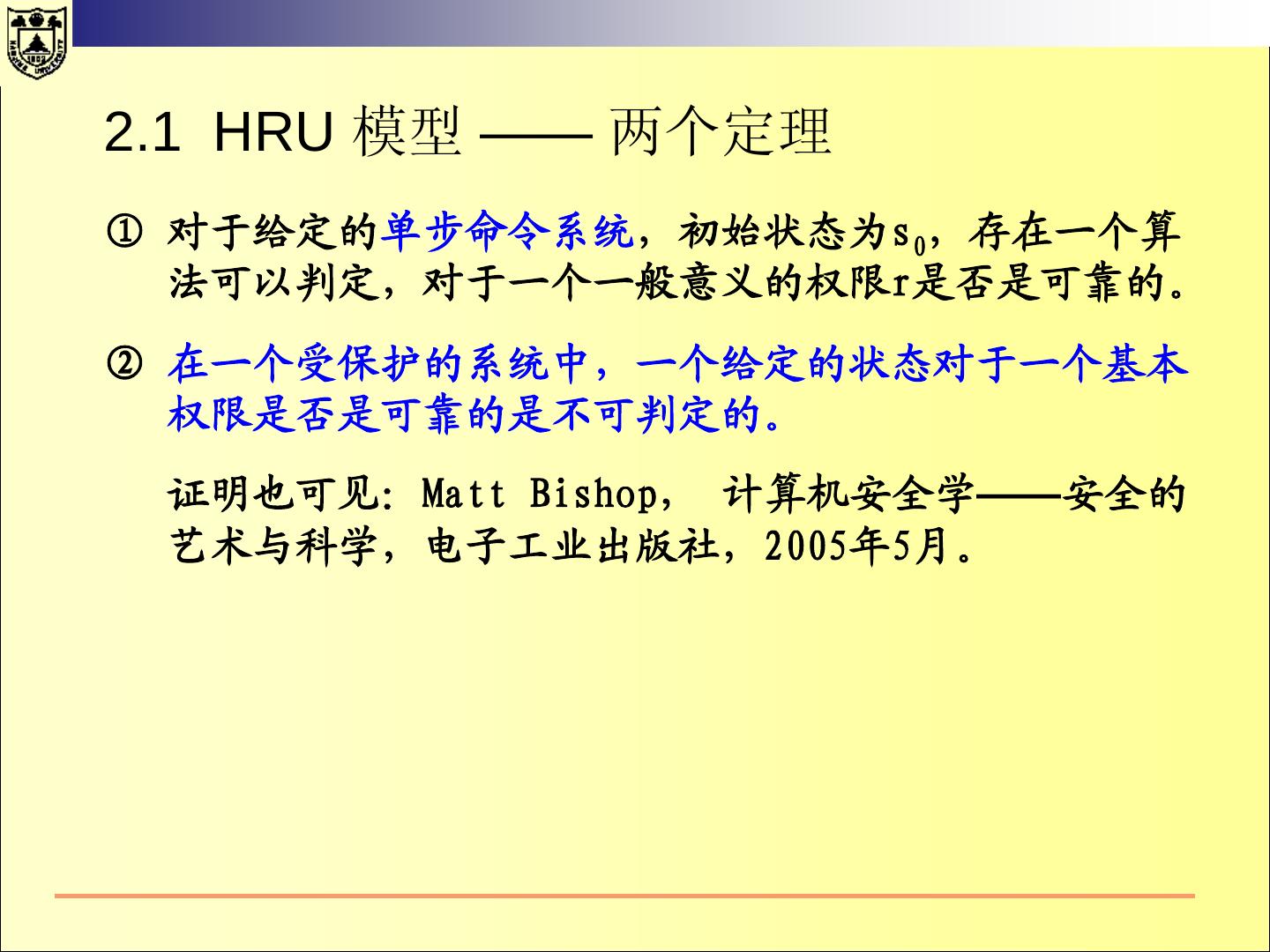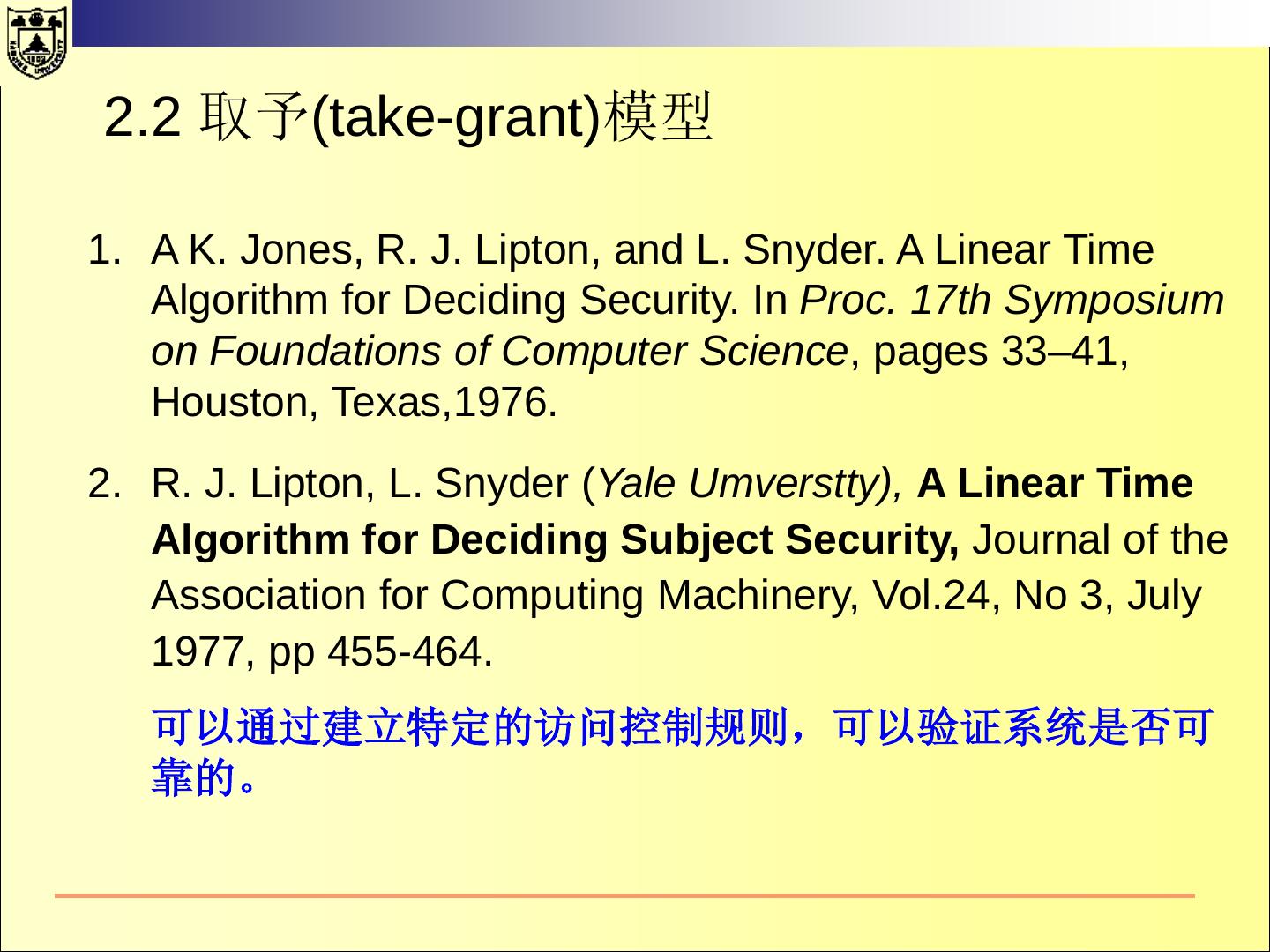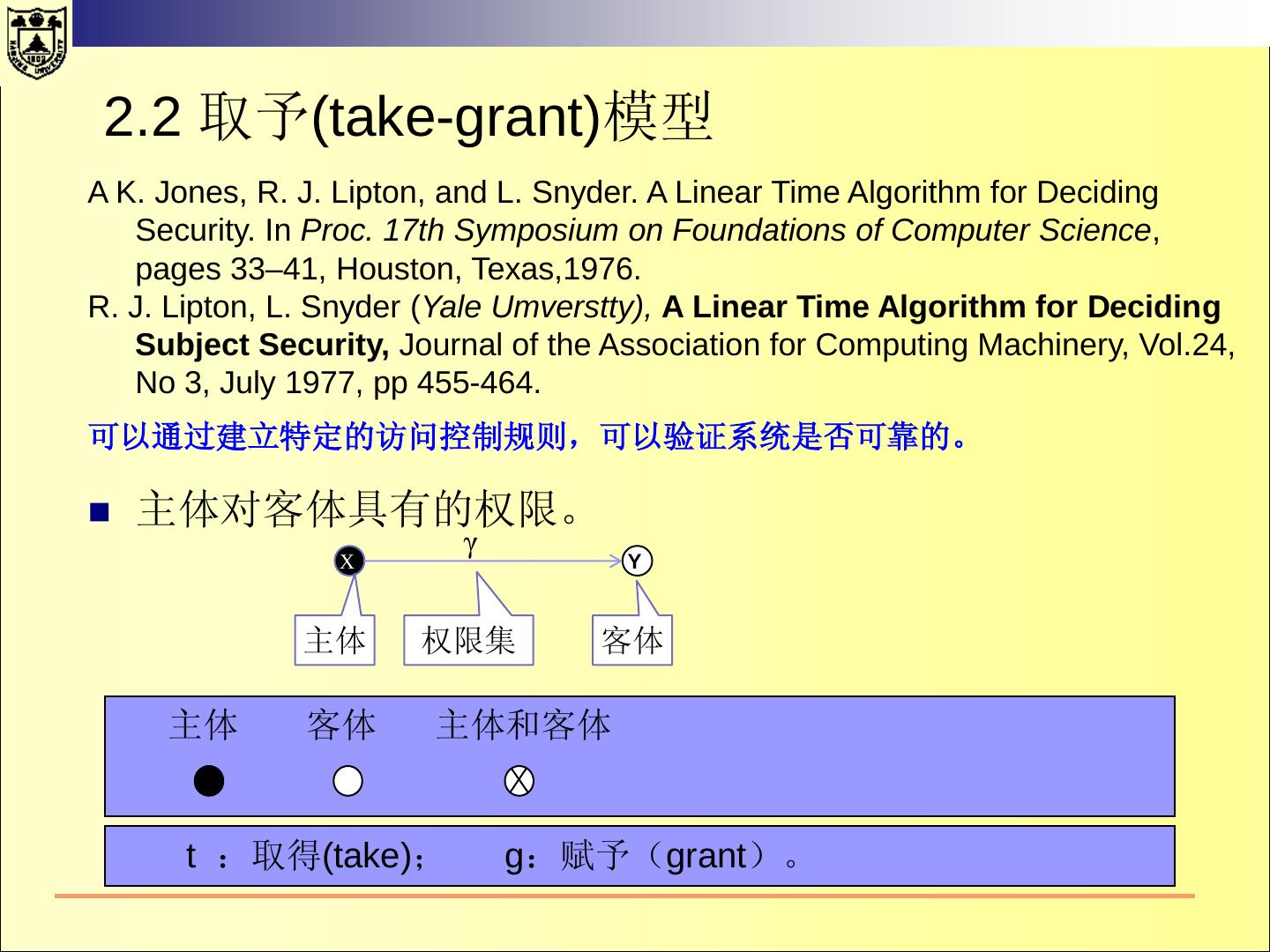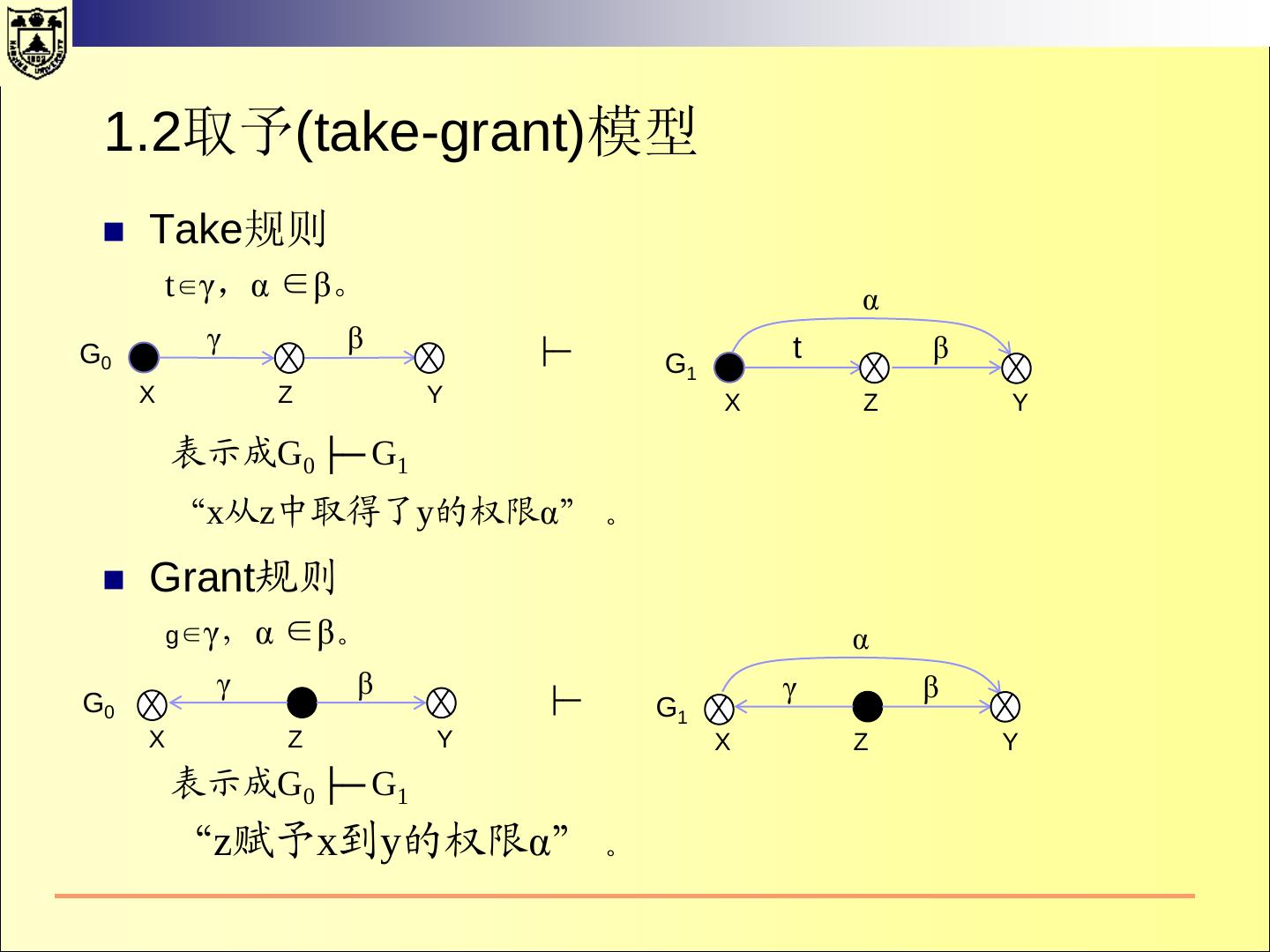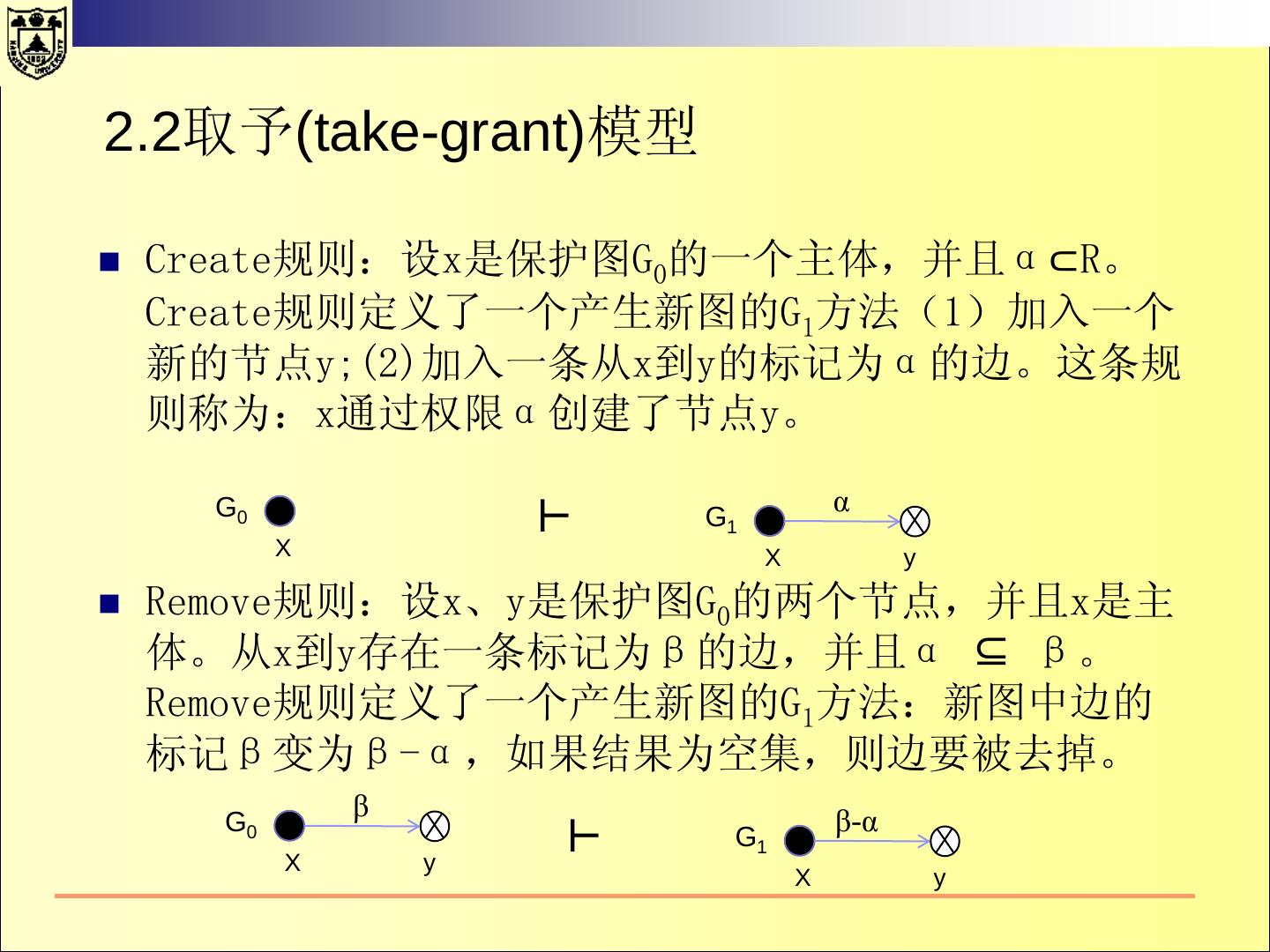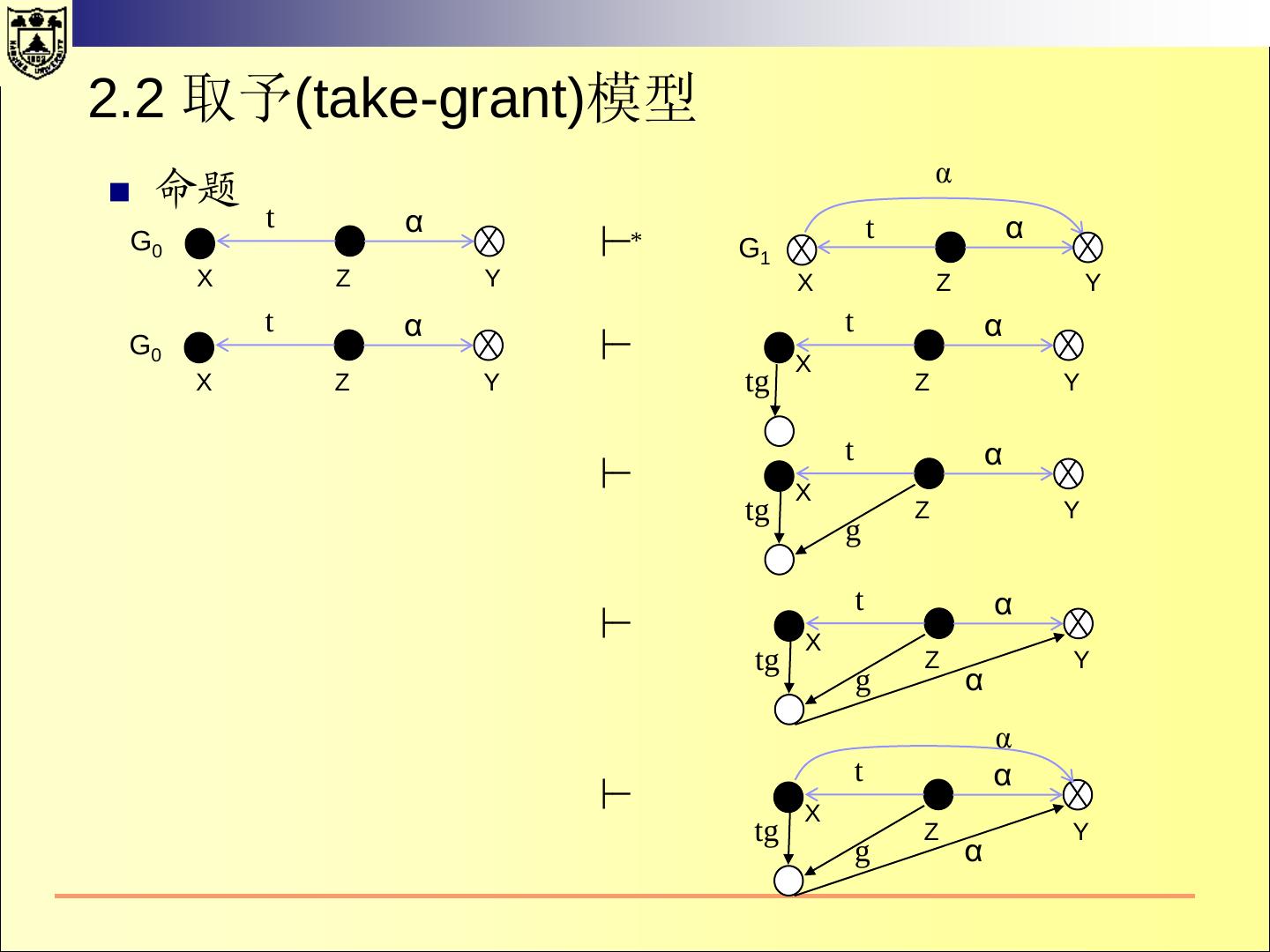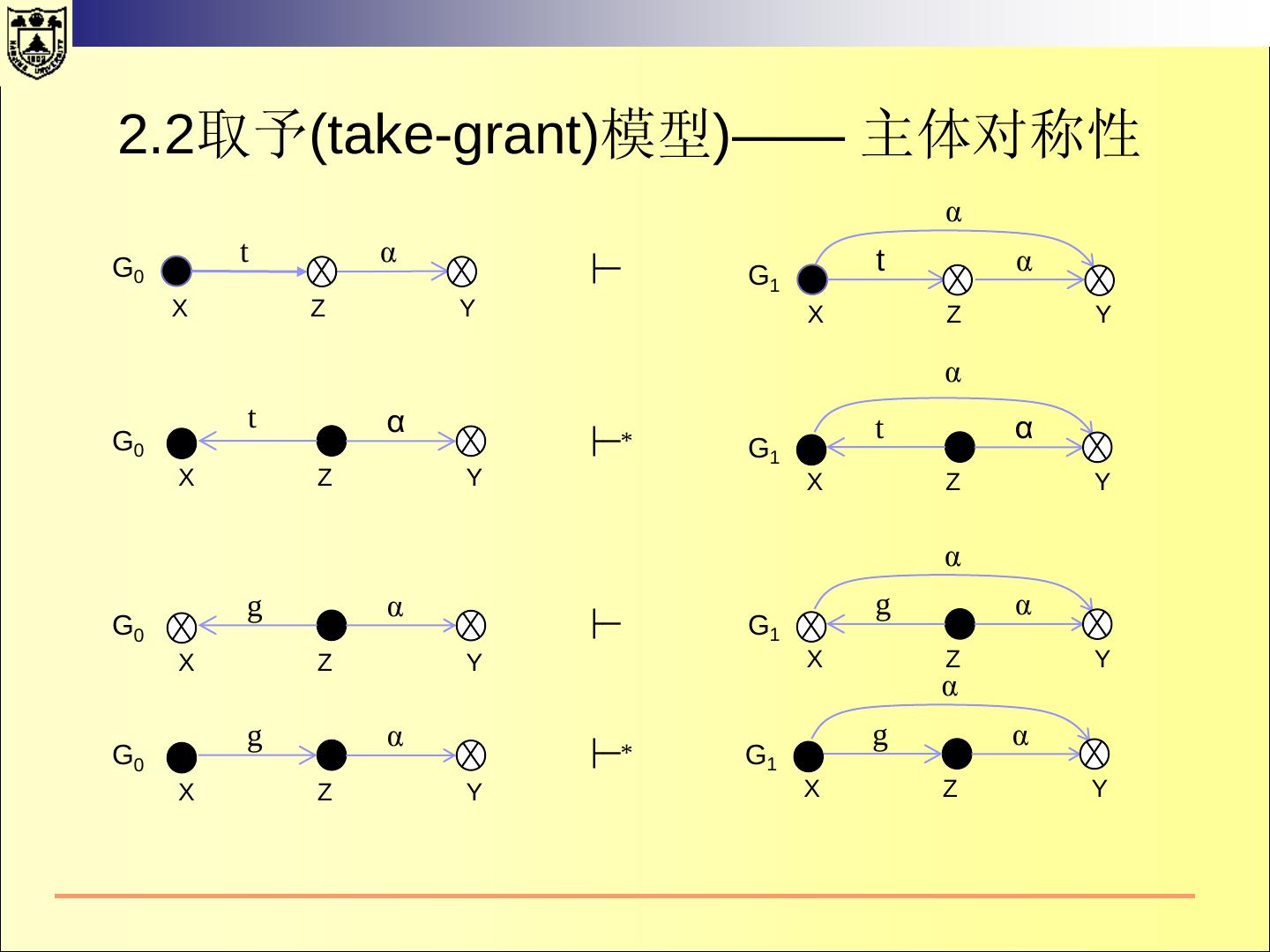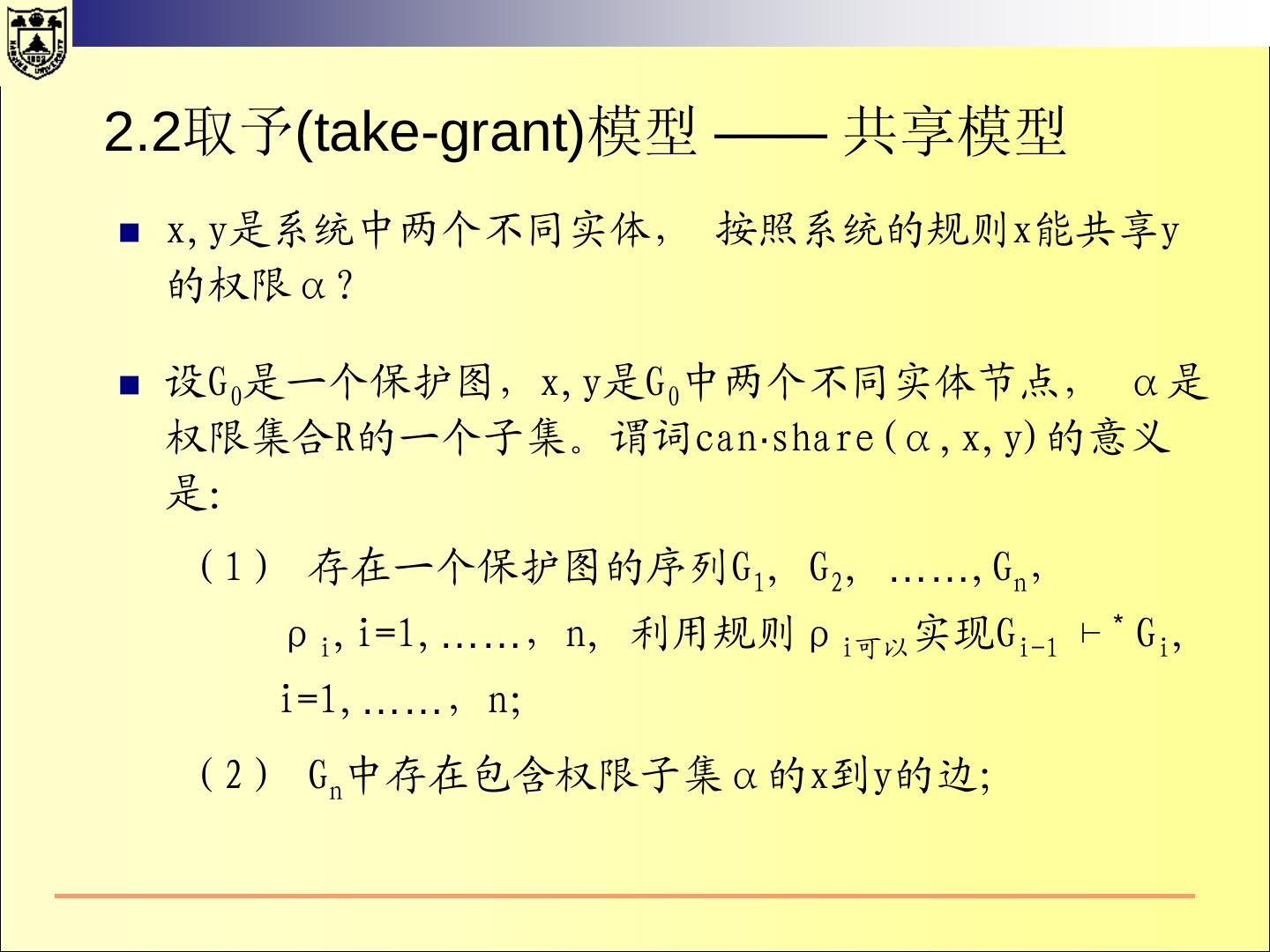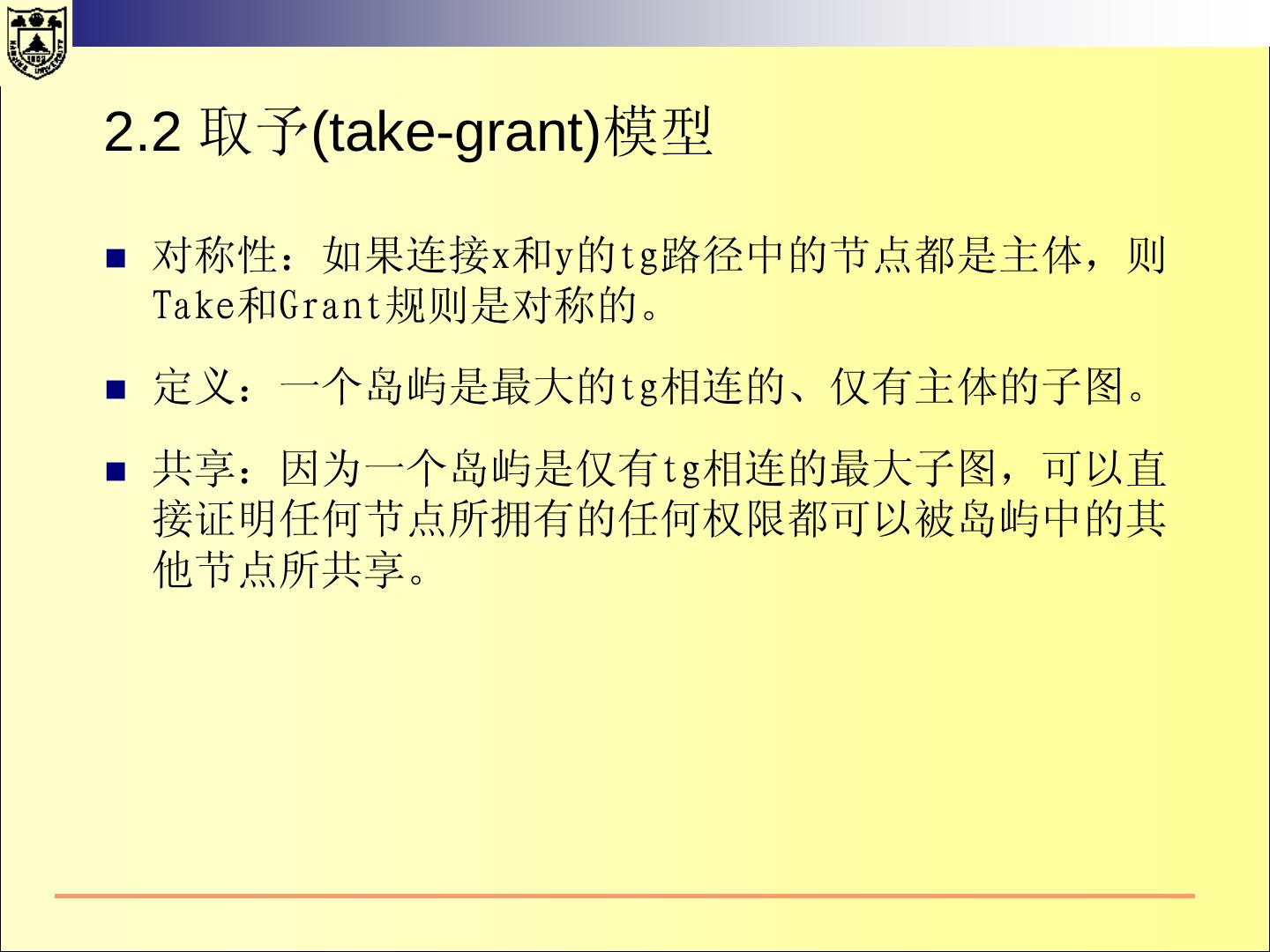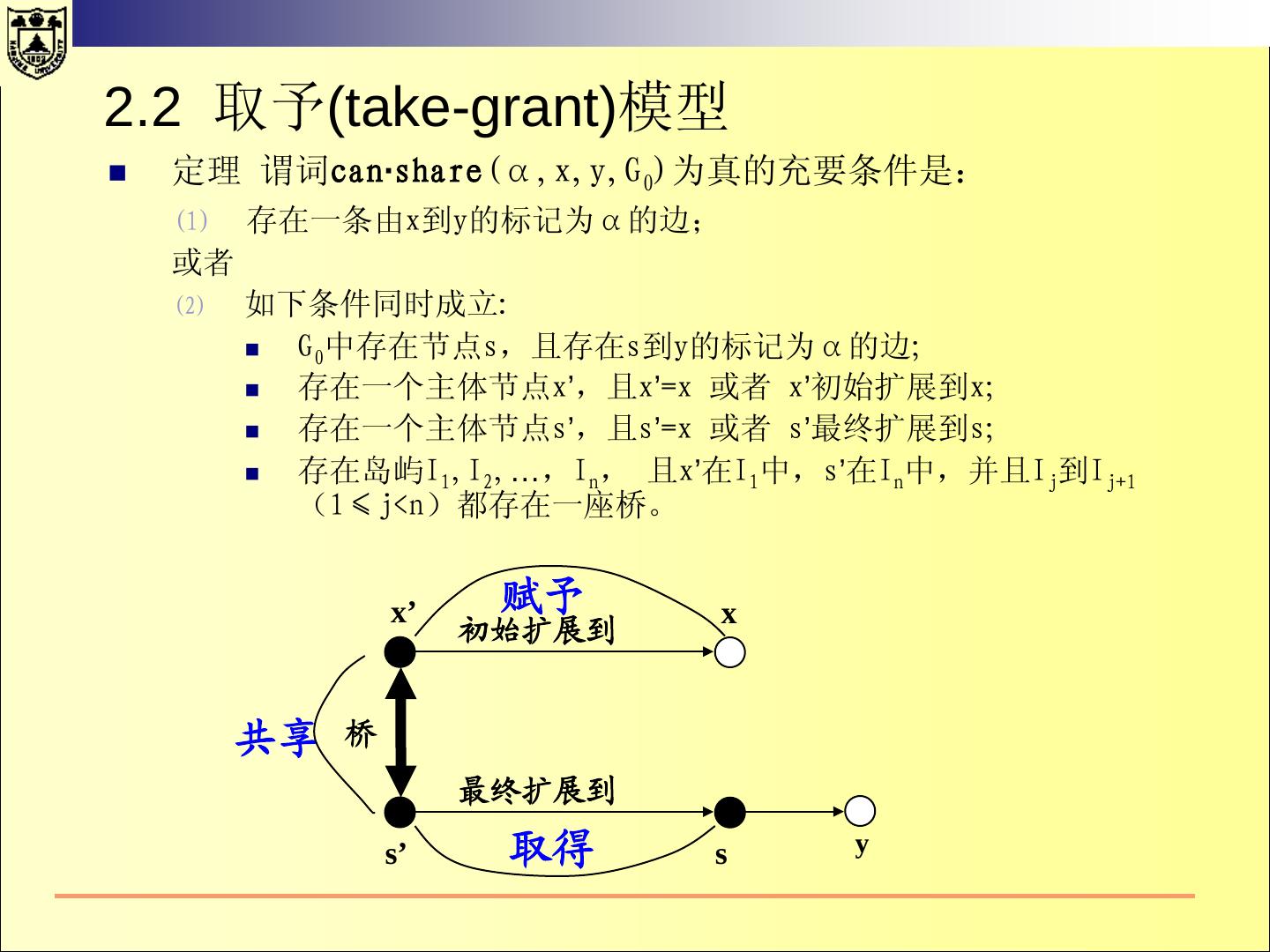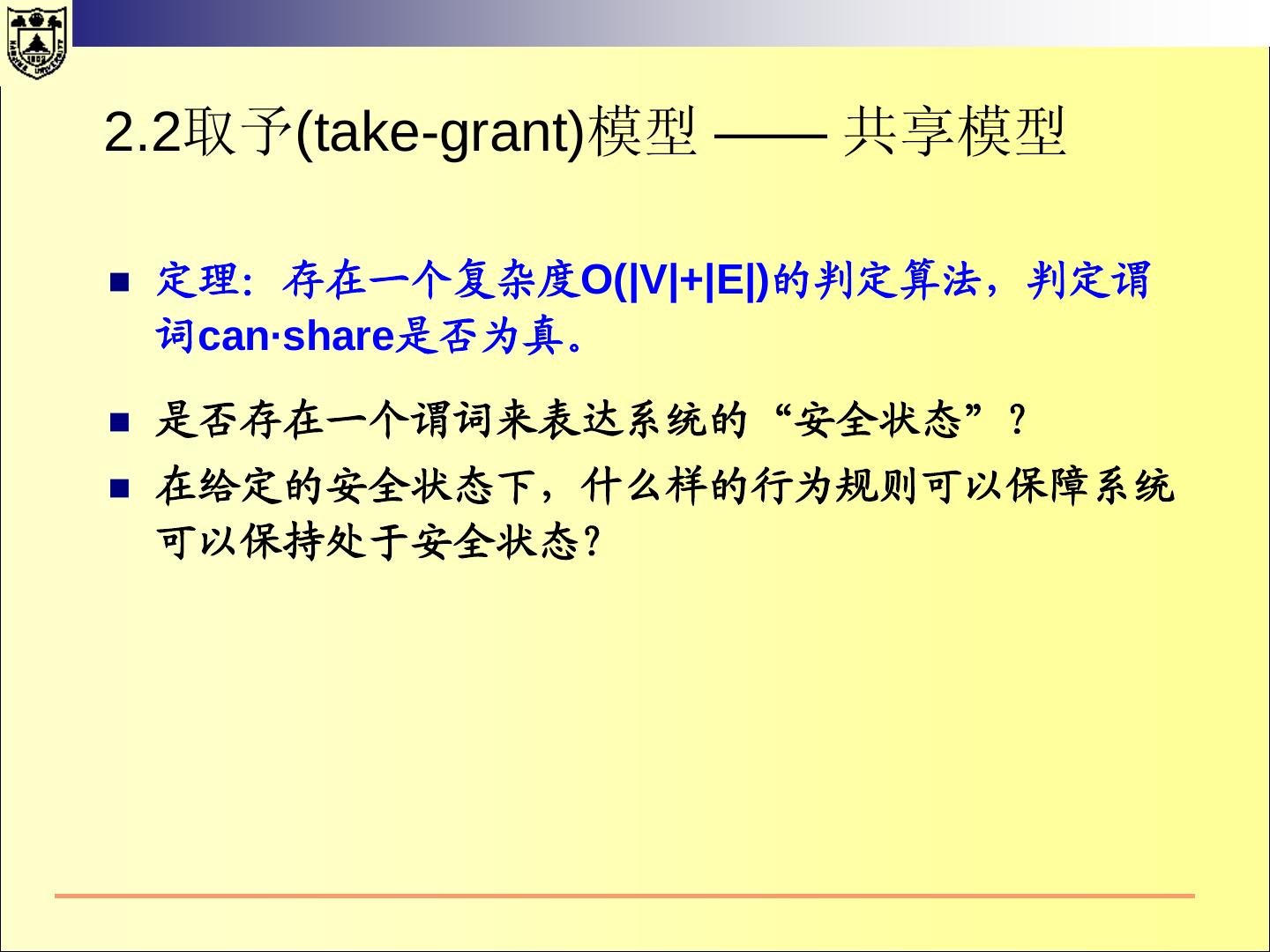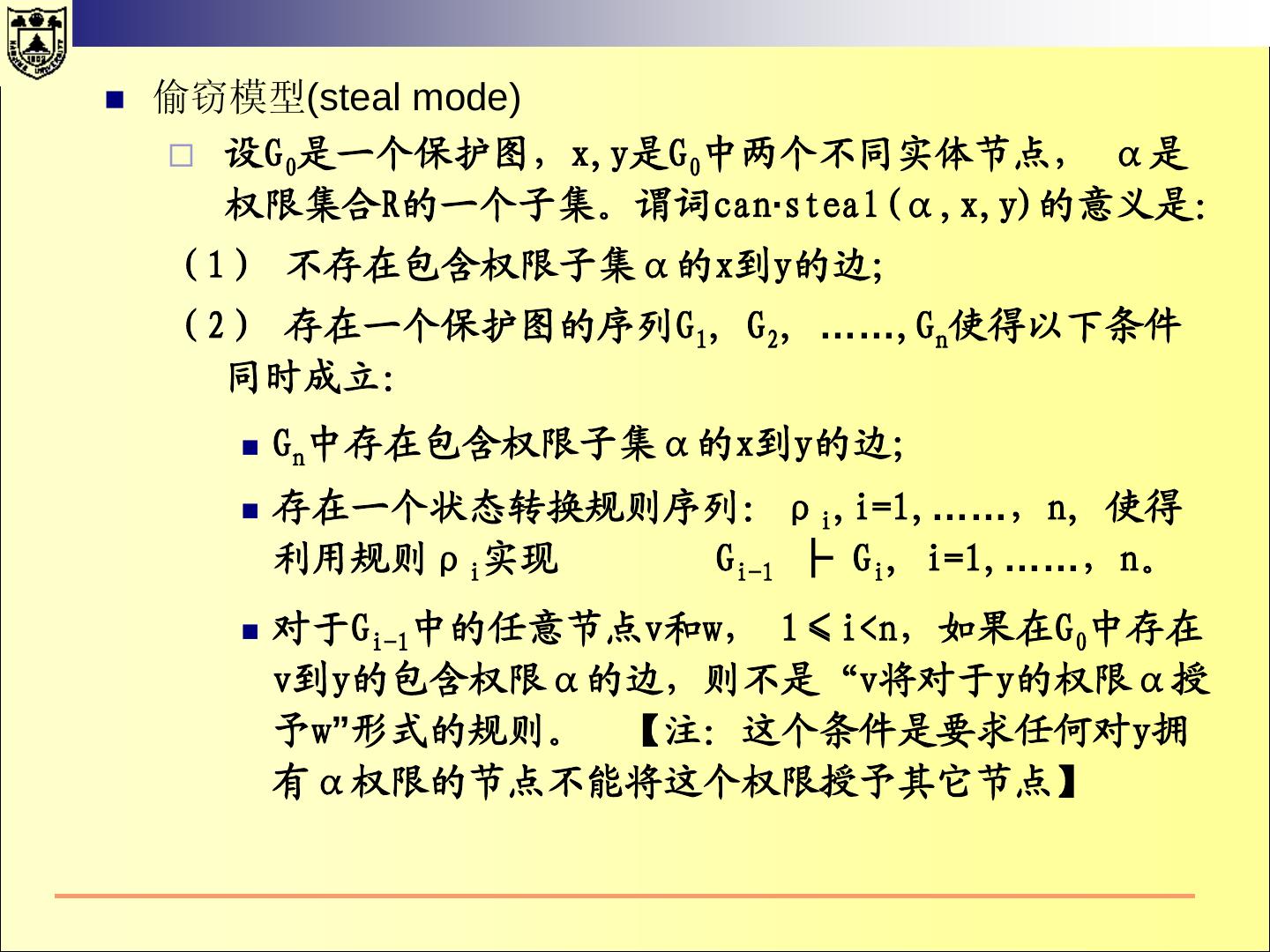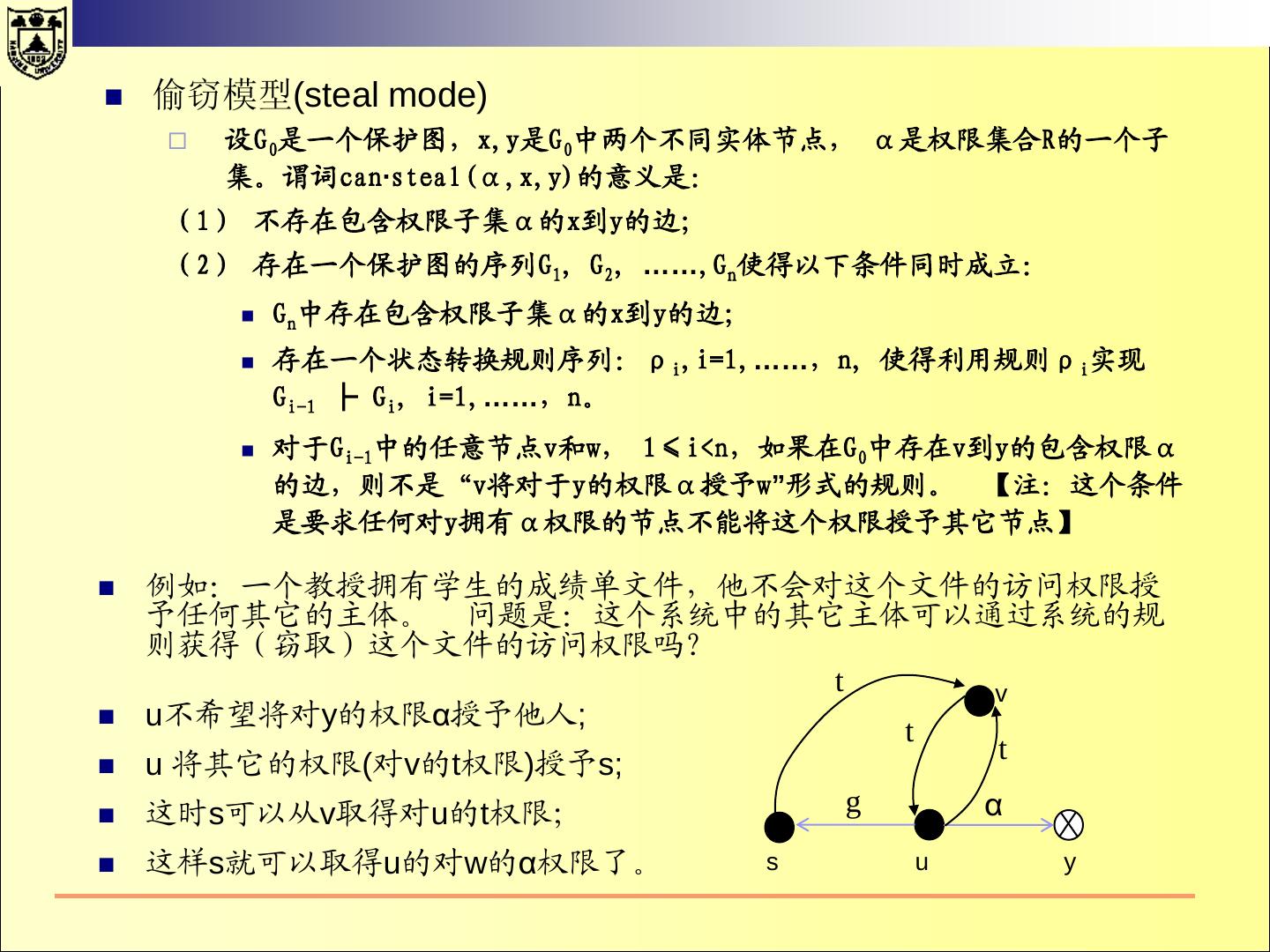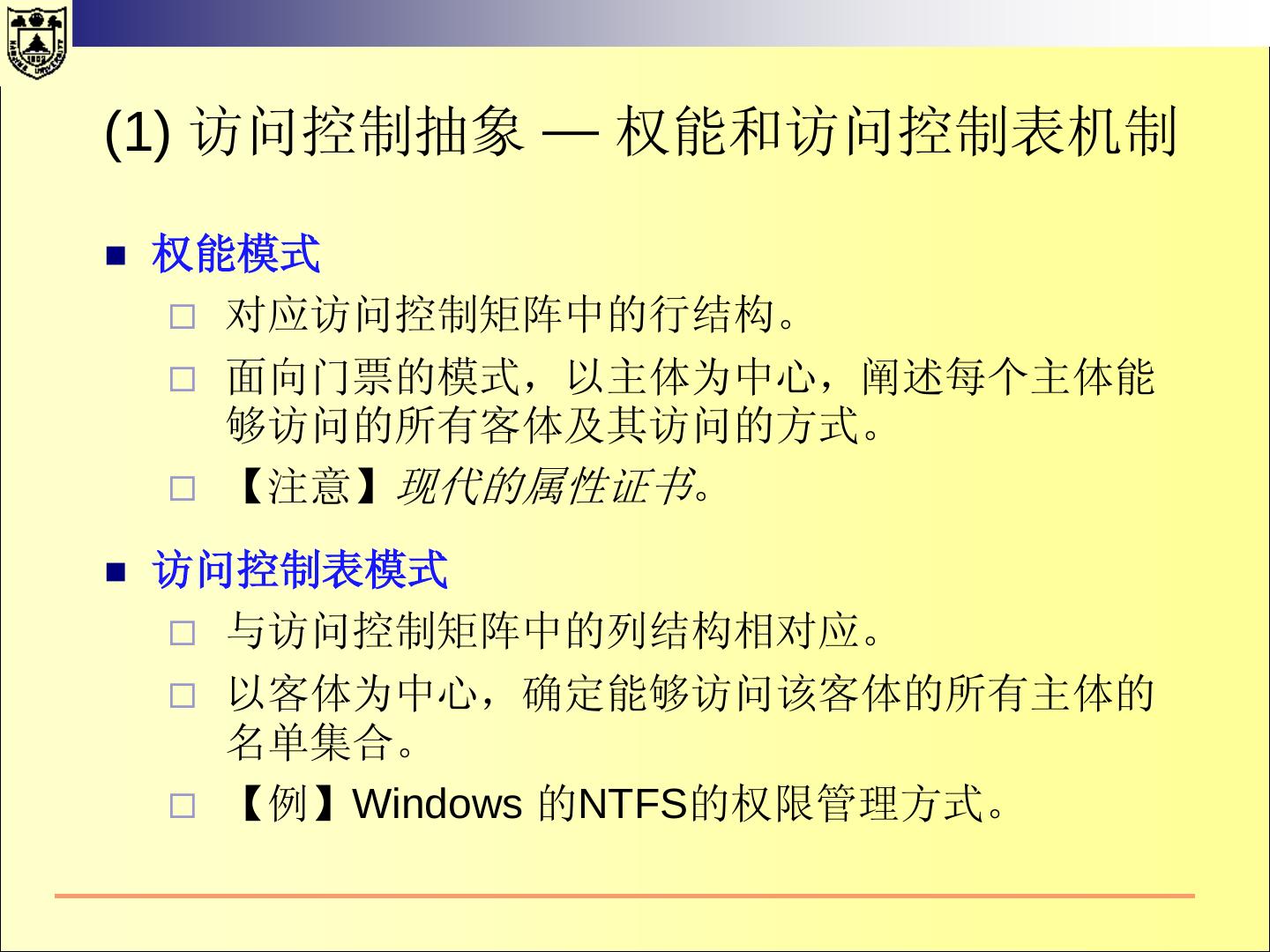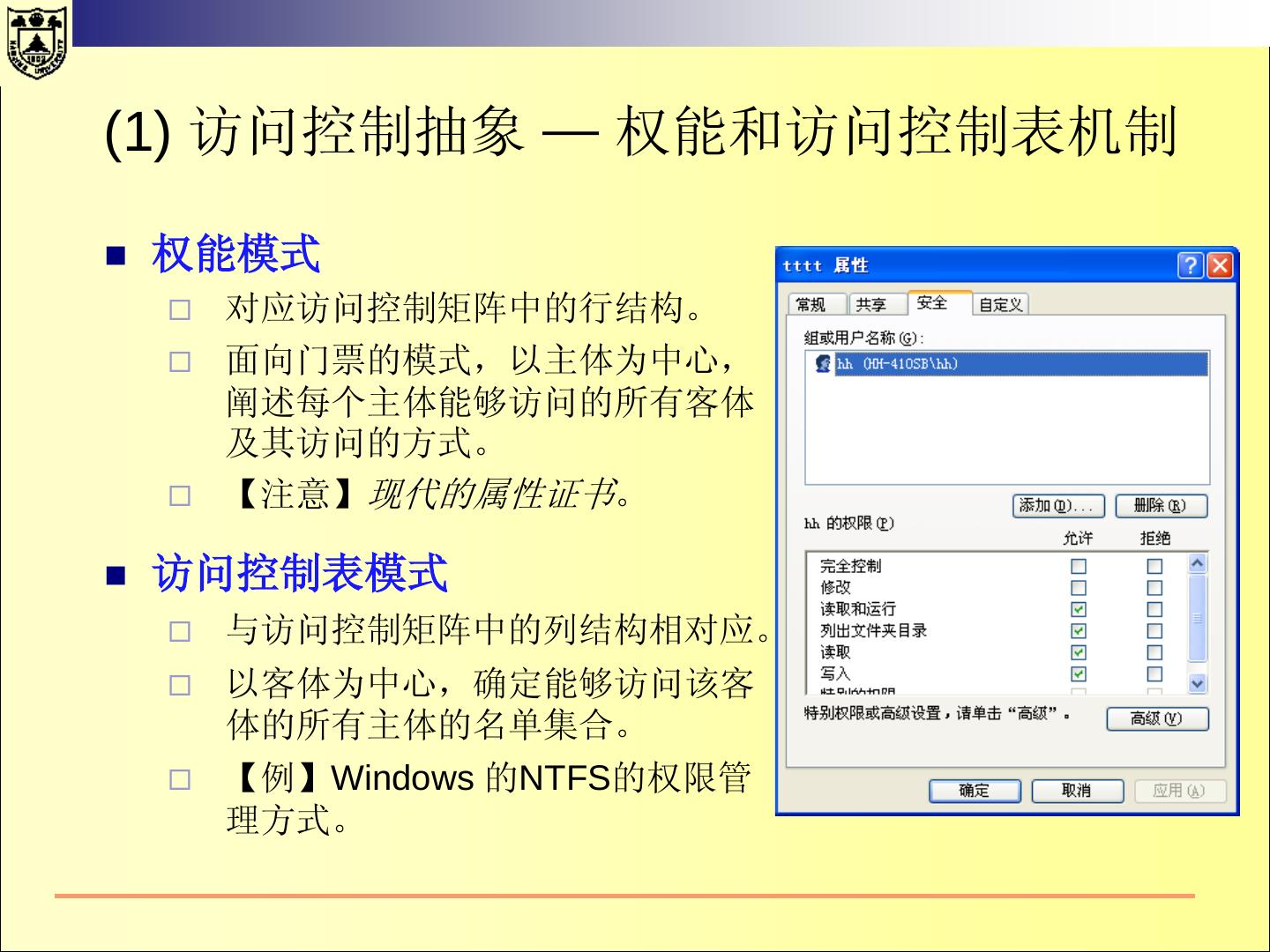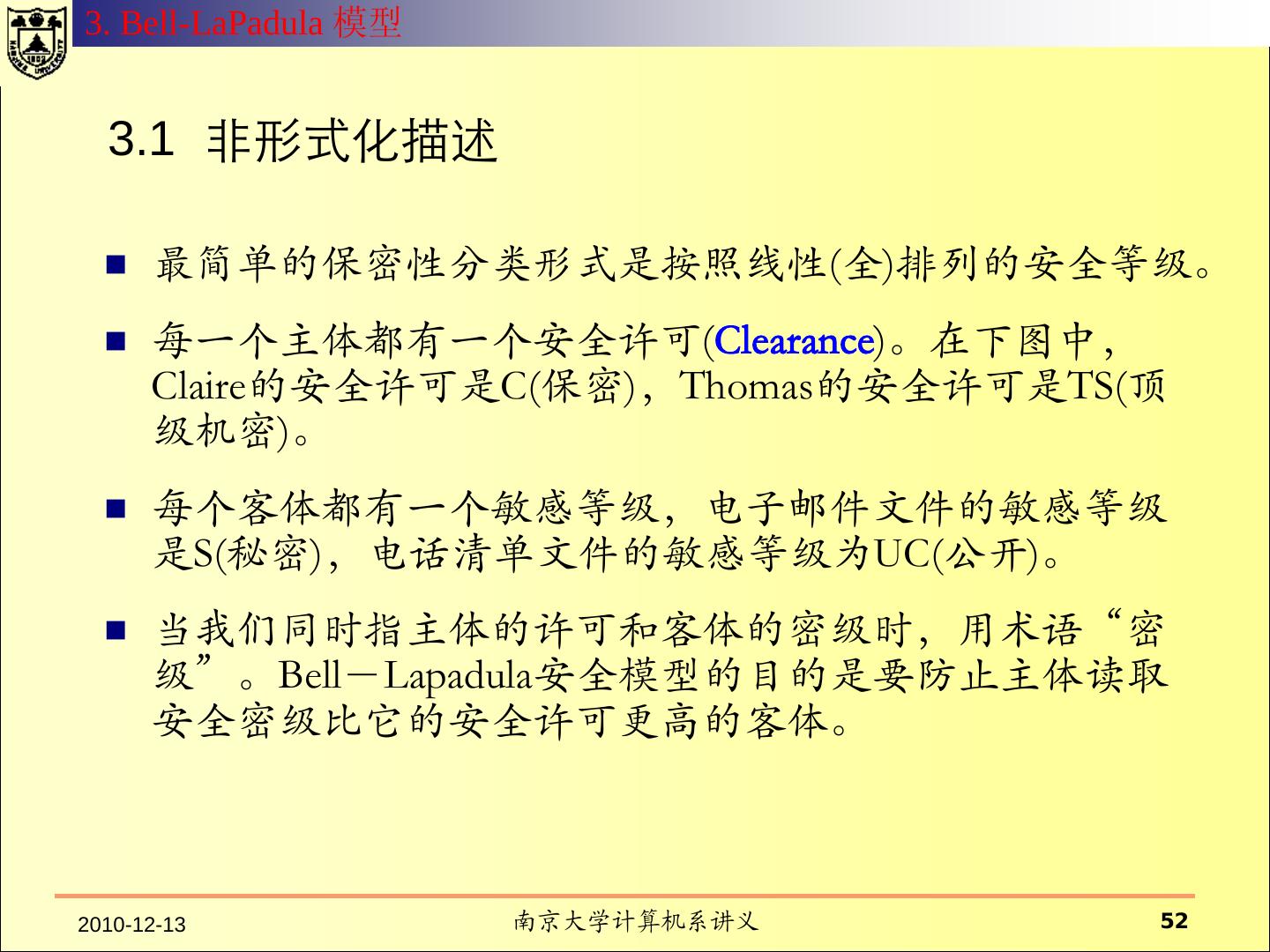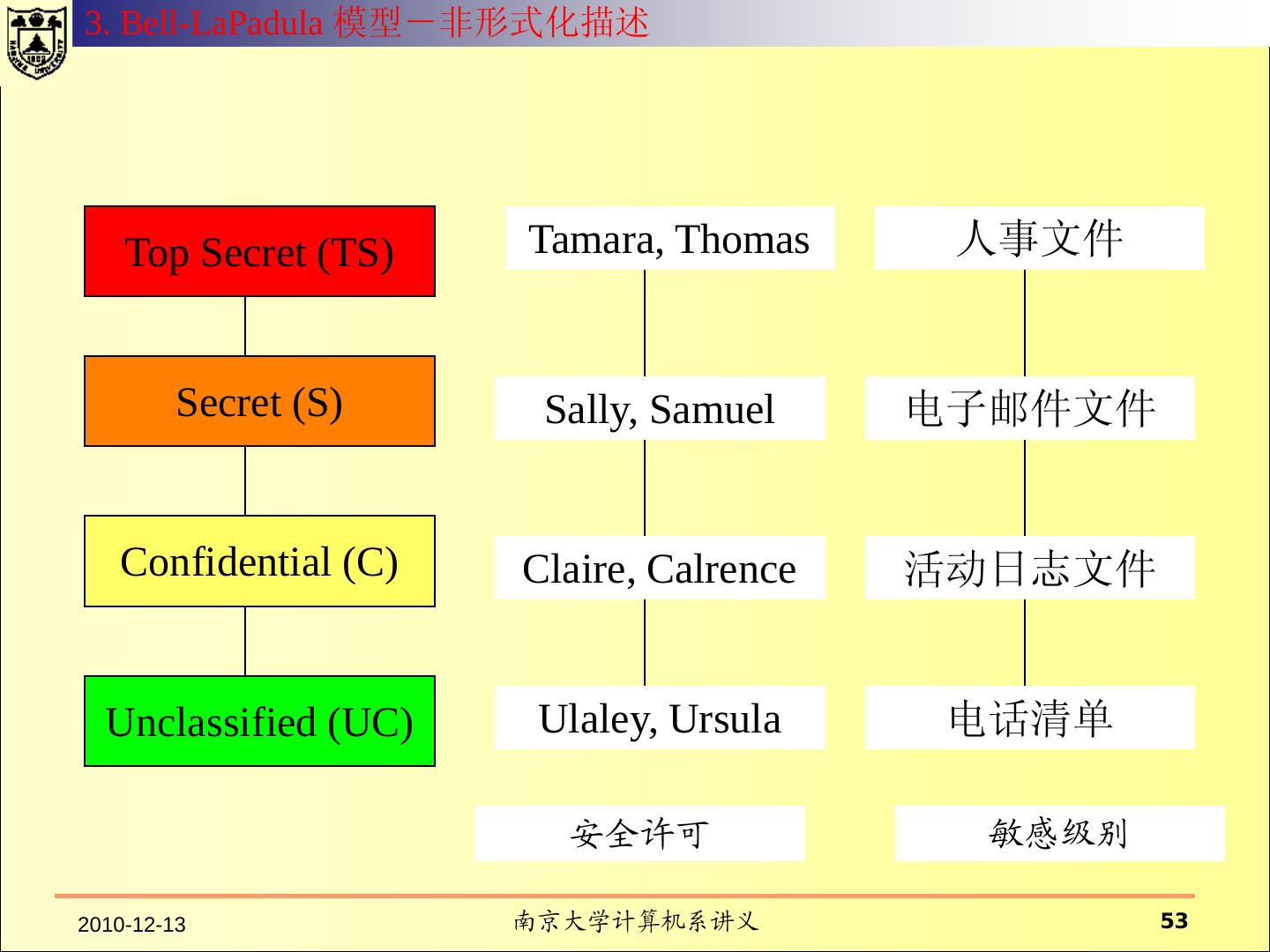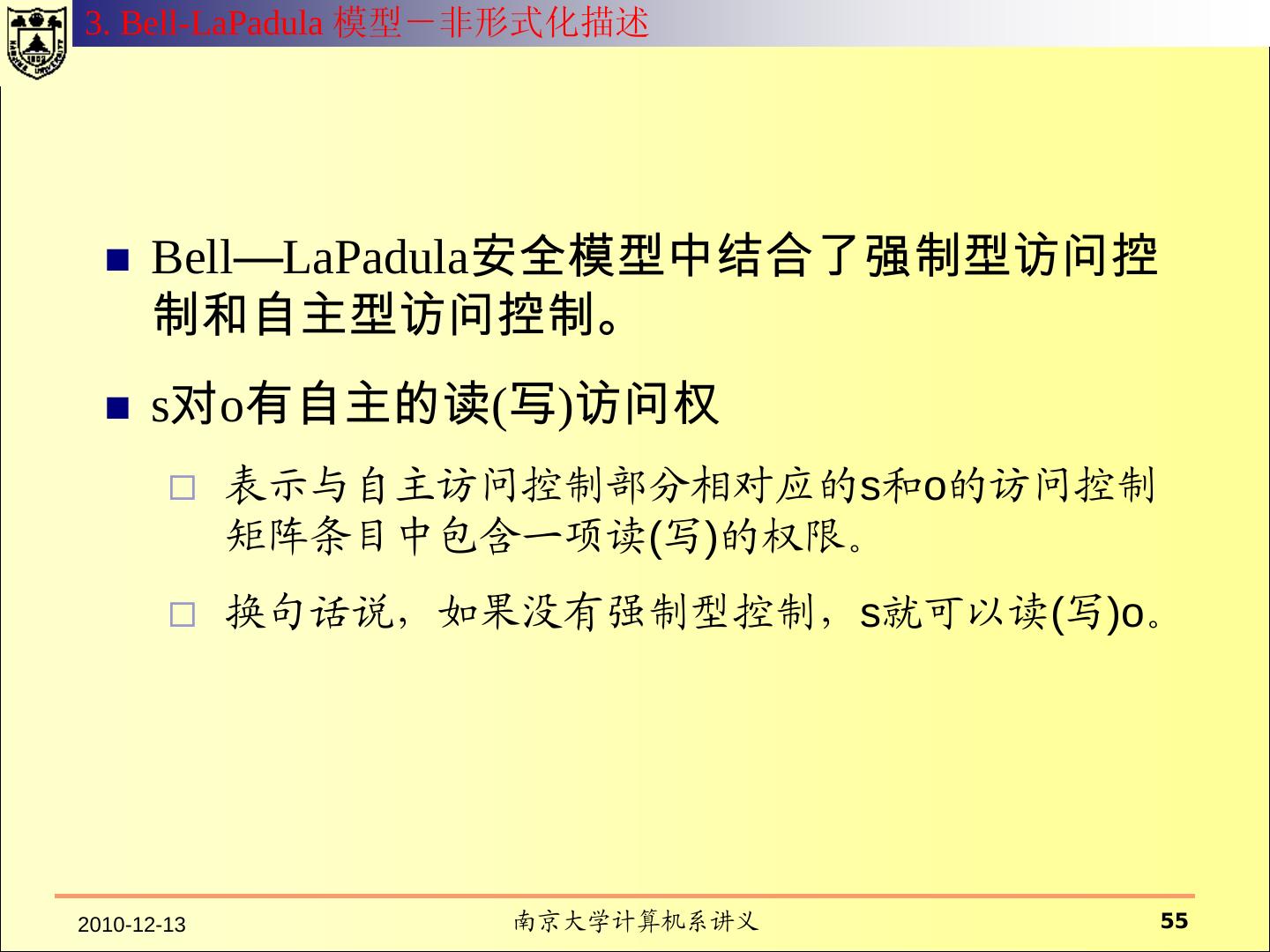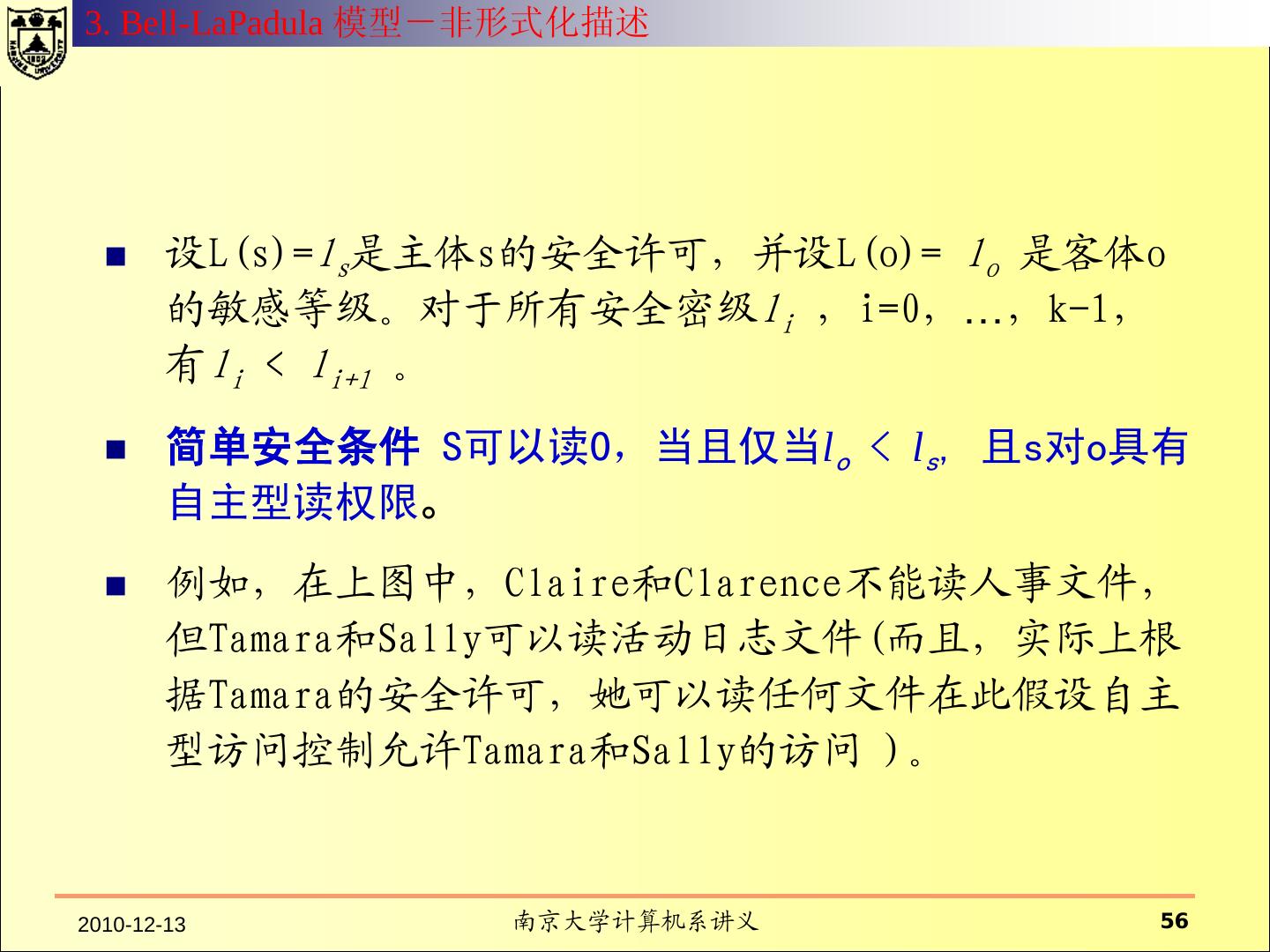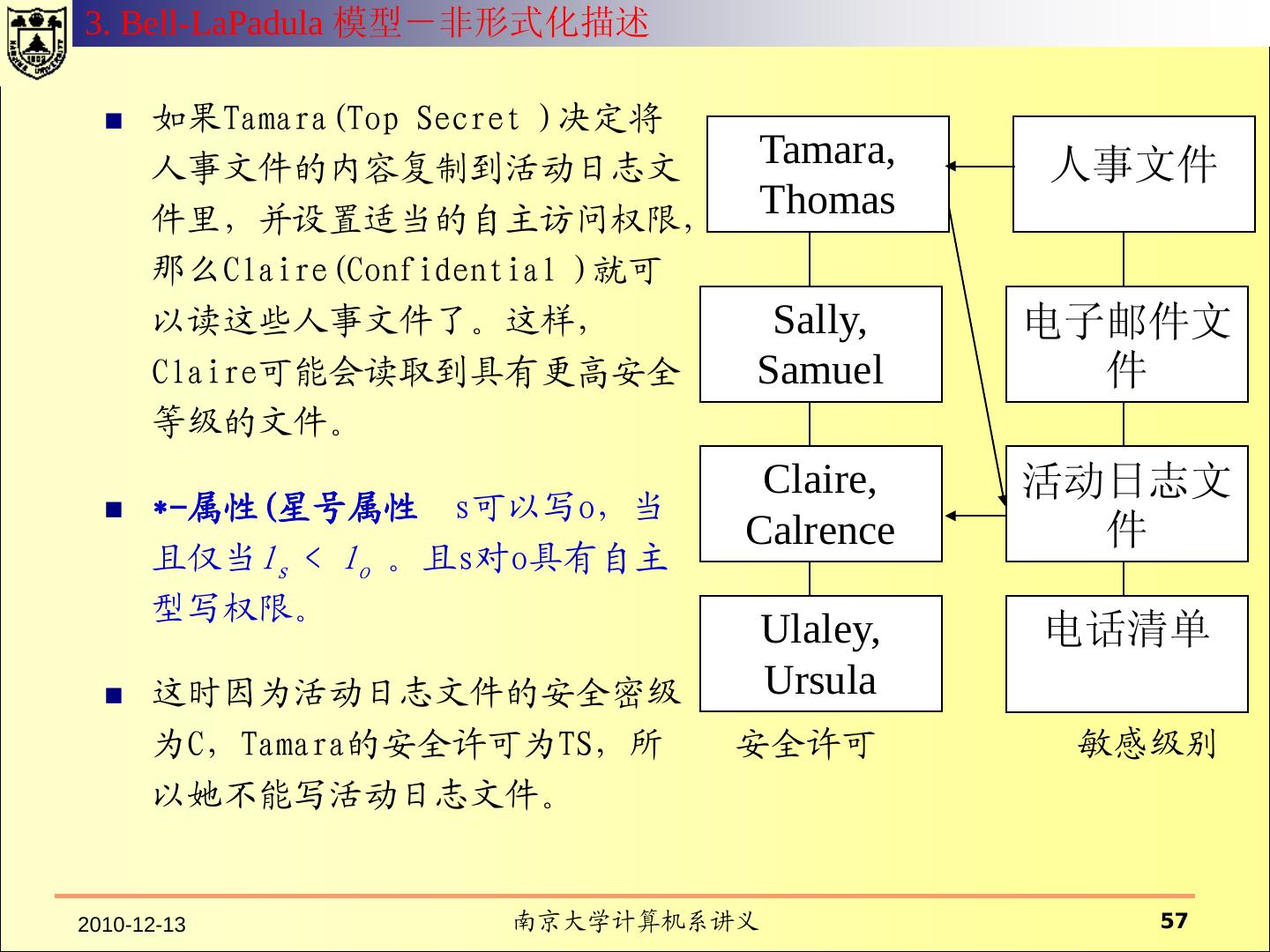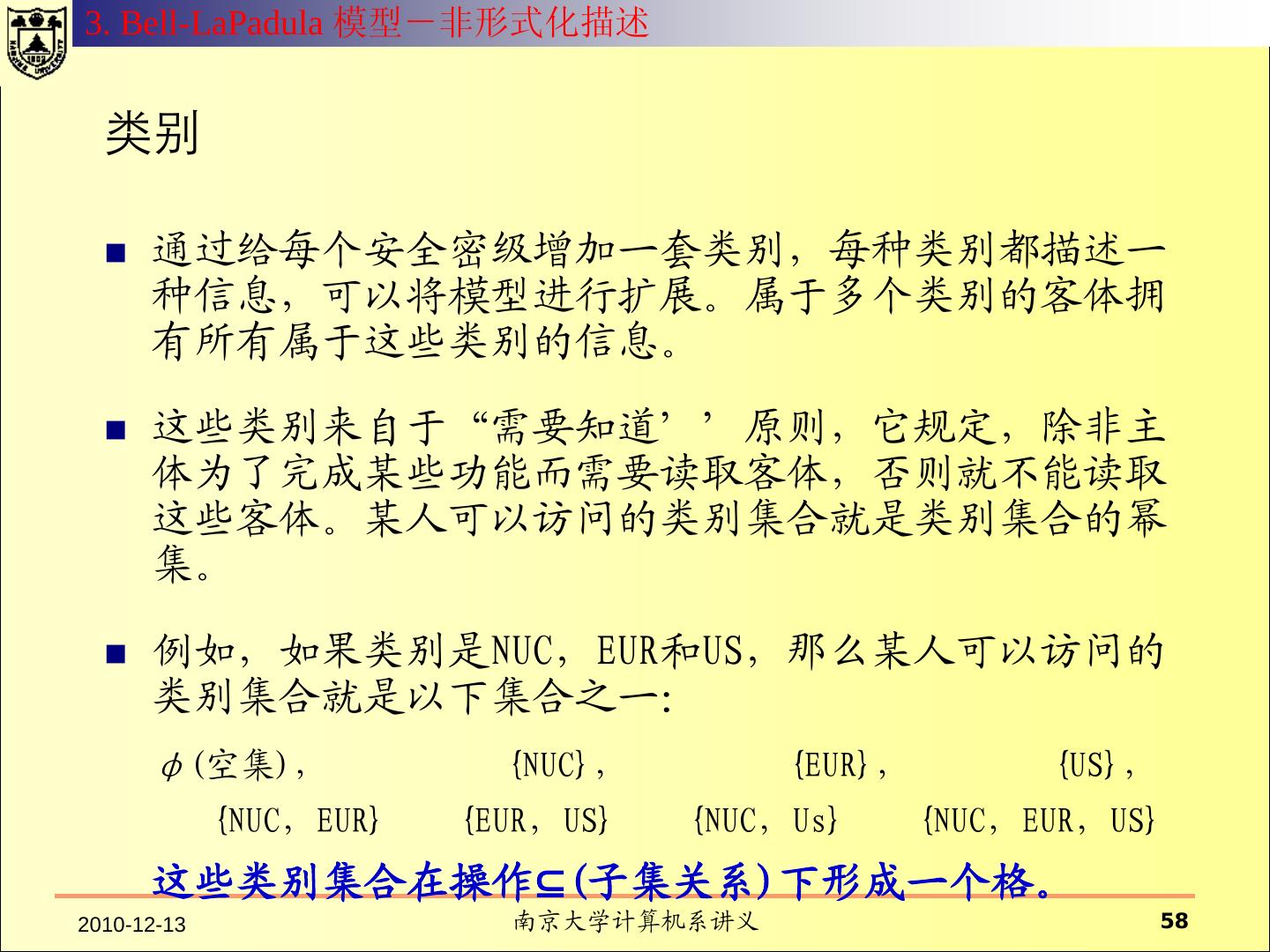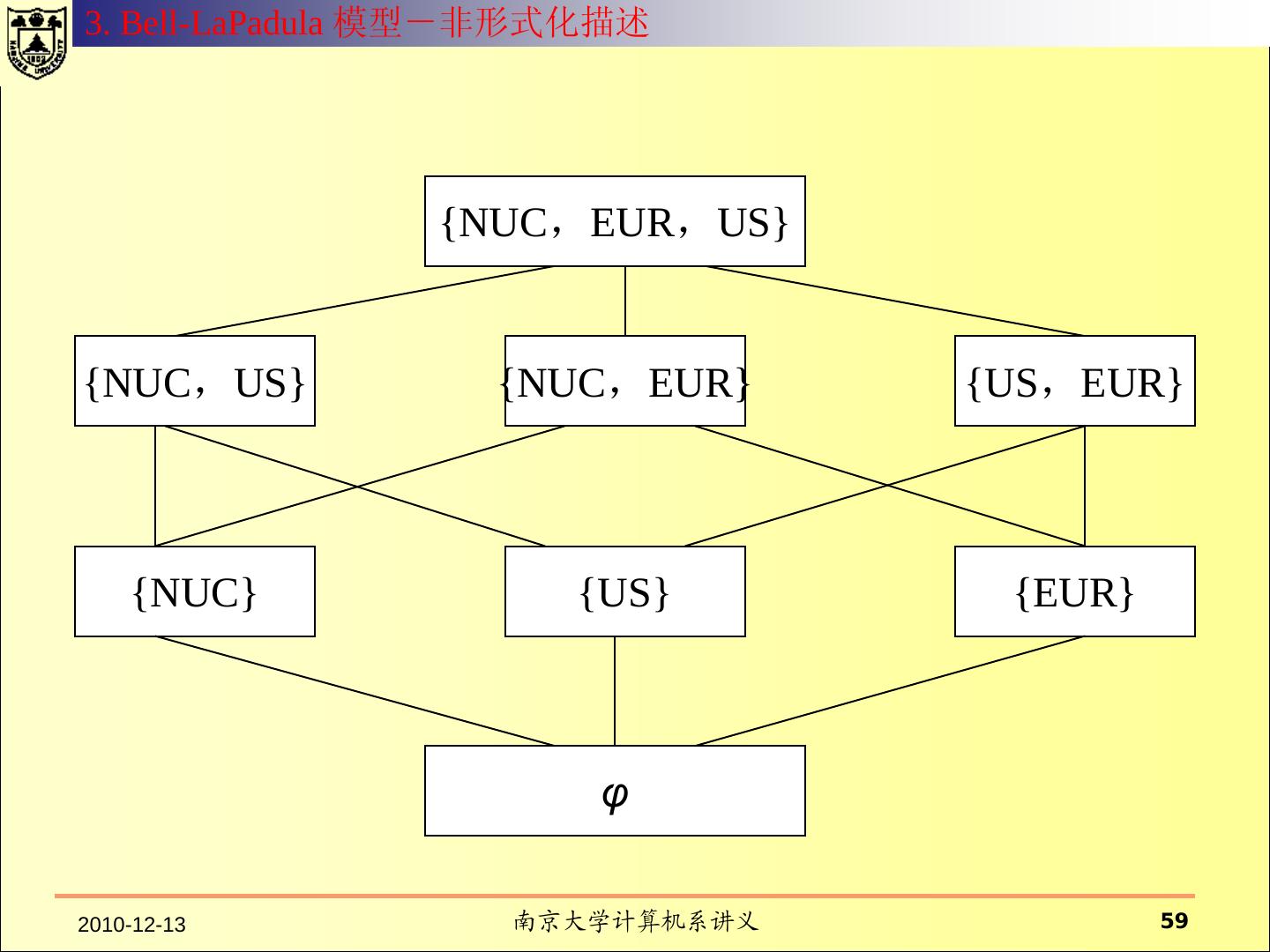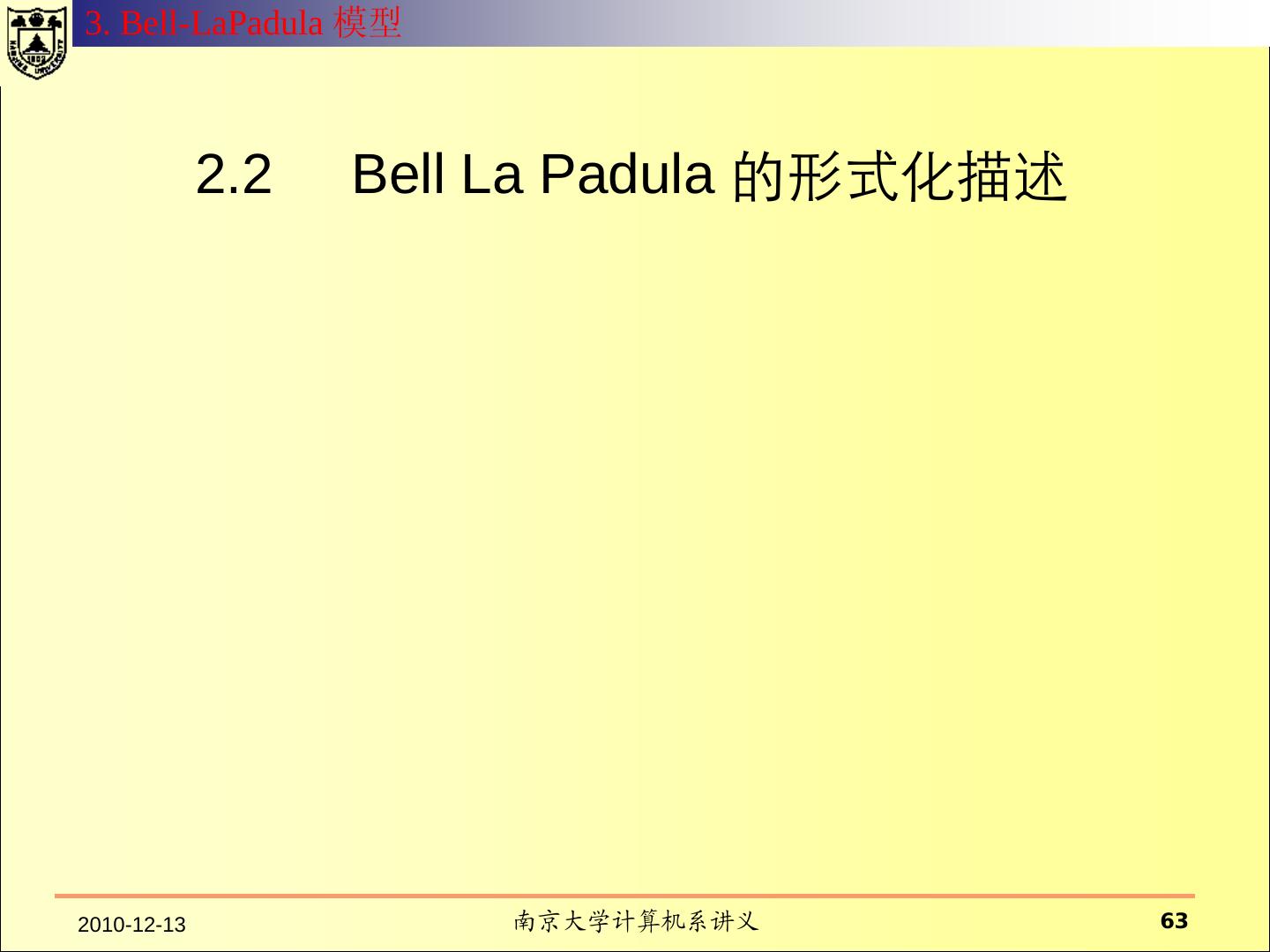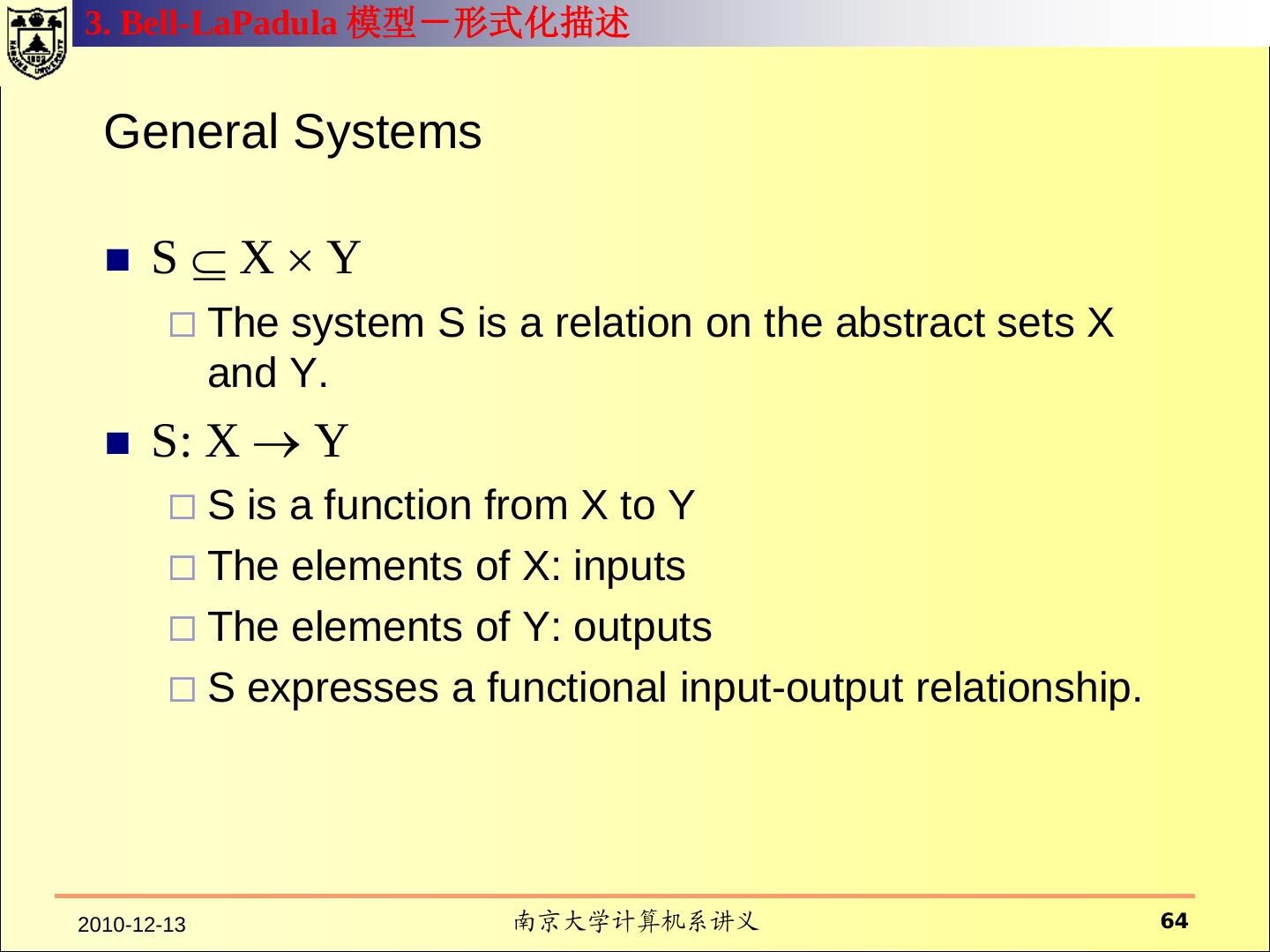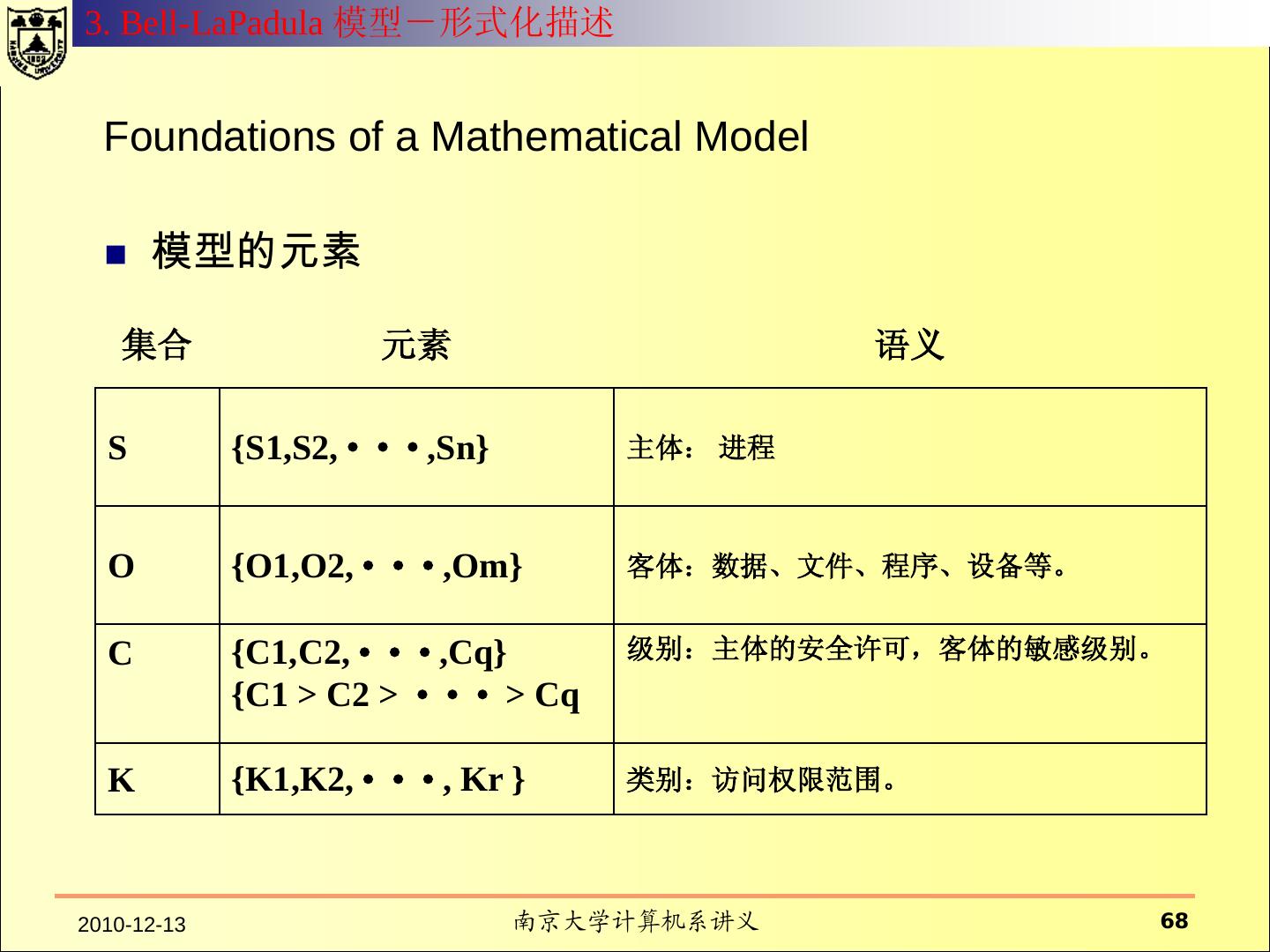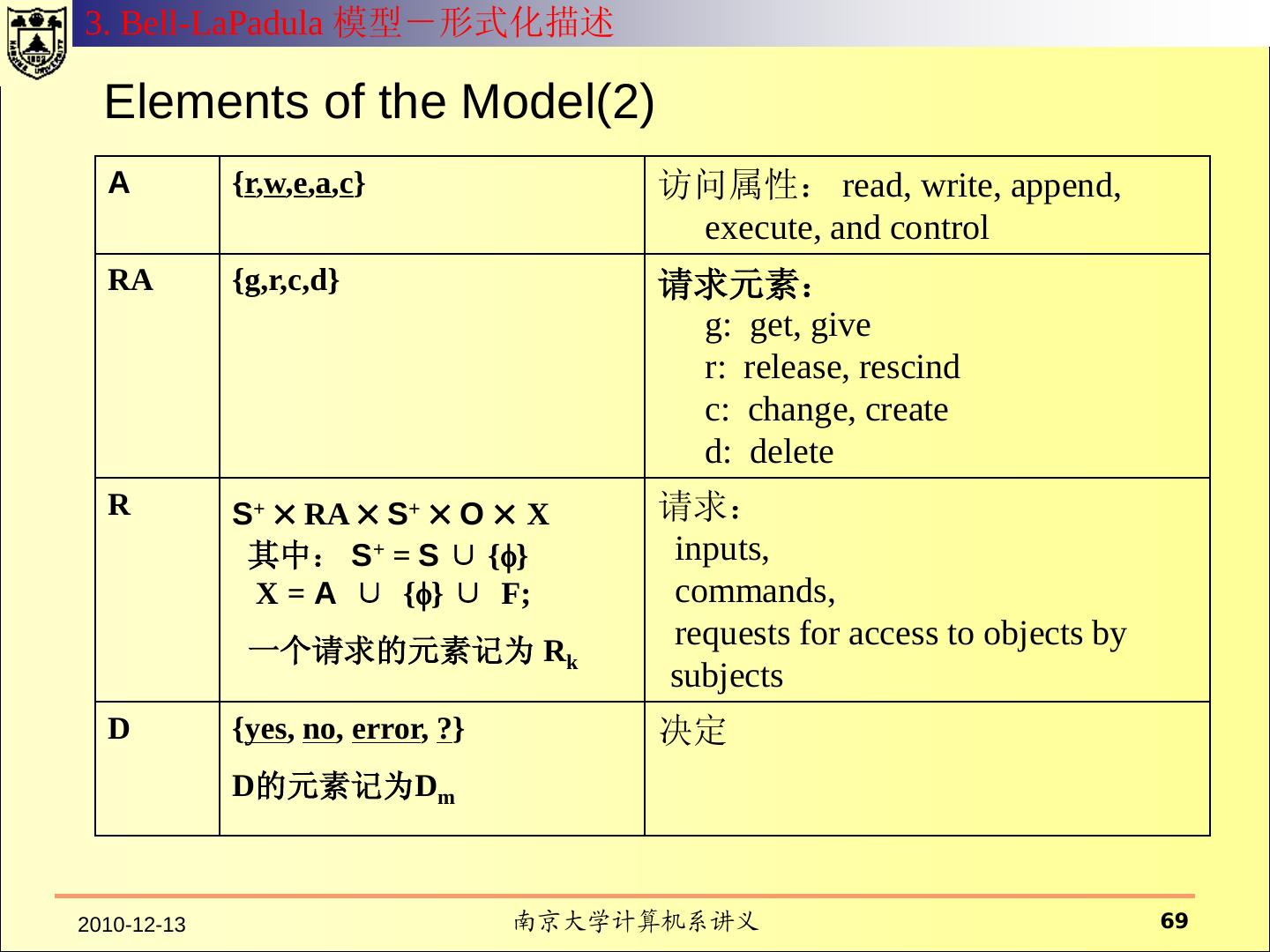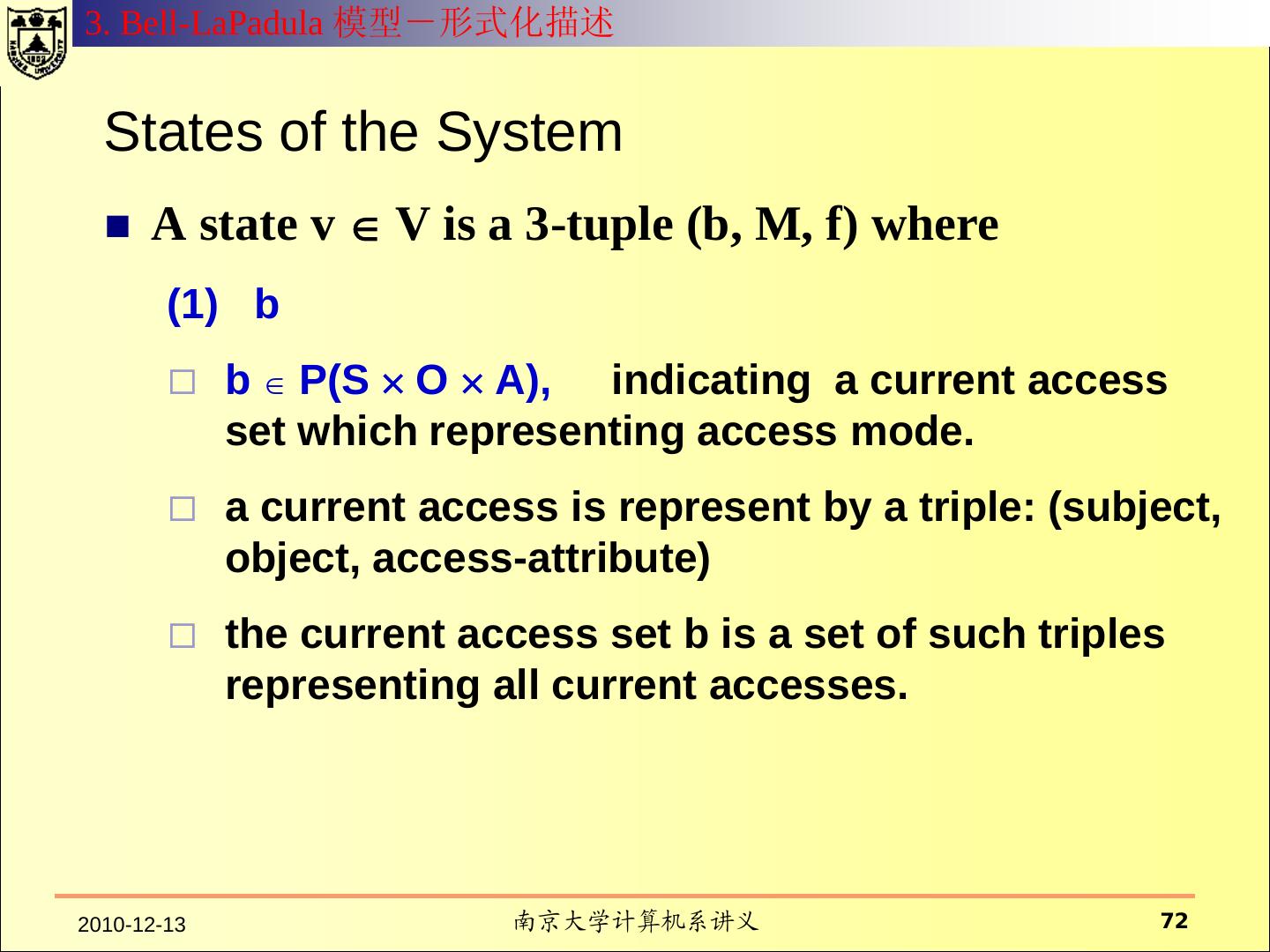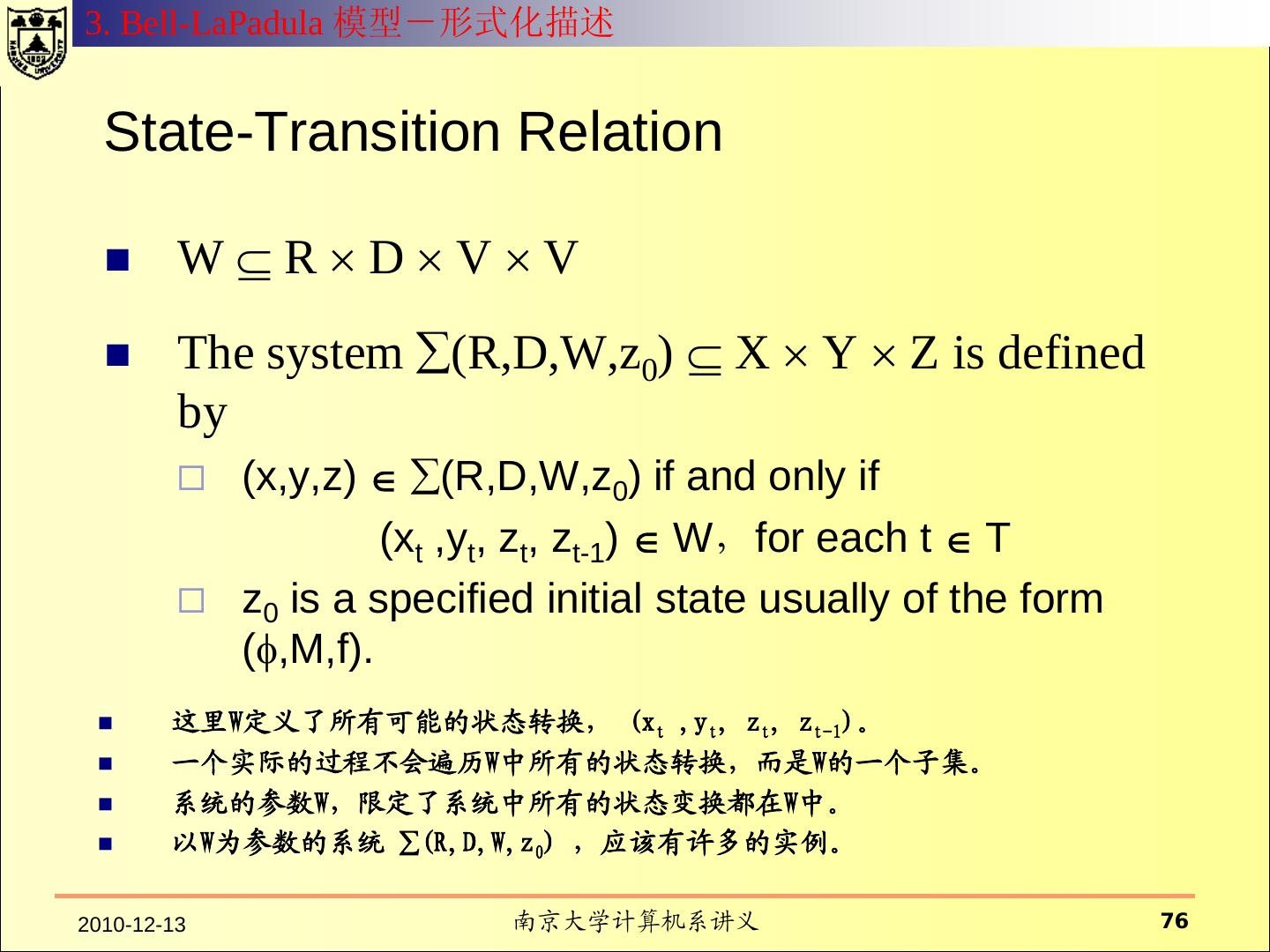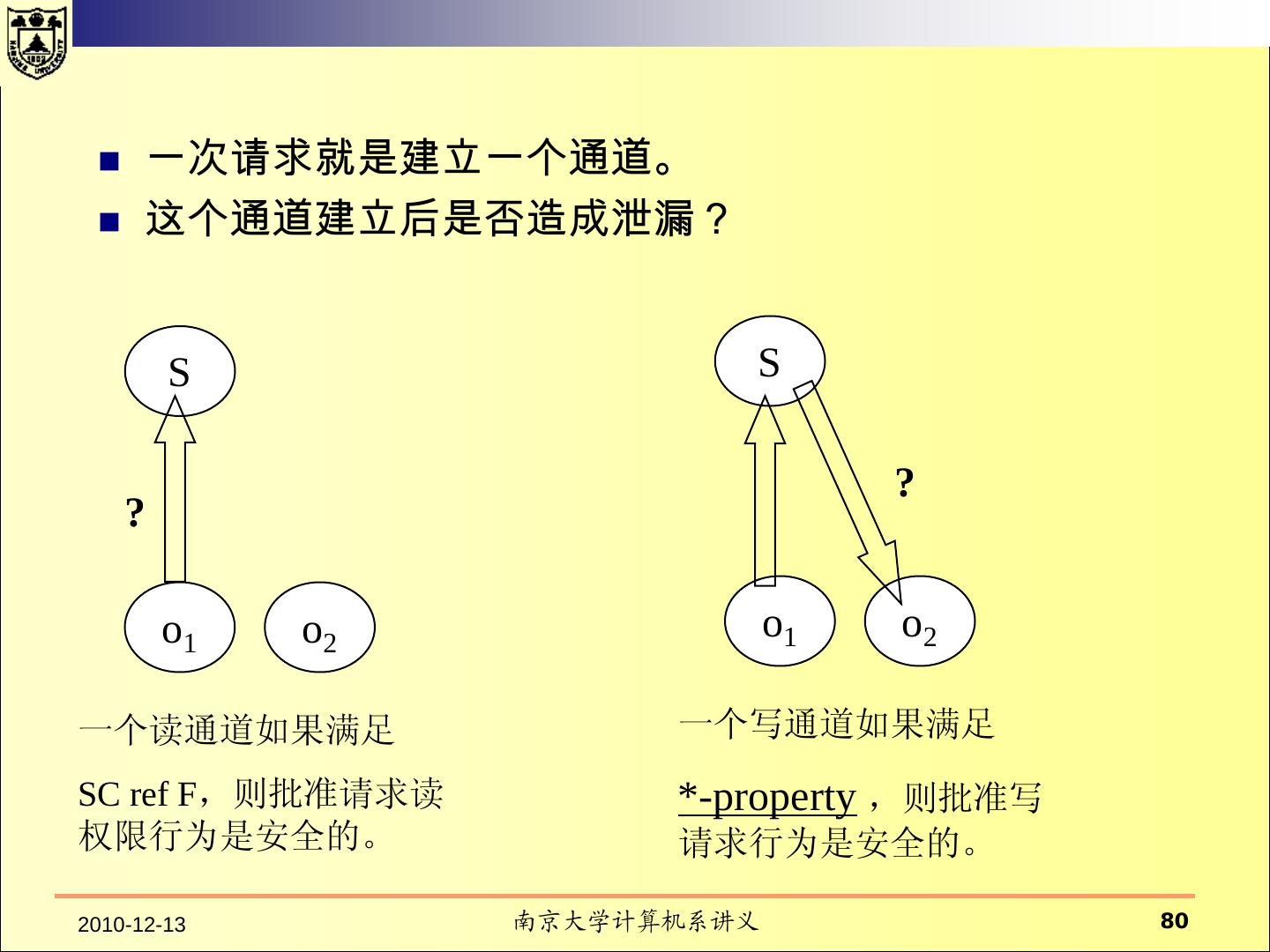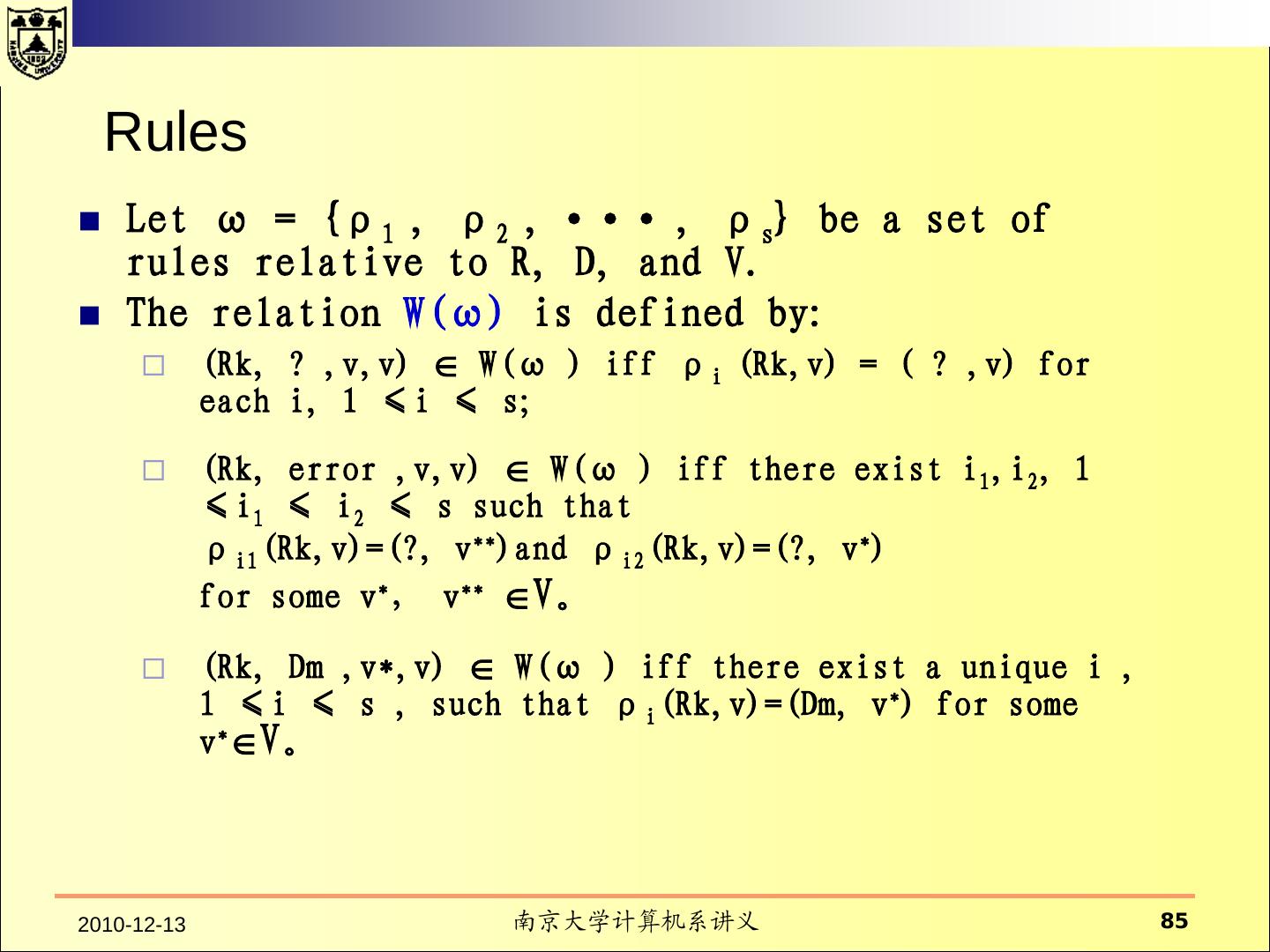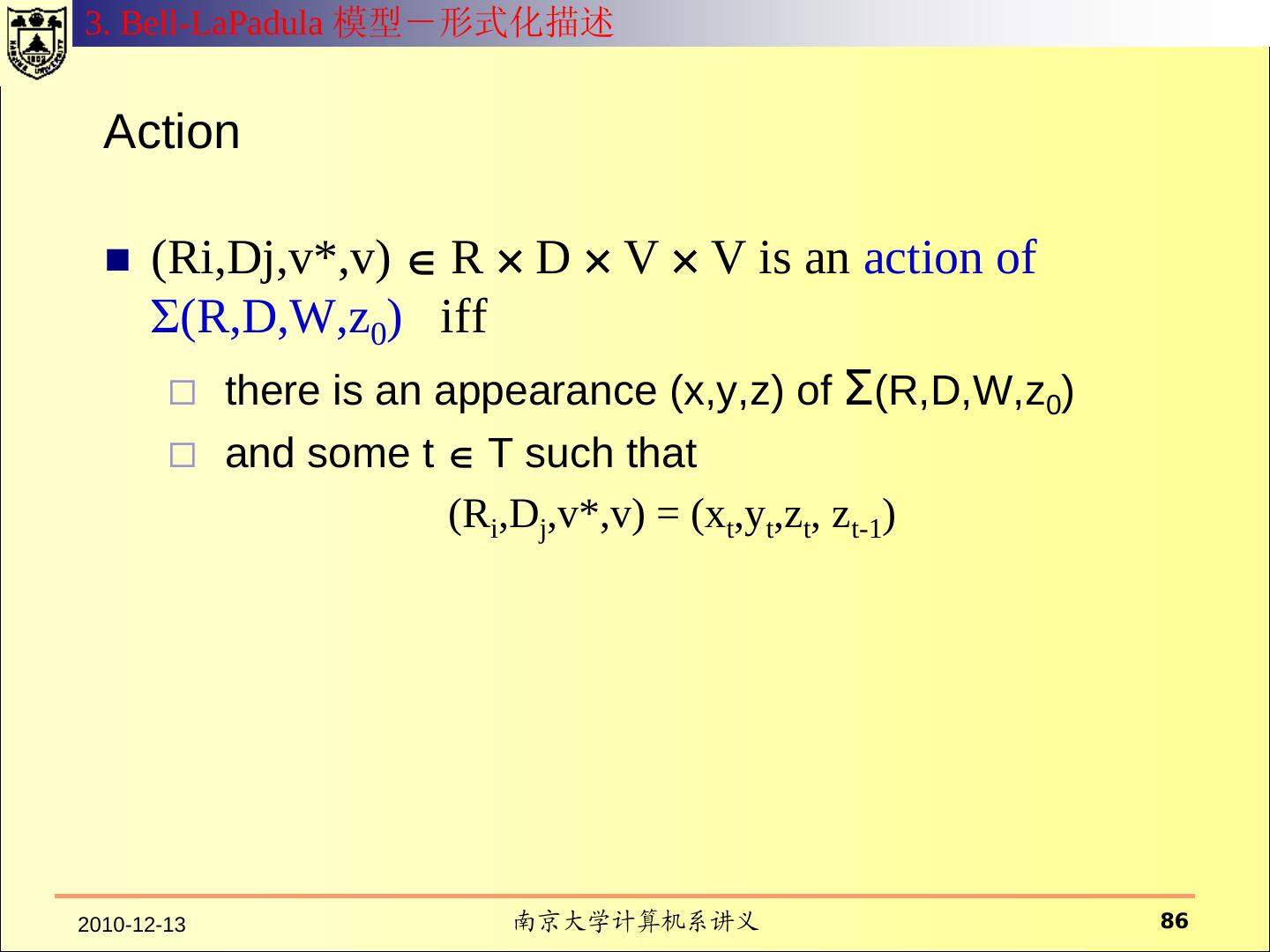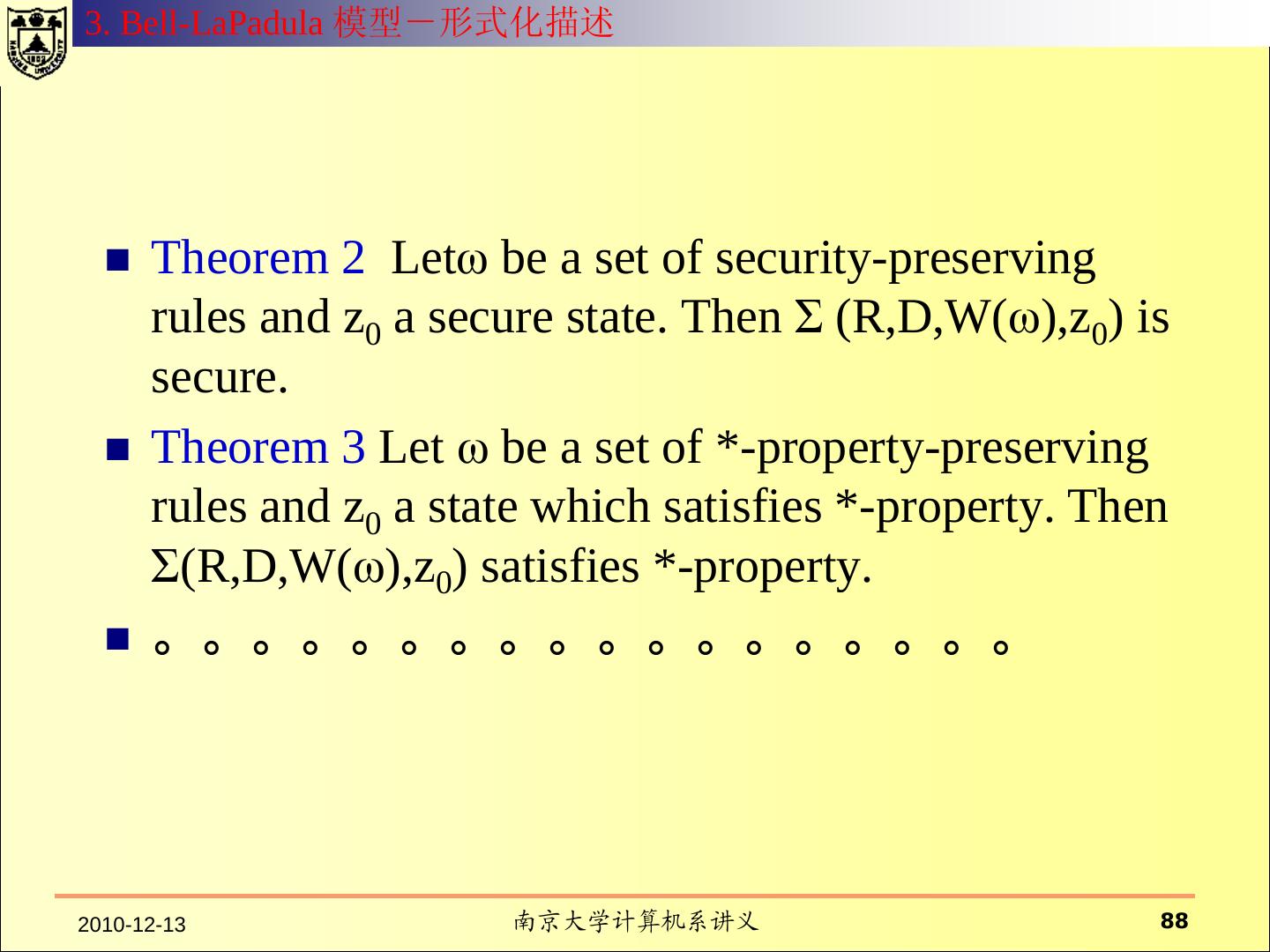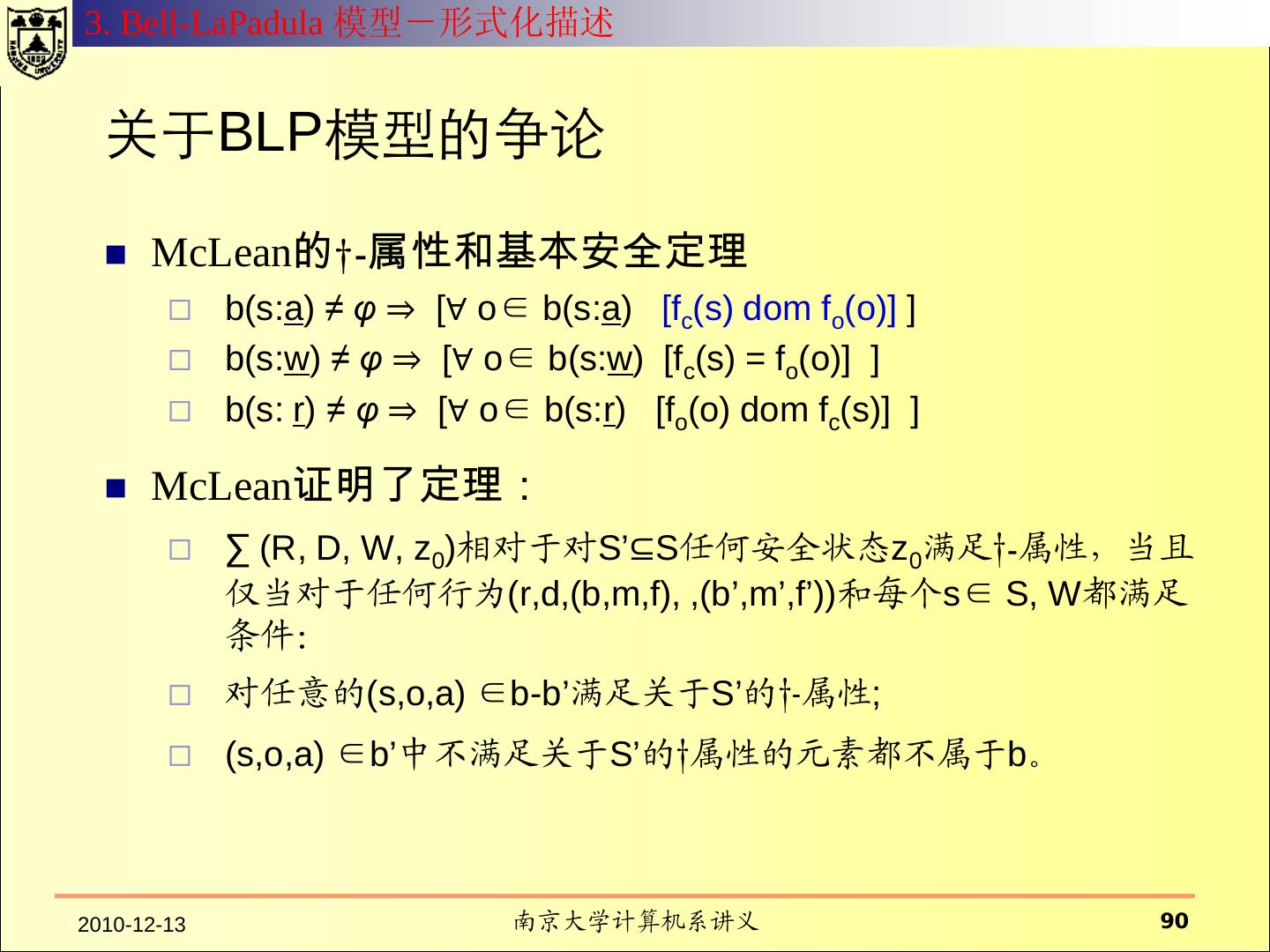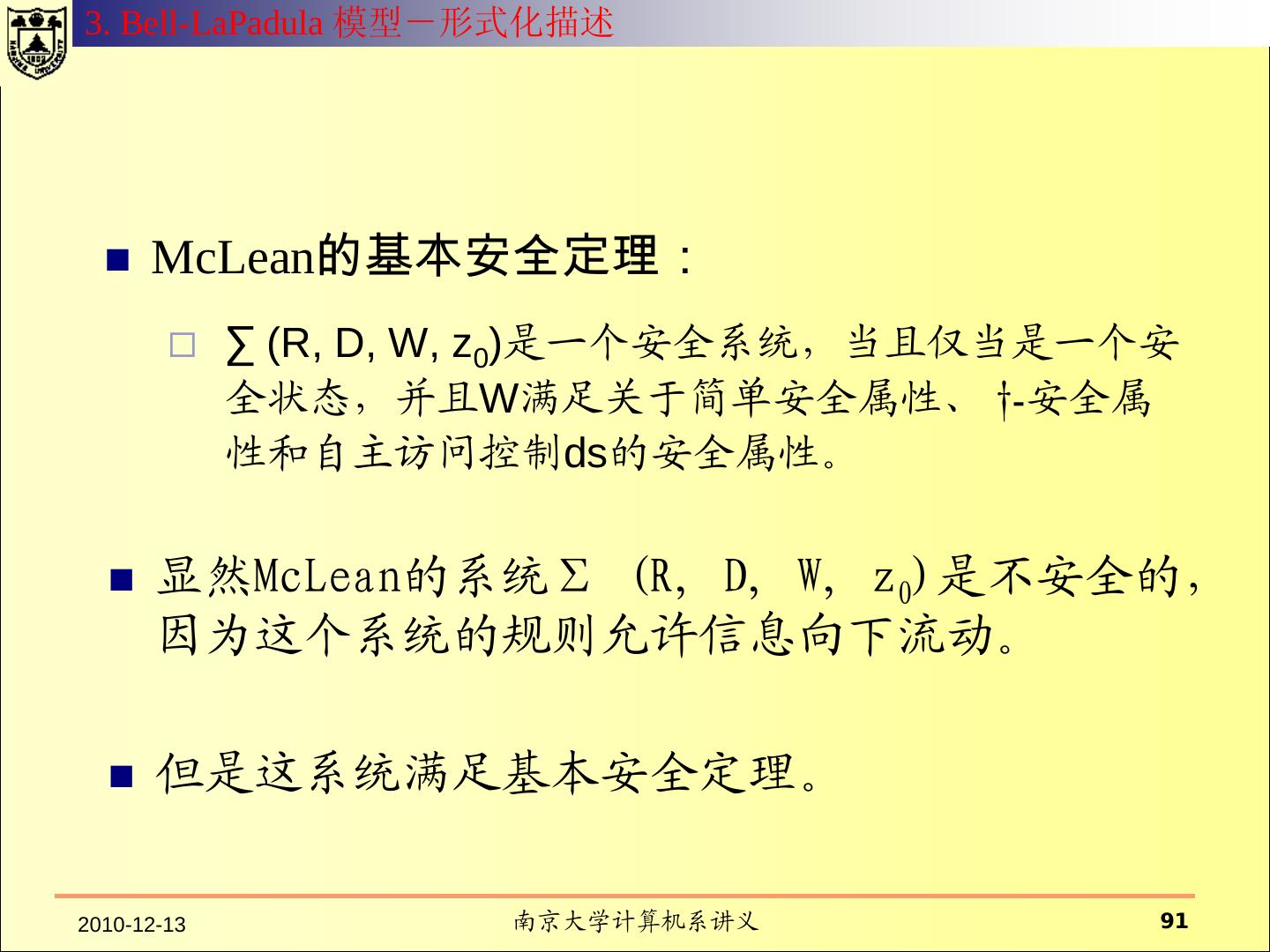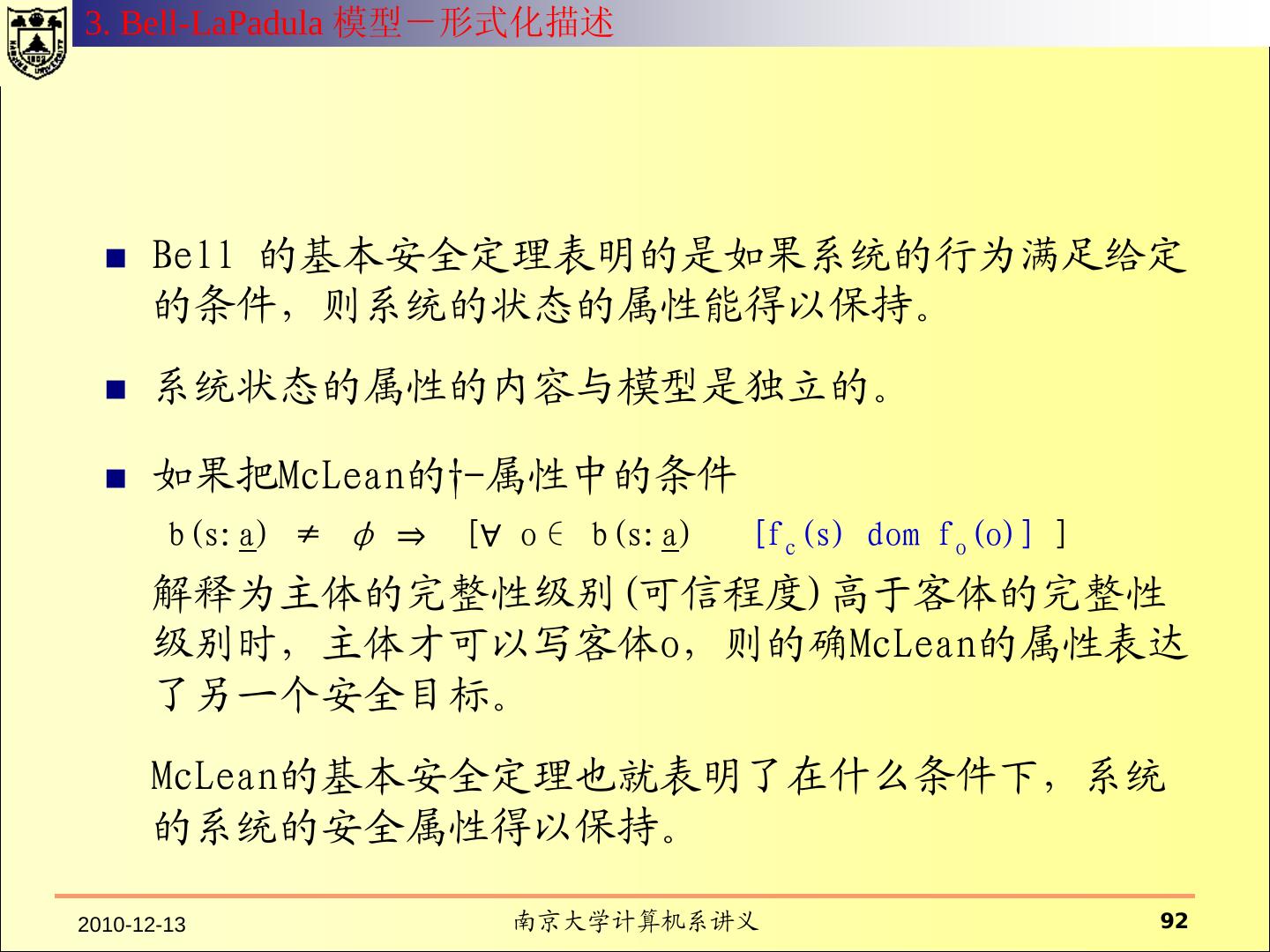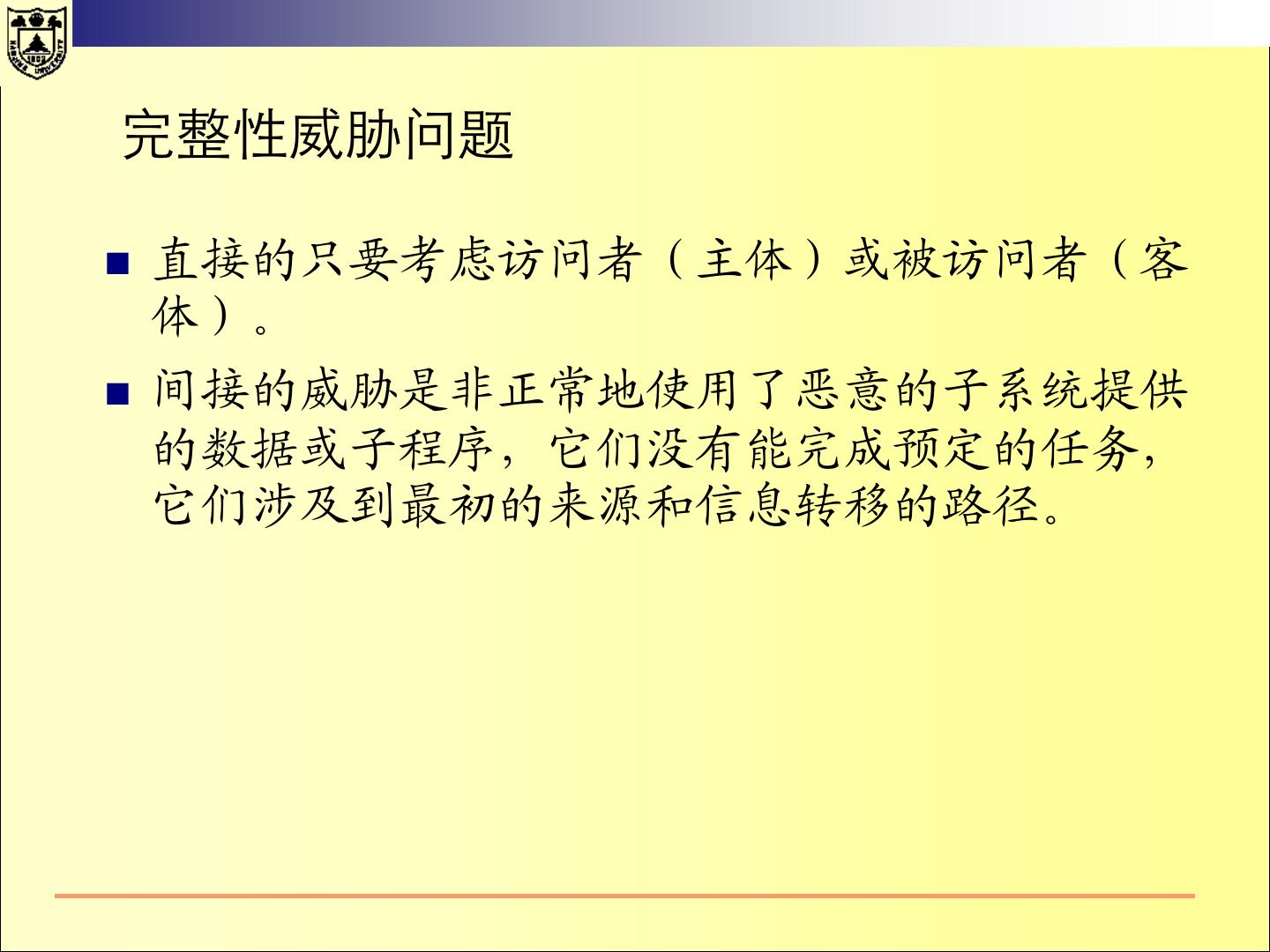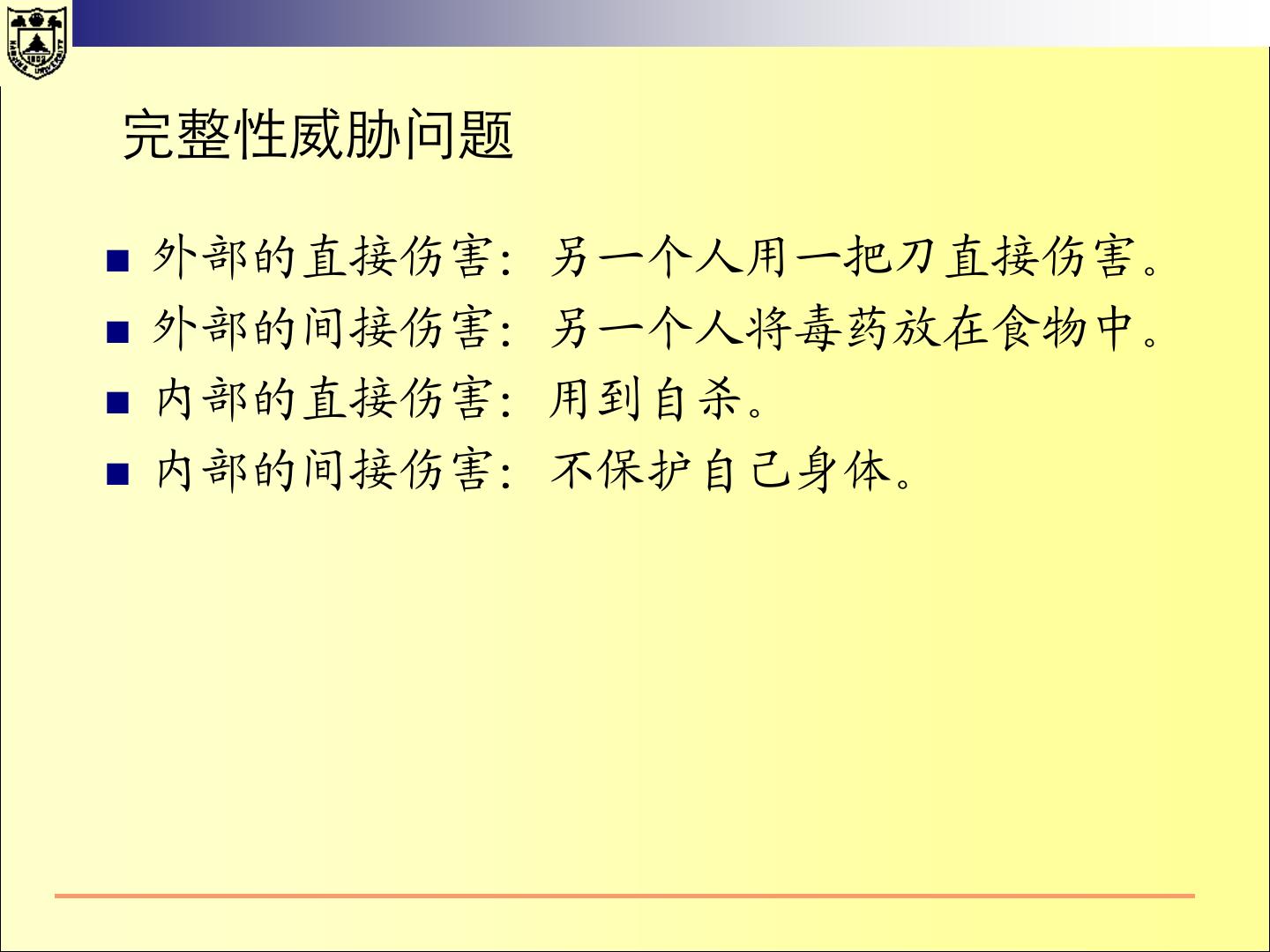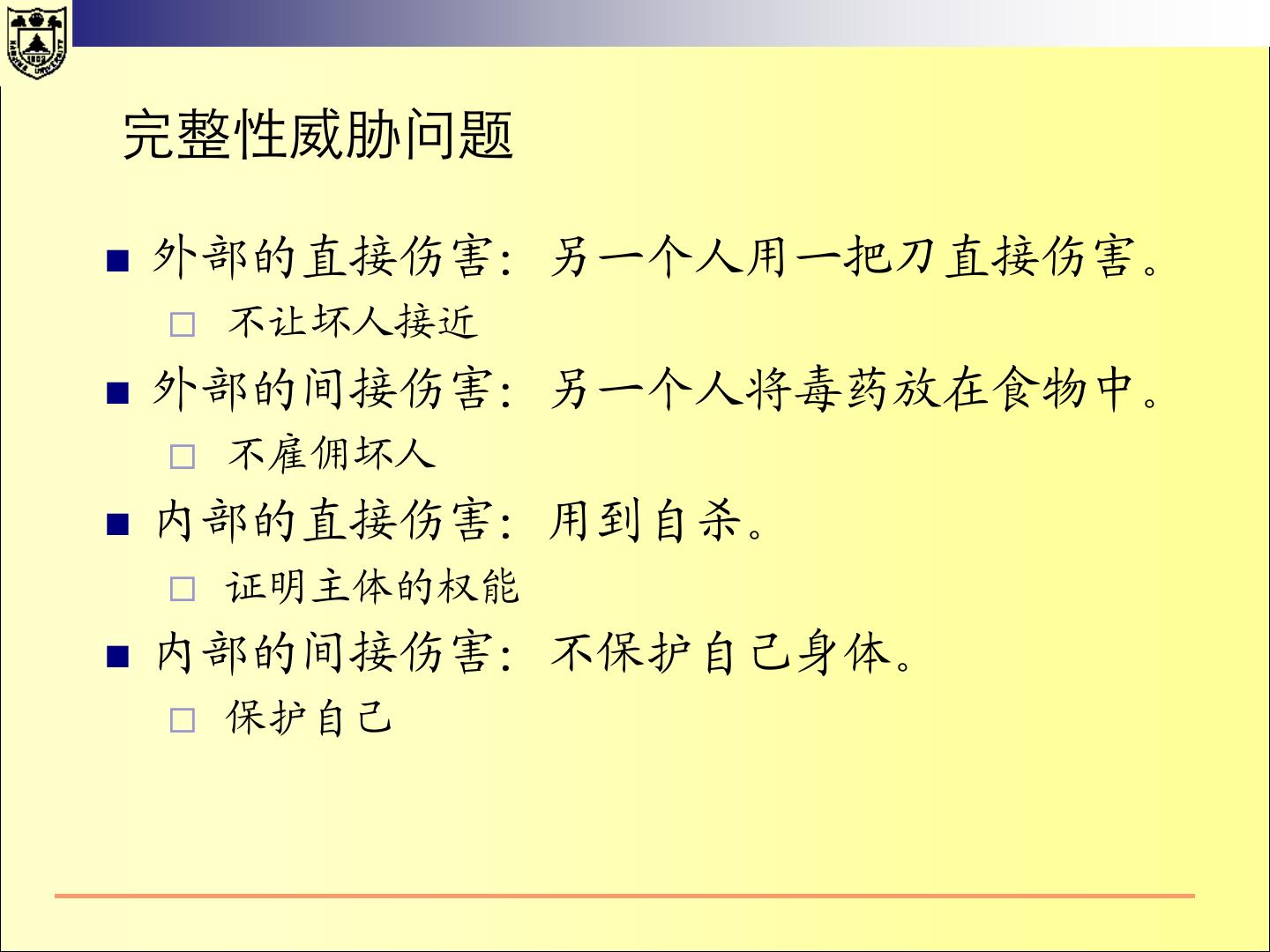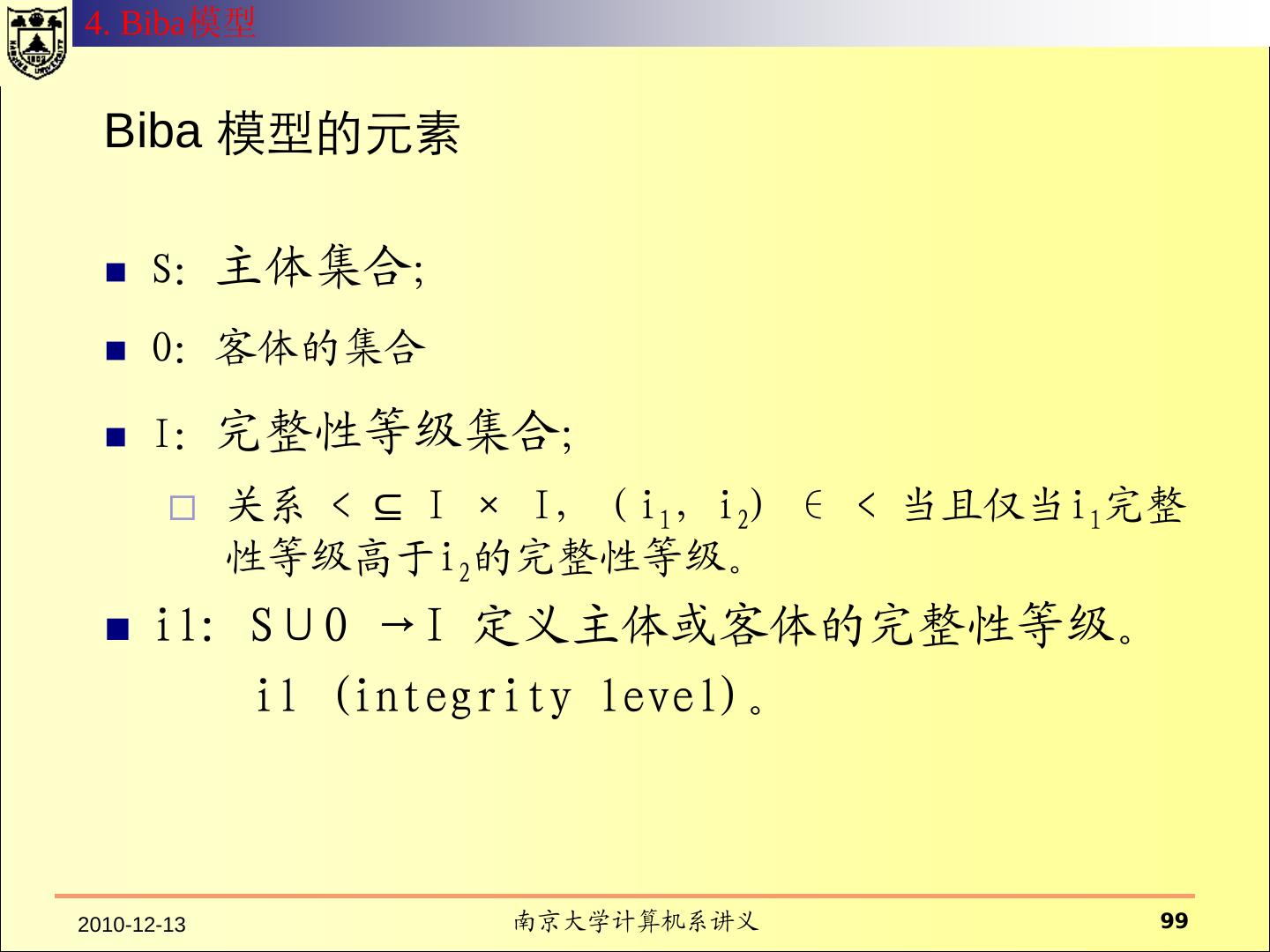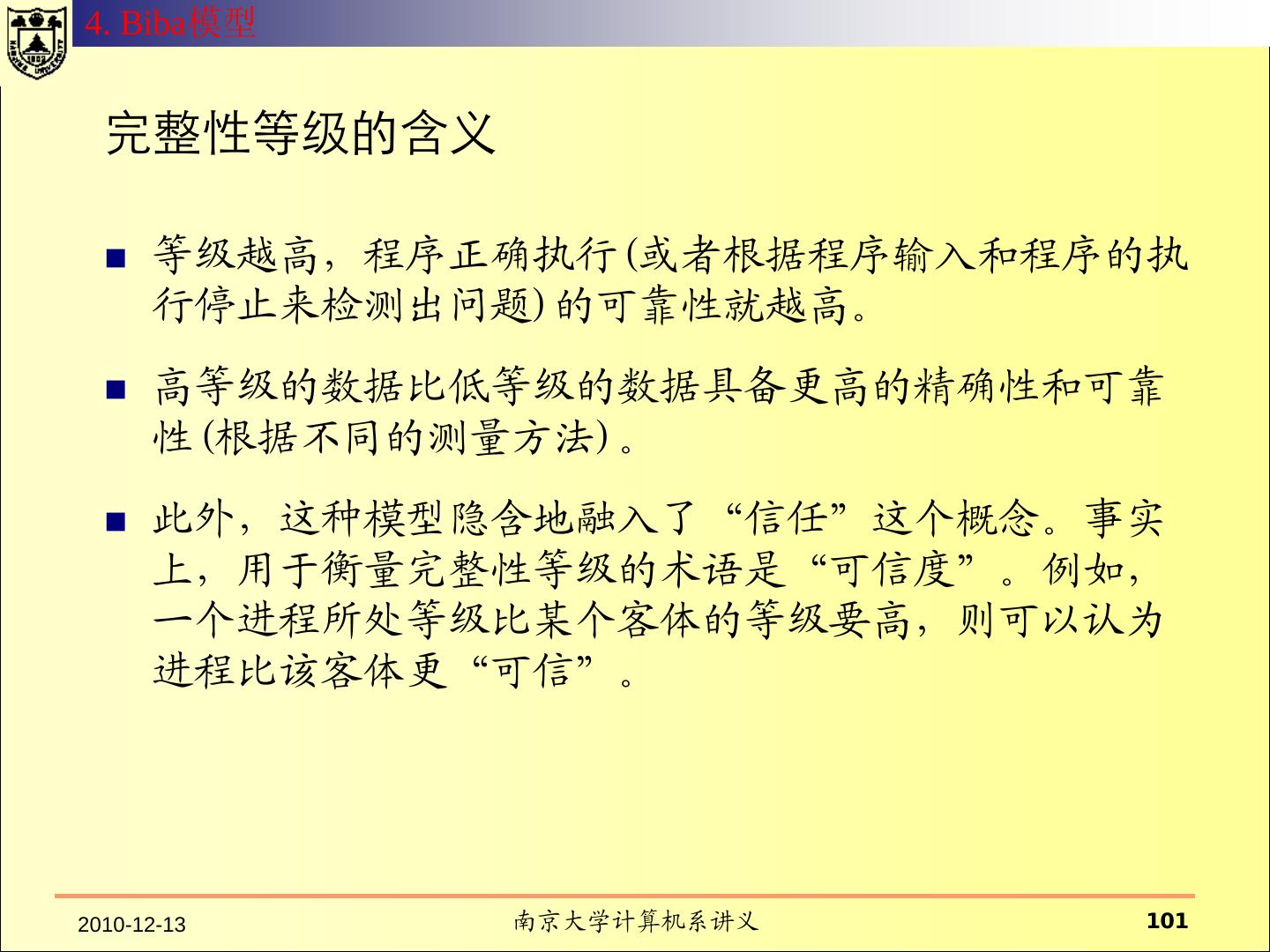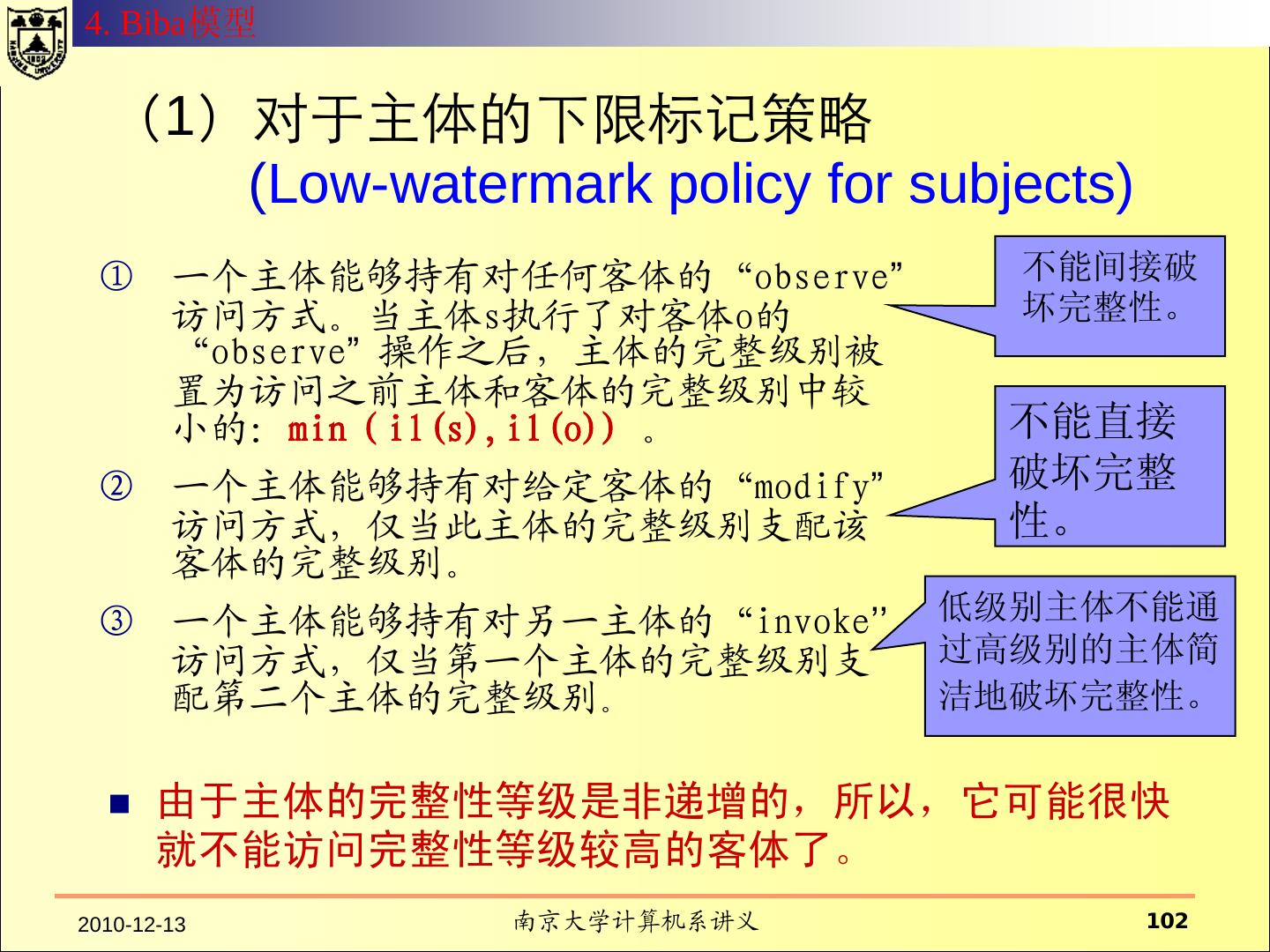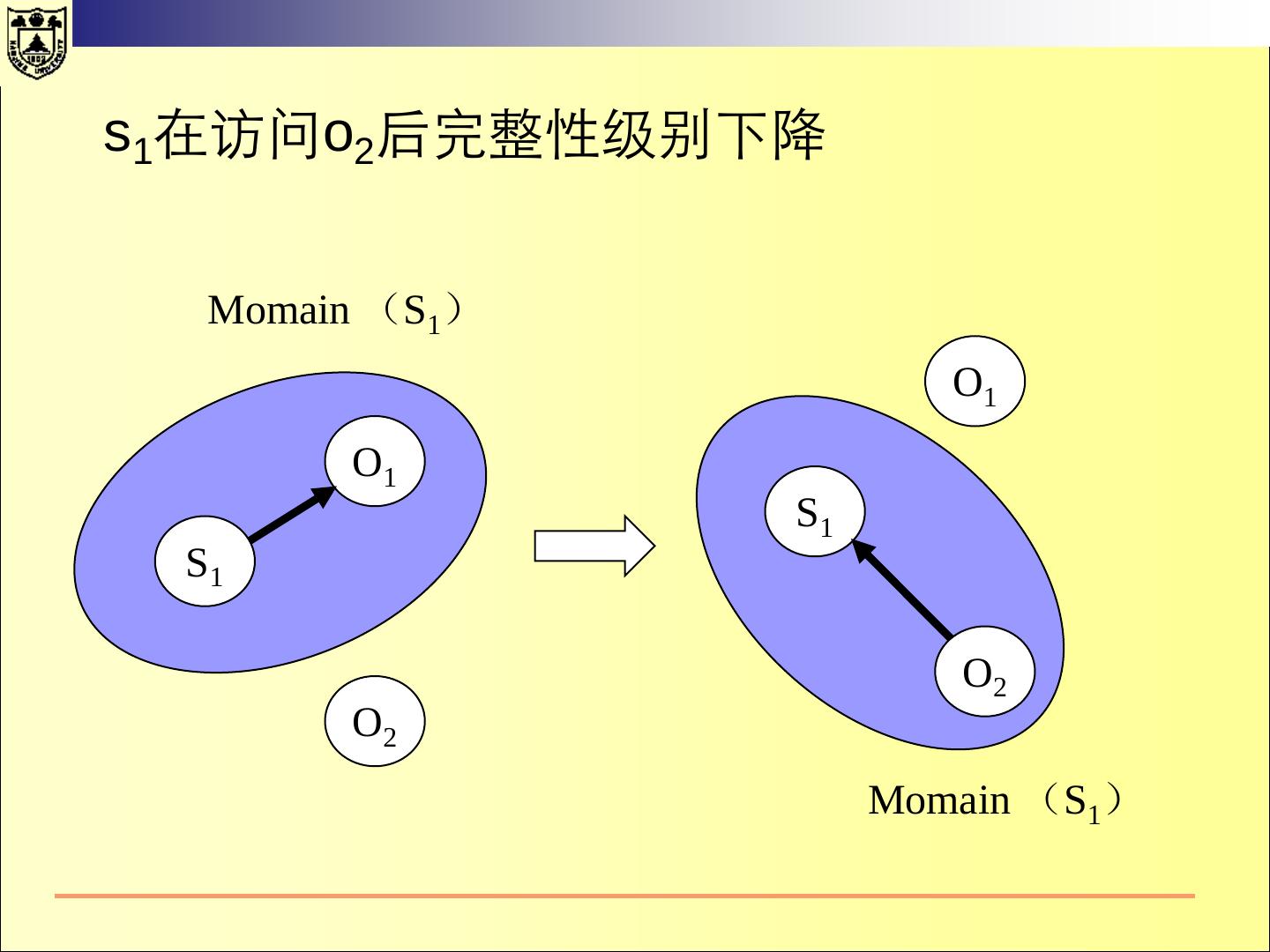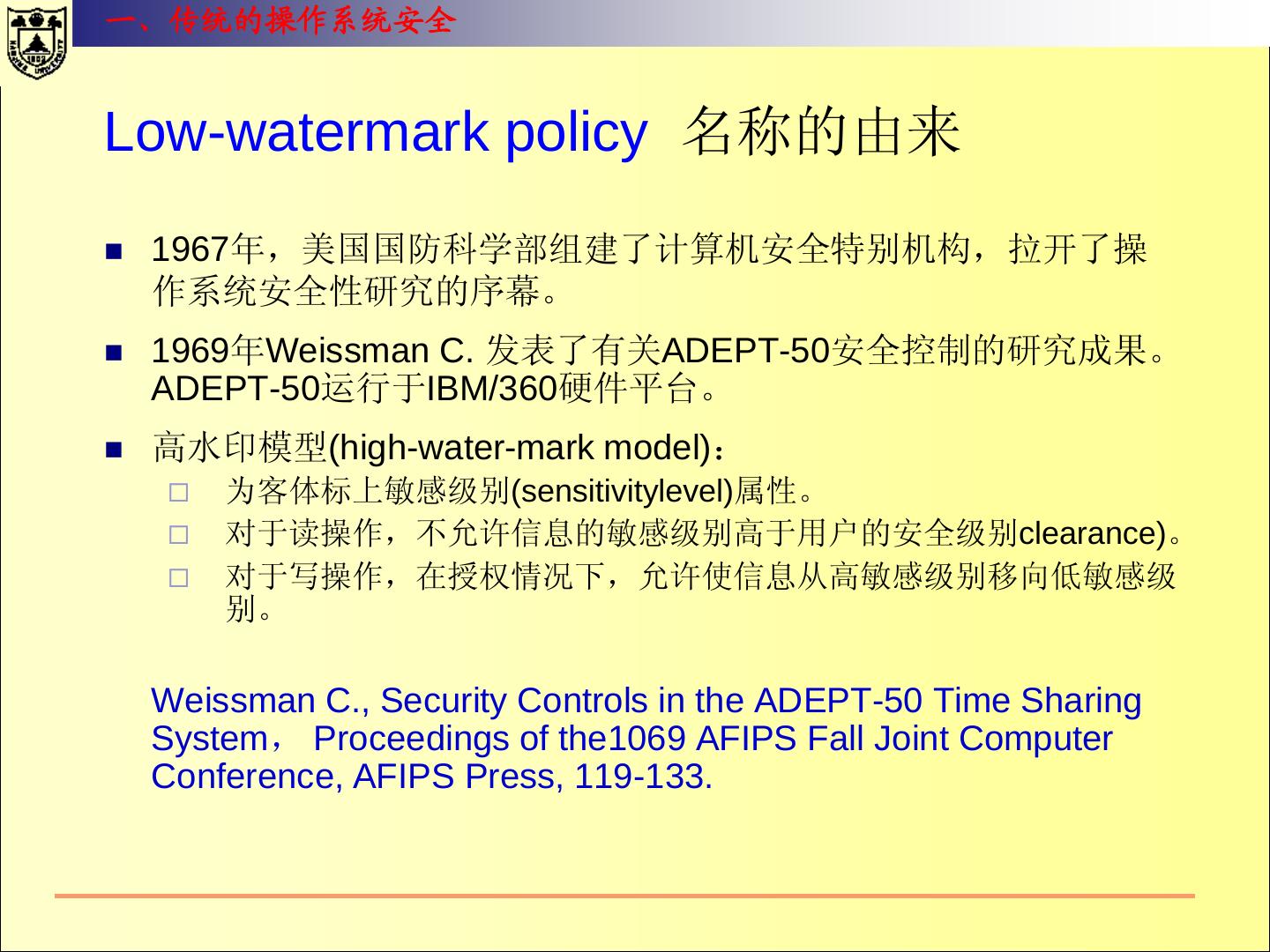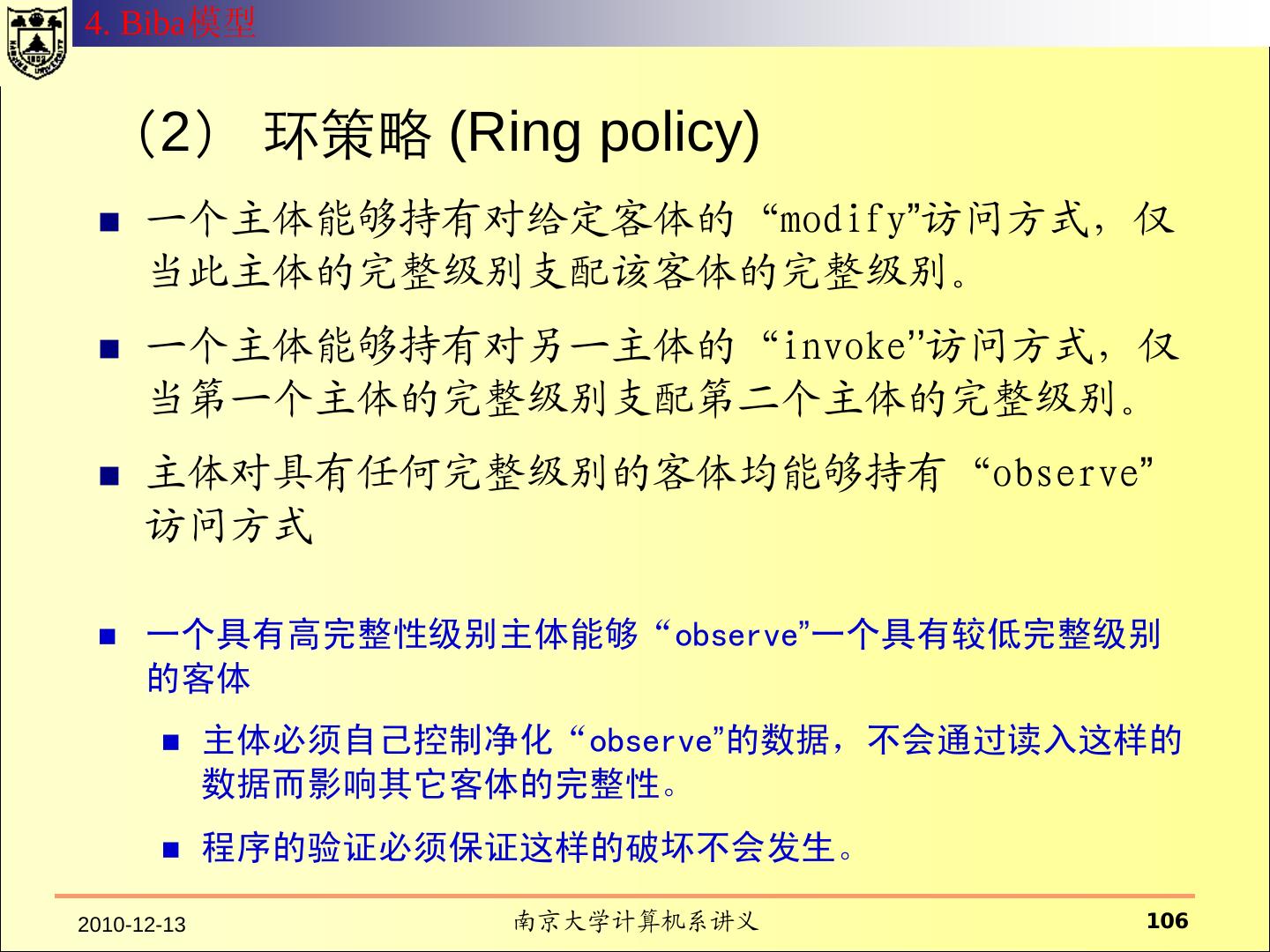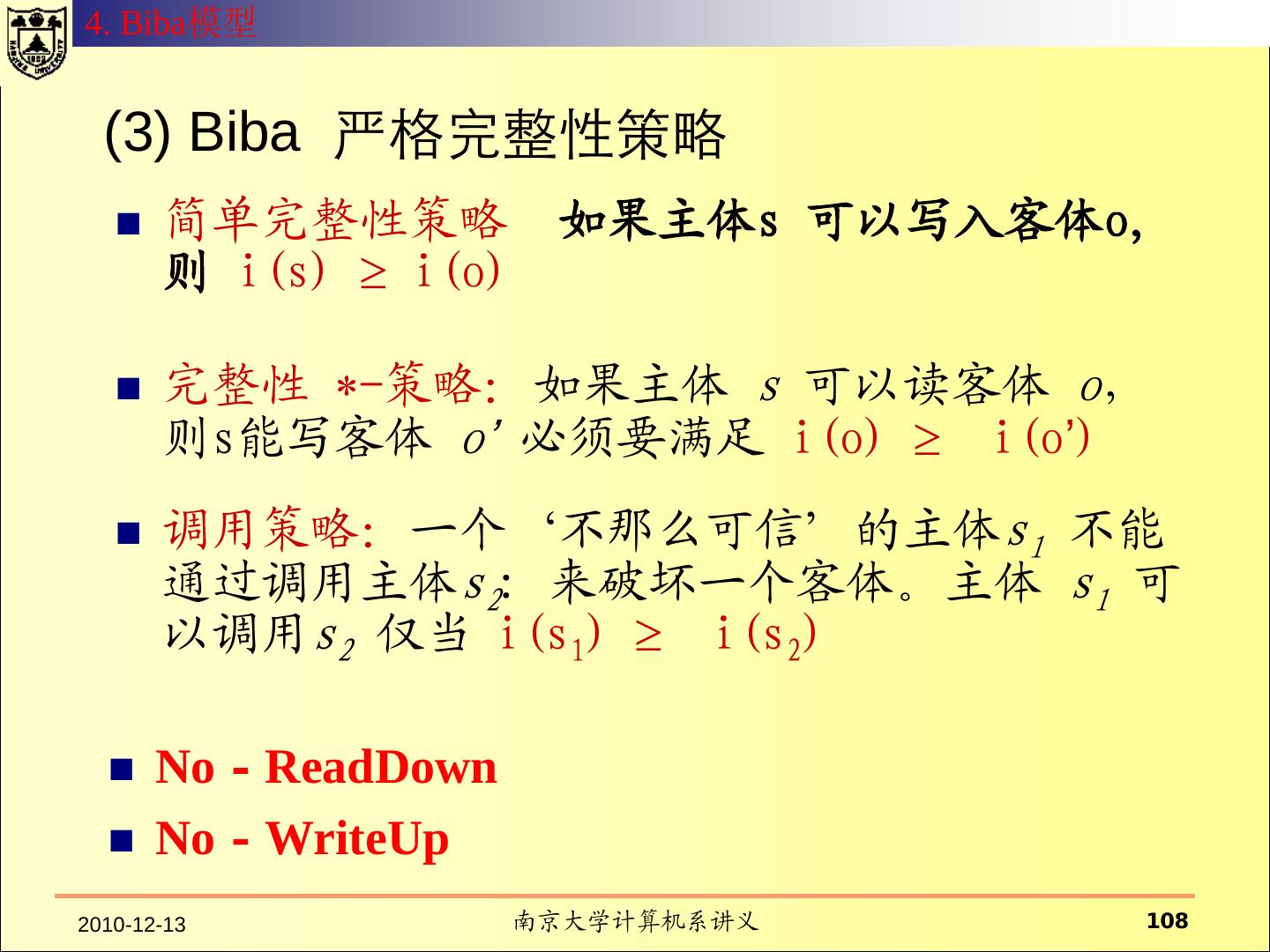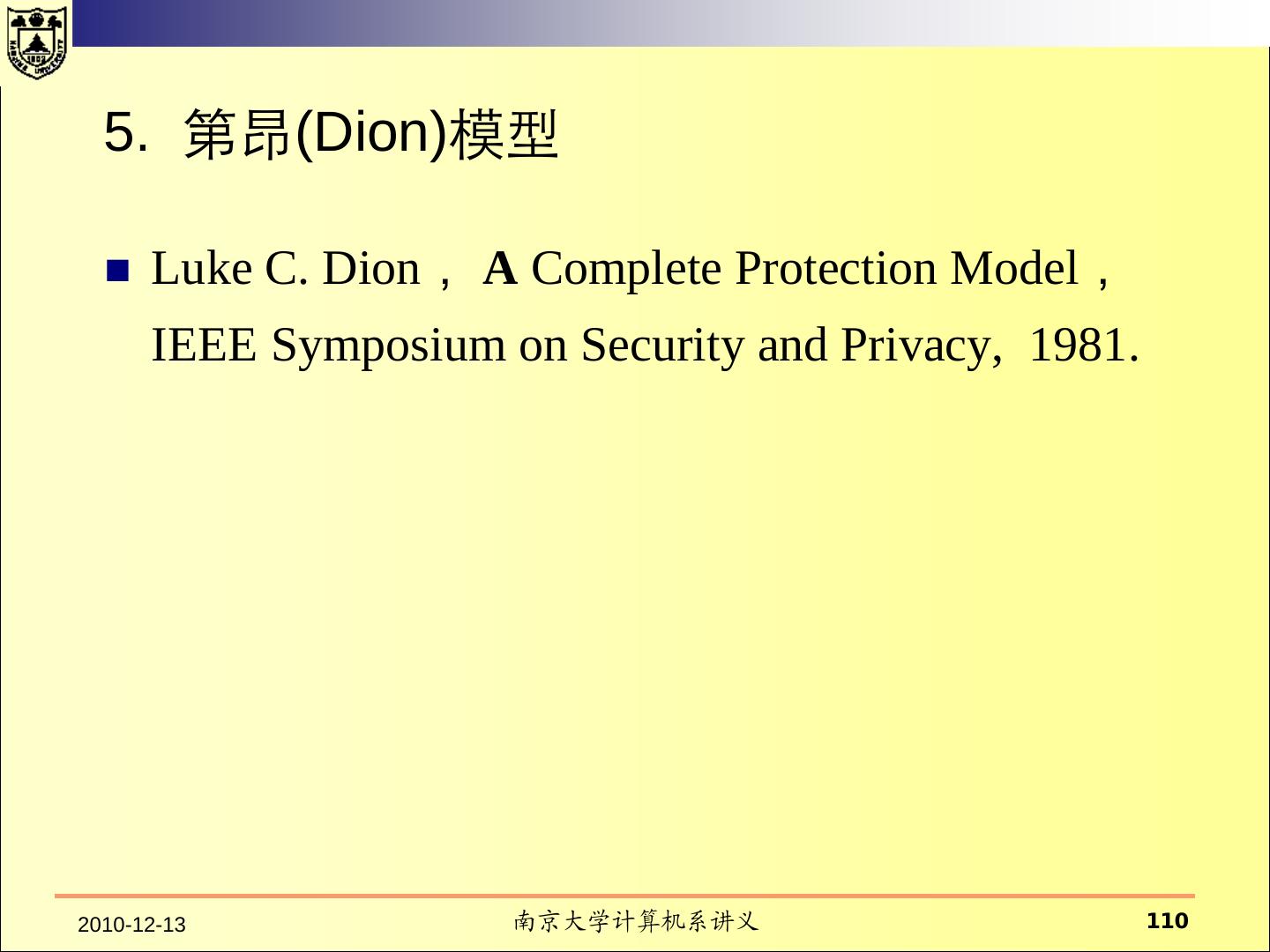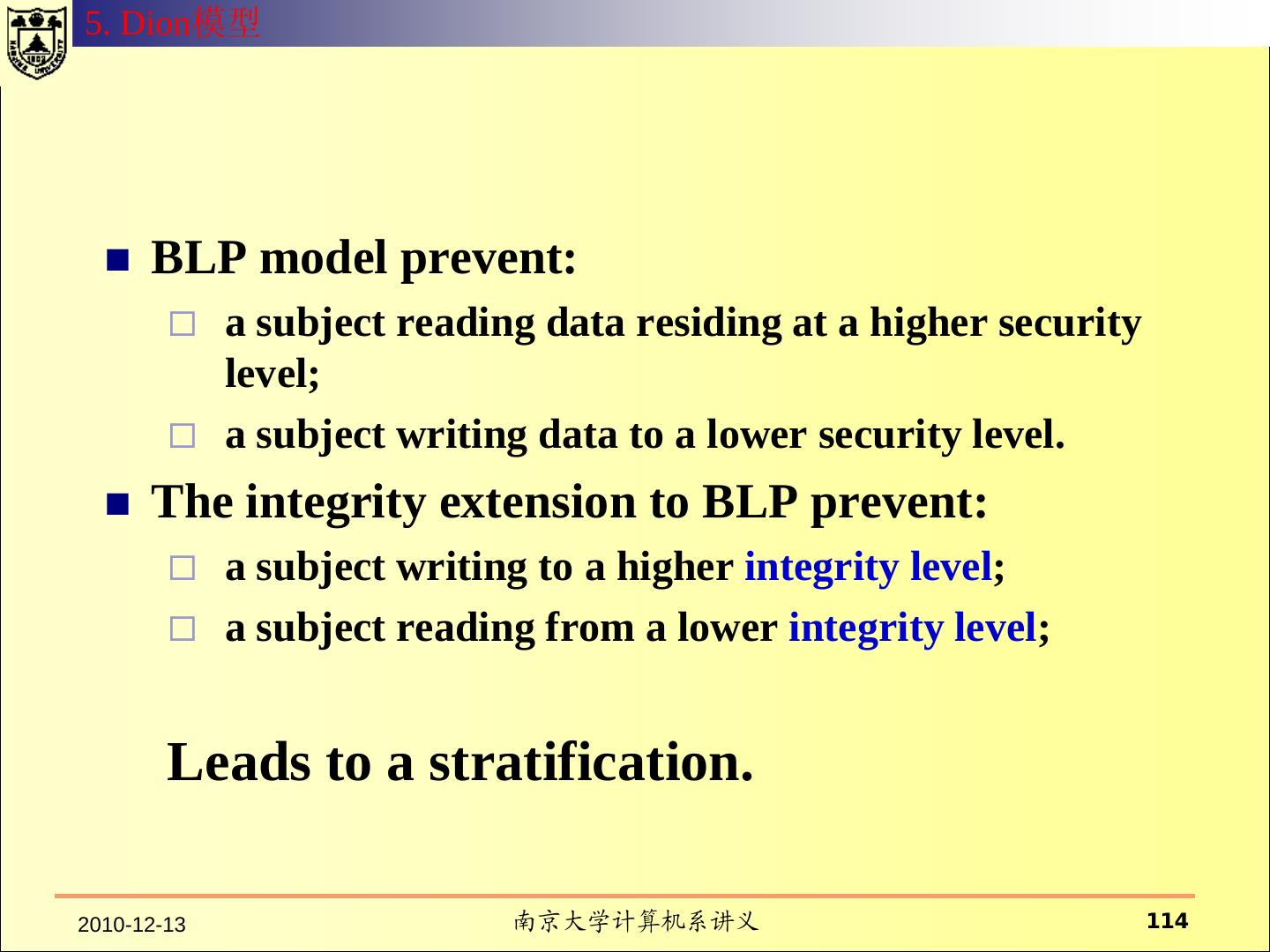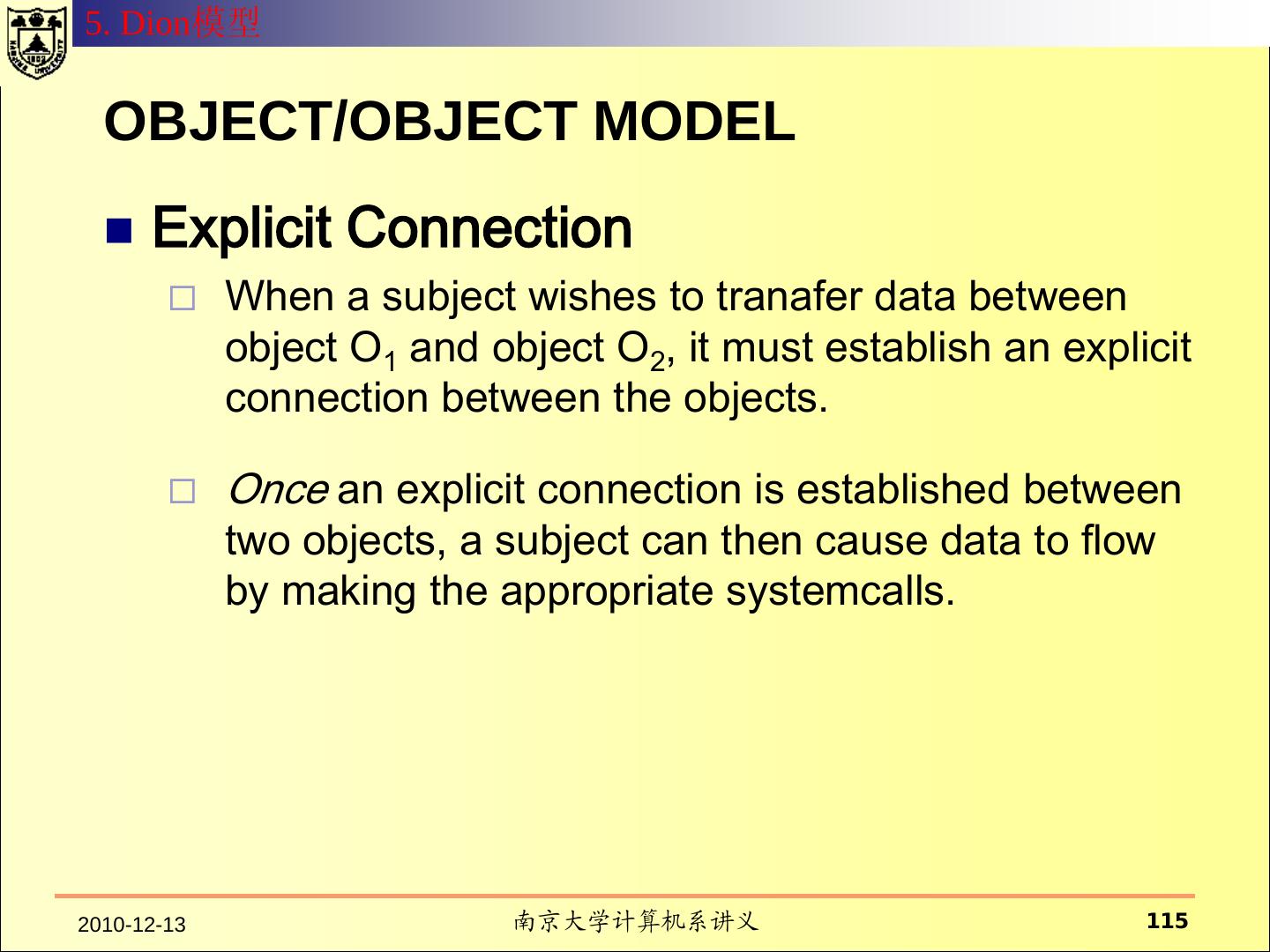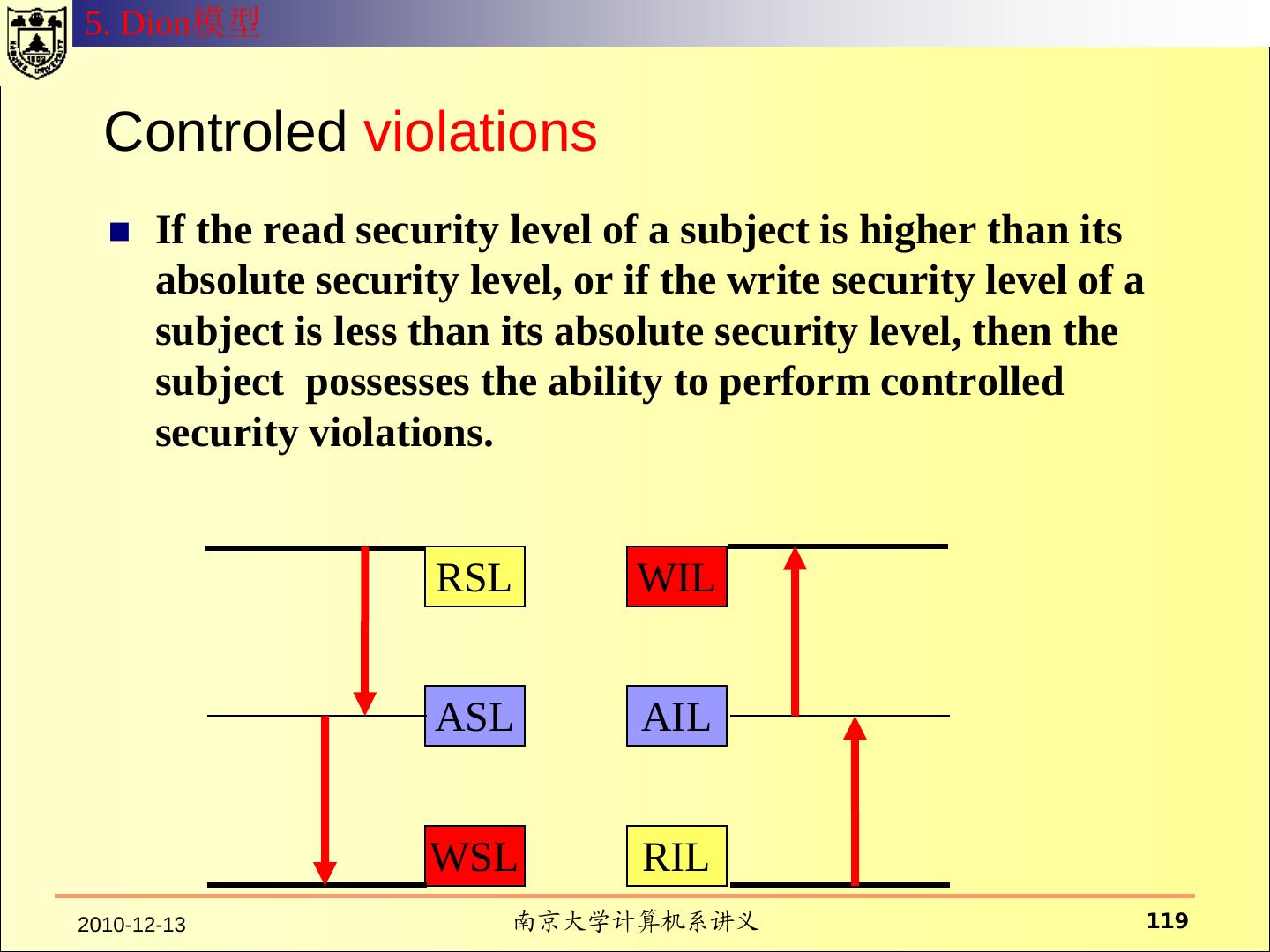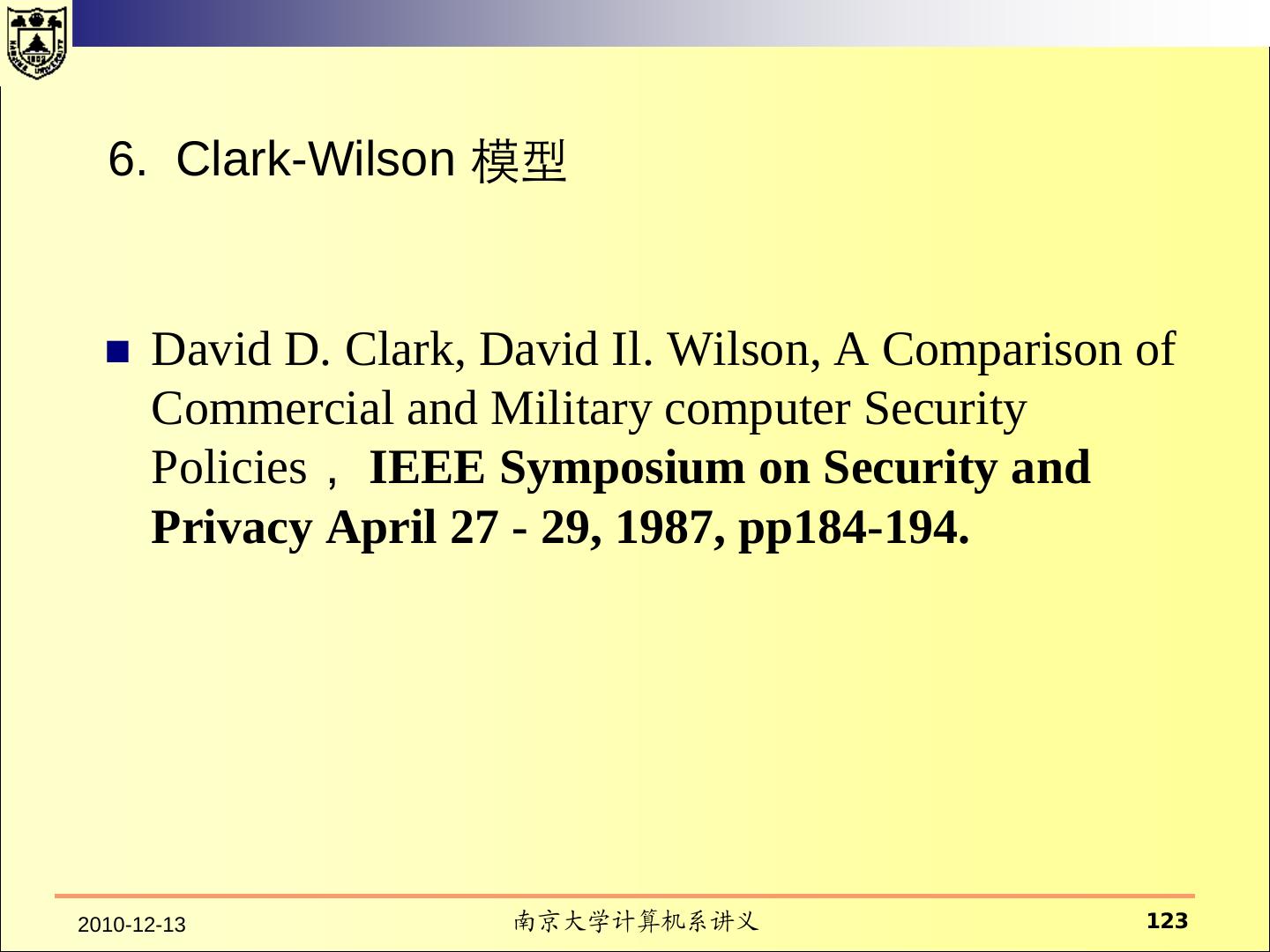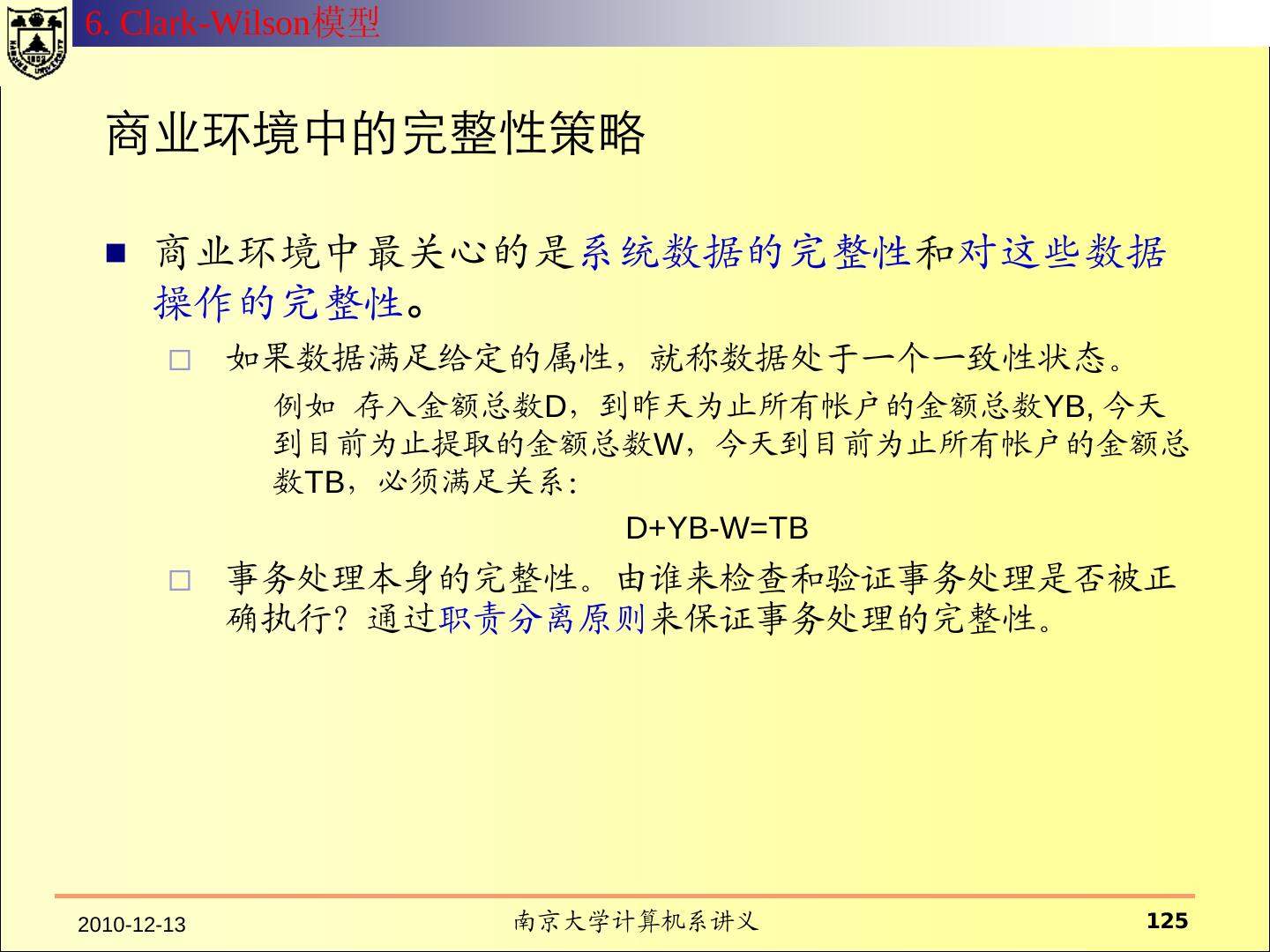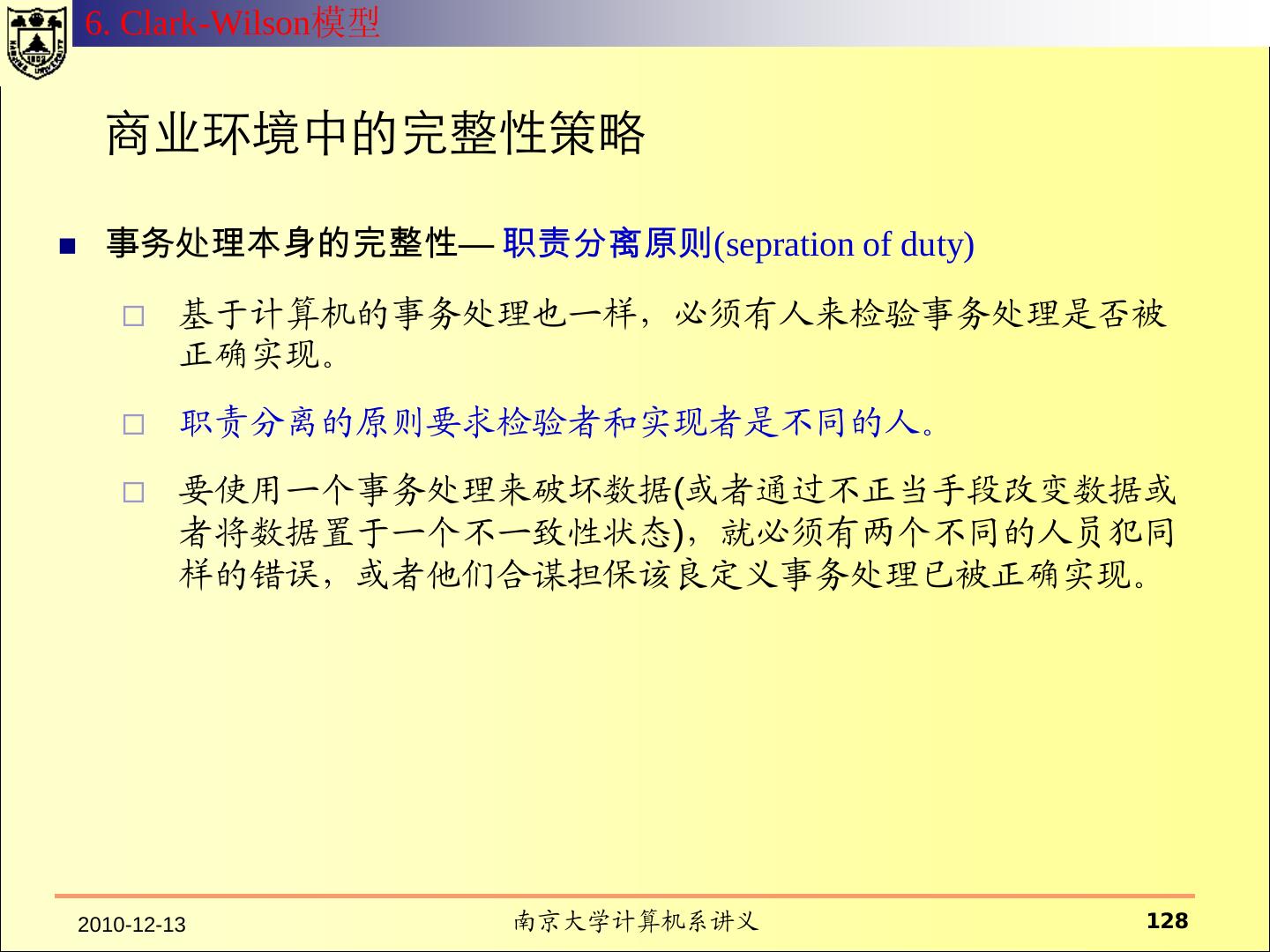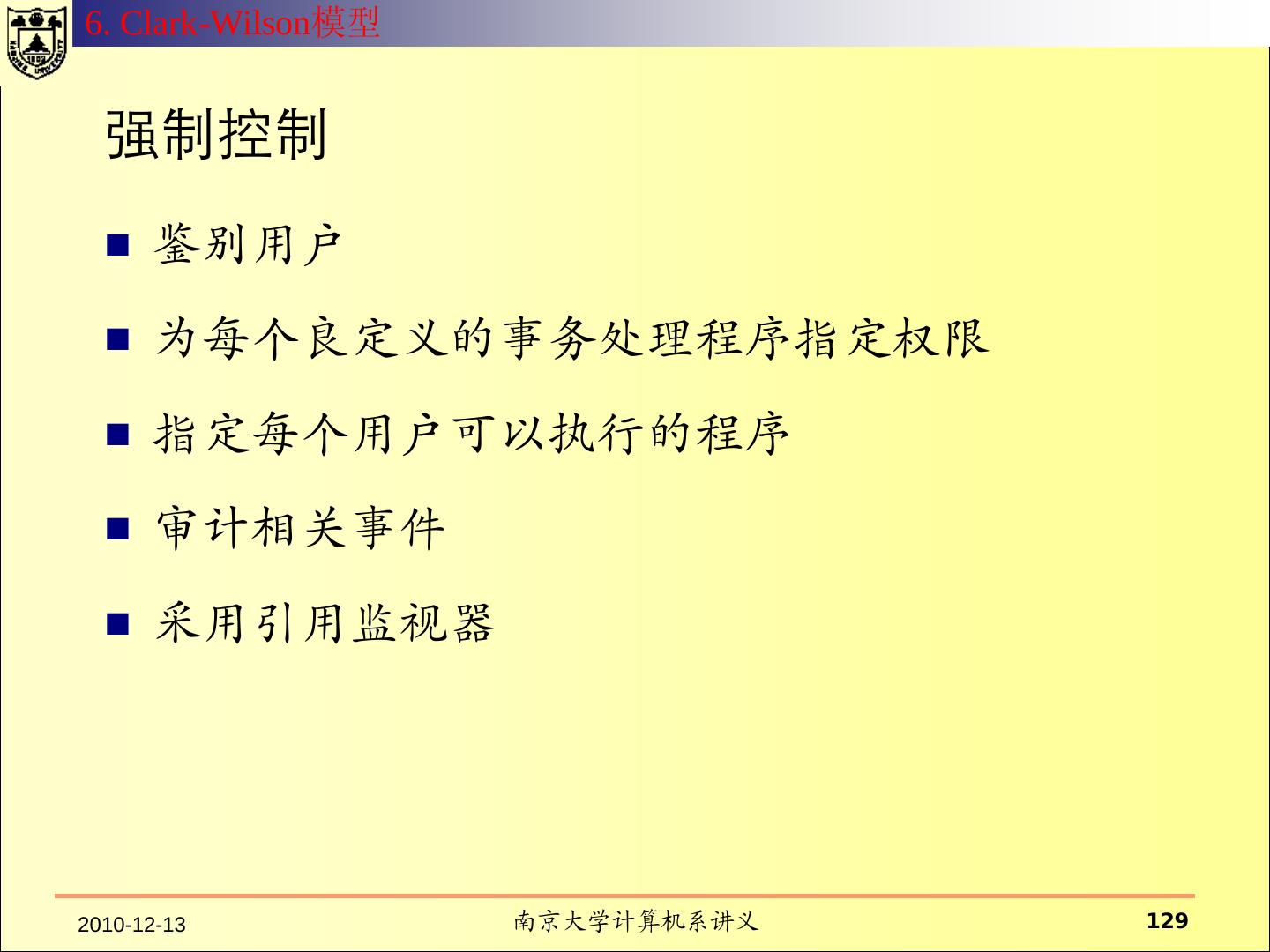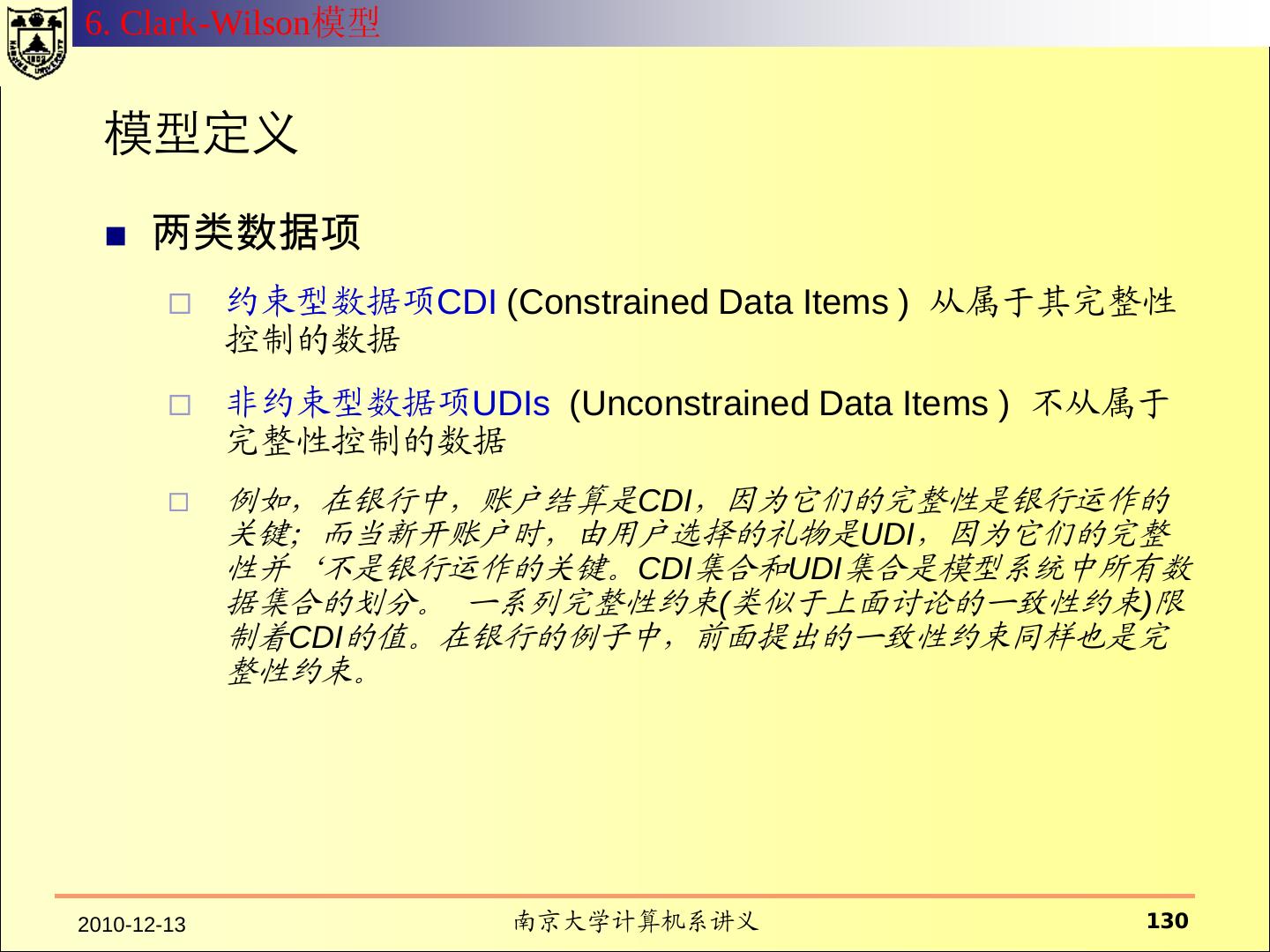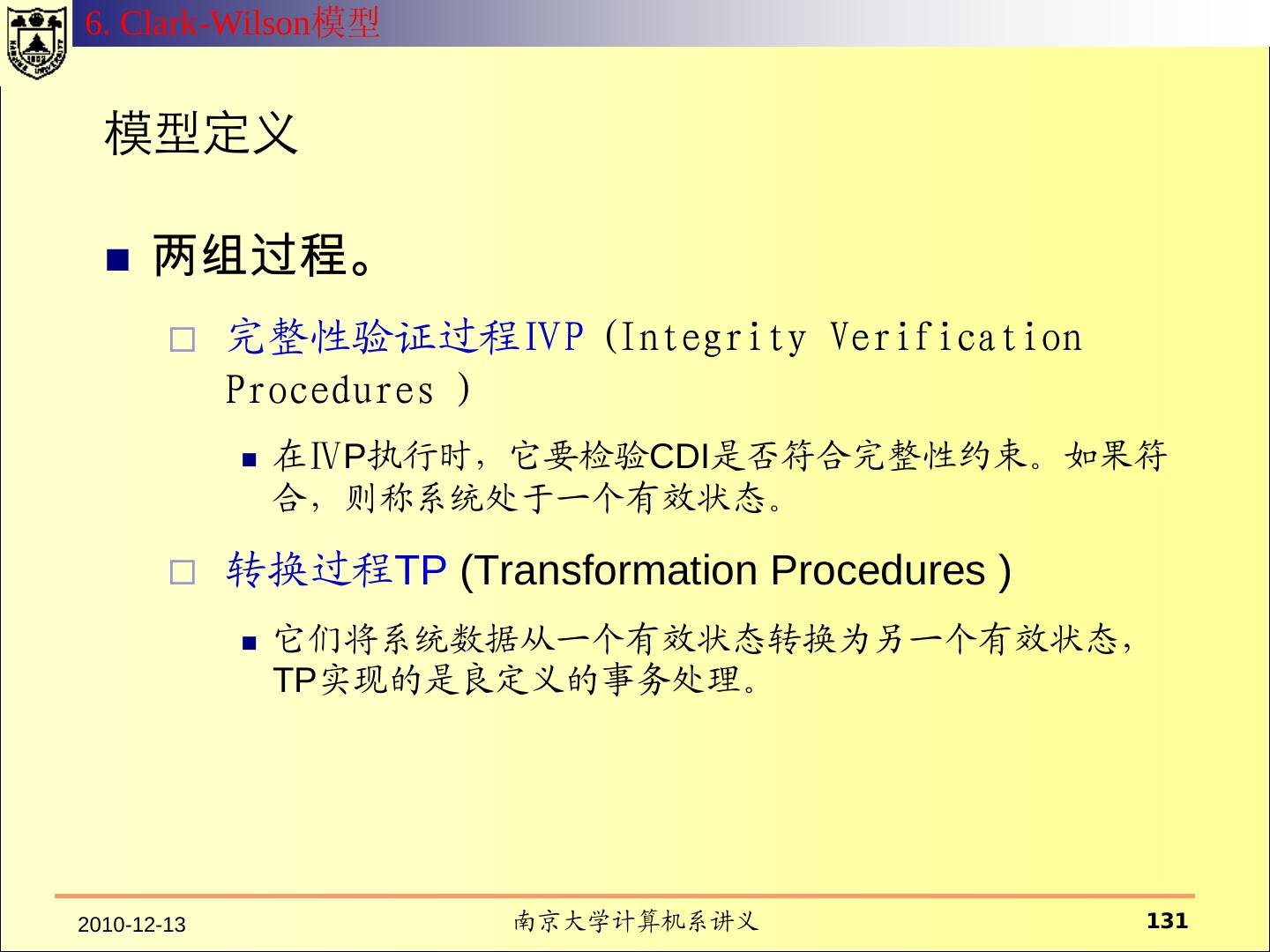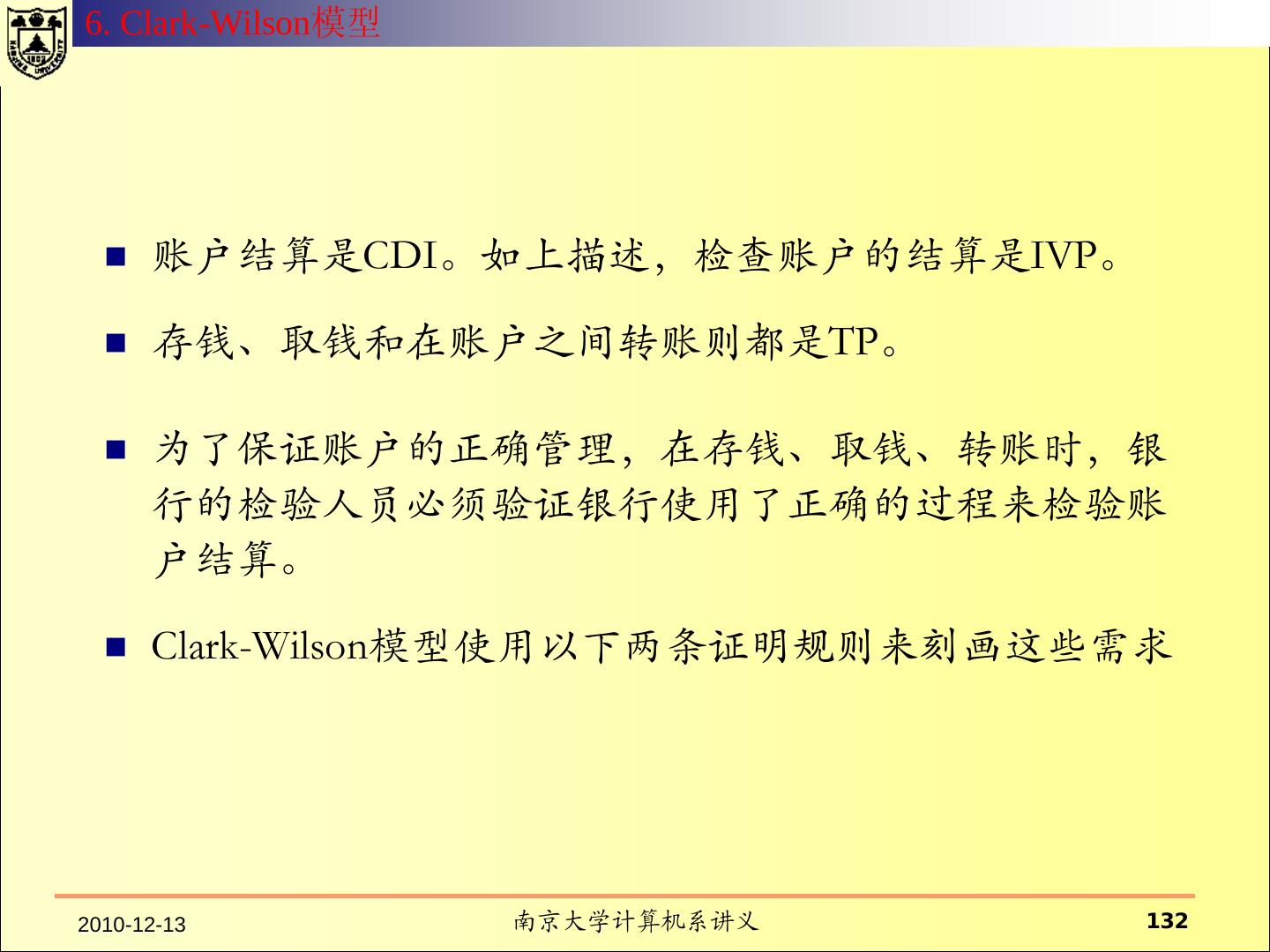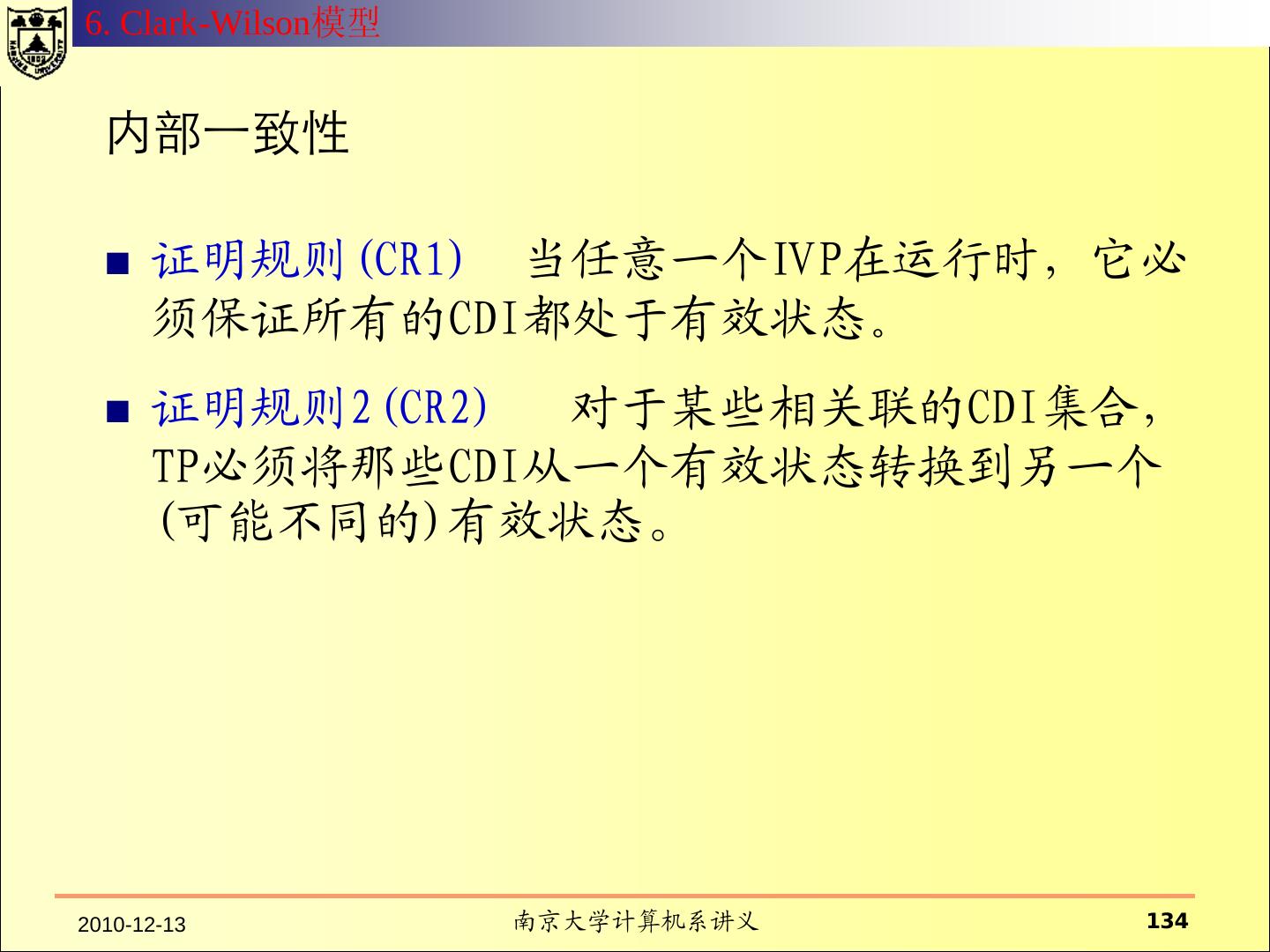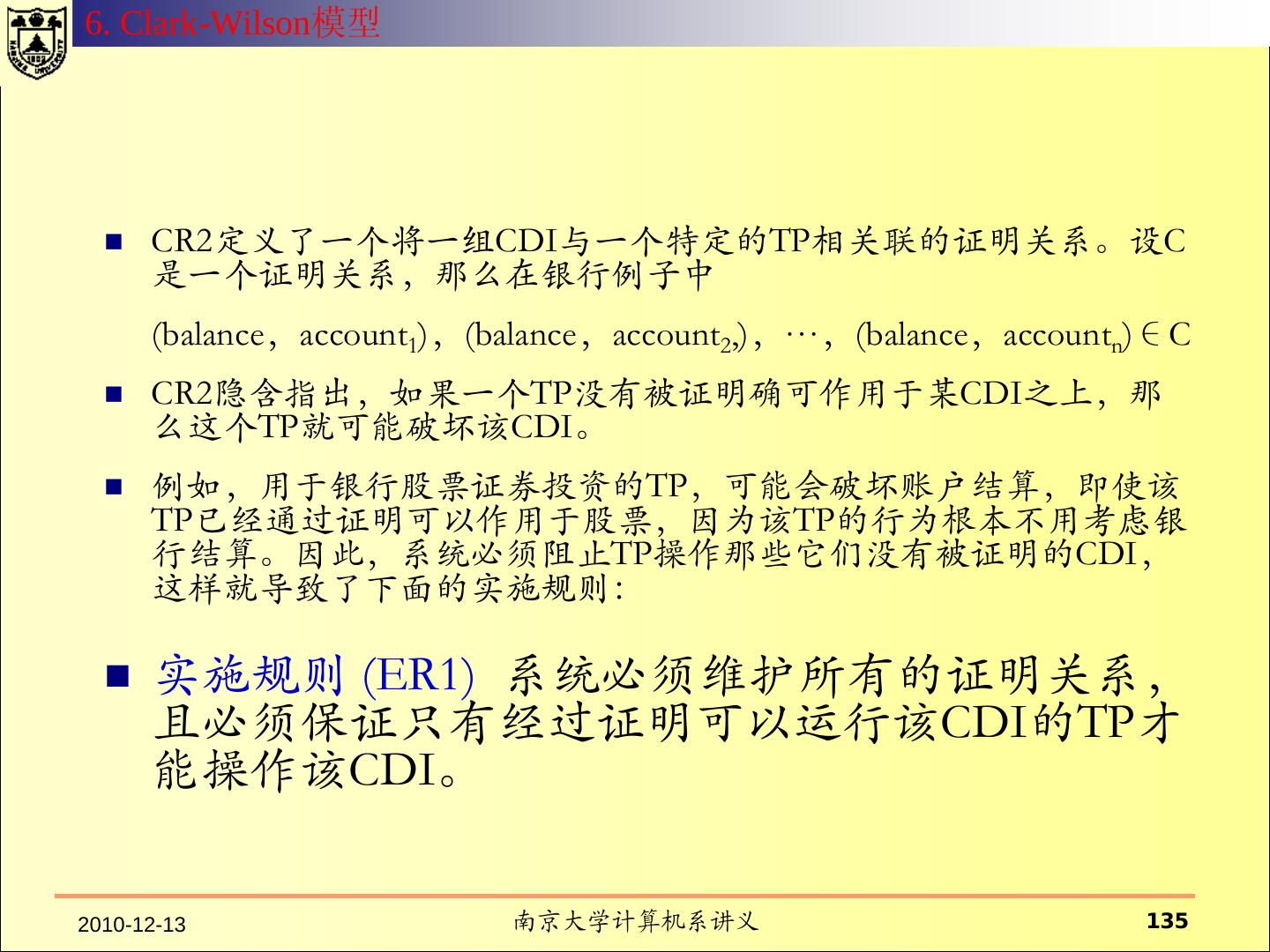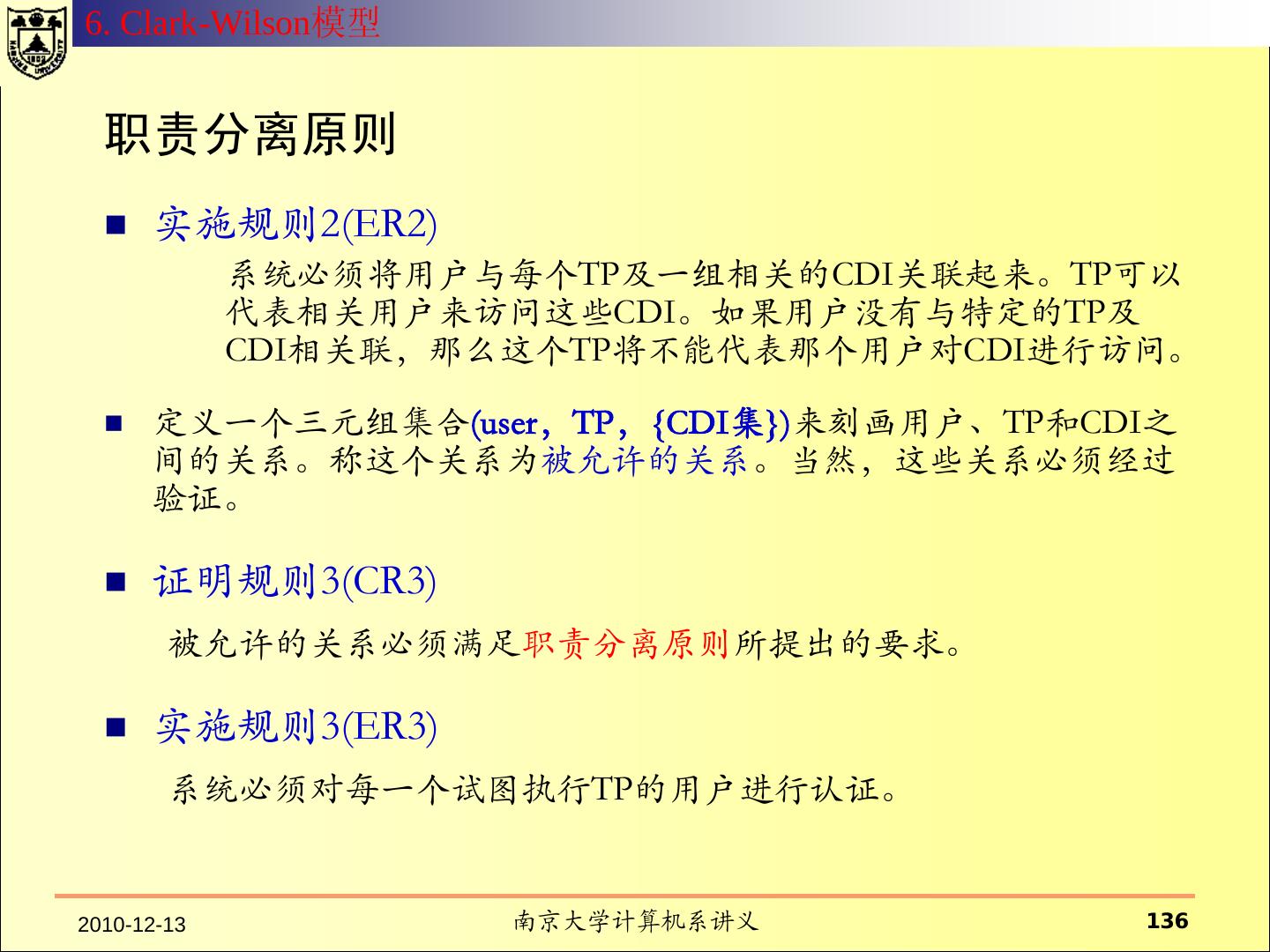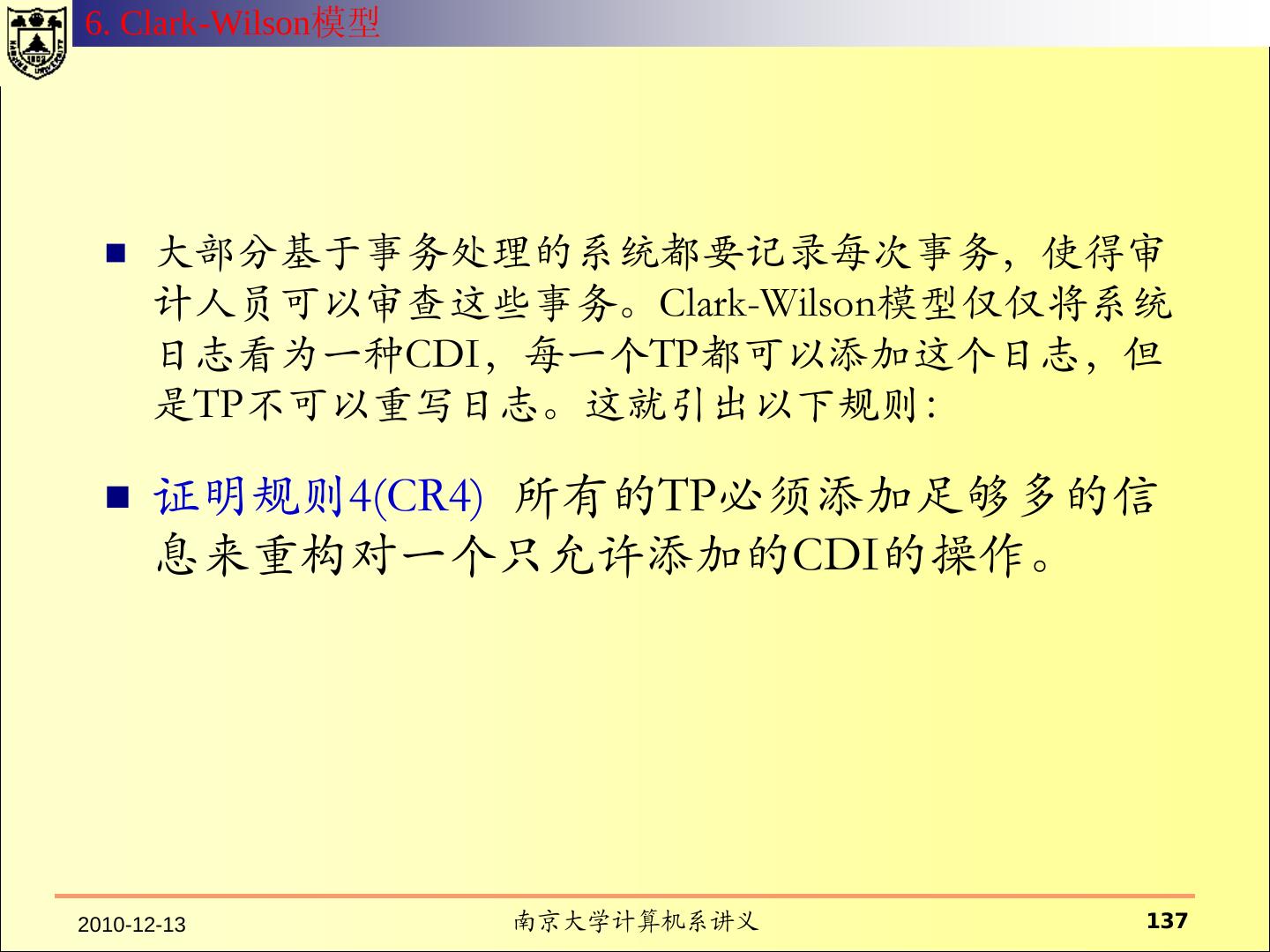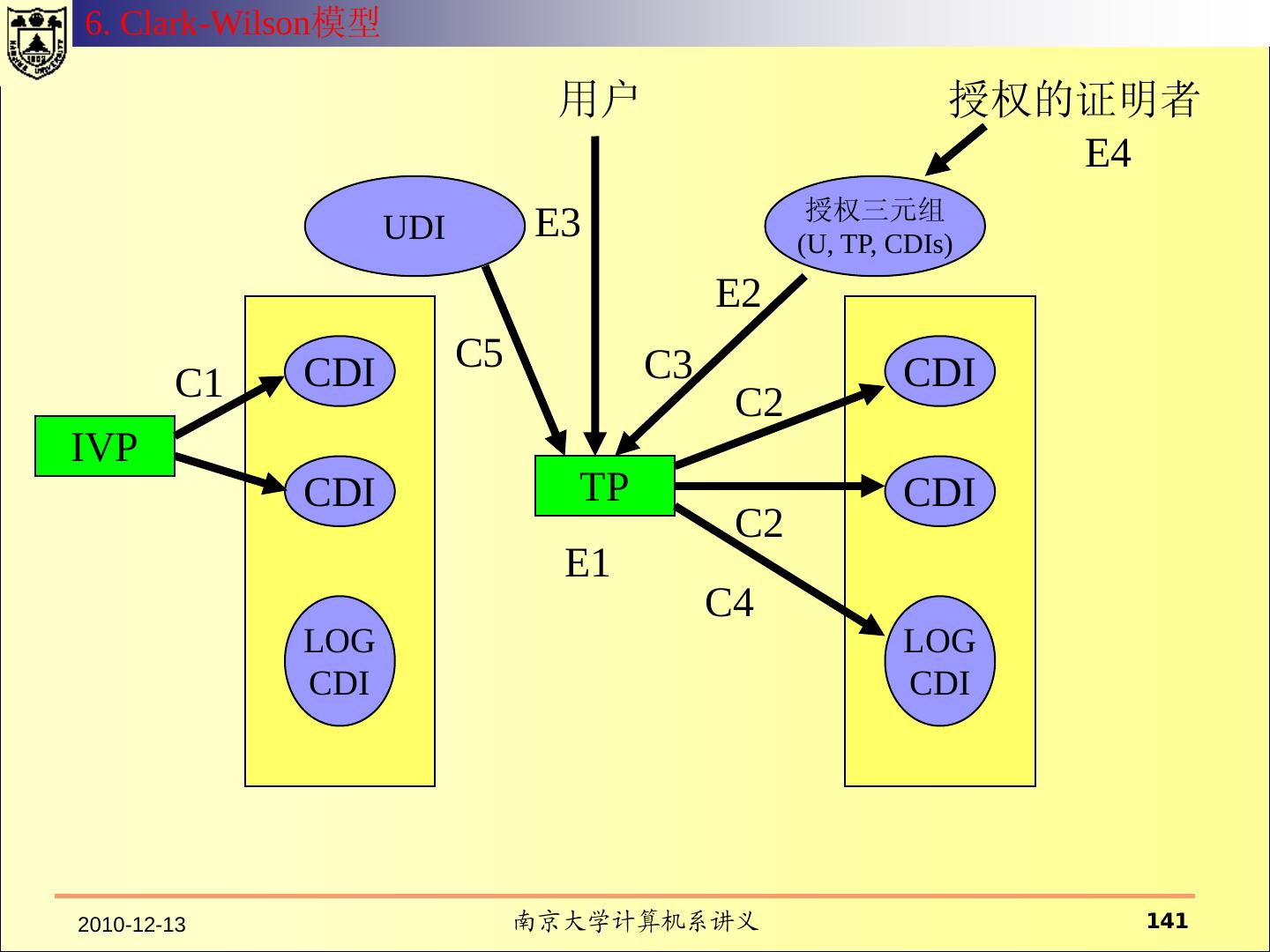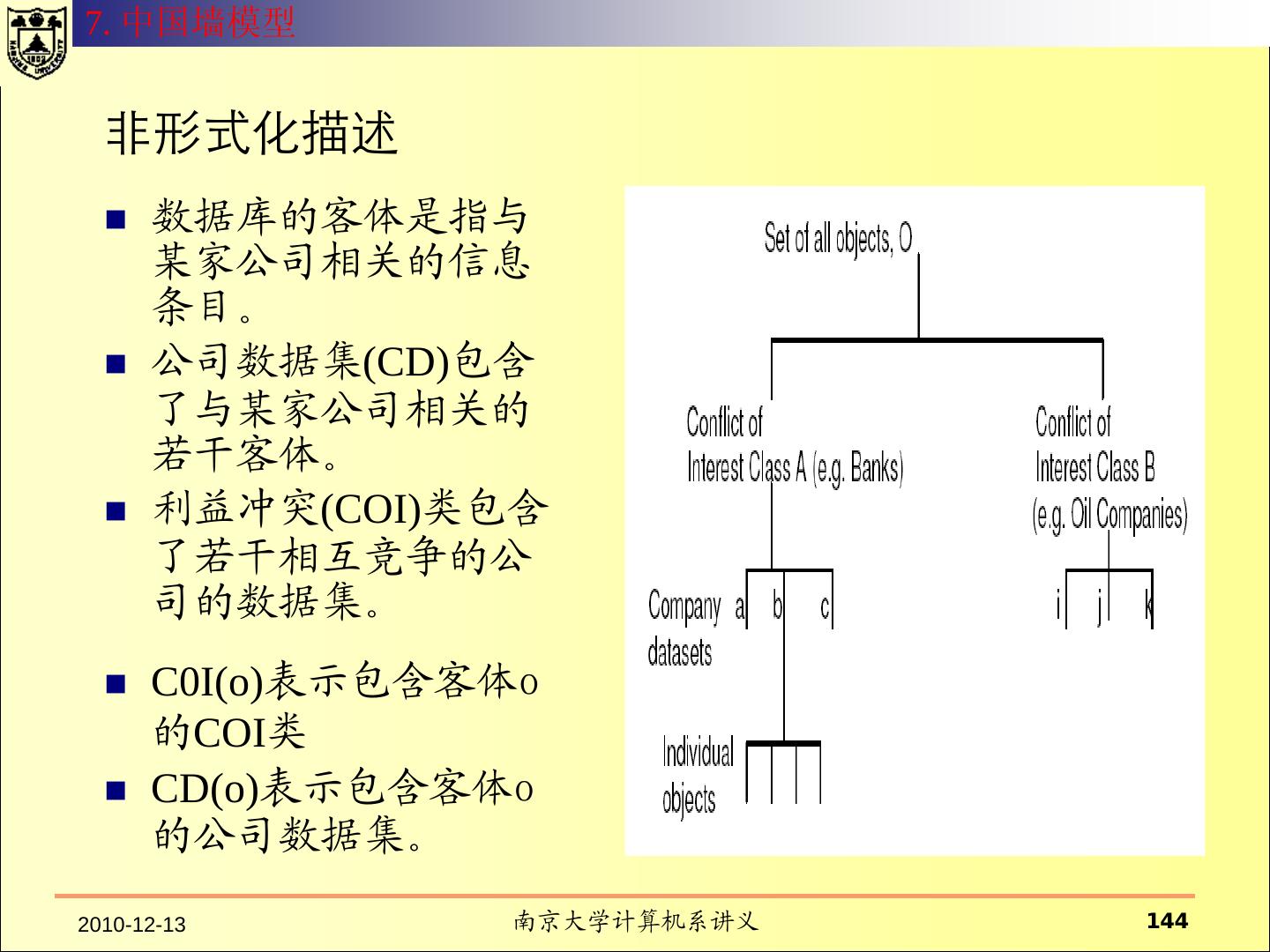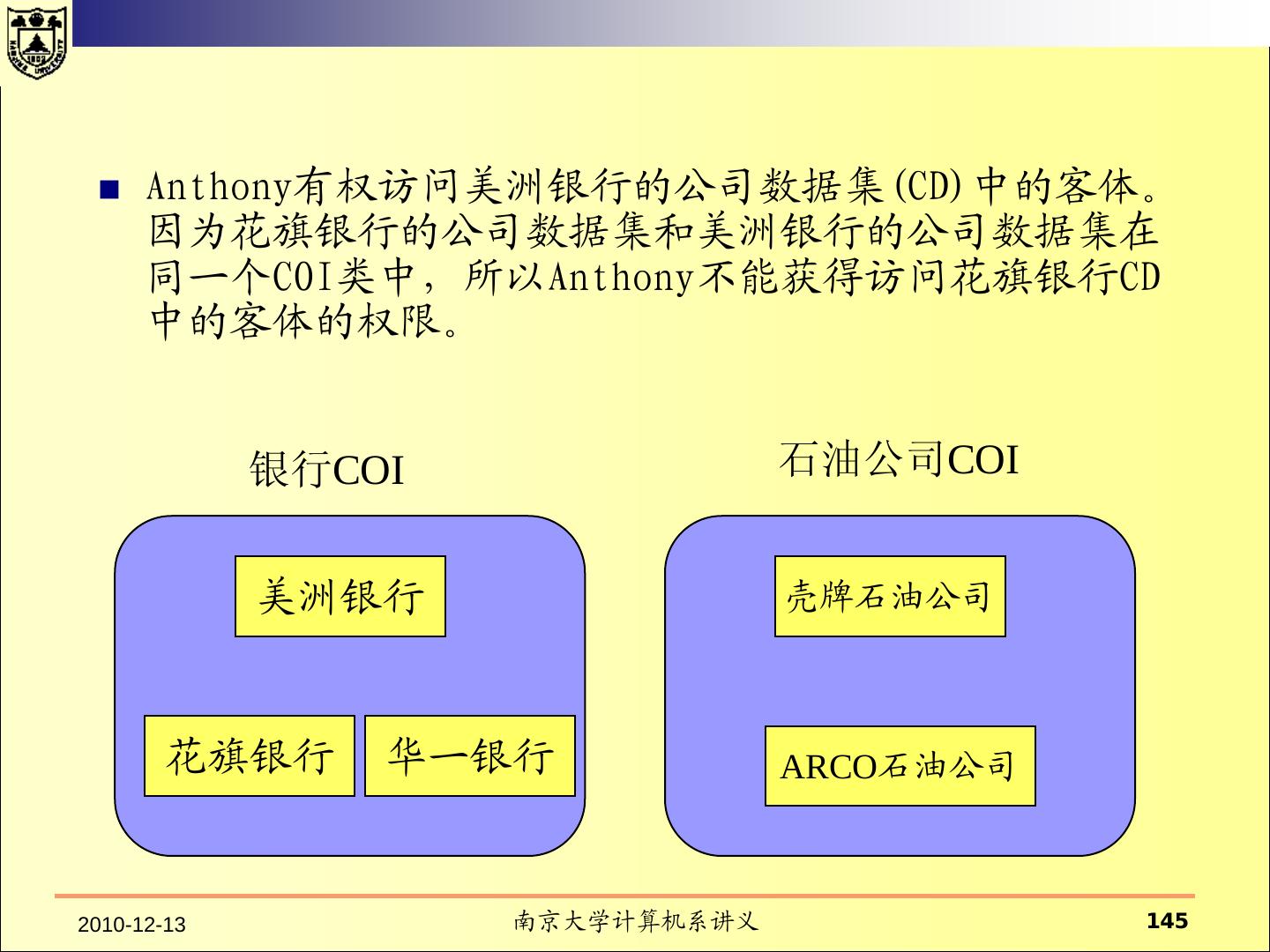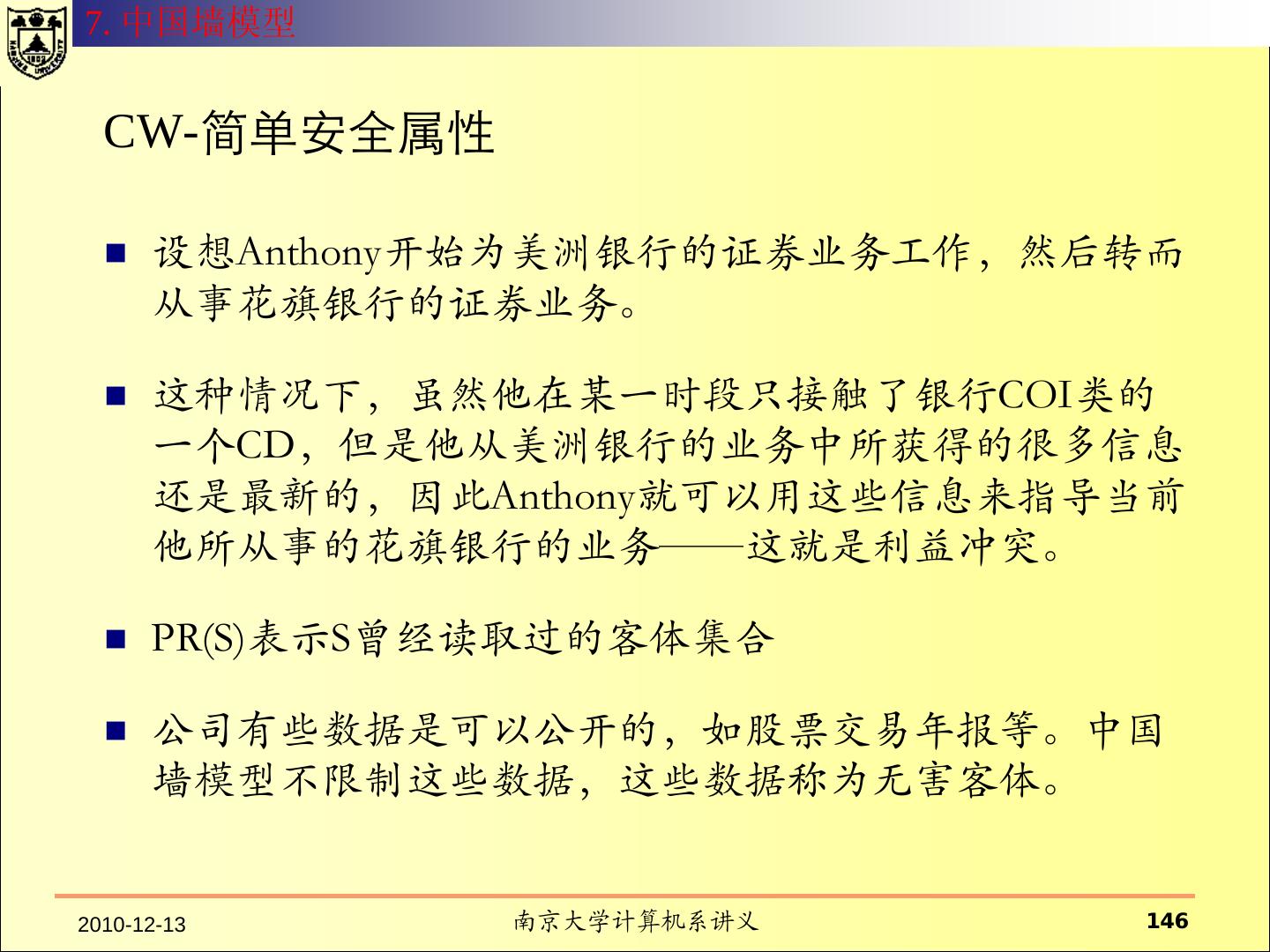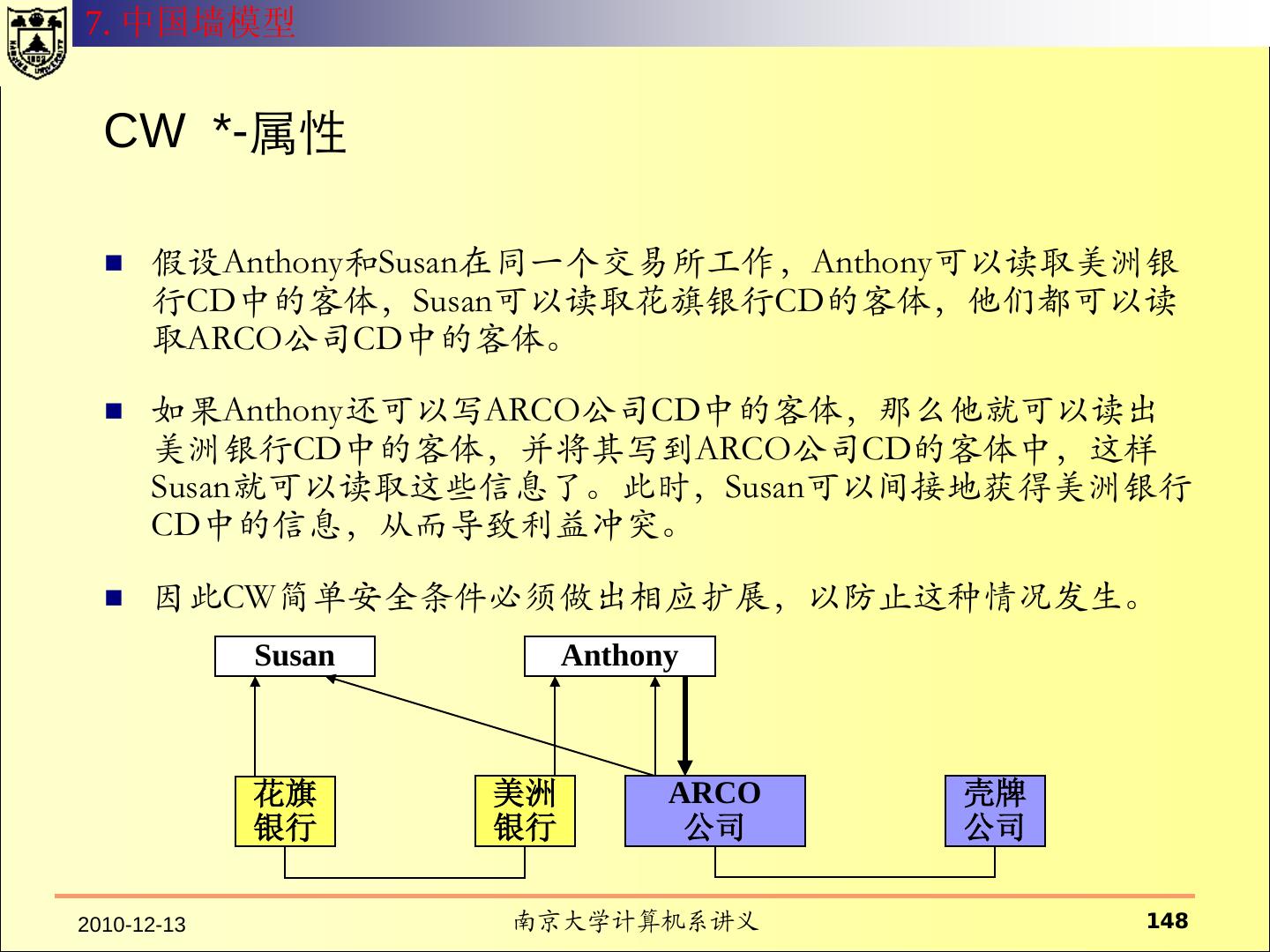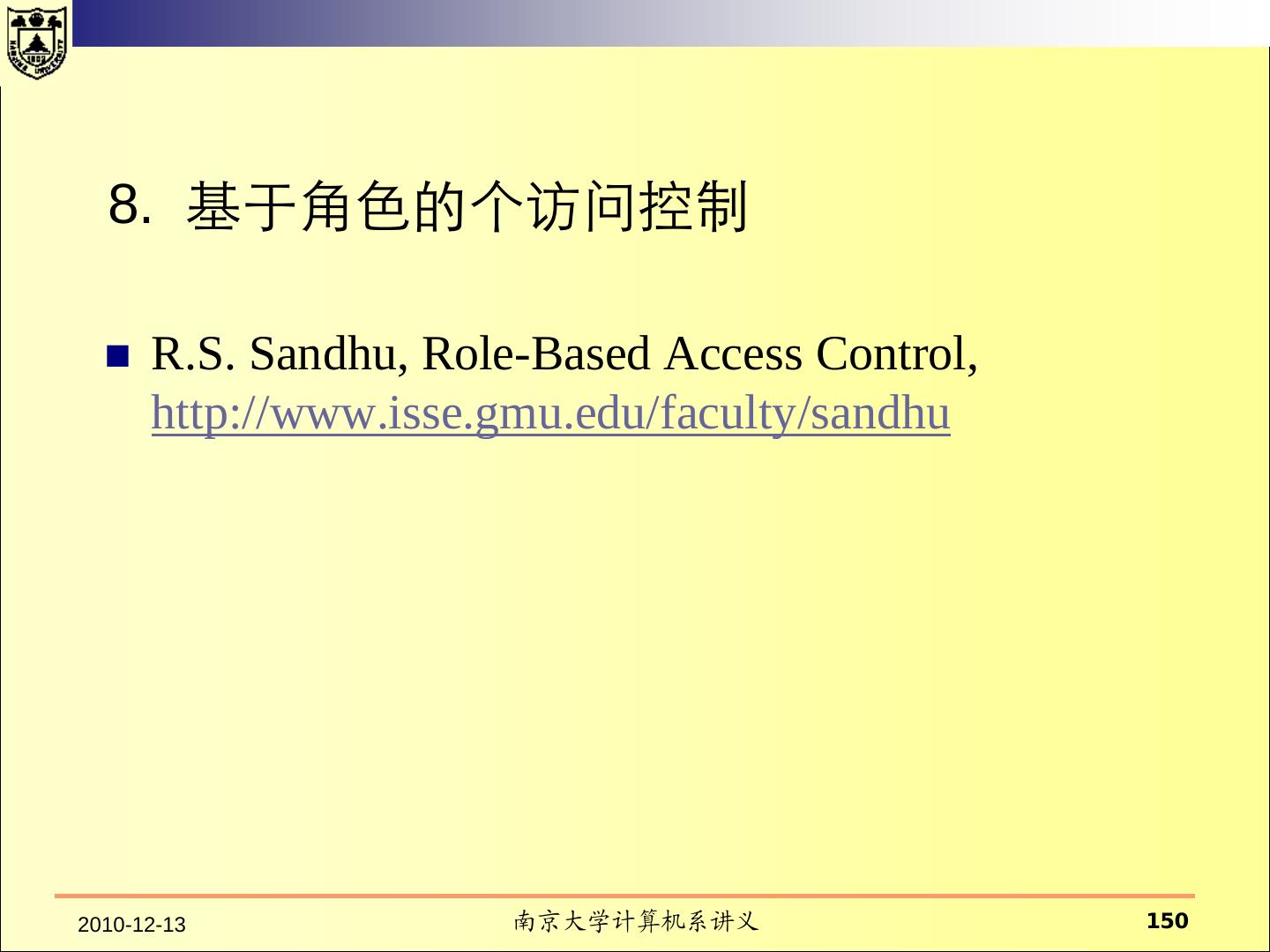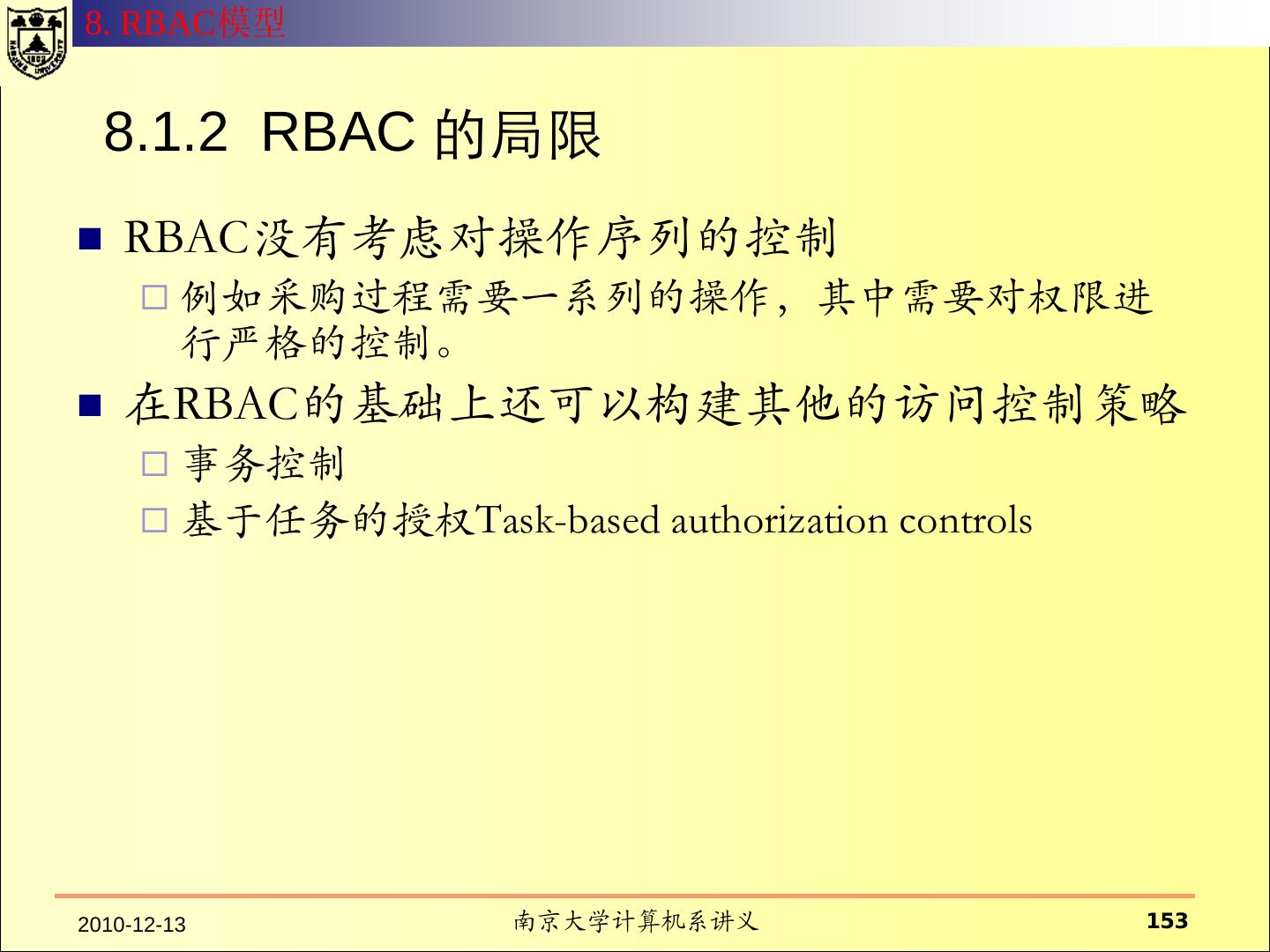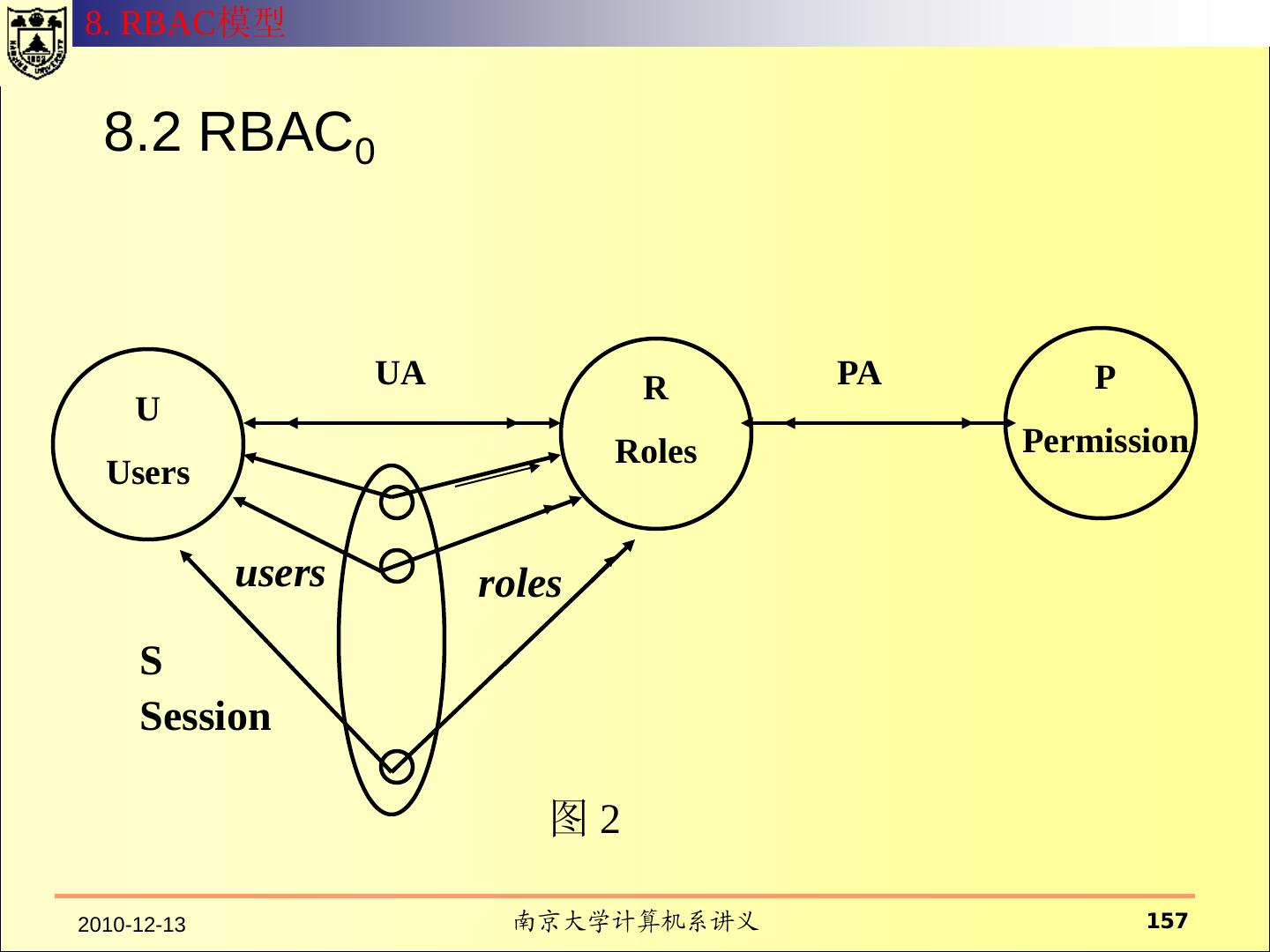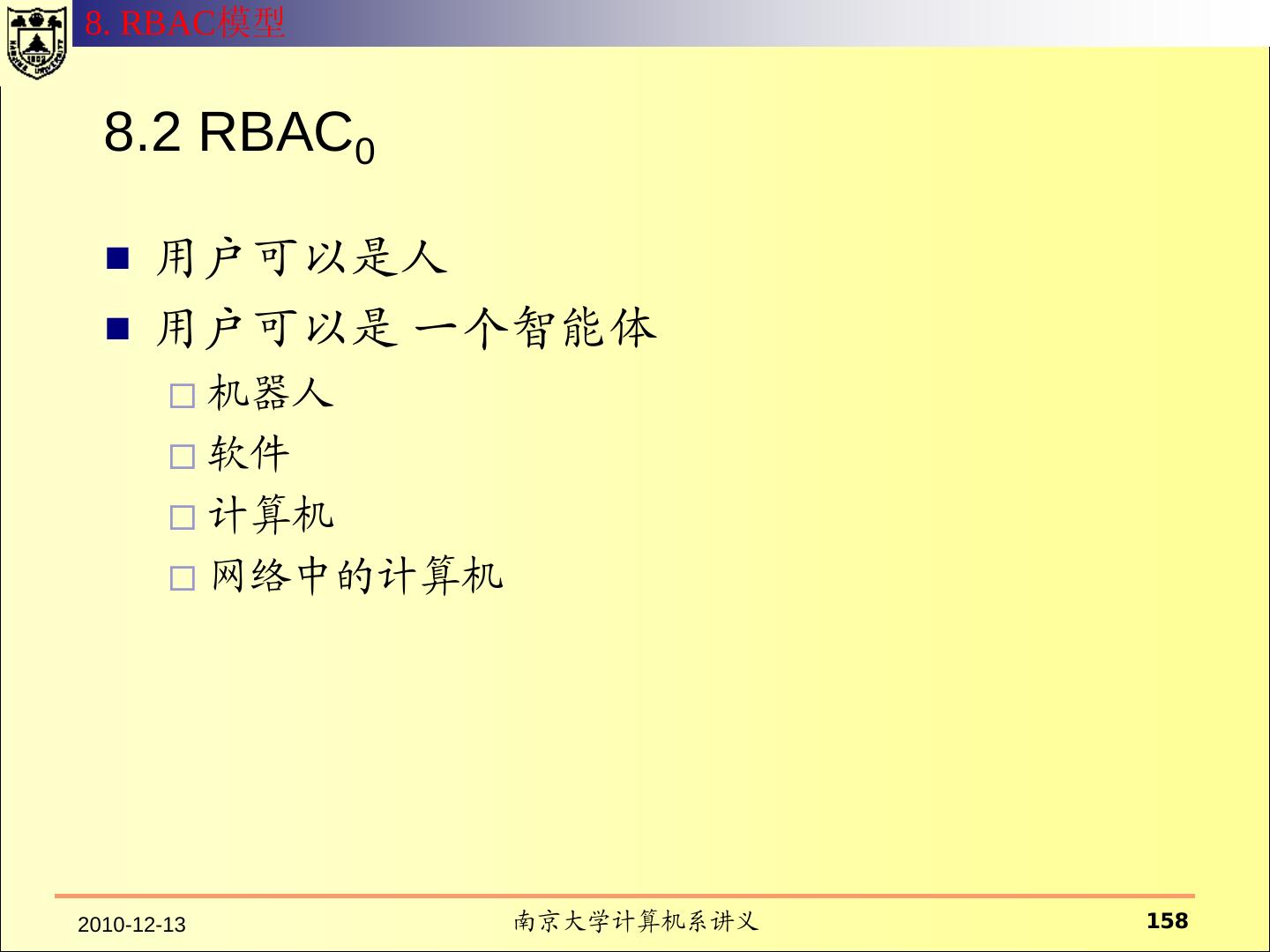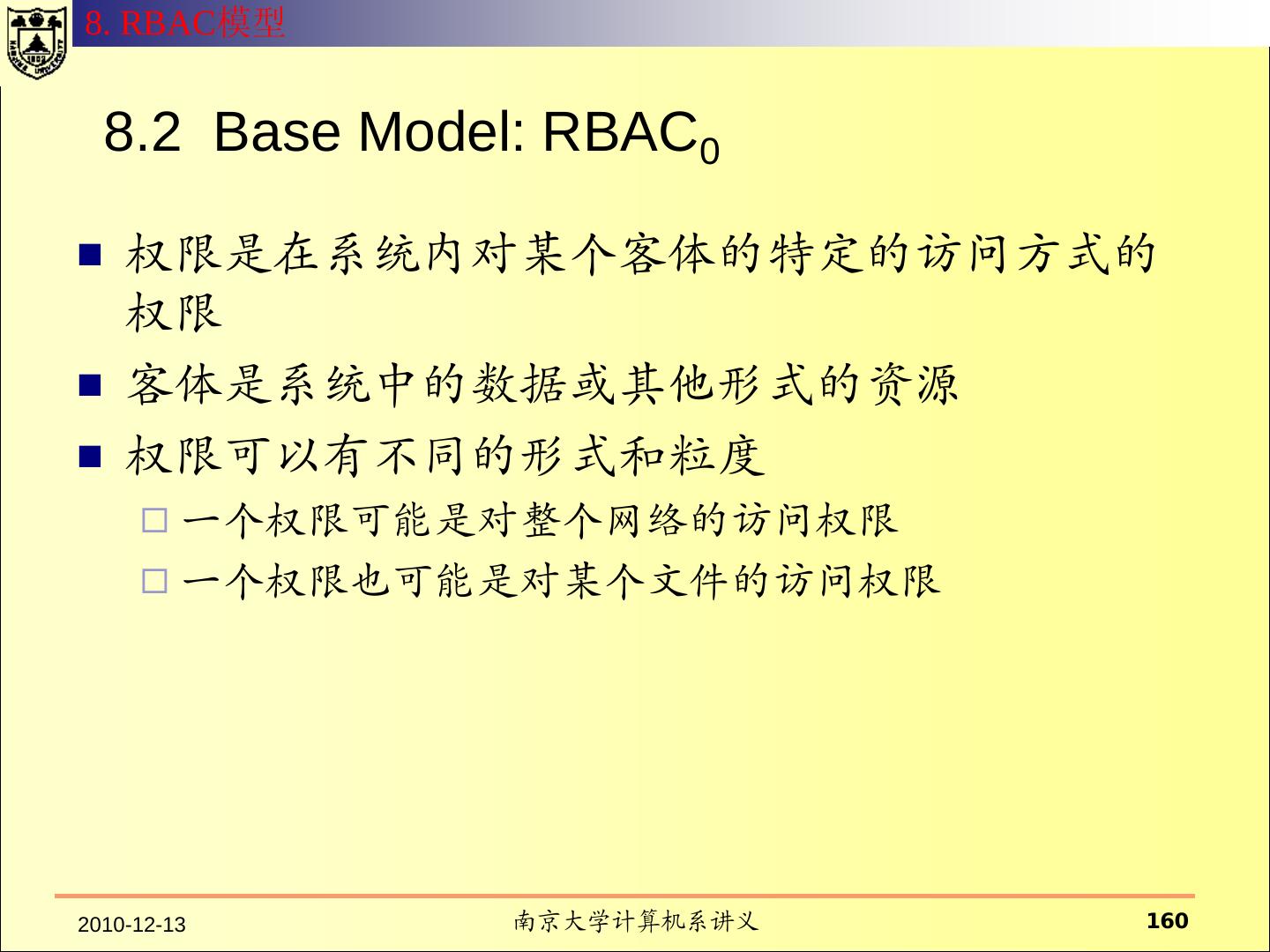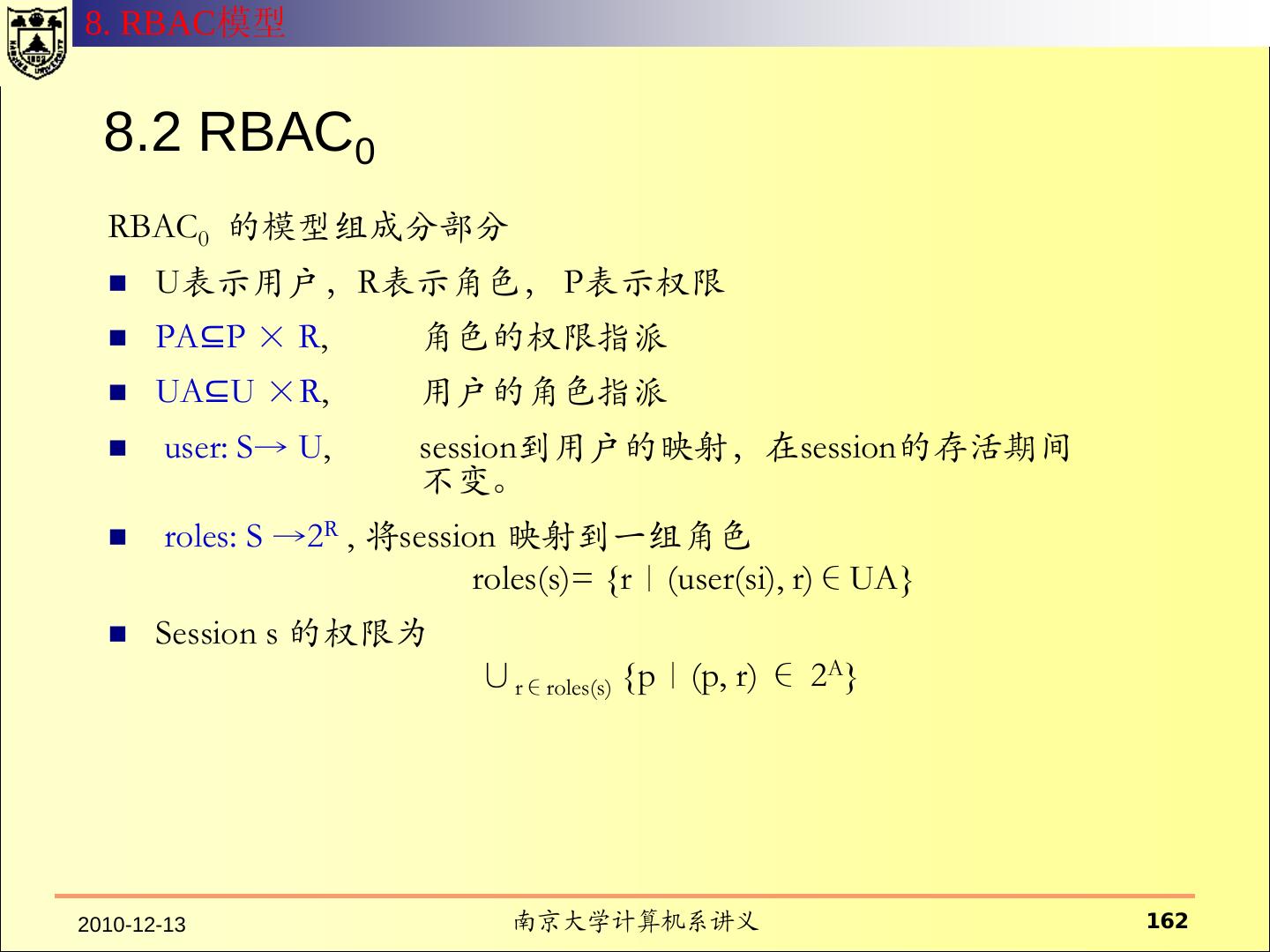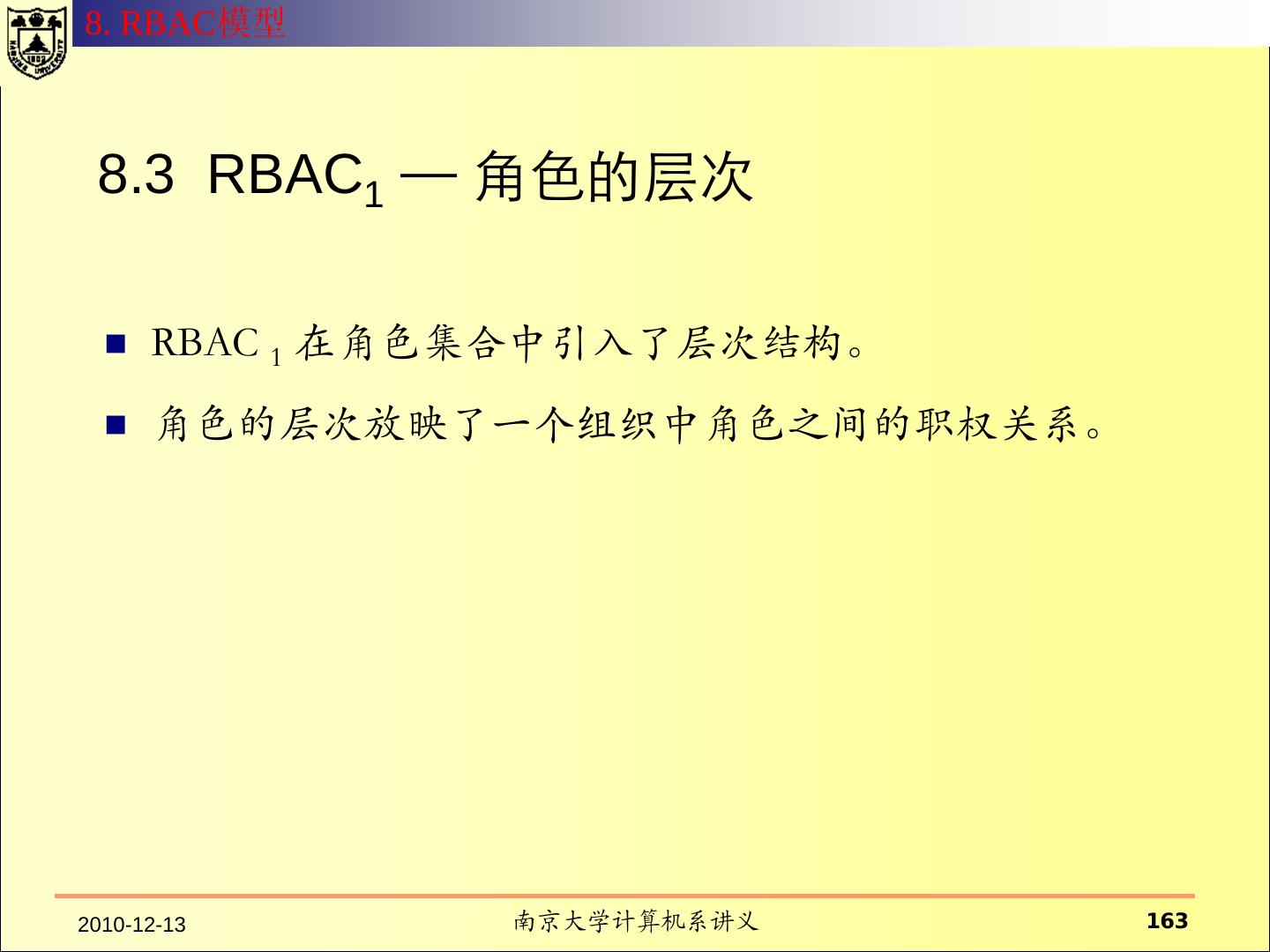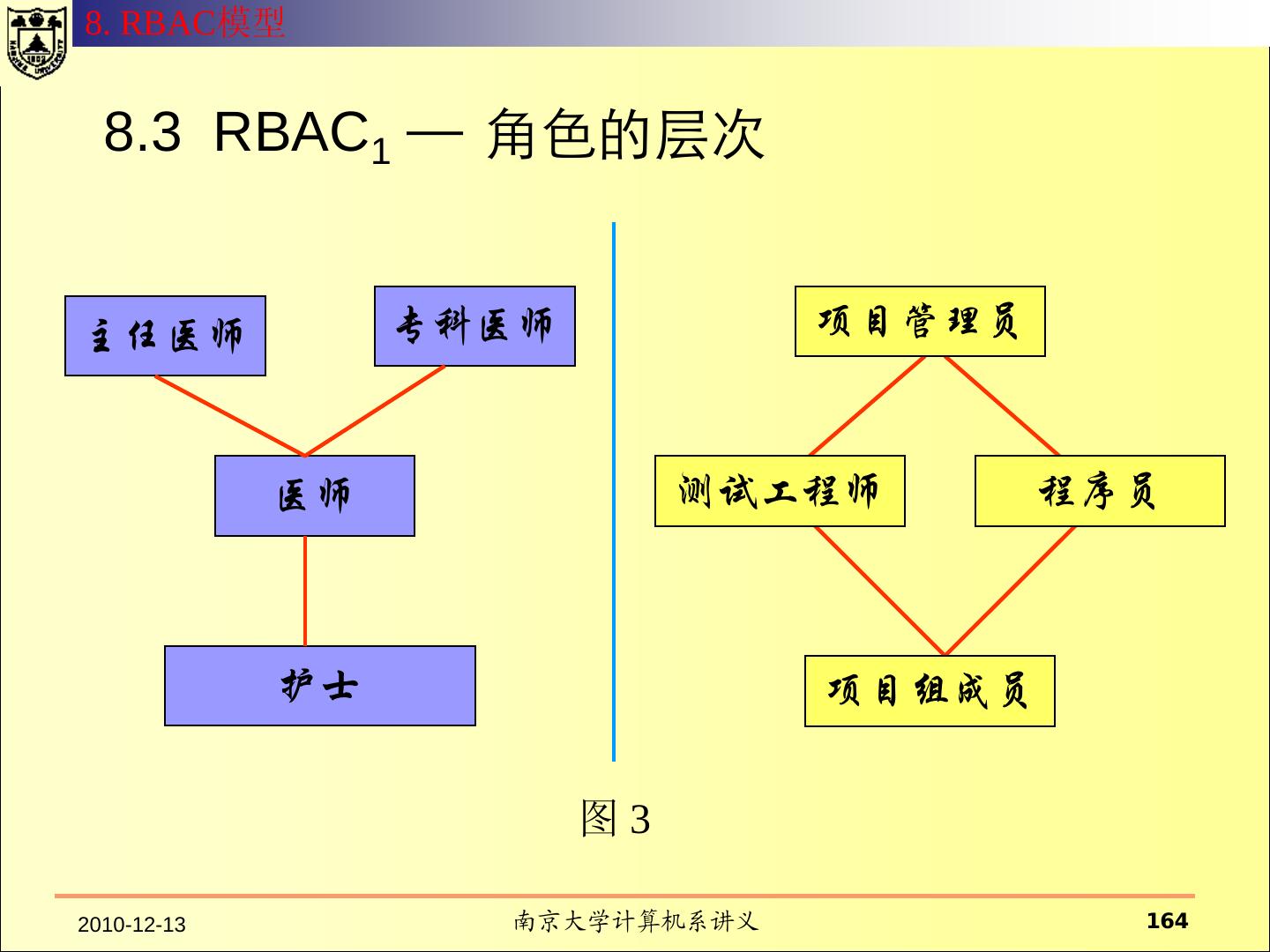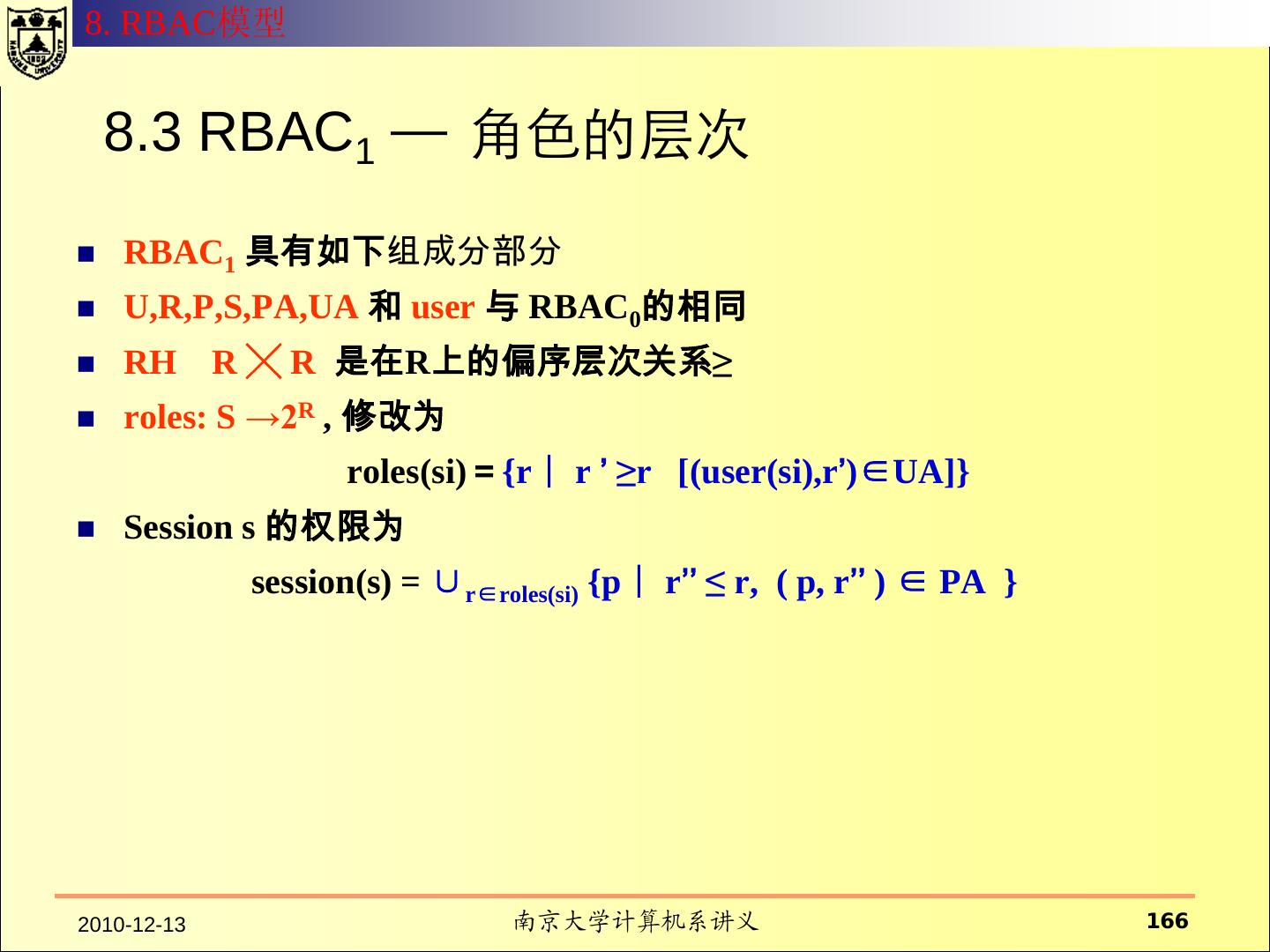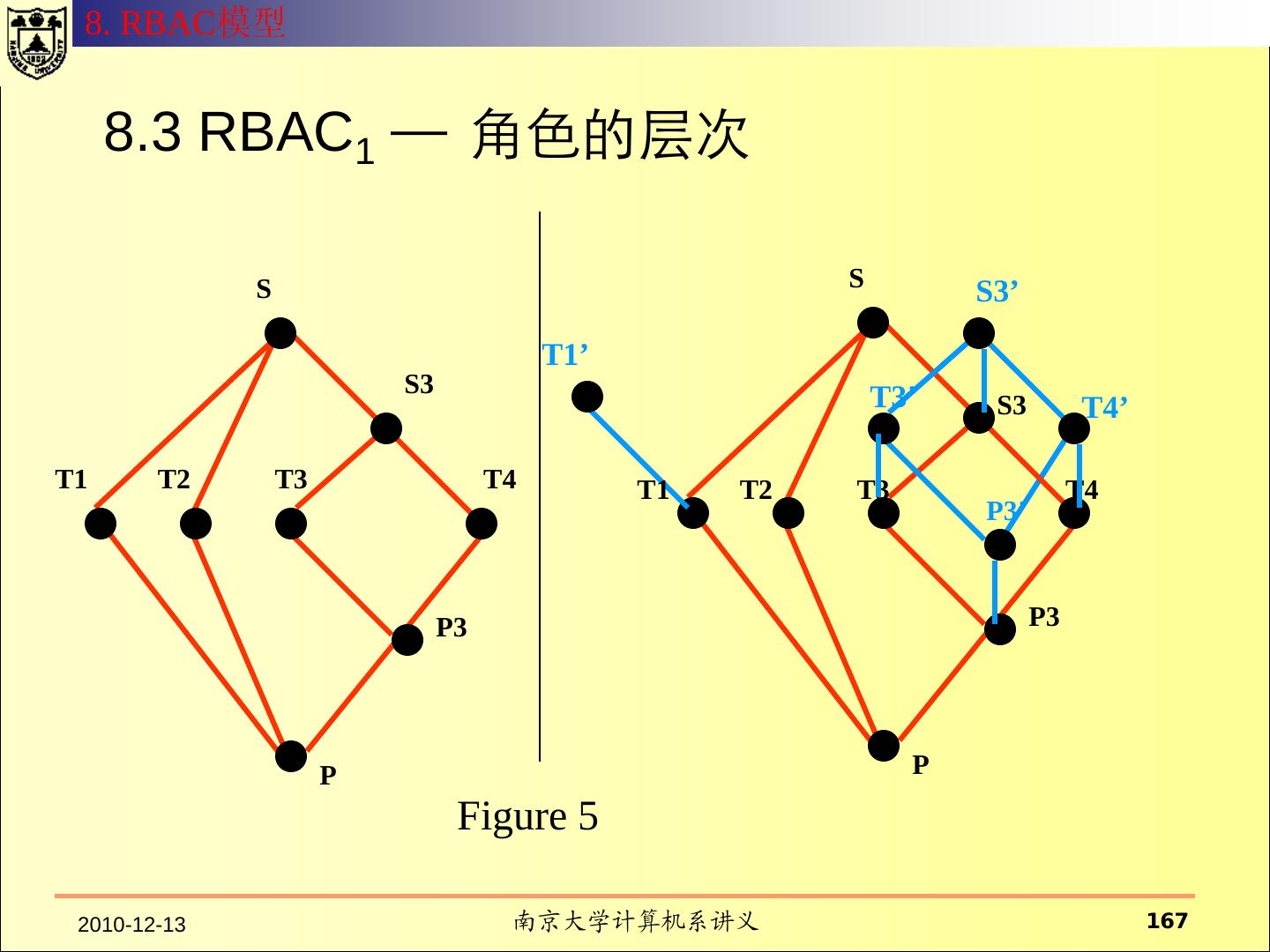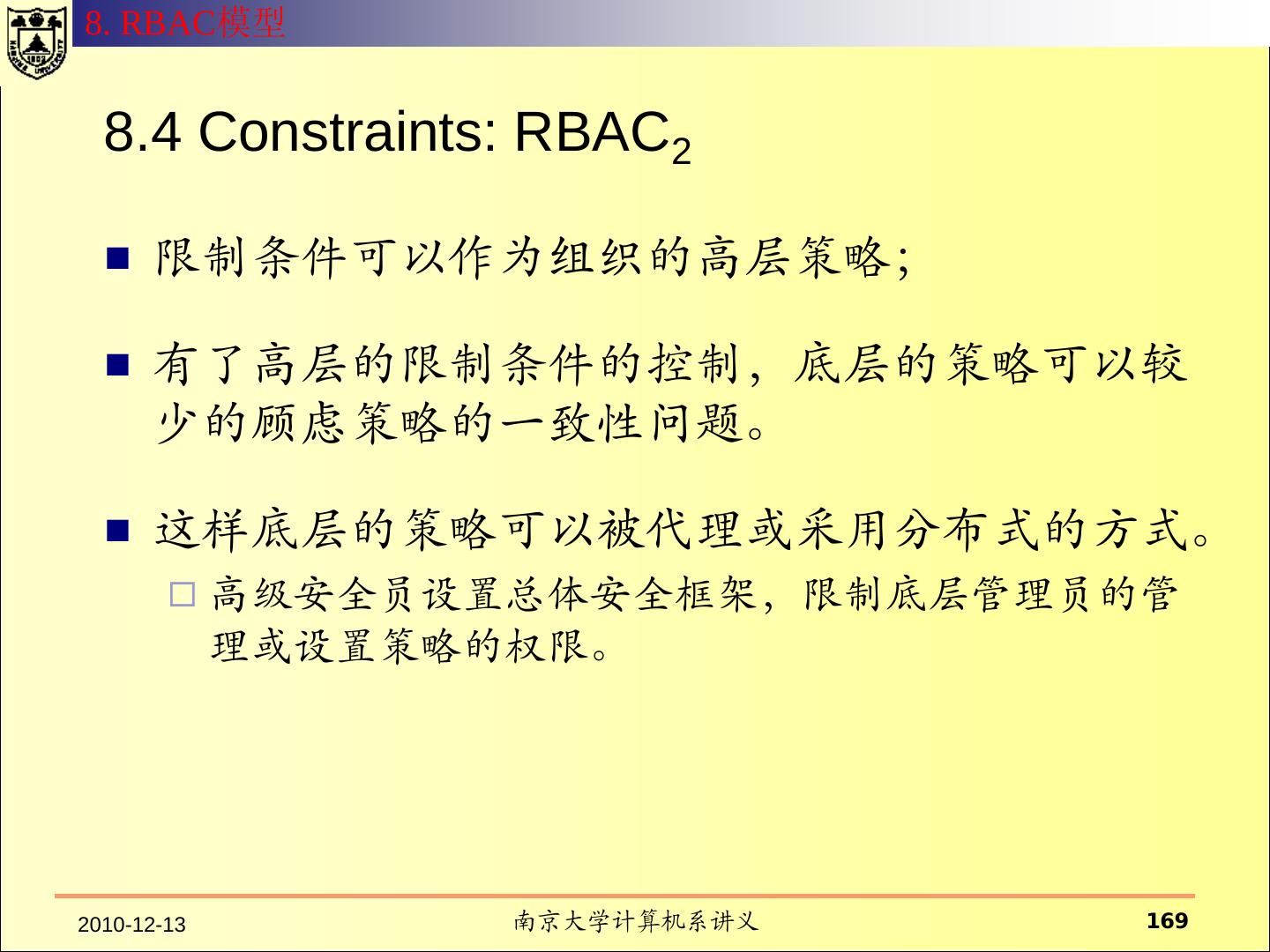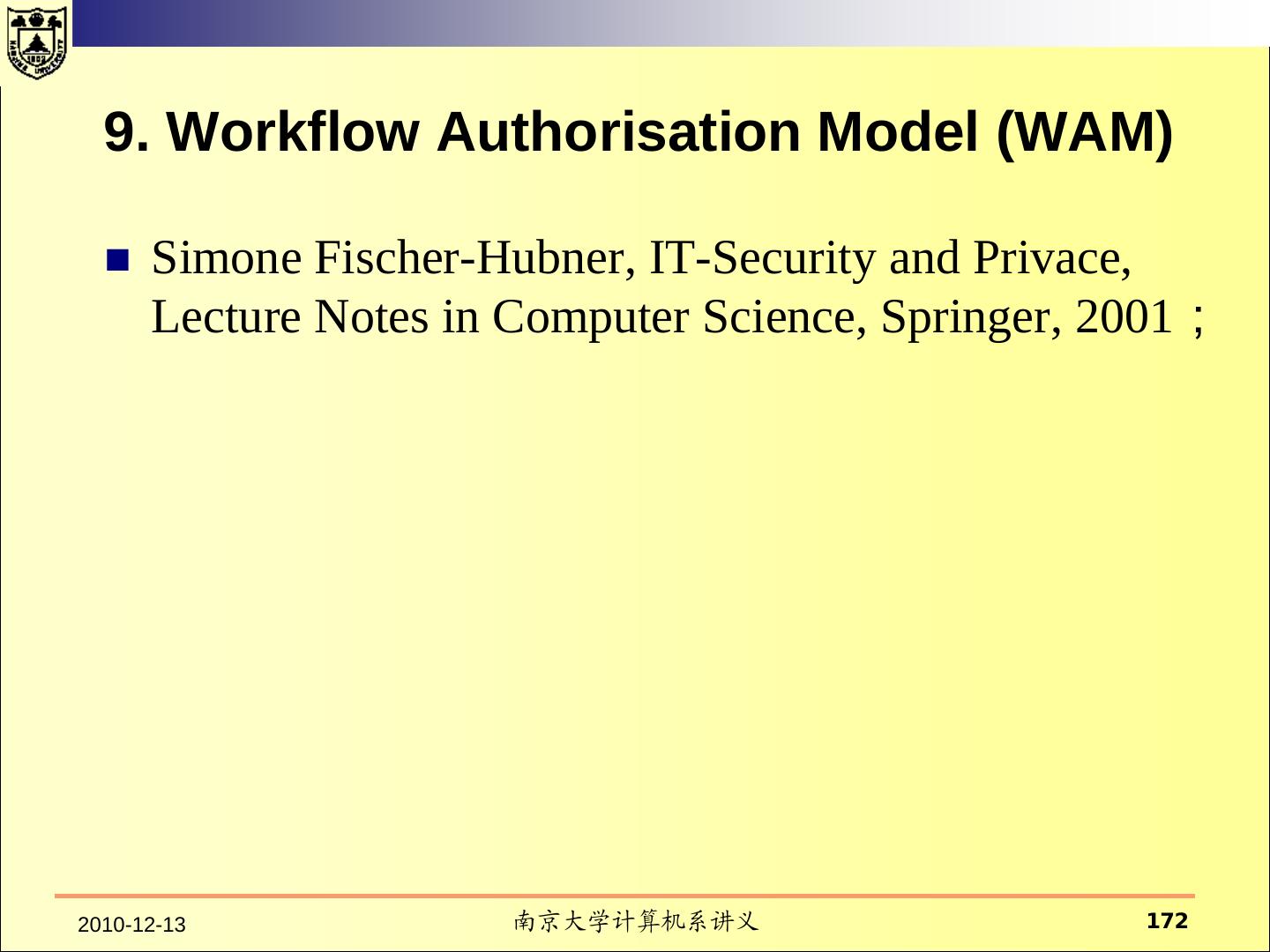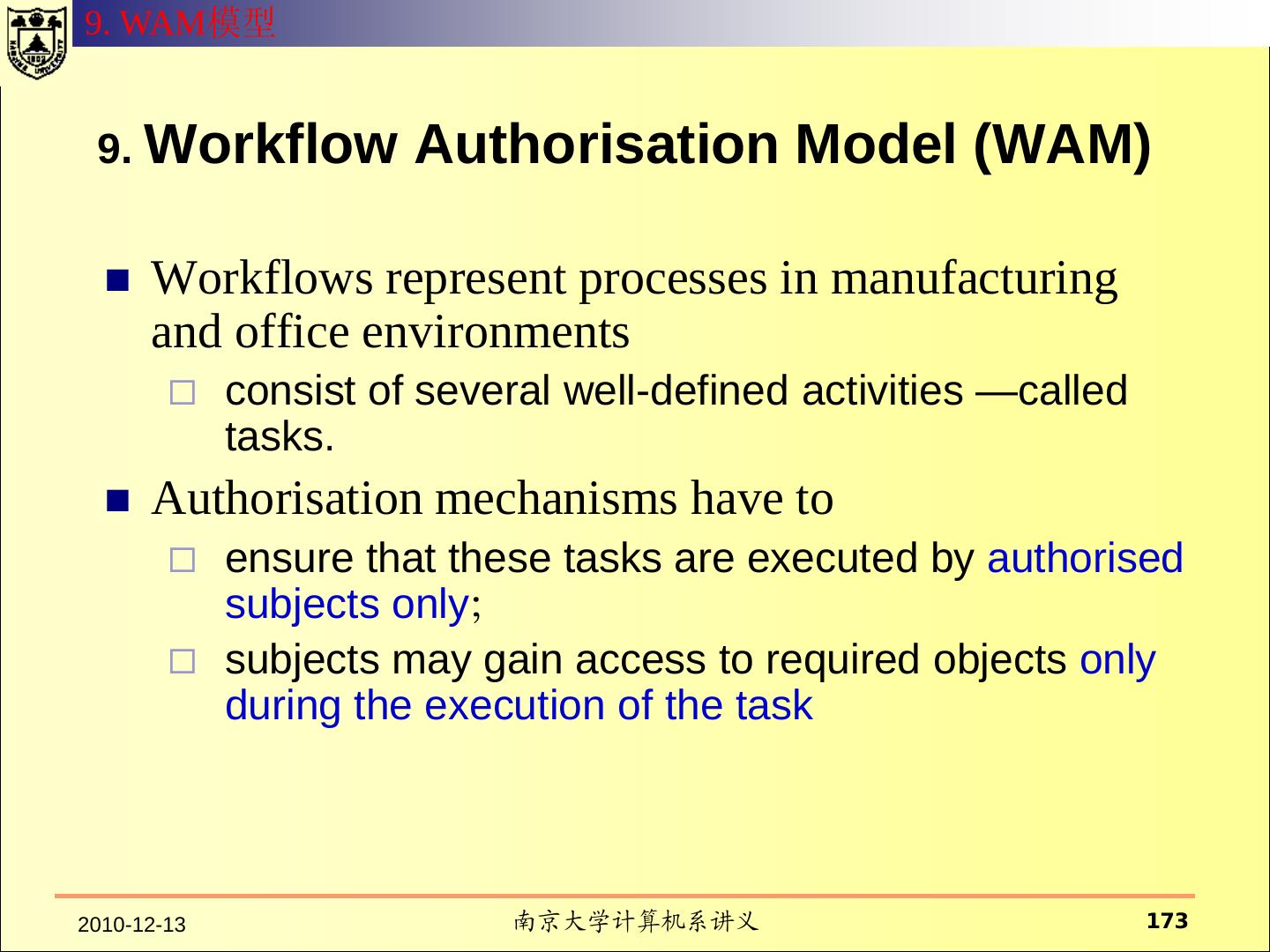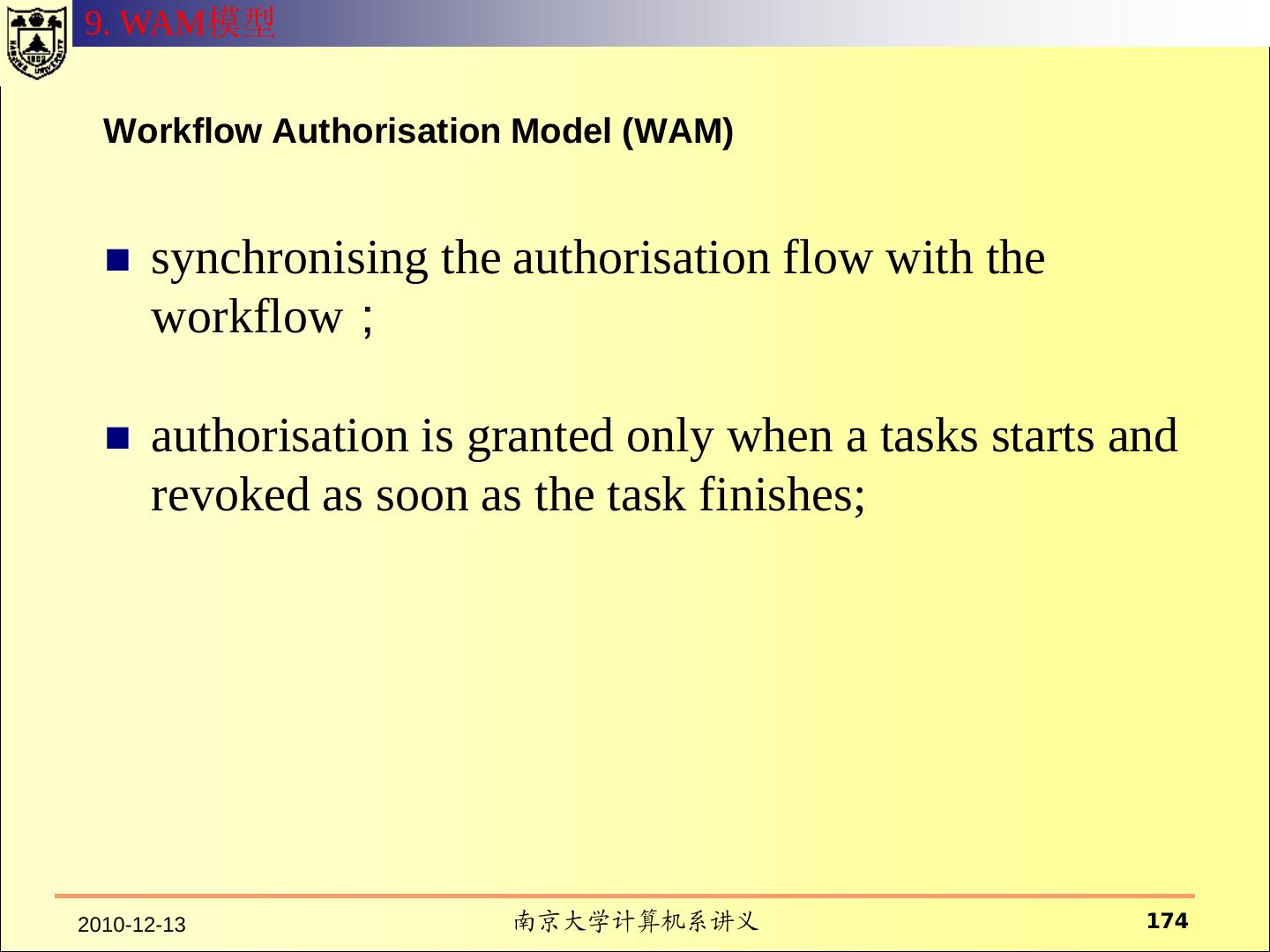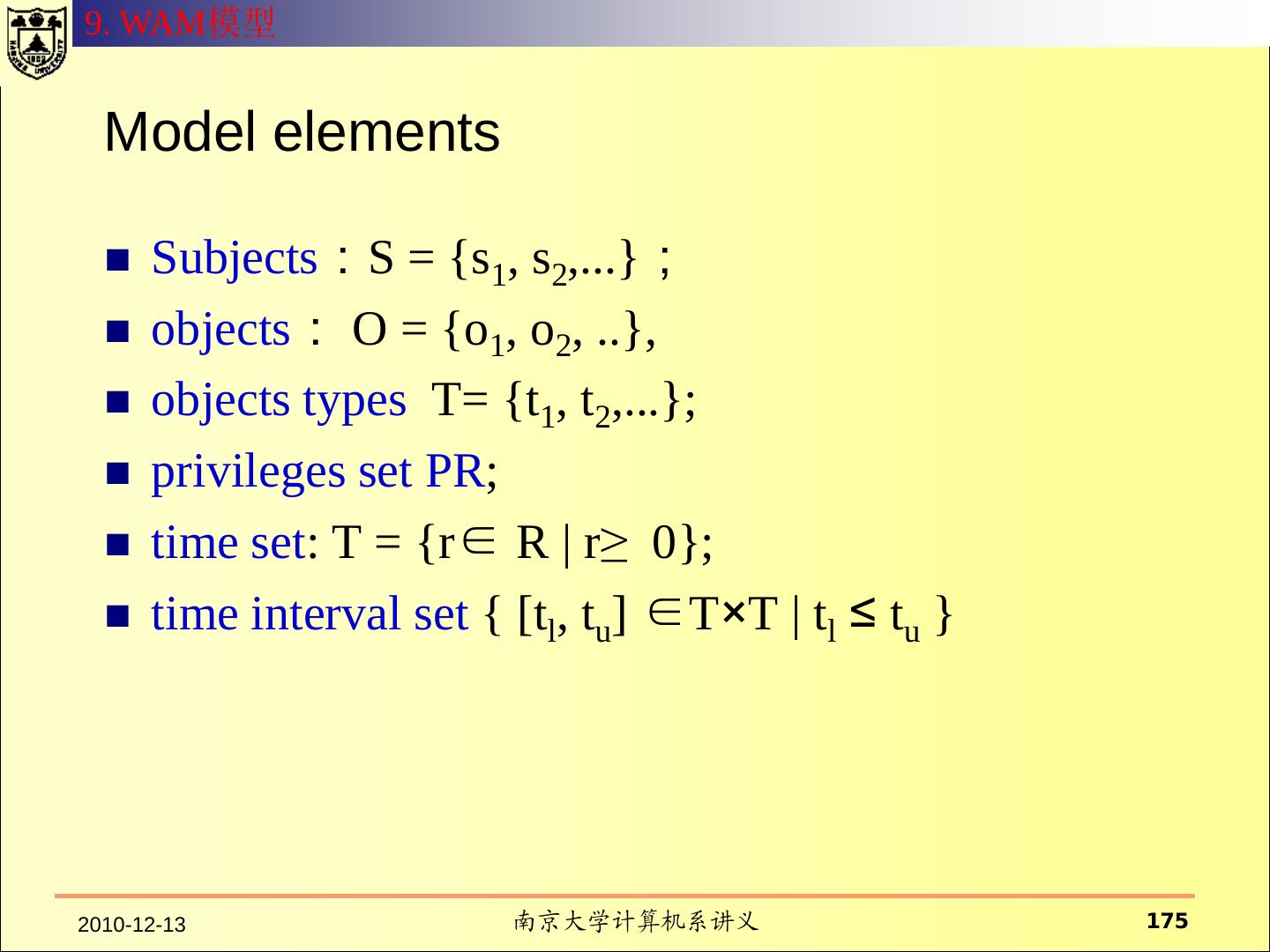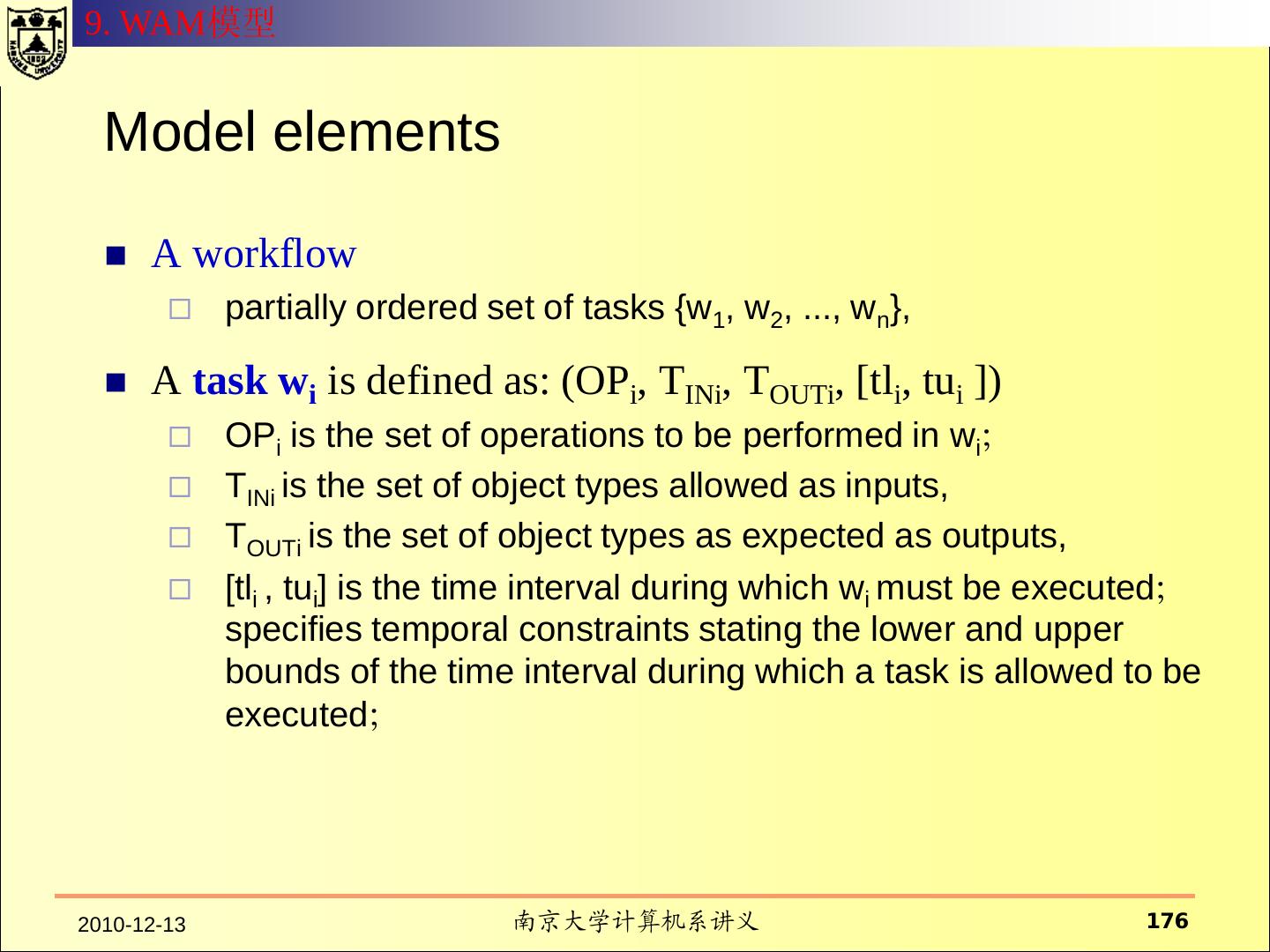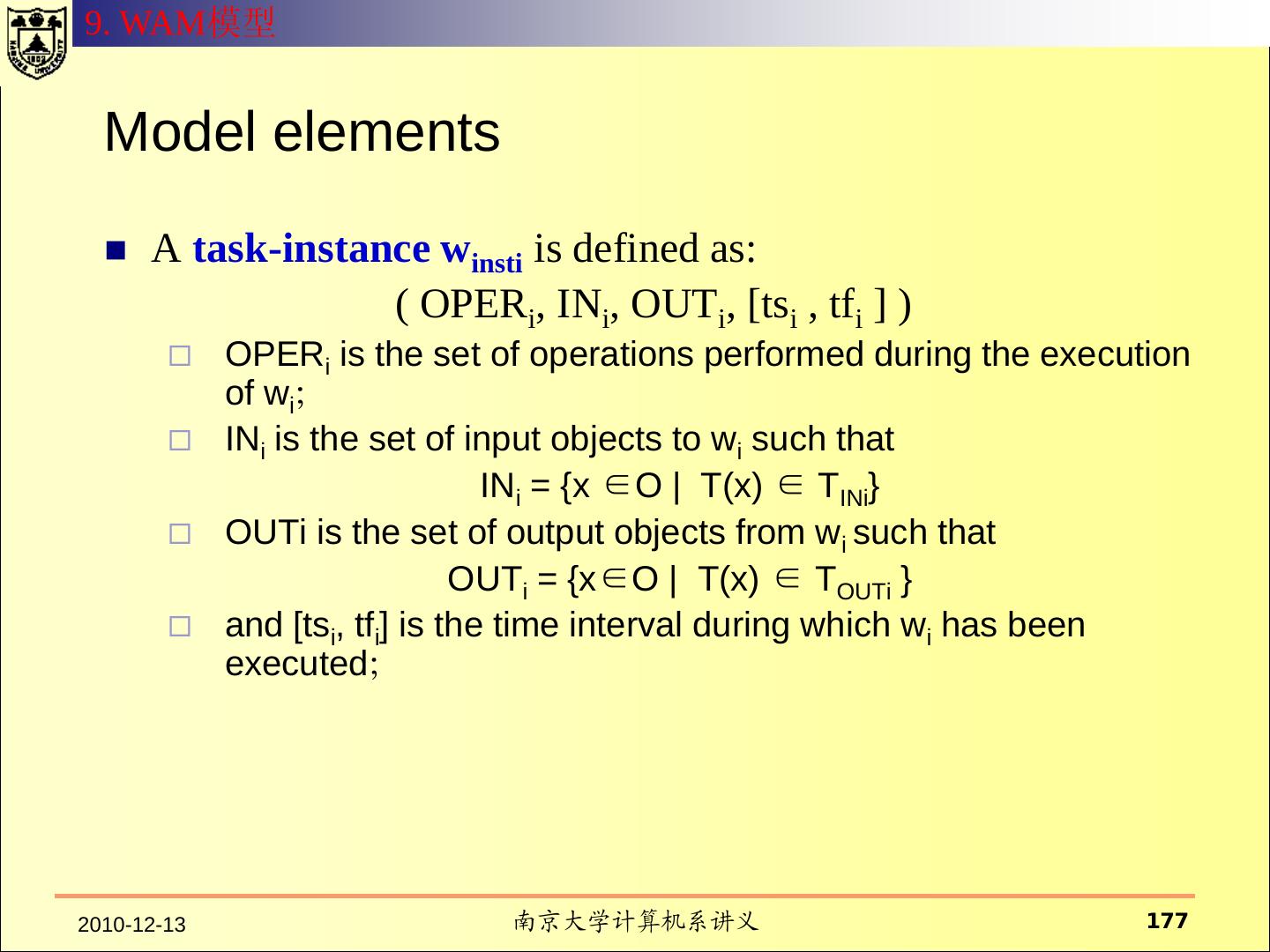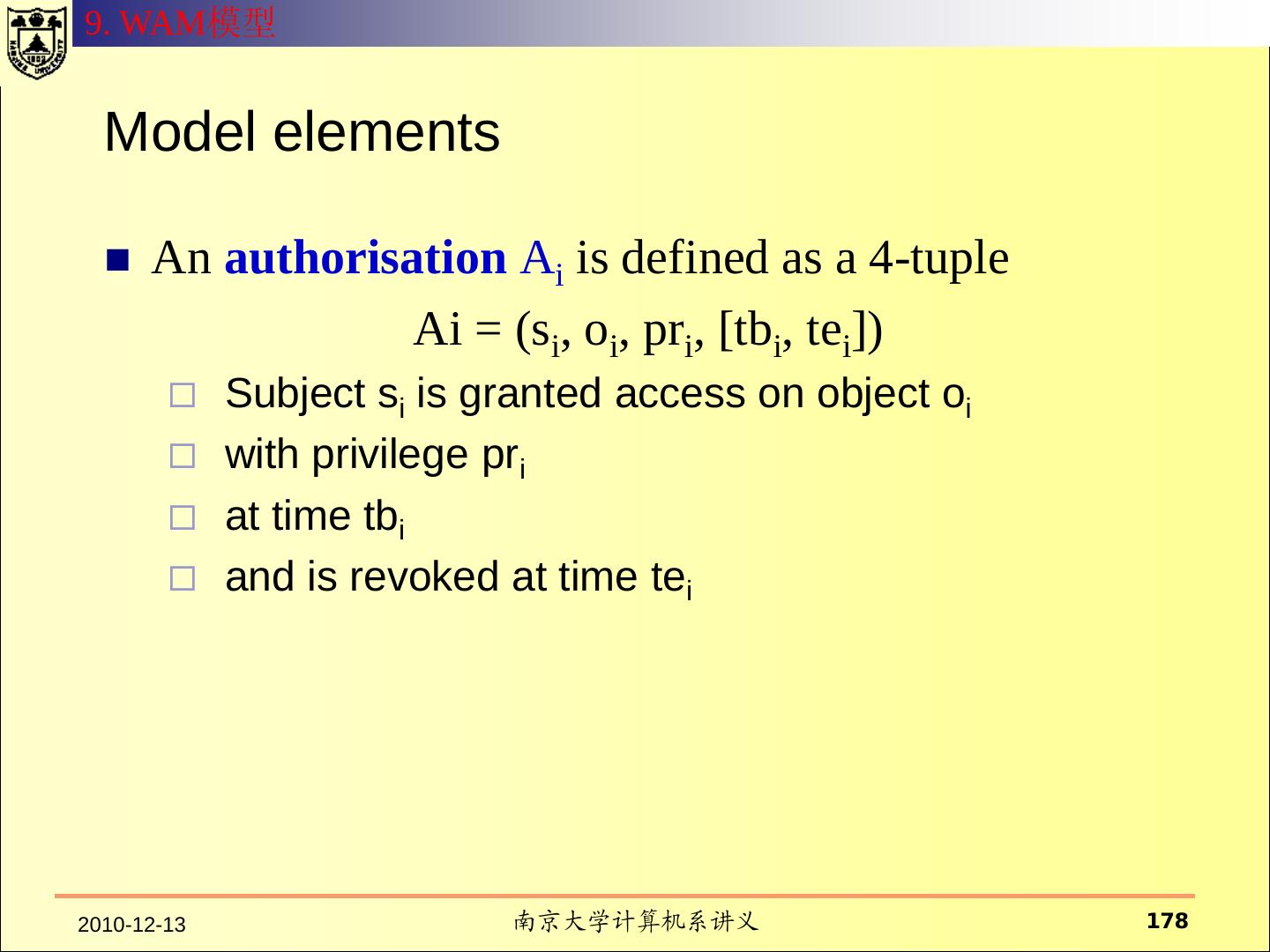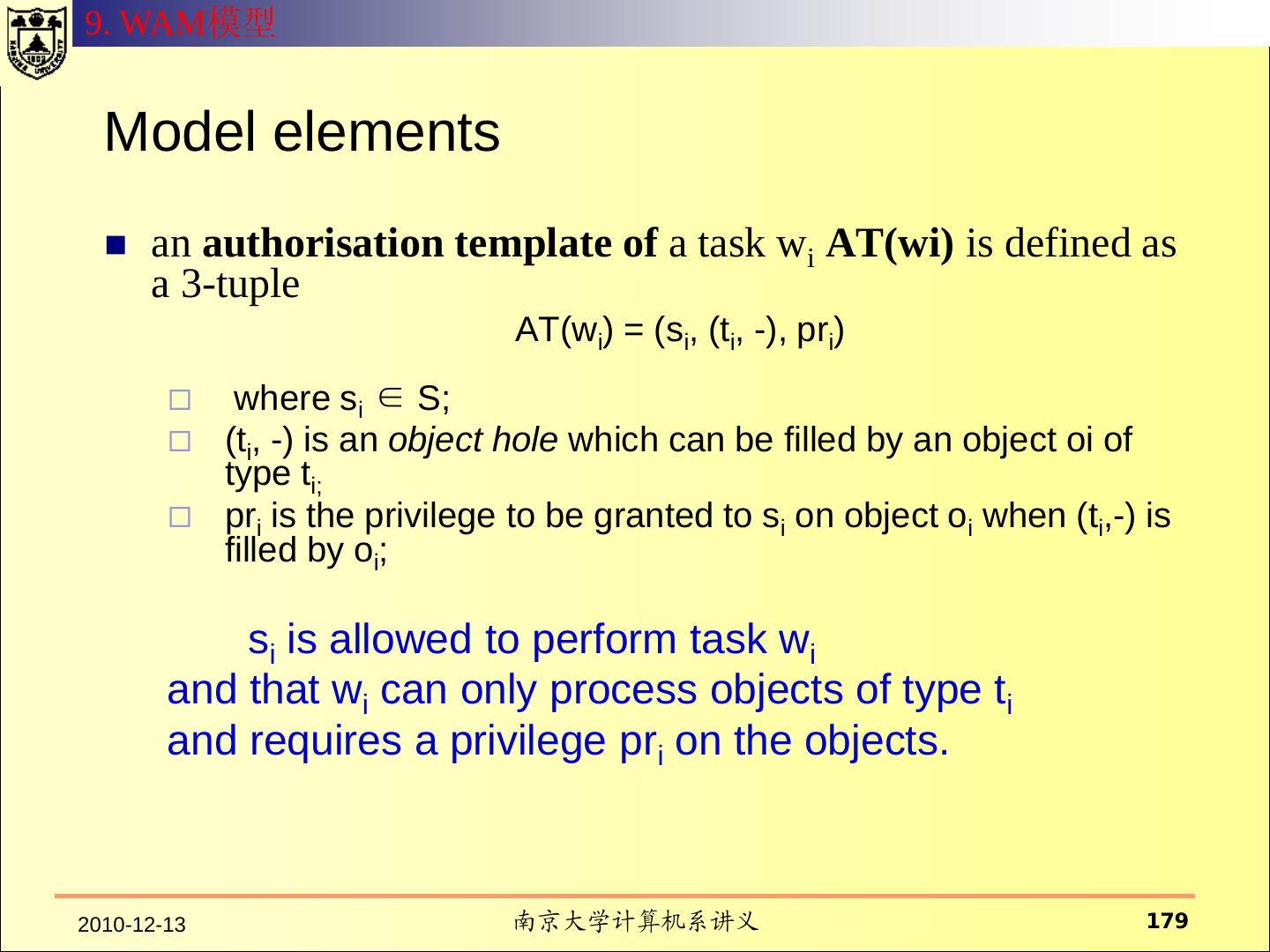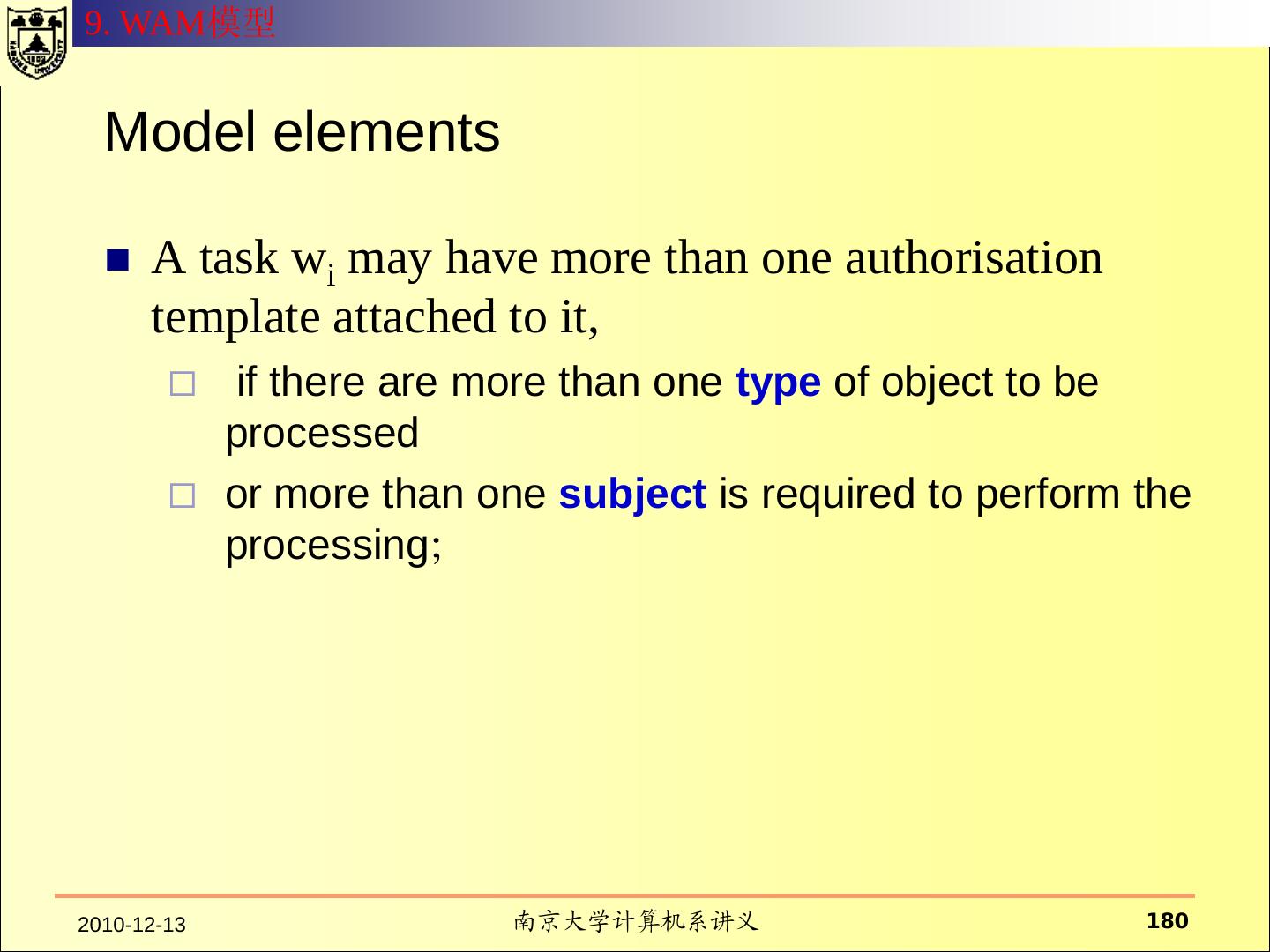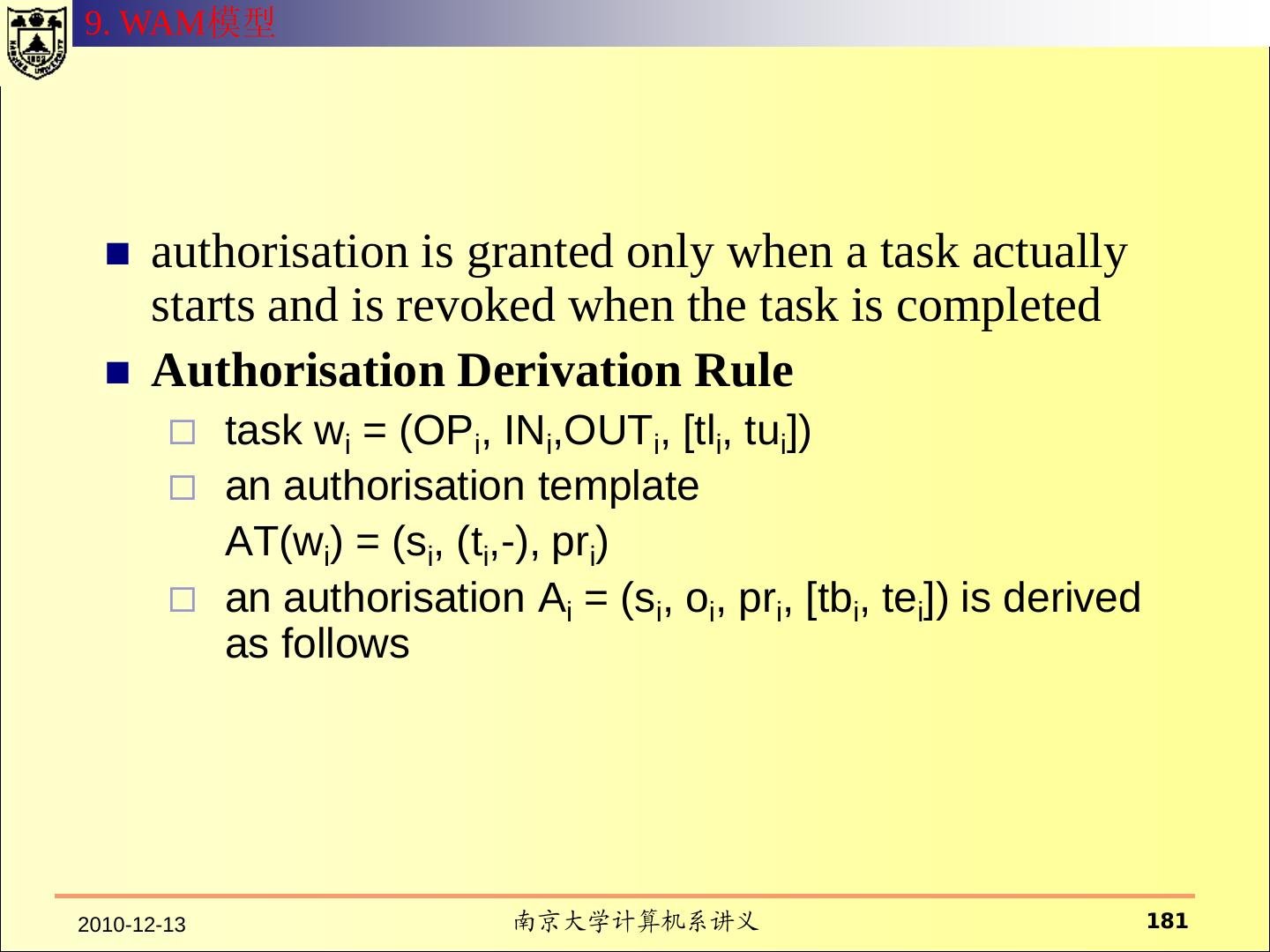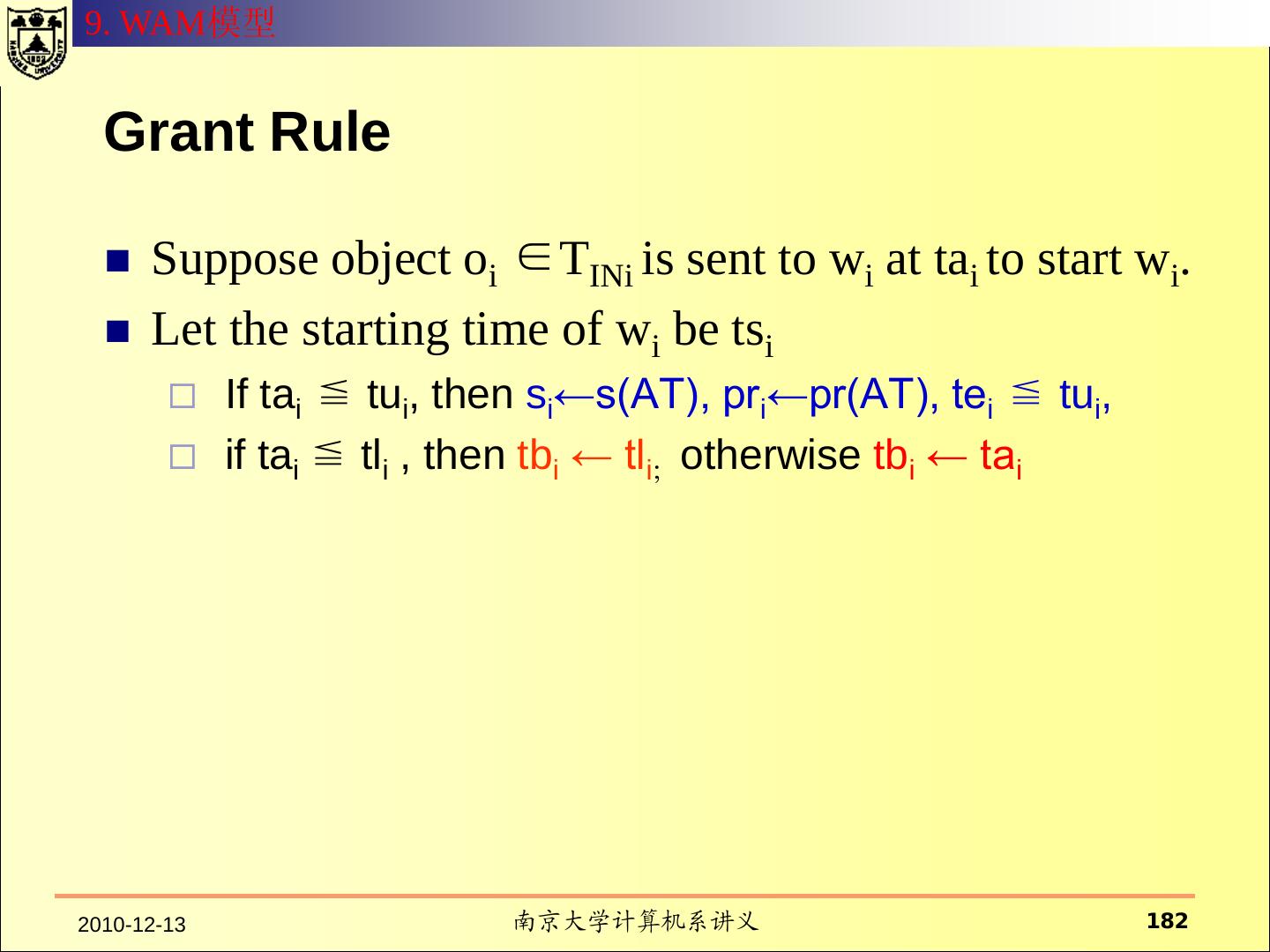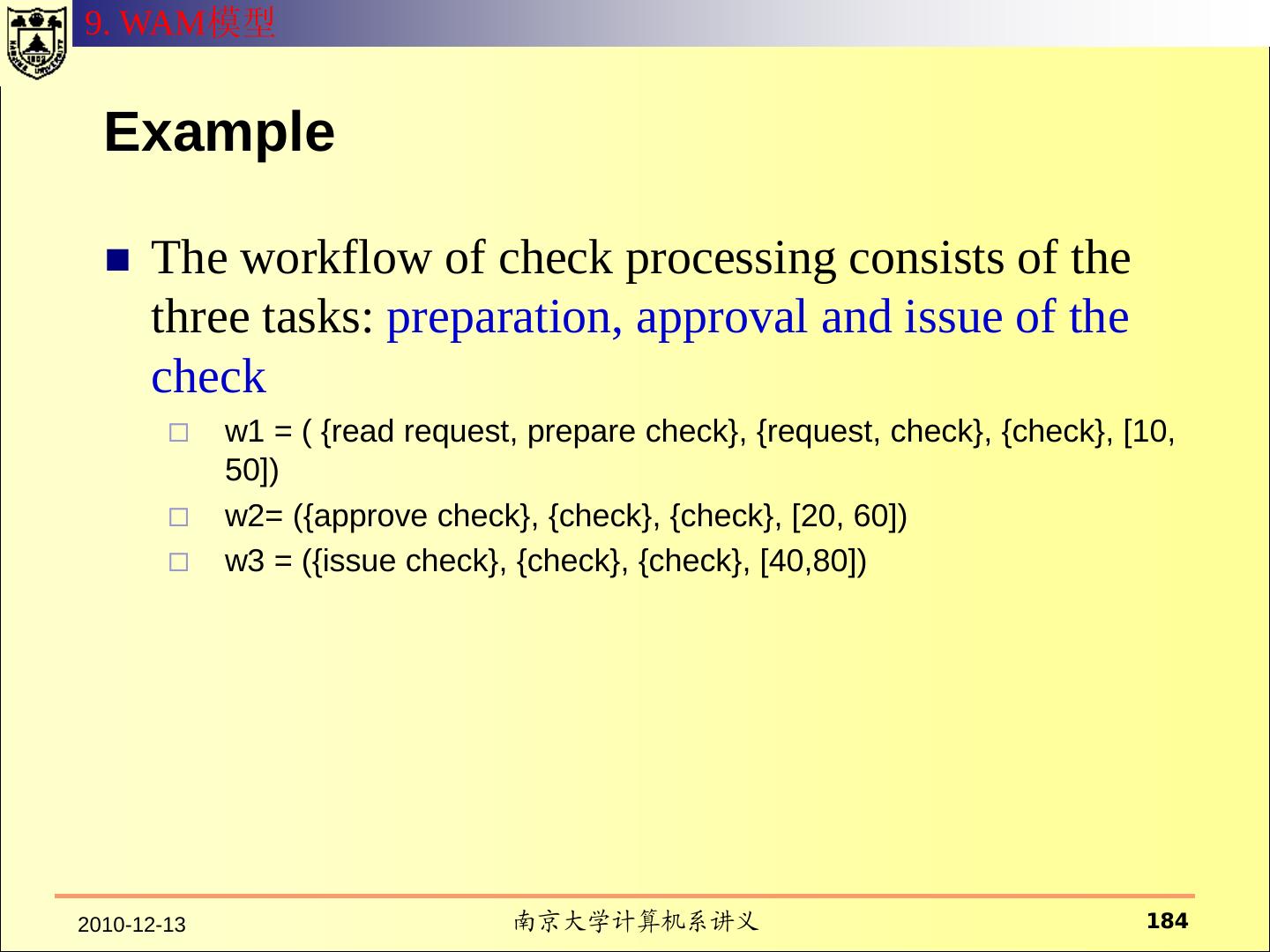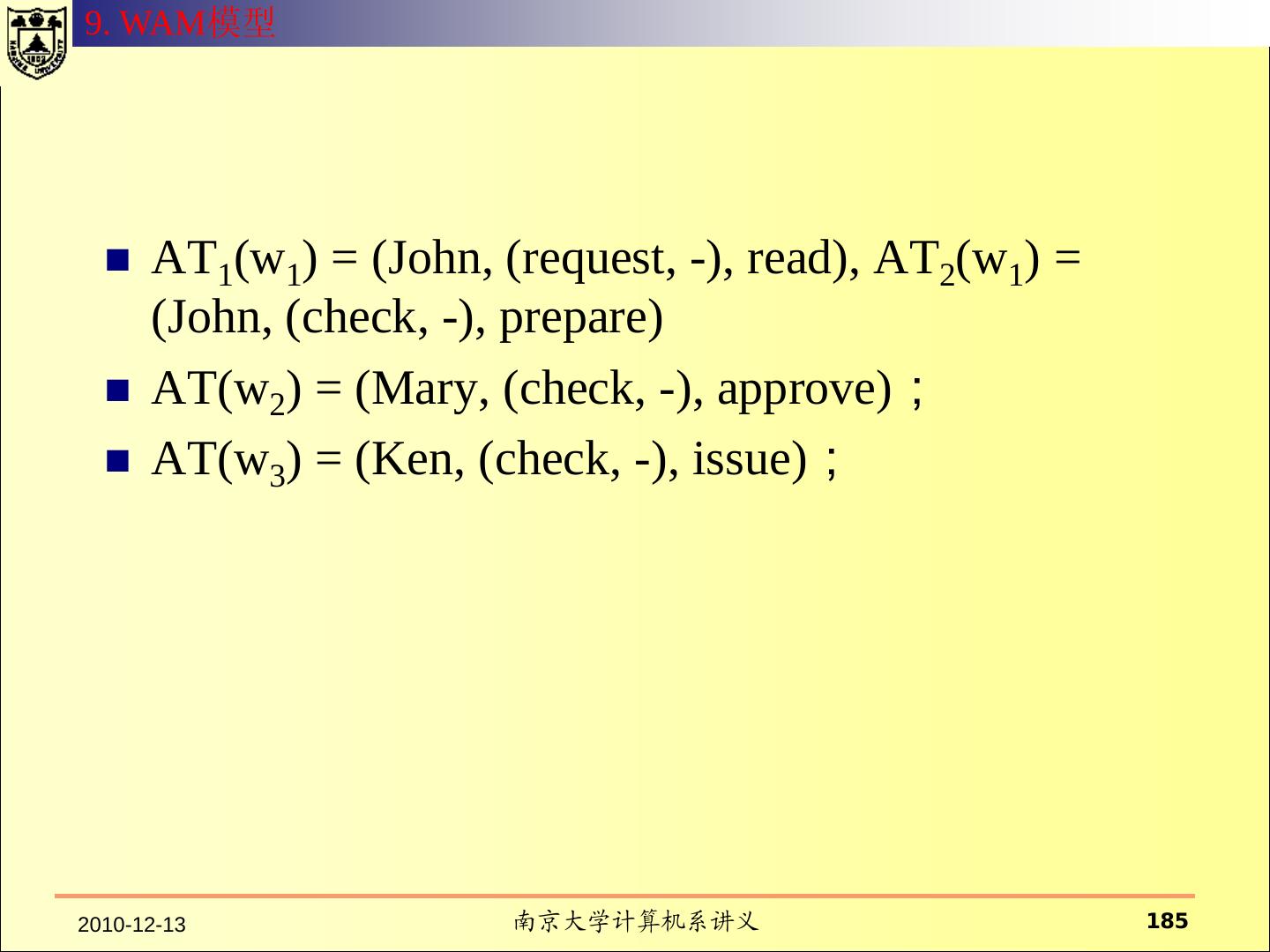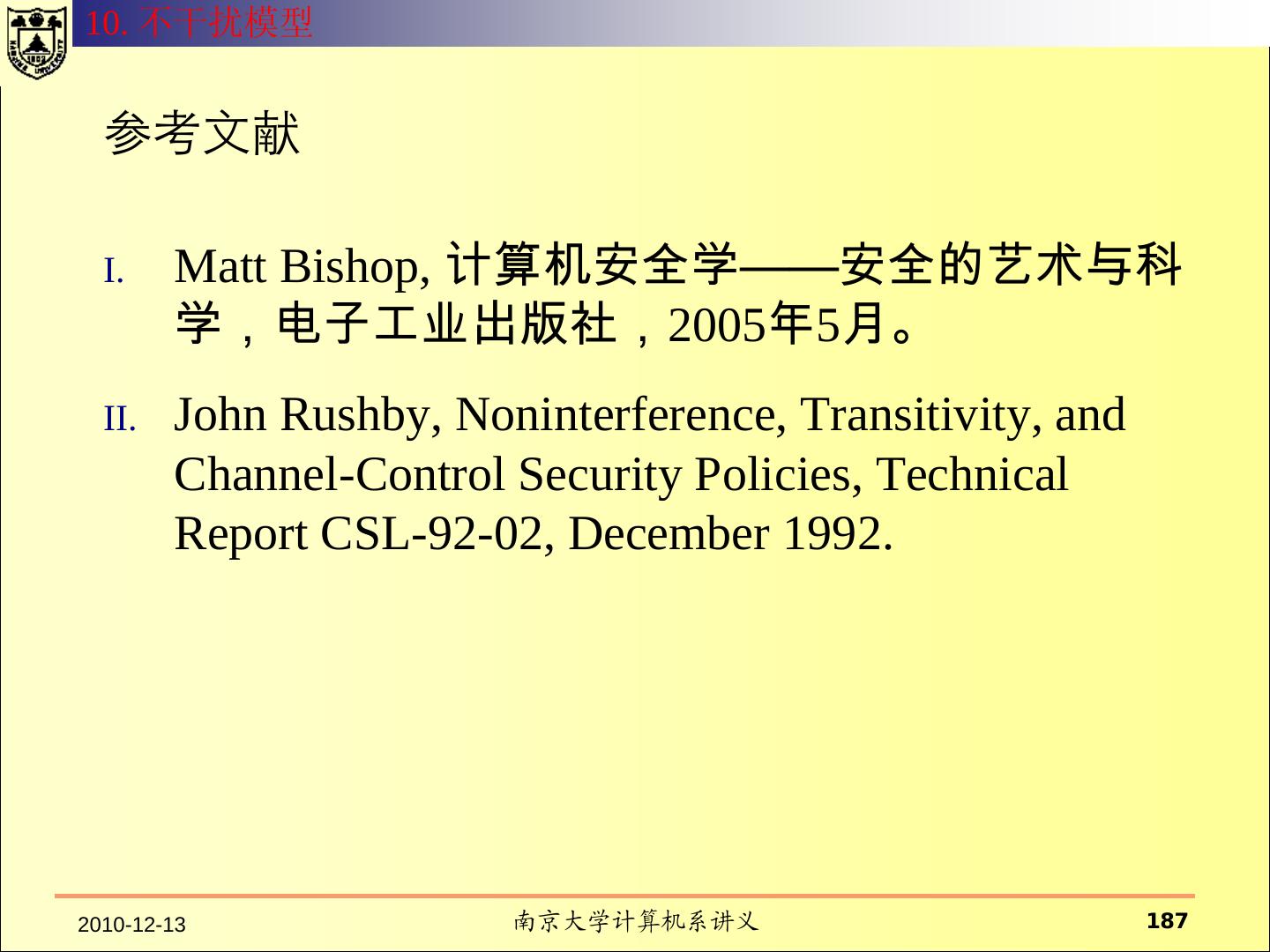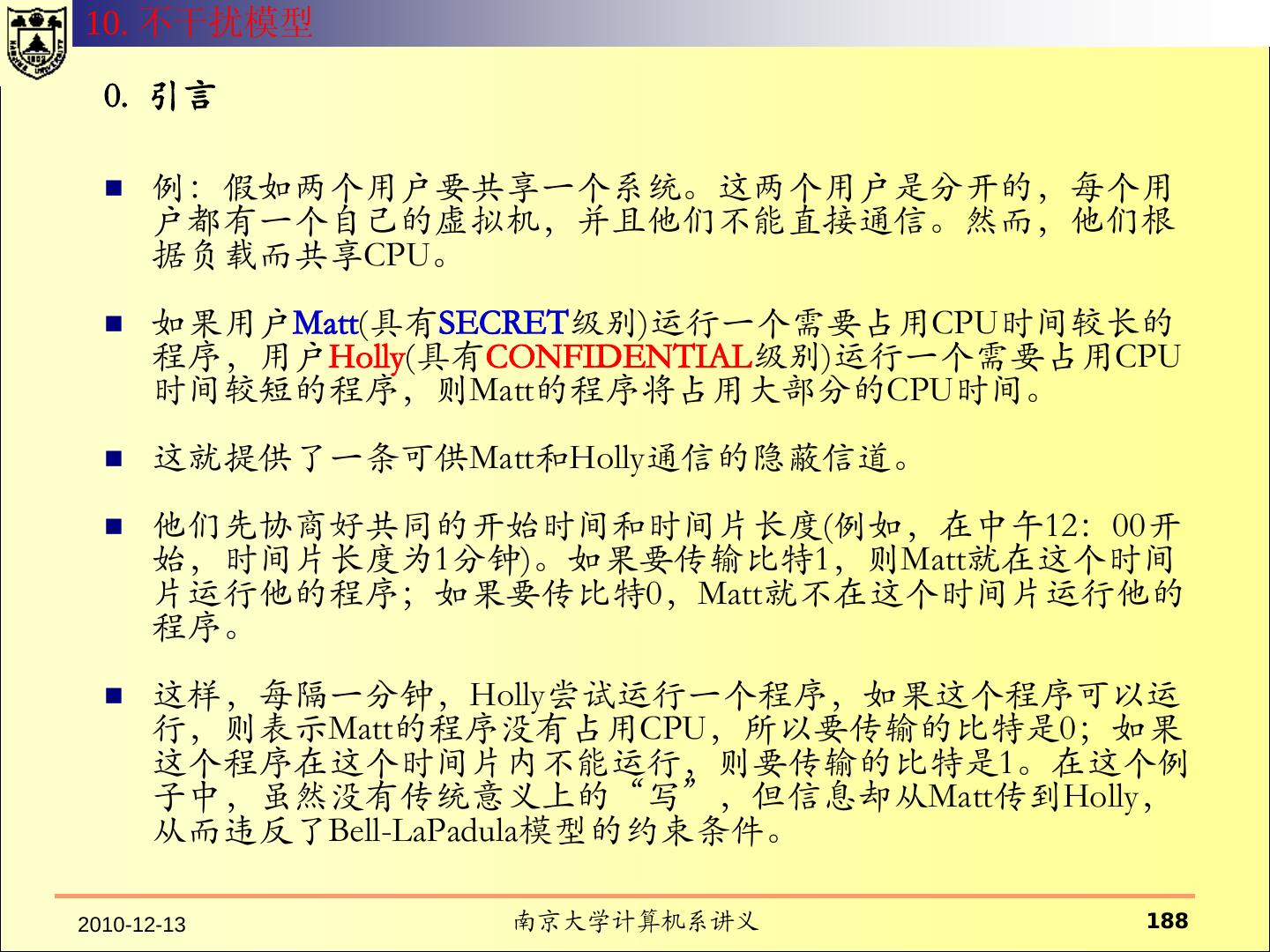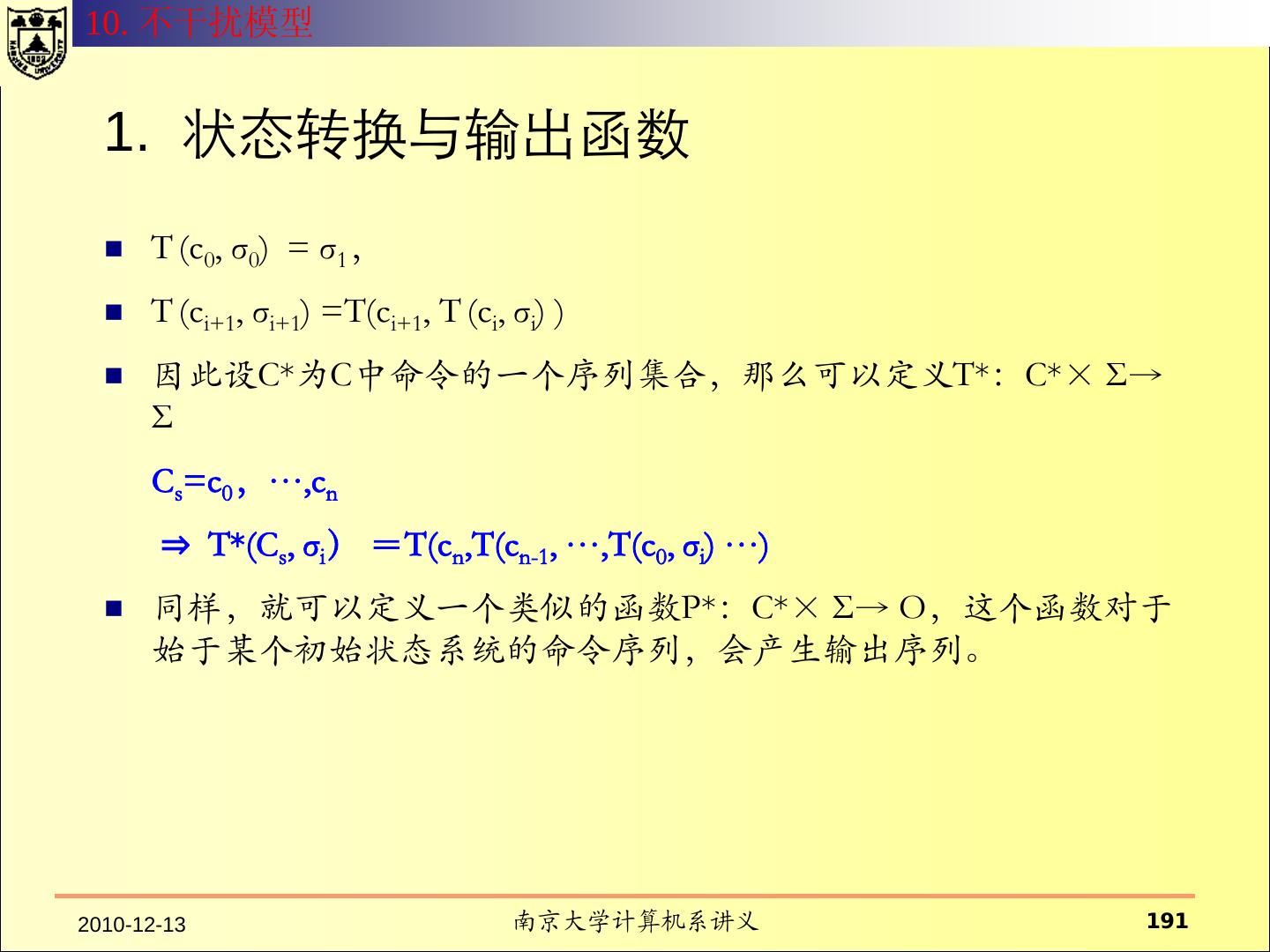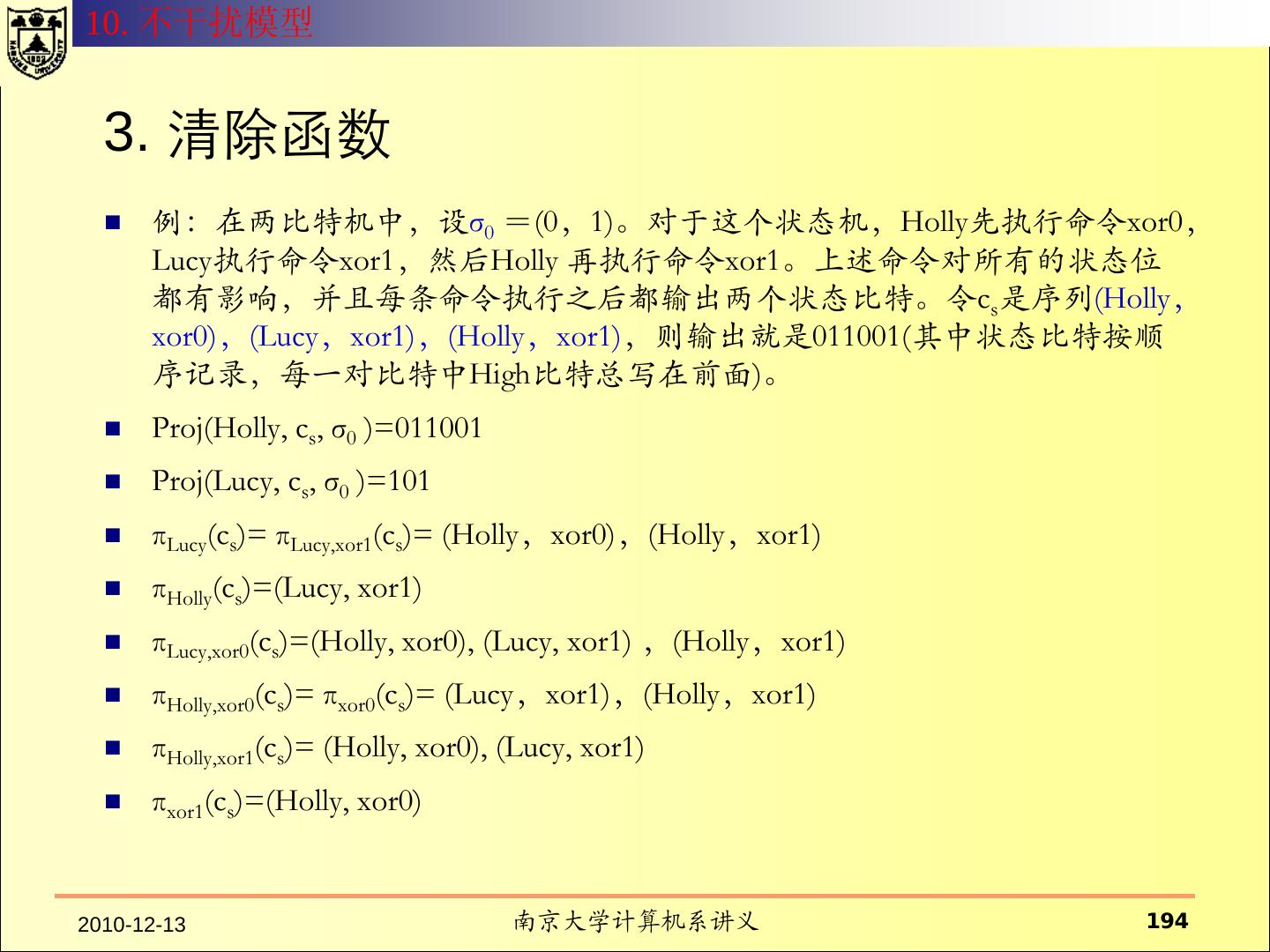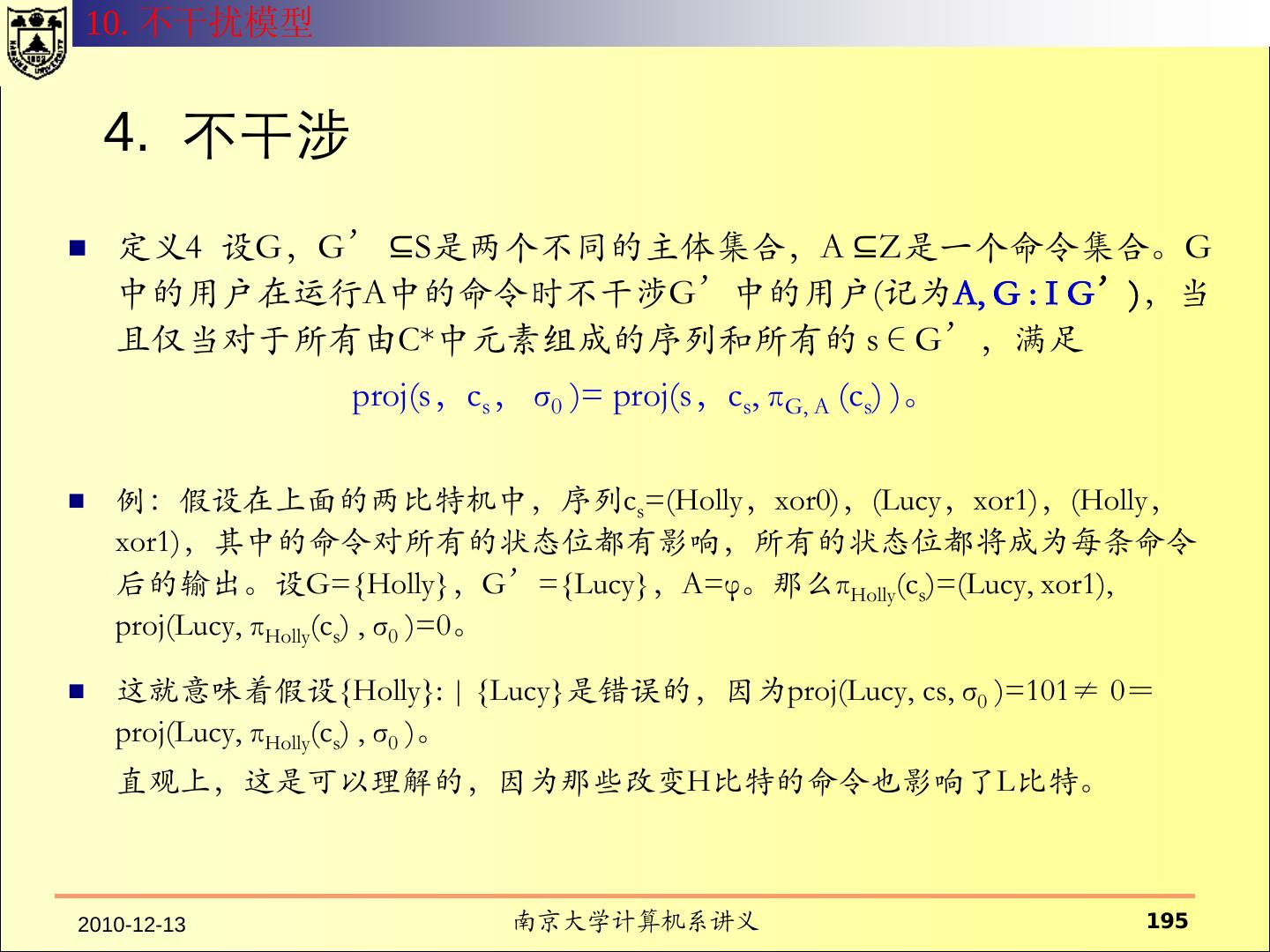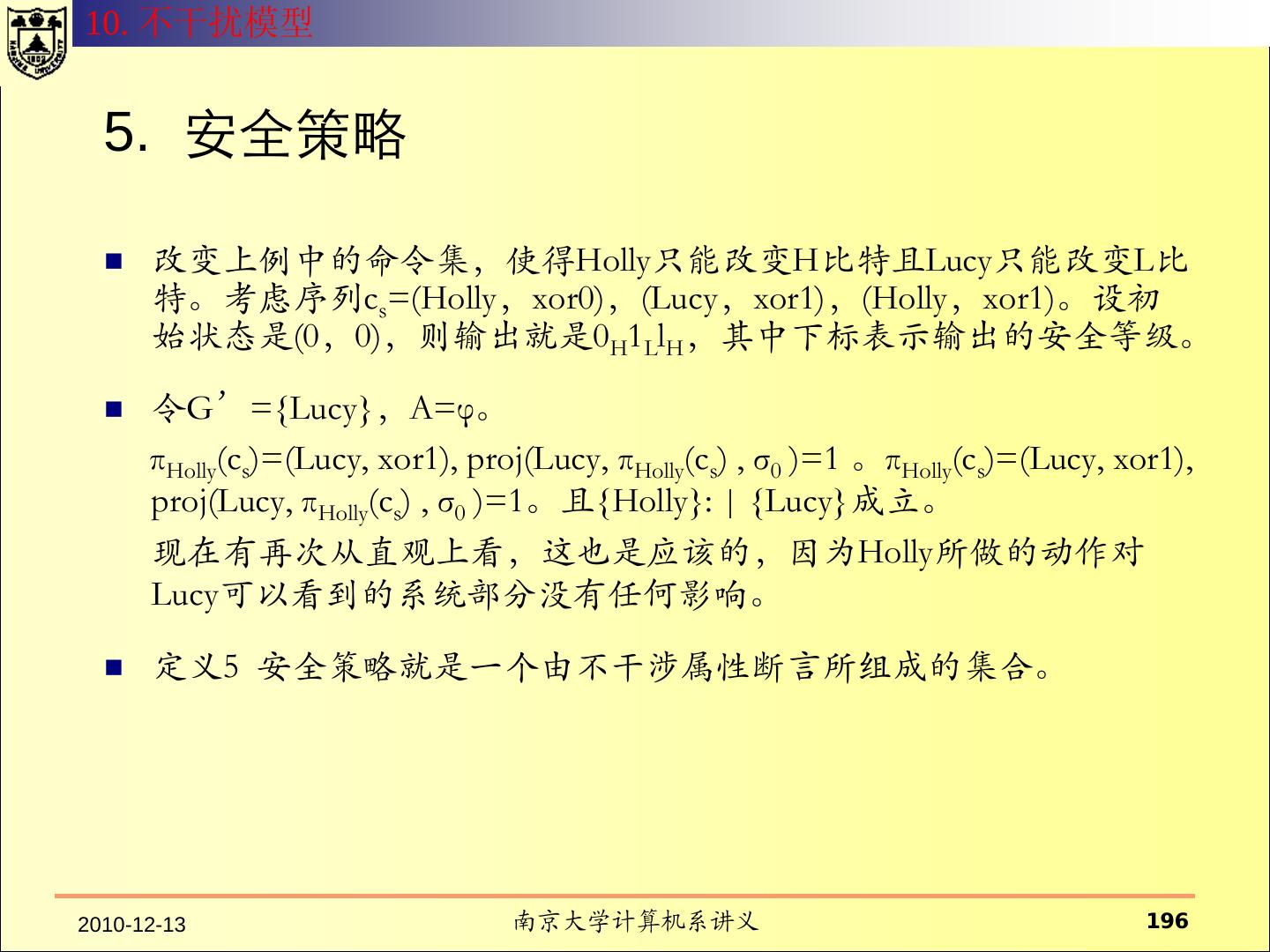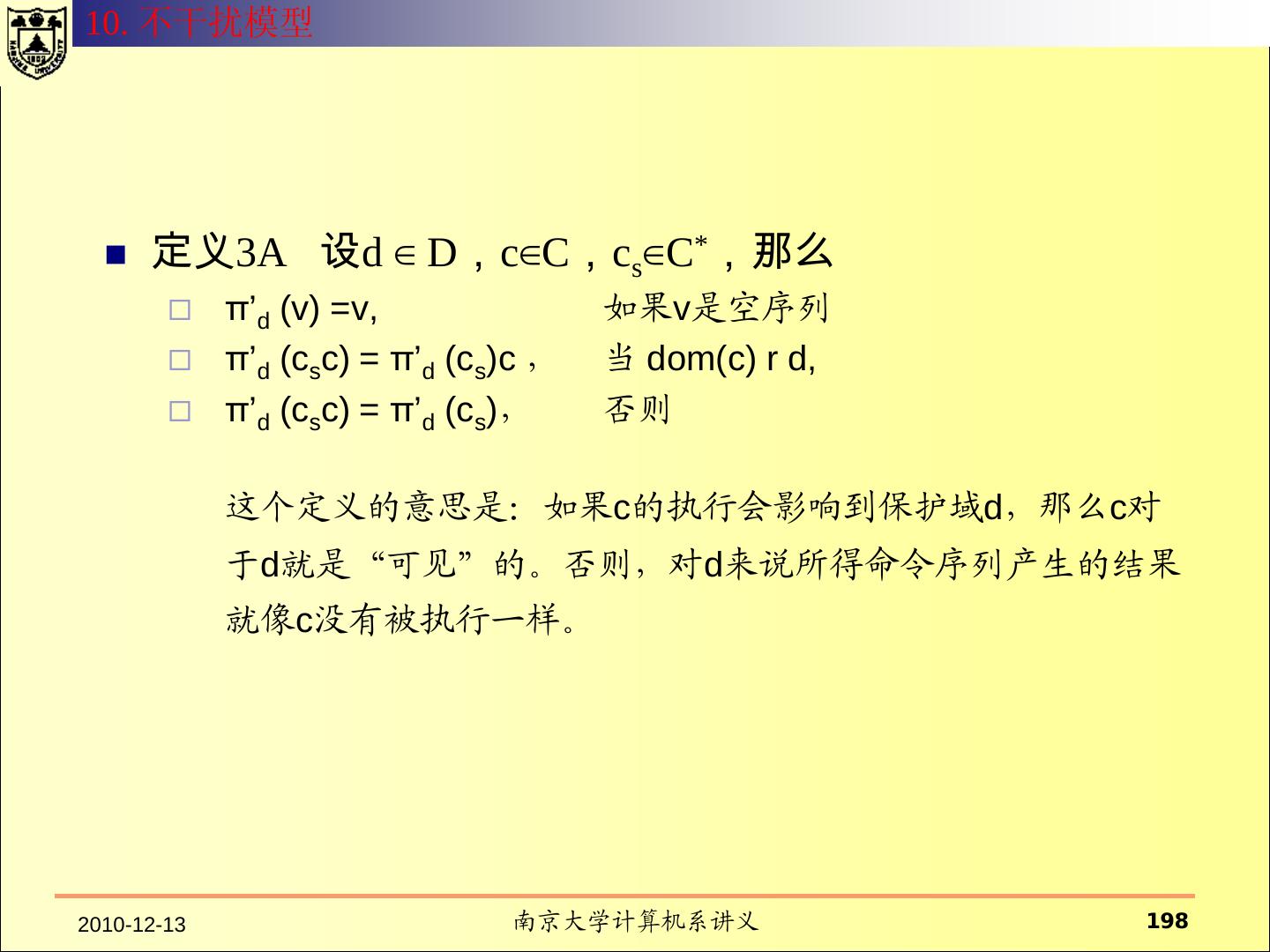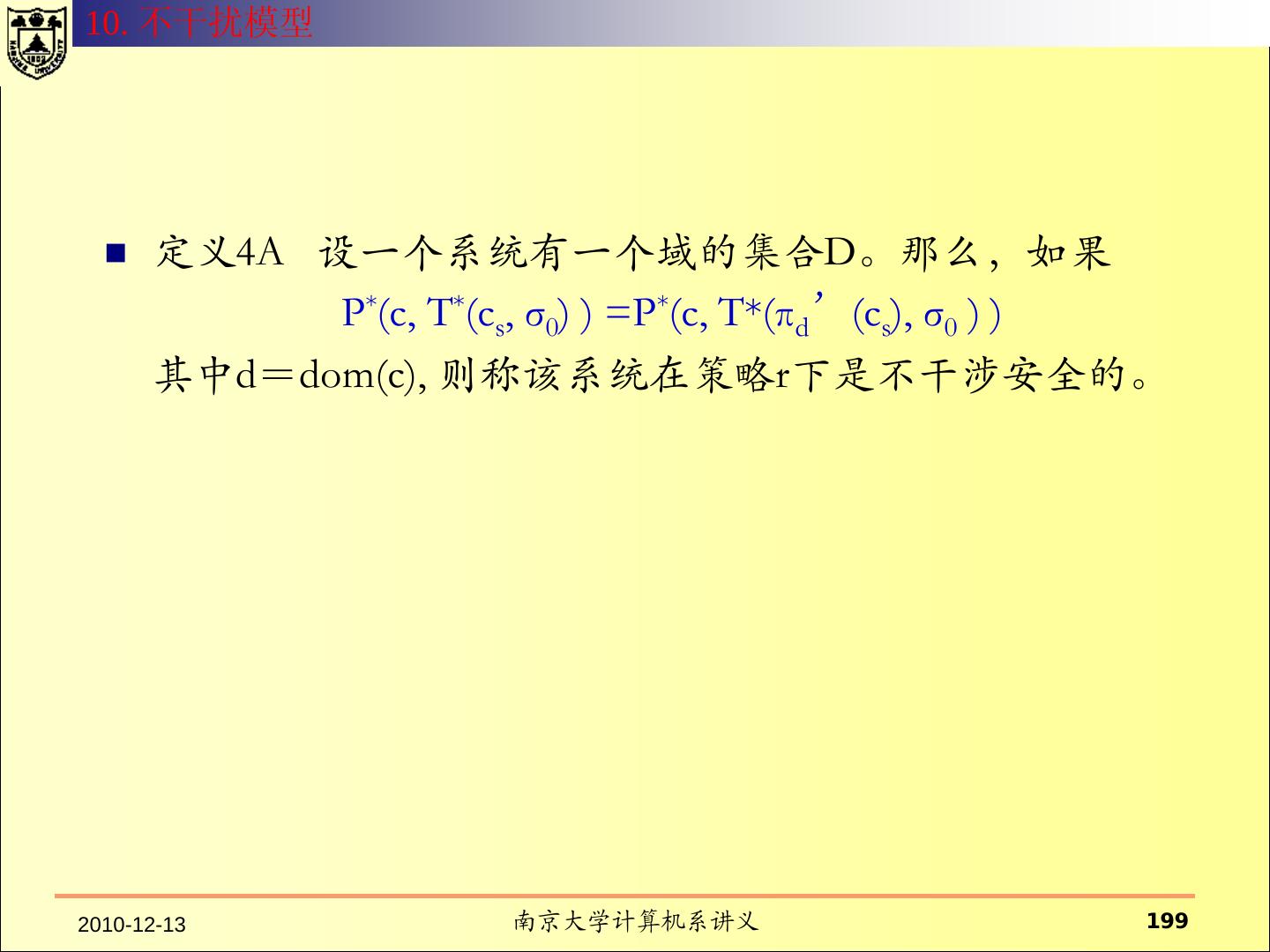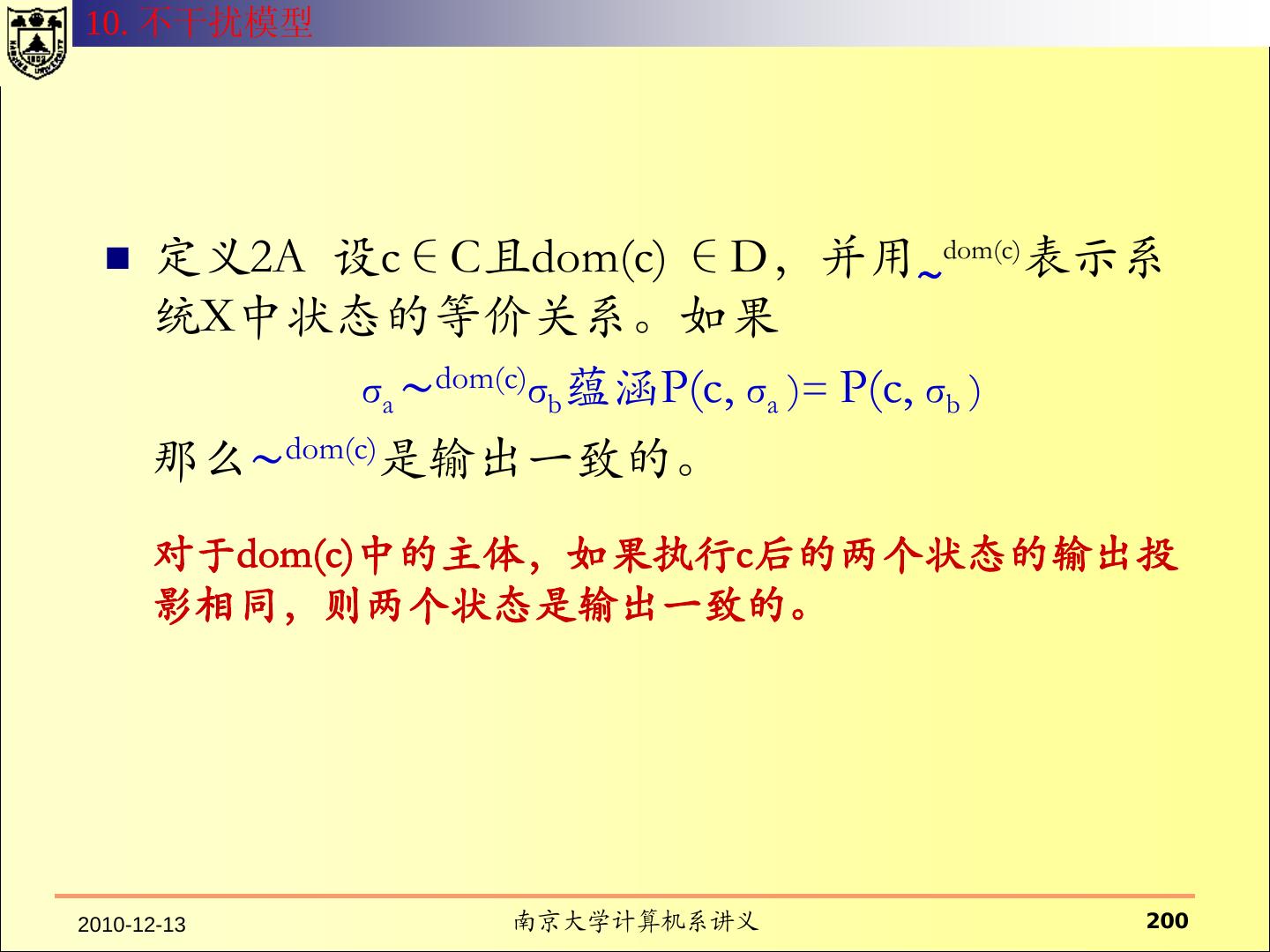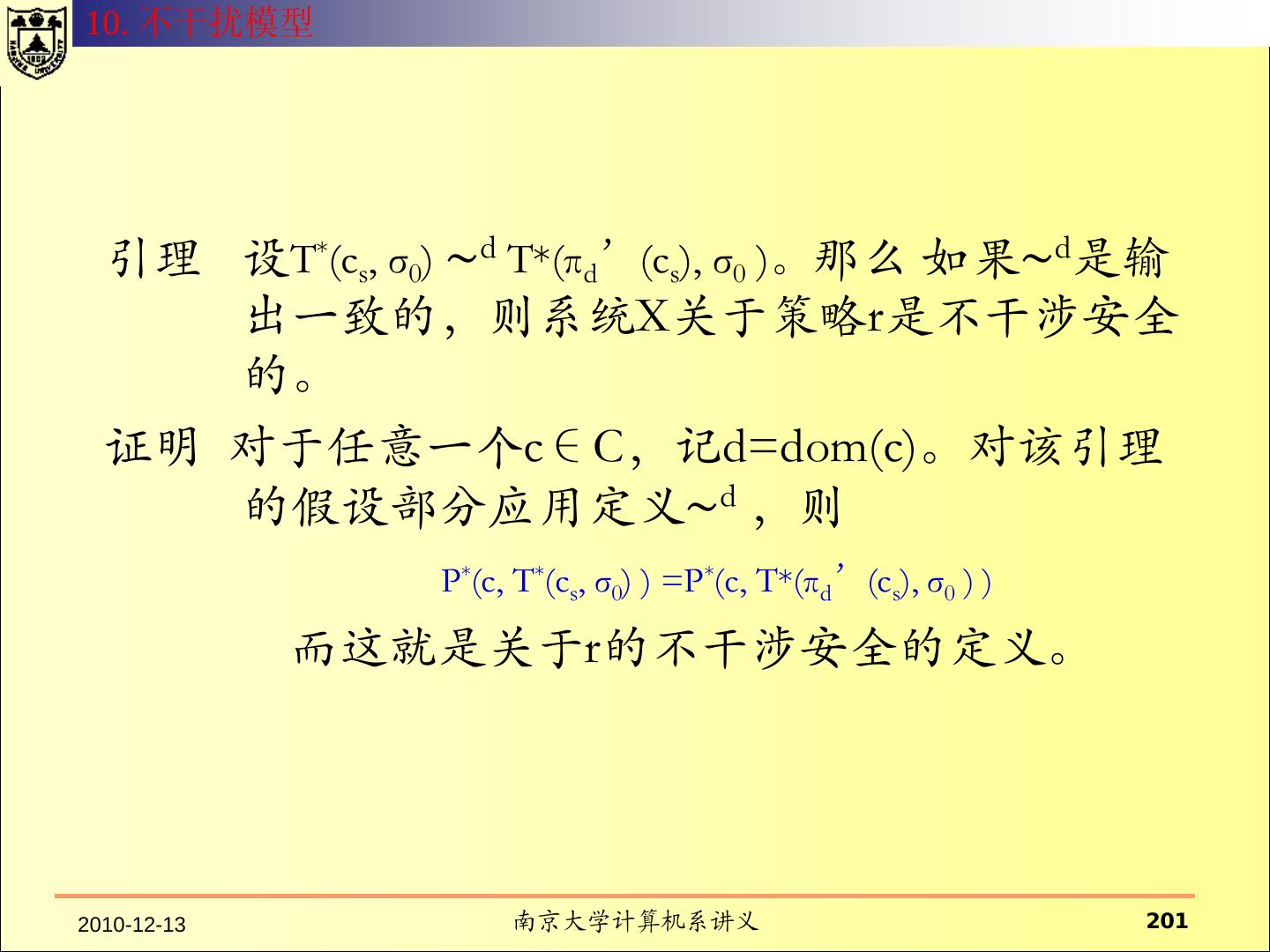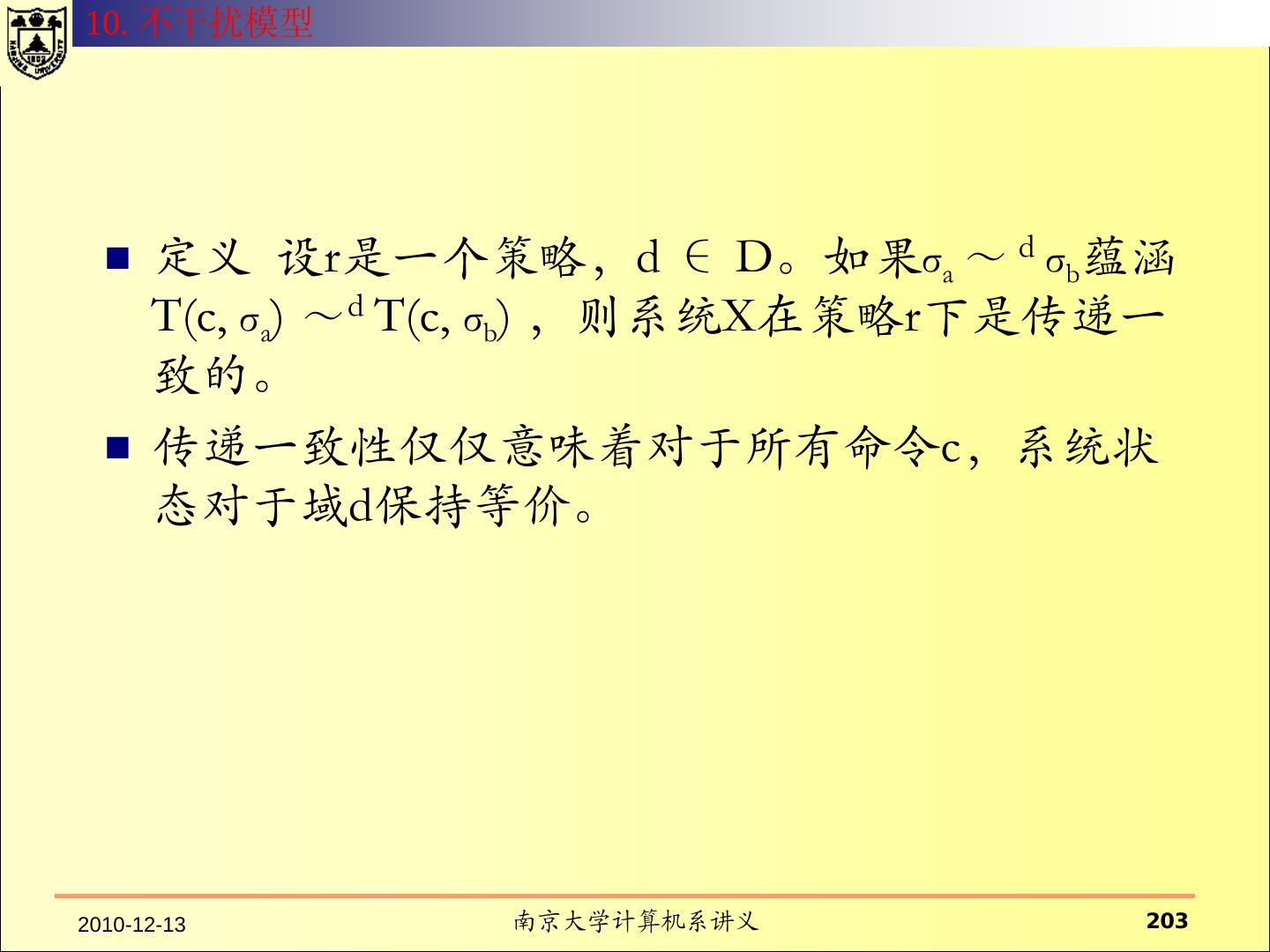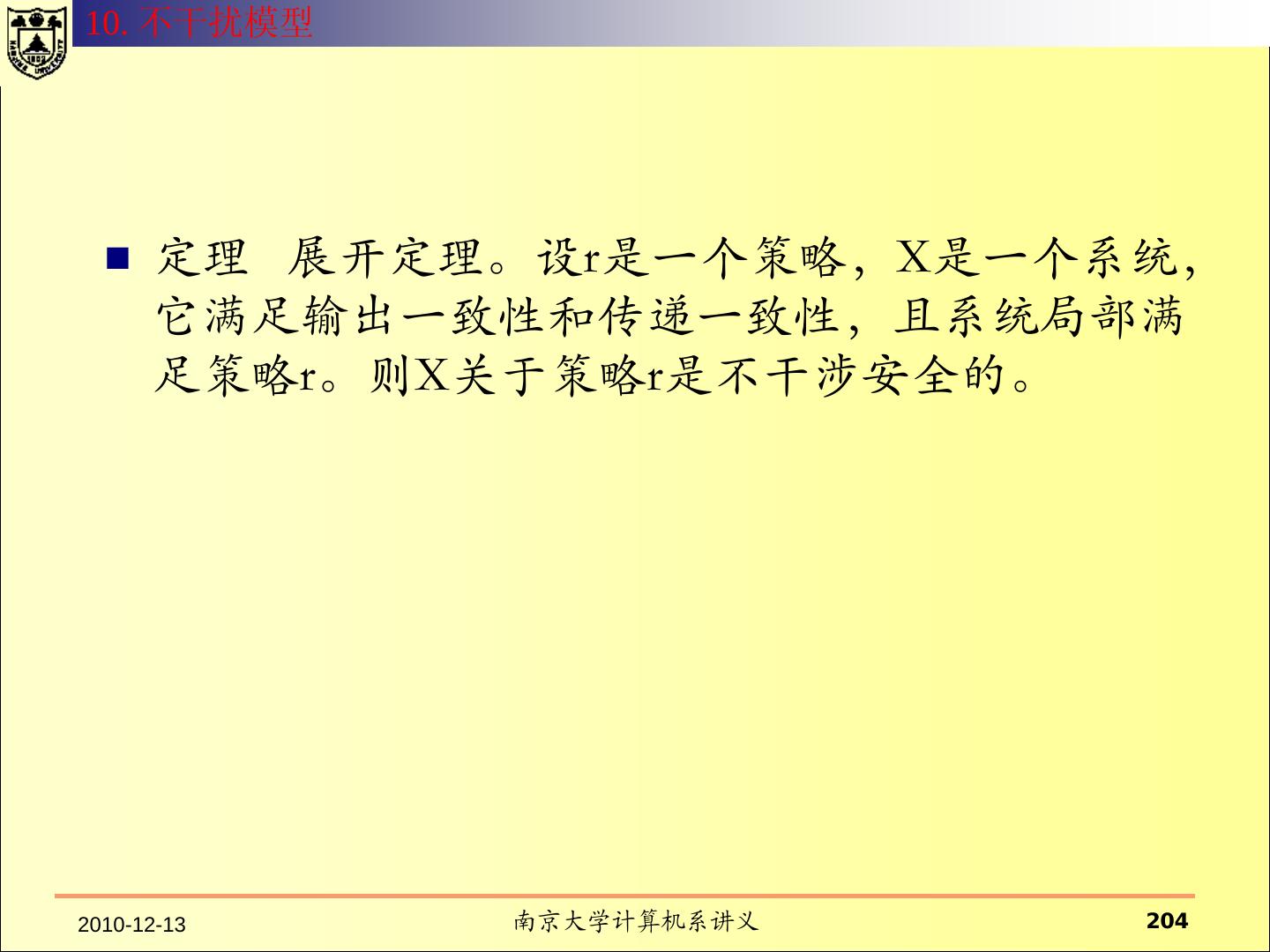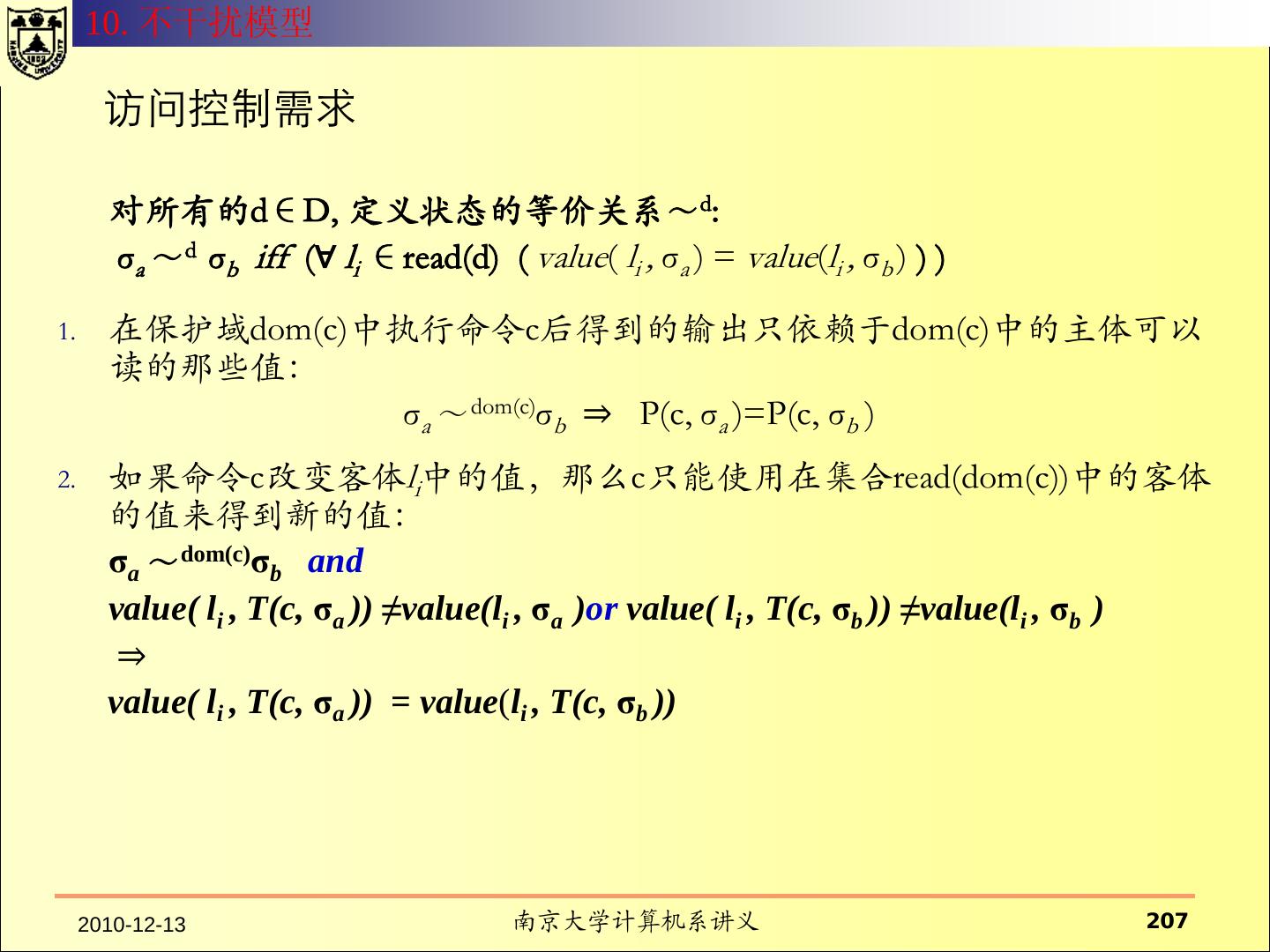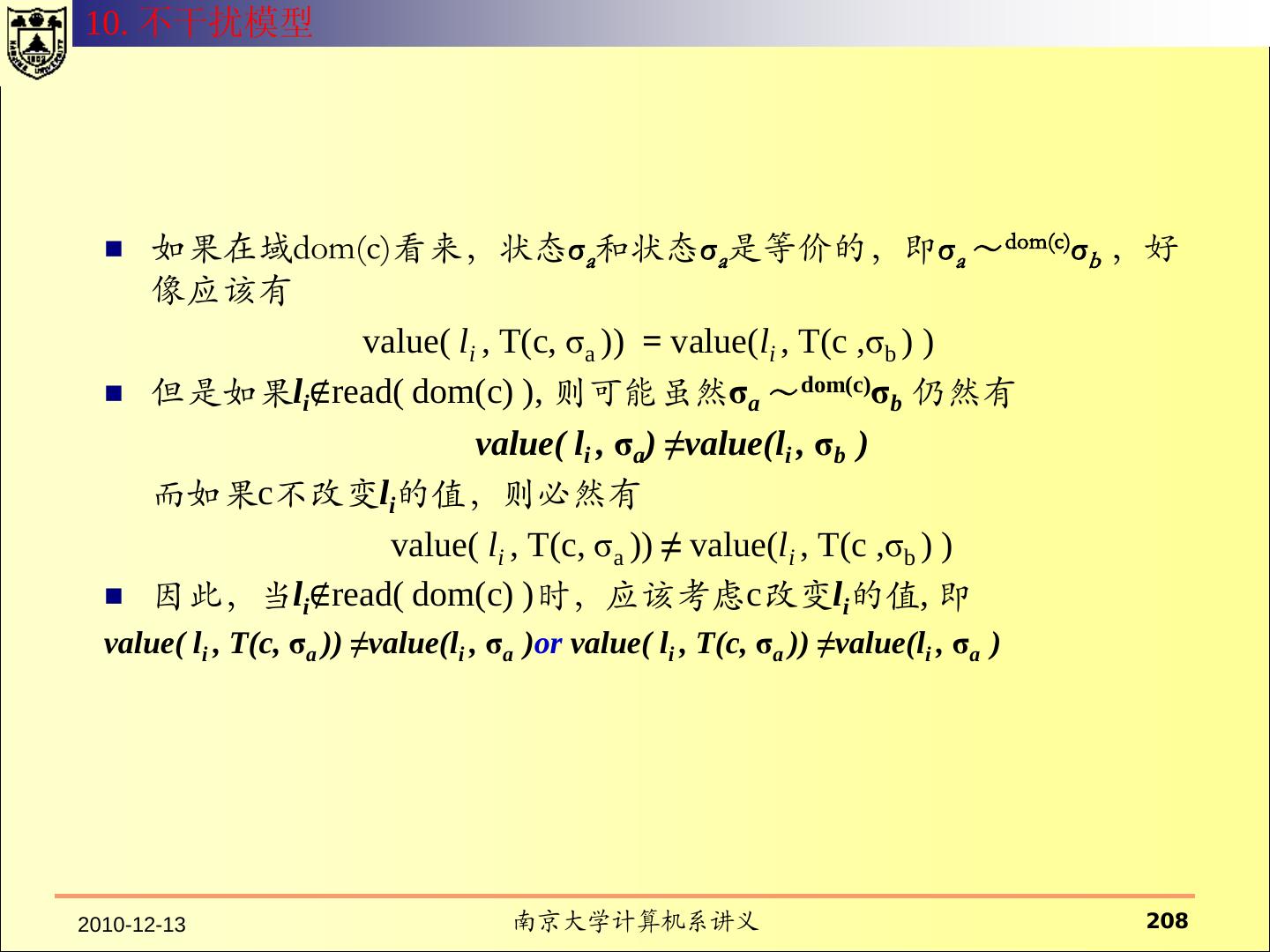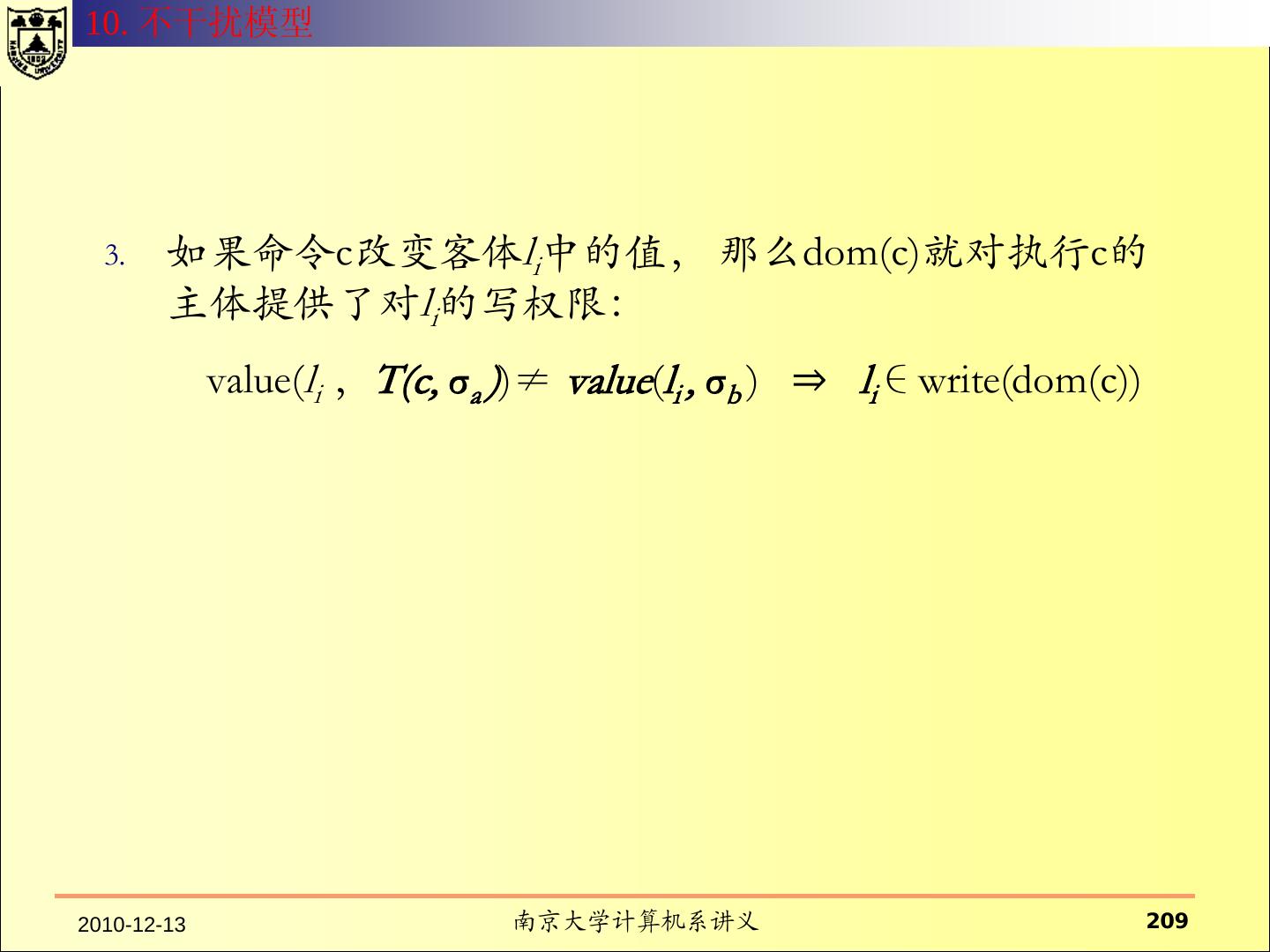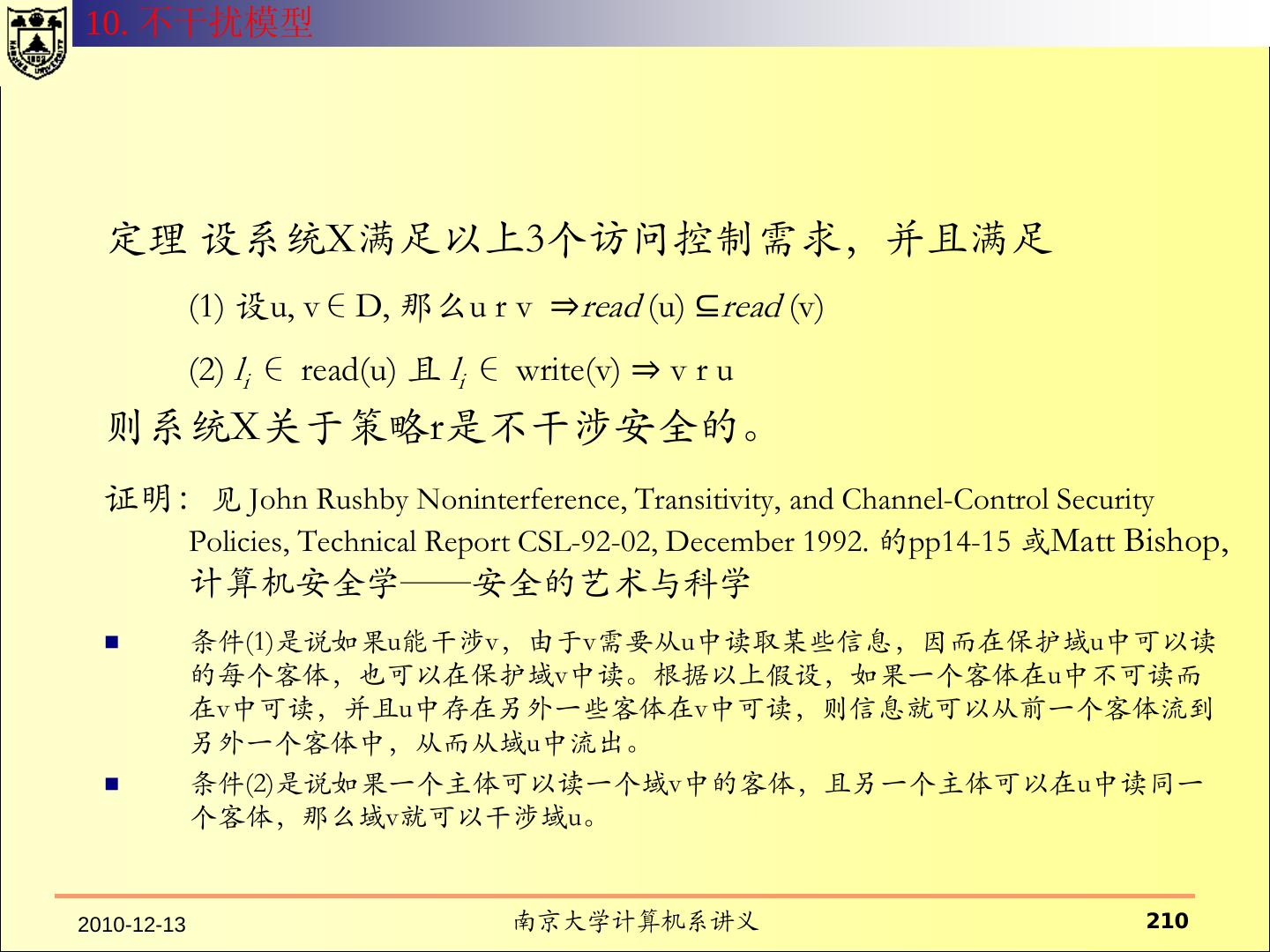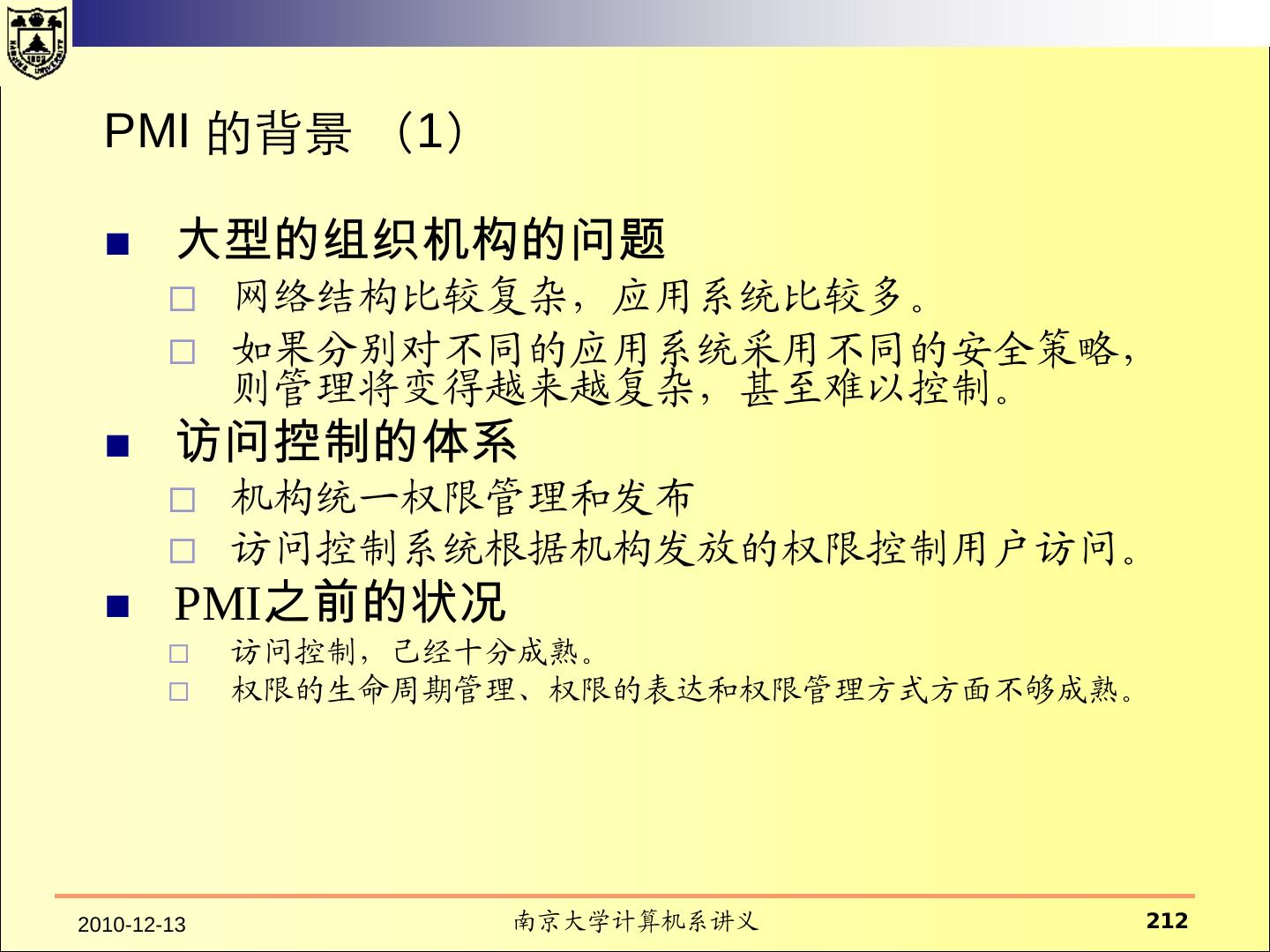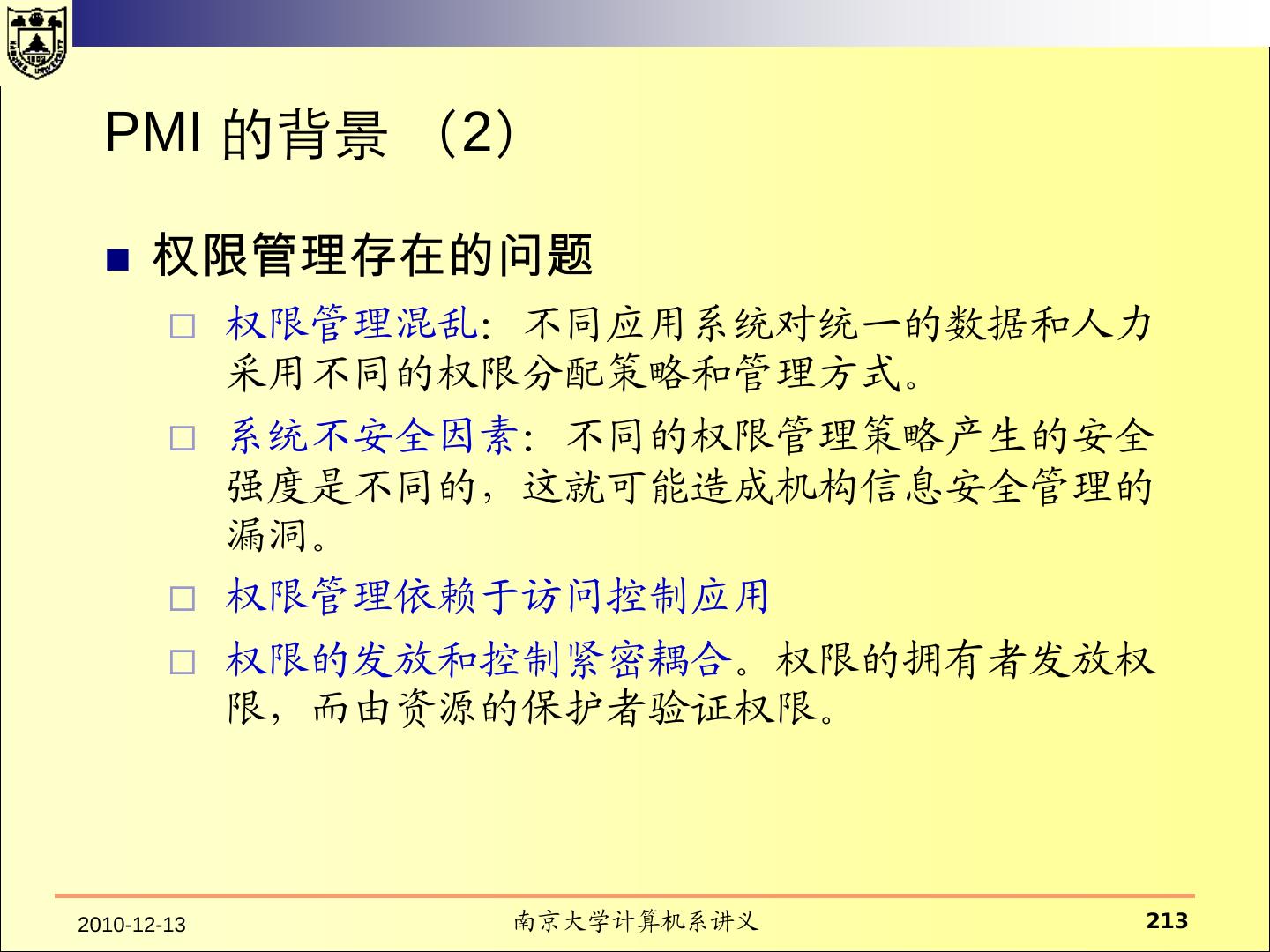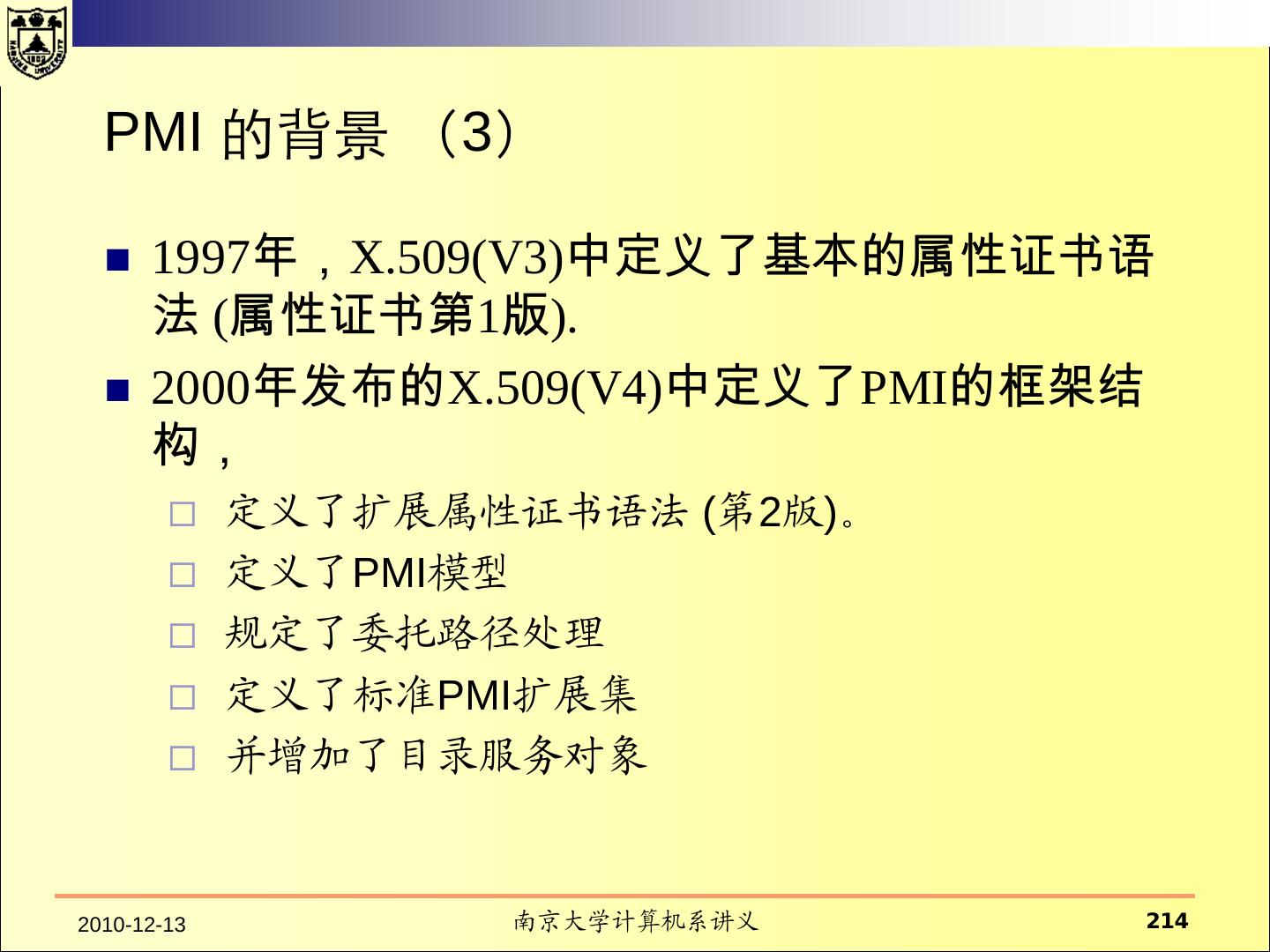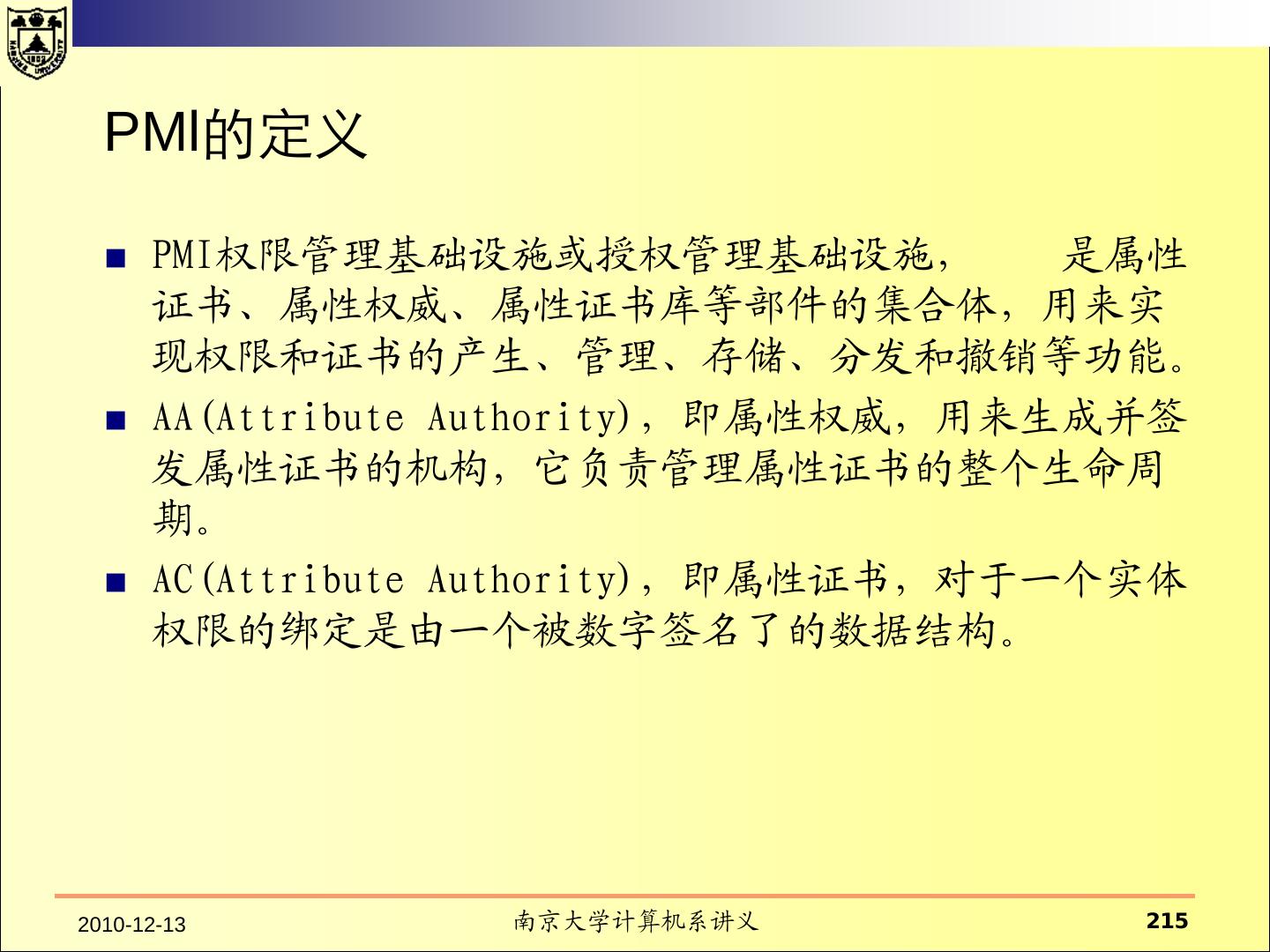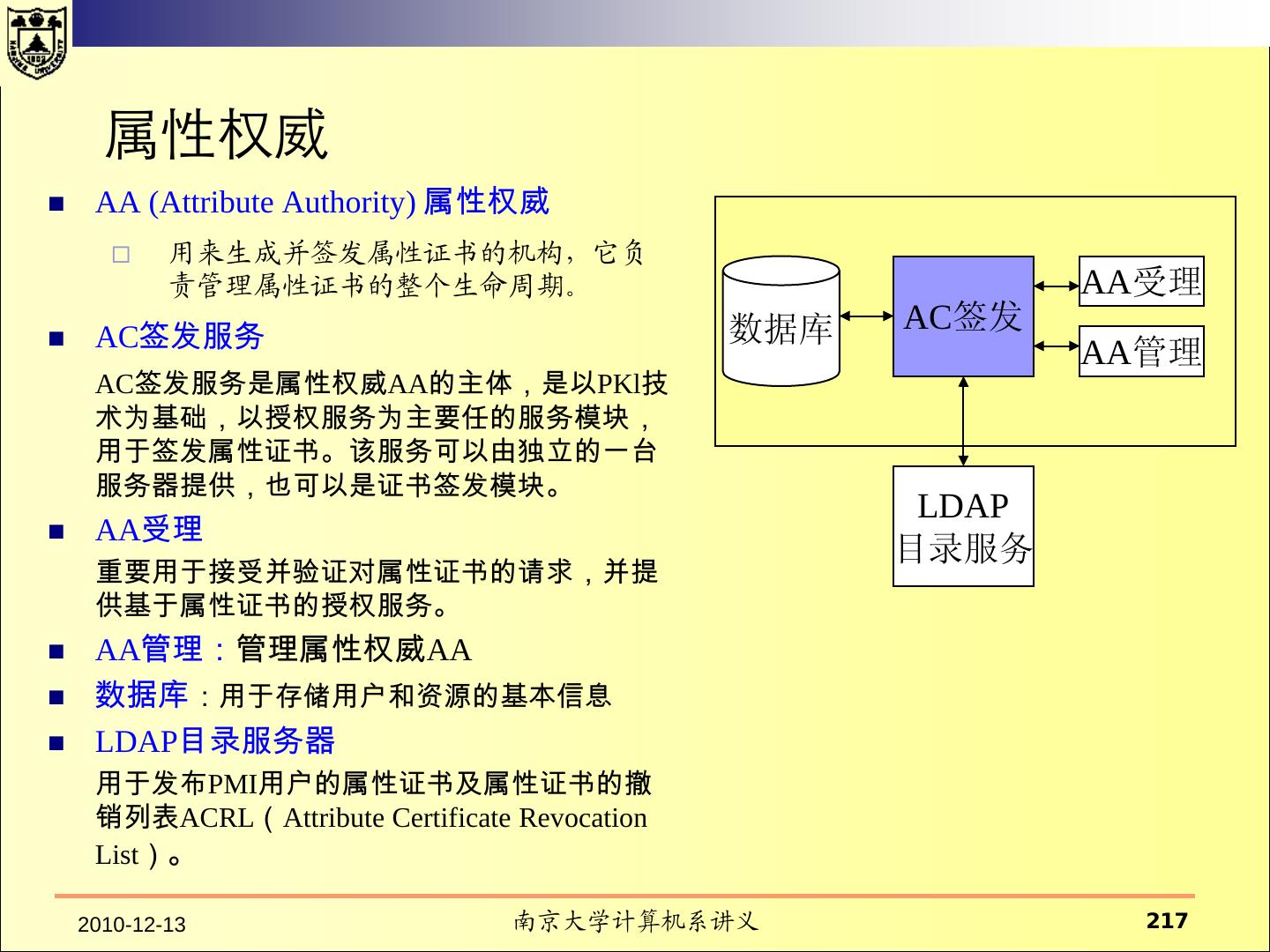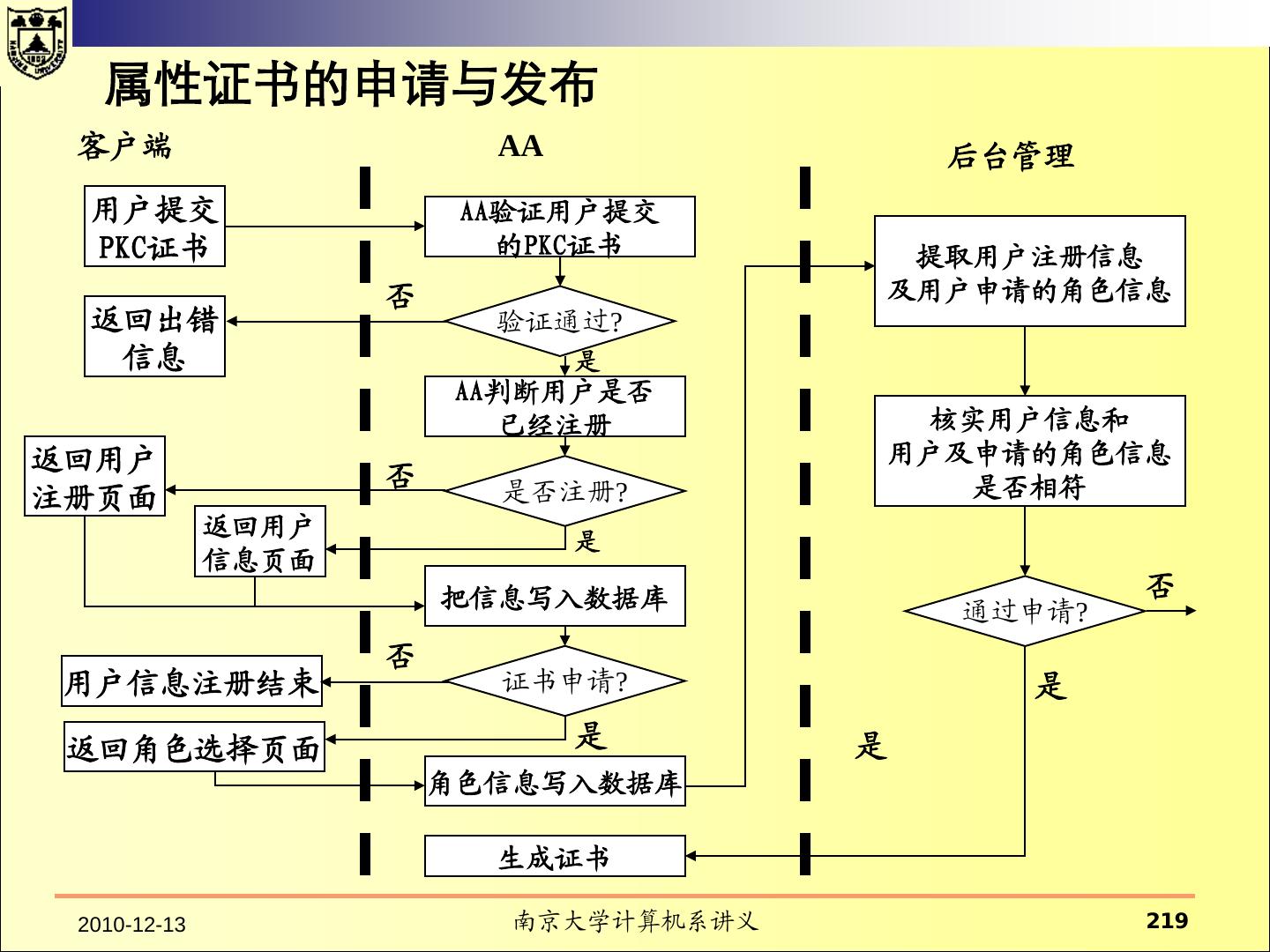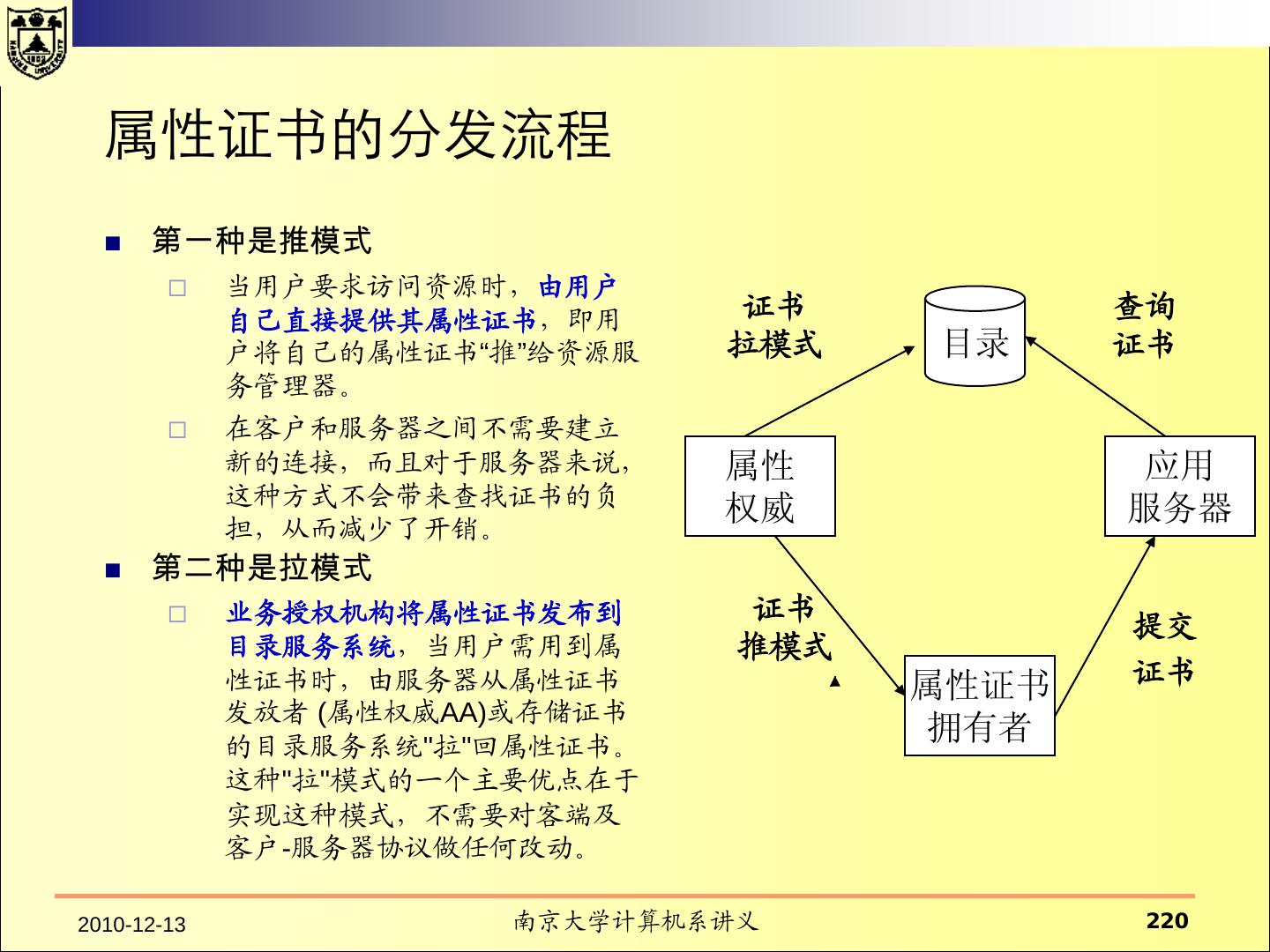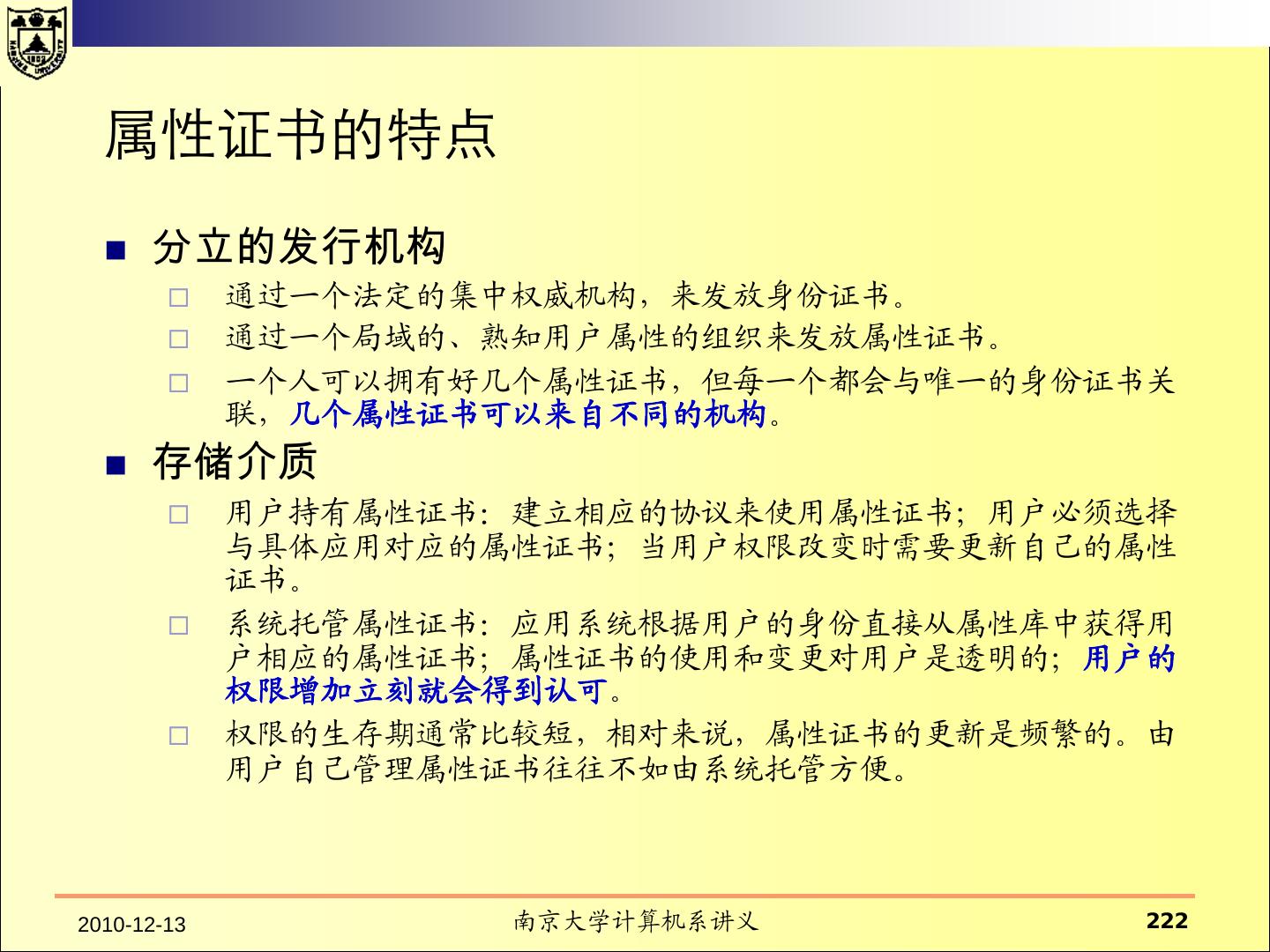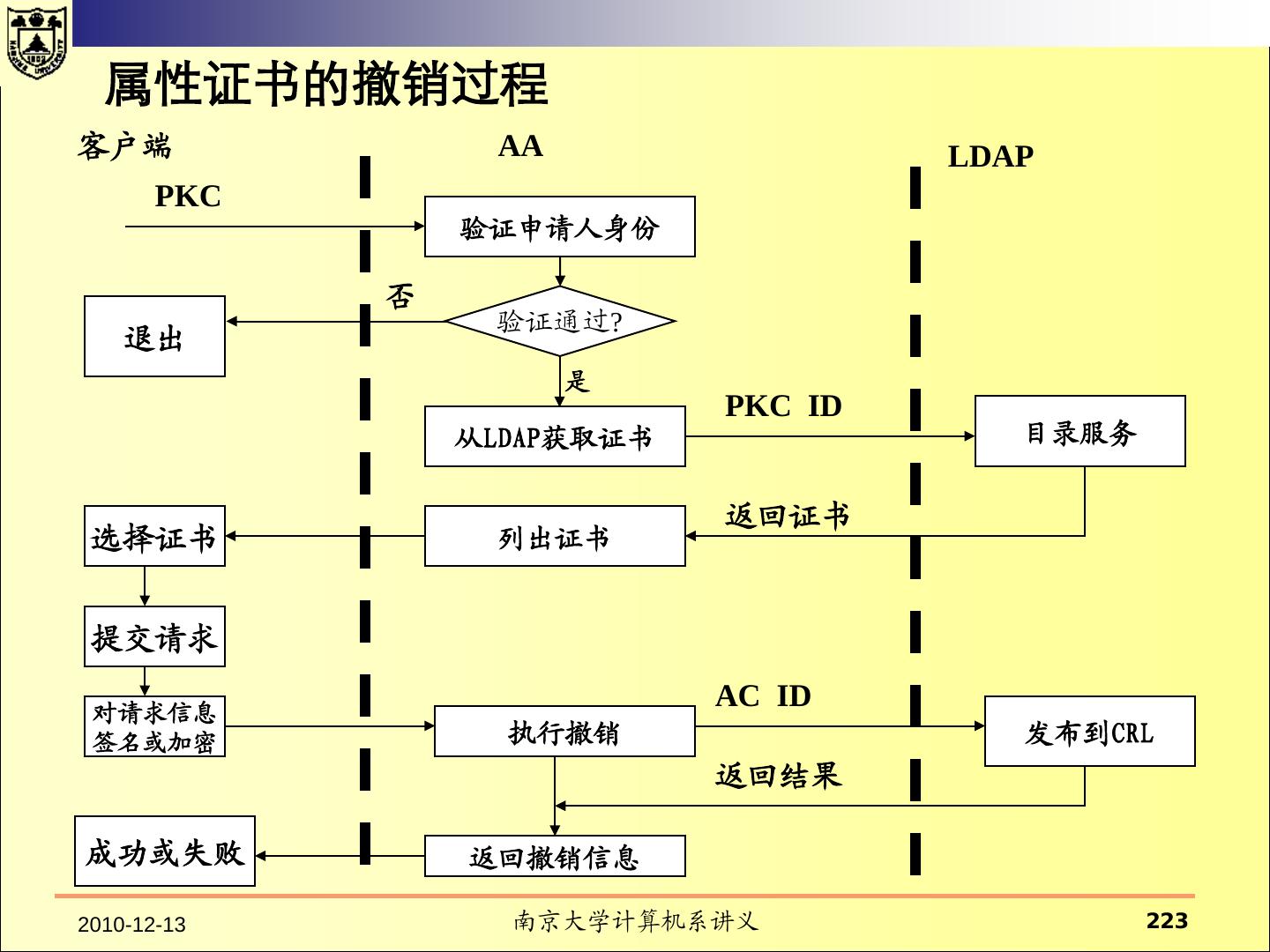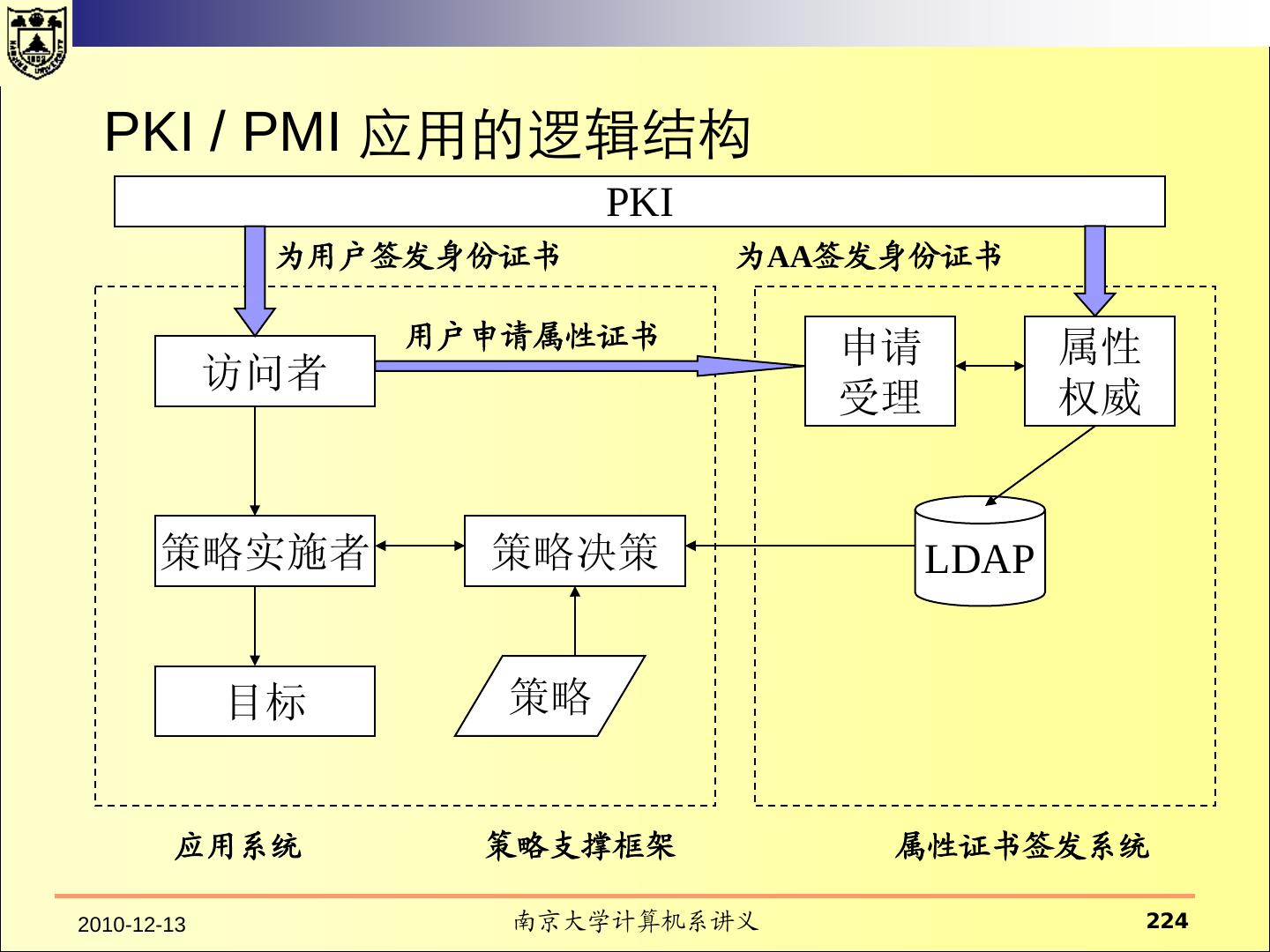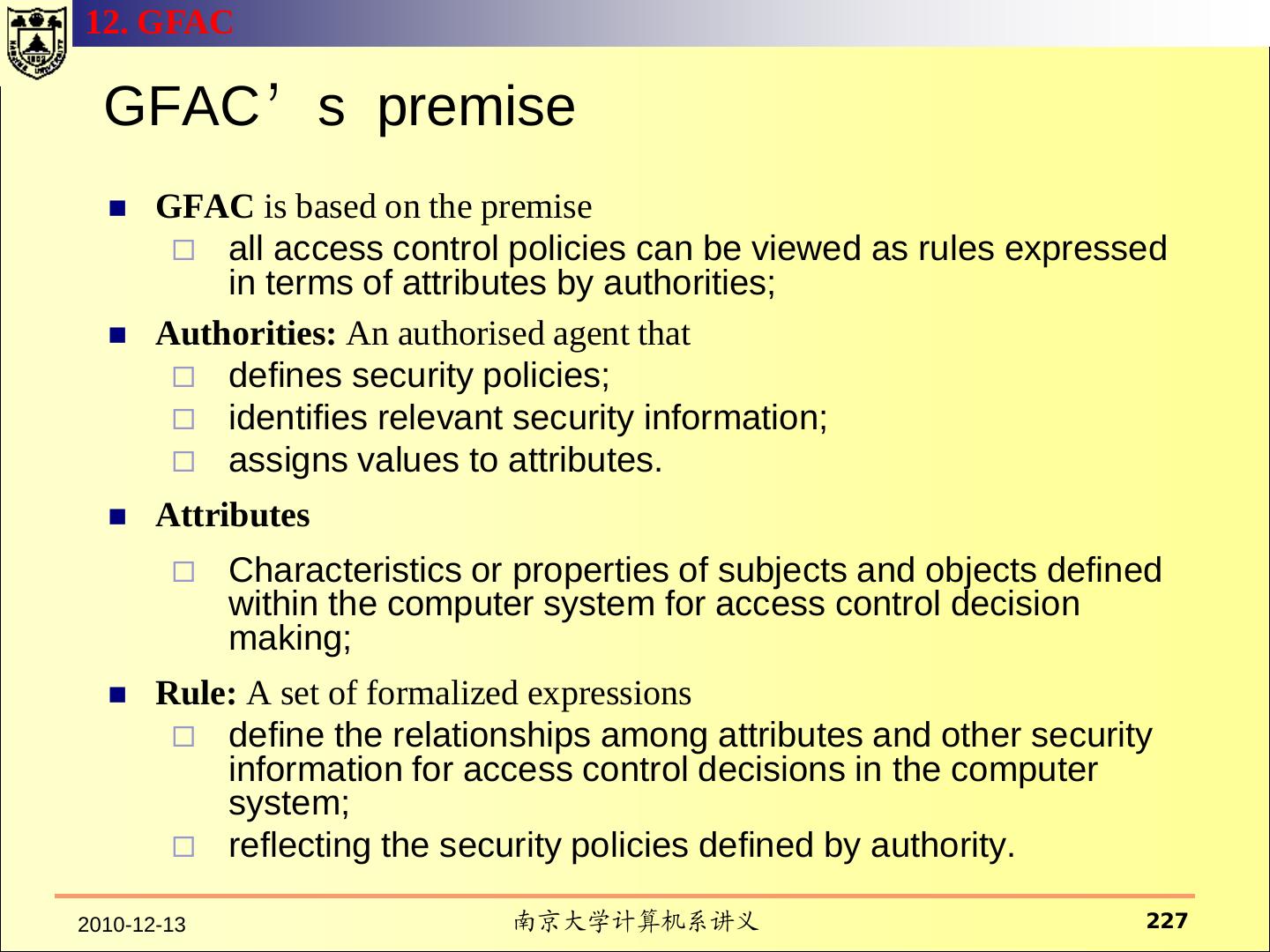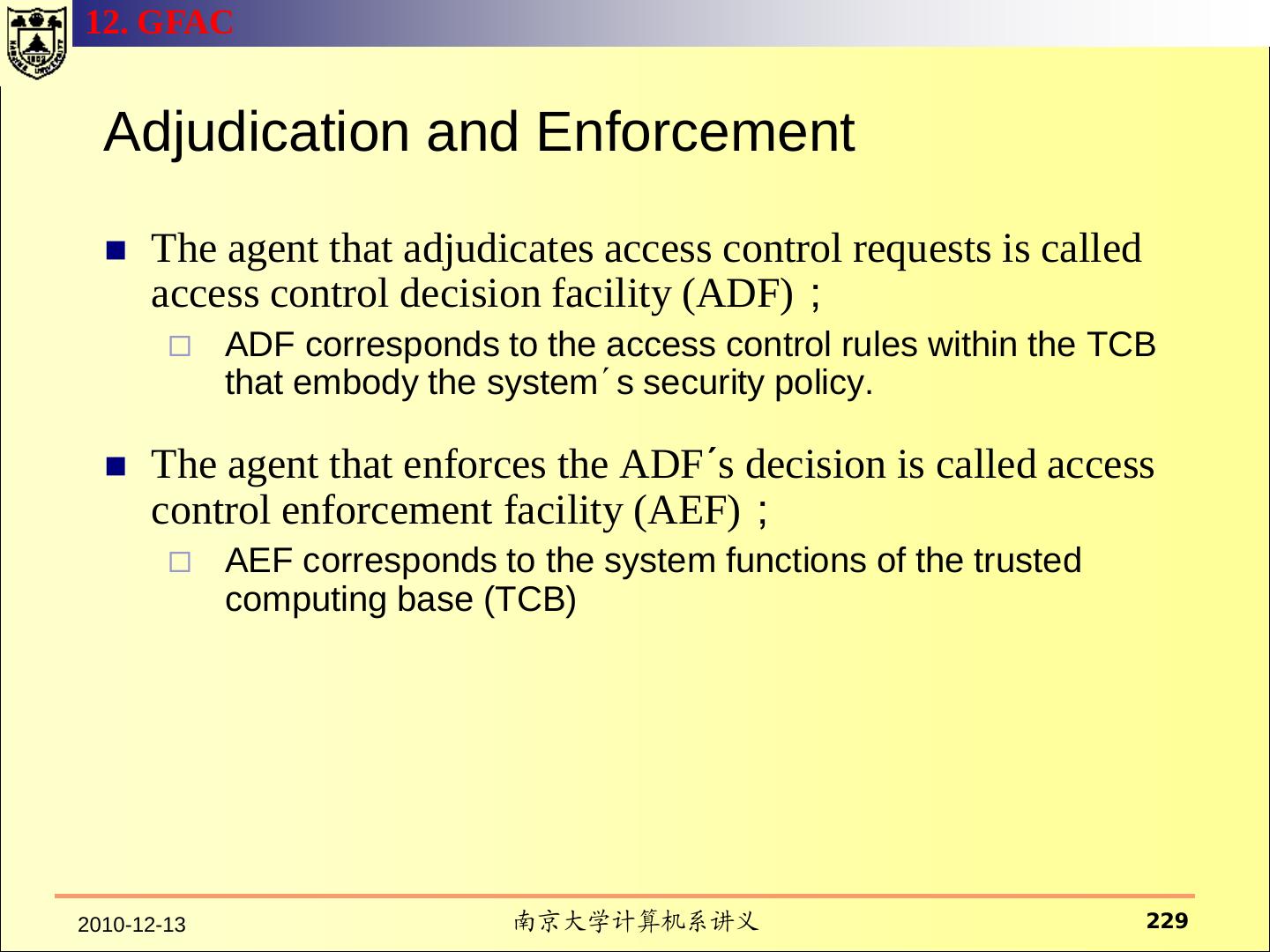- 快召唤伙伴们来围观吧
- 微博 QQ QQ空间 贴吧
- 文档嵌入链接
- 复制
- 微信扫一扫分享
- 已成功复制到剪贴板
计算机系统安全:安全模型
展开查看详情
1 .第7章 安全模型 南京大学计算机系 黄皓教授 2010年12月13日-12月6日
2 . 参考文献 I. Simone Fischer-Hübner,IT-Security and Privacy, Lecture Notes in Computer Science 1958. II. D. Elliott Bell and Leonard J. LaPadula, Secure Computer Systems: Mathematical Foundations。 III. D. Elliott Bell and Leonard J. LaPadula, Secure Computer Systems: Mathematical Model。 IV. K.J. Biba, Integrity Considerations for Secure Computer Systems, USAF Electronic Systems Division, Bedford, Mass., April 1977. V. David D. Clark, David Il. Wilson, A Comparison of Commercial and MilitarY computer Security Policies, IEEE Symposium on Security and Privacy April 27 - 29, 1987, pp184-194. VI. D.Brewer, M.Nash, The Chinese Wall Security Policy, Proceedings of the 1989 IEEE Symposium on Security and Privacy, Oakland, May 1989. 2010-12-13 南京大学计算机系讲义 2
3 . Contents 1. Basic Concept 2. The Generalised Framework for Access Control (GFAC) 3. Bell La Padula Model 4. Biba model 5. Clark-Wilson Model 6. Chinese Wall Model 7. RBAC 8. TBAC 9. Noninterference Model 2010-12-13 南京大学计算机系讲义 3
4 .1. Basic Concept
5 .1. Basic Concept IT-Security View: protection of the system, protection from the system; Aims: confidentiality, integrity , availability, reliability, functionality, anonymity, pseudonymity, unobservability, unlinkablity; Security models Security functions: I&A, AC, Audit, Object reuse, reliability of service, Security mechanism:password, ACL, cryptography, physical control,etc. 2010-12-13 南京大学计算机系讲义 5
6 .Security Aims Confidentiality: prevention of unauthorised or improper disclosure of data. Integrity: data continues to be a proper physical and semantic representation of information. 1. Preventing unauthorised users from making modifications. 2. Preventing authorised users from making improper modifications 3. Maintaining internal data consistency (self-consistency of interdependent data). external data consistency (consistency of data with the real- world environment that the data represents).
7 .Security Aims Availability: prevention of the unauthorised withholding of data or resources. timely response fair allocation fault tolerance utility or usability controlled concurrency
8 .Security Aims In the English language, a distinction is made between "security" and "safety".Important aspects of safety are functionality and reliability Functionality: the system performs its functions always “as required”. Reliability: all functions performed on a system are always equally performed under equal constraints.
9 .1. Basic Concept Security Aims Anonymity Anonymity of a user means that the user may use a resource or service without disclosing the user's identity. For example, electronic cash. Pseudonymity Pseudonymity of a user means that the user may use a resource or service without disclosing its user identity, but can still be accountable for that use. Unobservability ensures that a user may use a resource or service without others, especially third parties, being able to observe that the resource or service is being used. 2010-12-13 南京大学计算机系讲义 9
10 .1. Basic Concept Formal System Development Path Formal Model Proof Design Verification Top-Level Specification Proof Intermediate-Level Specification Proof Low-Level Specification Proof Implementation Verification Implementation 2010-12-13 南京大学计算机系讲义 10
11 .Security Models For the design of a secure system, the system´s security policy has to be defined. A security policy is a set of rules that regulate how an organisation manages, protects and distributes information. A (formal) security model is a (mathematically) precise statement of the security policy.
12 . 什么是安全模型? 系统的元素 模型从抽象层次规定了系 具有行为能力的主体; 统行为和约束行为的方式 。 不具有行为能力的客体 ; 系统的操作行为 模型往往用状态来表示 系统行为所依赖的环境 可以执行的命令 行为对系统产生的效果 对系统行为的约束方式 对行为的控制策略
13 .1. Basic Concept Security Objective Formal Model Proof Design Verification Top-Level Specification Proof Intermediate-Level Specification Proof Low-Level Specification Proof Implementation Verification Implementation 2010-12-13 南京大学计算机系讲义 13
14 .1. Basic Concept Proof the security model enforces the security policy I. Definition of security-relevant state variables (subjects, objects, security attributes, access rights) II. Definition of conditions for a secure state (invariants, security properties); III. Definition of state transition function; IV. Proof that the functions maintain the secure state; V. Definition of the initial state; VI. Proof that the initial state is secure; M. Gasser, Building a secure computer system, van Nostrand Reinhold, 1988. 2010-12-13 南京大学计算机系讲义 14
15 .Formal system development path Design verification: proving the consistency between the formal specification of a system and a formal security model. the specification conforms to the functions, invariants, and constraints of the model. Implementation verification: proving the consistency between the formal specification and its program implementation. Complete formal implementation verification is not possible with today’s technology. —— Simone Fischer-Hübner, IT Security and Privacy, Springer. Establishing correctness is a matter of belief, not proof.
16 .2. 访问控制矩阵模型
17 .2.1 HRU 模型 A. Harrison, W. L. Ruzzo, and J. D. Ullman. Protection in operating systems. Proceedings of the 5th annual SIGOPS Conference, 1975. Michael A. Harrison and Walter L. Ruzzo (University of California, Berkeley), Jeffrey D. Ullman (Princeton University), Protection in Operating Systems, Communications of the ACM 19(8), pp461-471, Aug. 1976.
18 .一、传统的操作系统安全 2.1 HRU 模型 访问控制矩阵 所有的主体的集合用S={s1,s2, ……,sm} 表示 所有的客体用O ={o1,o2,……,on}表示 所有的权限用R表示 访问矩阵是以主体为行索引、以客体为列索引的矩阵的第i行第j 列的矩阵元素a[si,oj] ⊆ R 表示主体si对客体oj拥有的权限。
19 .2.1 HRU 模型 文件1 文件2 进程1 进程2 进程1 r, w, own r r, w, e, own w 进程2 a r, own r r, w, e, own 对于文件客体的r、w、a、own都比较清楚。 对于进程的读、写等在不同的系统中可能含义不同。 读:“读”进程可以接收“被读”进程发送的消息。 读: “读”进程可以读取“被读”进程的状态。
20 .2.1 HRU 模型——系统的状态 系统的状态 所有的内存、缓存、寄存器、设备的状态等。 系统的保护状态 系统状态中涉及安全的子集。 系统的保护状态可以用三元组(S, O, A)表示。 假设P是所有的保护状态的集合,Q是P的一个子集表示系统 的合法状态。 如果系统的安全状态在Q中,则系统是安全的; 如果在P-Q 中,则系统是不安全的。 系统的保护就是将系统控制在状态集Q中。
21 .2.1 HRU 模型—— 状态的转换 当进程执行操作后,保护系统的状态会发生转换。 系统的初始状态设为X0={S0,O0,A0} 当系统执行一系列操作t1,t2,…后,系统状态依次变成 X1,X2,…。记为: Xi ├─ti Xi+1 当一个系统从状态x开始,经过一系列的操作后,转换到 状态Y,可以记作: X ├─* Y
22 .2.1 HRU 模型—— 基本命令 create subject s create object o 事前条件s ∉ S 事前条件o ∉ O 事后条件S’=S∪ {s}, O’=O∪ {s}, 事后条件S’=S, O’=O∪ {o}, ∀y∈O’, a’[s,y] = φ. ∀x∈S’, a’[x,o] = φ. ∀x∈S’, a’[x,s] = φ. ∀x∈S’, y∈O, a’[x,y] = a[x,y] ∀x∈S, y∈O, a’[x,y] = a[x,y] destroy subject s destroy object o 事前条件s ∈ S 事前条件o ∈ O 事后条件S’=S\ {s}, O’=O\{s}, 事后条件S’=S, O’=O\{o}, ∀y∈O’, a’[s,y] = φ. ∀x∈S’, a’[x,o] = φ. ∀x∈S’, a’[x,s] = φ. ∀x∈S’, y∈O’, a’[x,y] = a[x,y] ∀x∈S’, y∈O’, a’[x,y] = a[x,y]
23 .2.1 HRU 模型 —— 基本命令 create subject s create object o 事前条件s ∉ S 事前条件o ∉ O 事后条件S’=S∪ {s}, O’=O∪ {s}, 事后条件S’=S, O’=O∪ {o}, ∀y∈O’, a’[s,y] = φ. ∀x∈S’, a’[x,o] = φ.s o o o s ∀x∈S’, a’[x,s] = φ. 1 2 3 1 2 ∀x∈S’, s1 y∈O, a’[x,y] = a[x,y] ∀x∈S, y∈O, a’[x,y] = a[x,y] s2 o1 o2 o3 s1 s s2 destroy subject s destroy s1 object o 事前条件s ∈ S s 事前条件o ∈ O s 事后条件S’=S\ {s}, O’=O\{s}, 2 事后条件S’=S, O’=O\{o}, ∀y∈O’, a’[s,y] = φ. ∀x∈S’, a’[x,o] = φ. ∀x∈S’, a’[x,s] = φ. ∀x∈S’, y∈O’, a’[x,y] = a[x,y] ∀x∈S’, y∈O’, a’[x,y] = a[x,y]
24 .2.1 HRU 模型 —— 基本命令 create subject s create object o 事前条件s ∉ S 事前条件o ∉ O 事后条件S’=S∪ {s}, O’=O∪ {s}, 事后条件S’=S, O’=O∪ {o}, ∀y∈O’, a’[s,y] = φ. ∀x∈S’, a’[x,o] = φ. ∀x∈S’, a’[x,s] = φ. ∀x∈S’, y∈O, a’[x,y] = a[x,y] ∀x∈S, y∈O, a’[x,y] = a[x,y] o1 o2 o3 s1 s2 φ s1 s2 destroy subject s destroy object o 事前条件s ∈ S 事前条件o o1 o 2 o ∈ Os 3 1 s s 2 s1 事后条件S’=S\ {s}, O’=O\{s}, 事后条件S’=S, O’=O\{o}, s φ φ φ φ φ φ ∀y∈O’, a’[s,y] = φ. s2 ∀x∈S’, a’[x,o] = φ. ∀x∈S’, a’[x,s] = φ. ∀x∈S’, y∈O’, a’[x,y] = a[x,y] ∀x∈S’, y∈O’, a’[x,y] = a[x,y]
25 .系统状态的转换 —— 基本命令 create subject s create object o 事前条件s ∉ S 事前条件o ∉ O 事后条件S’=S∪ {s}, O’=O∪ {s}, 事后条件S’=S, O’=O∪ {o}, ∀y∈O’, a’[s,y] = φ. ∀x∈S’, a’[x,o] = φ. ∀x∈S’, a’[x,s] = φ. ∀x∈S’, y∈O, a’[x,y] = a[x,y] ∀x∈S, y∈O, a’[x,y] = a[x,y] o1 o2 o3 s1 s2 s1 s2 destroy subject s destroy object o 事前条件s ∈ S 事前条件o o1 o 2 o ∈ Os 3 1 s s 2 s1 φ 事后条件S’=S\ {s}, O’=O\{s}, 事后条件S’=S, O’=O\{o}, s φ φ φ φ φ φ ∀y∈O’, a’[s,y] = φ. s2 ∀x∈S’, a’[x,o] = φ. φ ∀x∈S’, a’[x,s] = φ. ∀x∈S’, y∈O’, a’[x,y] = a[x,y] ∀x∈S’, y∈O’, a’[x,y] = a[x,y]
26 .2.1 HRU 模型 —— 基本命令 create subject s create object o 事前条件s ∉ S 事前条件o ∉ O 事后条件S’=S∪ {s}, O’=O∪ {s}, 事后条件S’=S, O’=O∪ {o}, ∀y∈O’, a’[s,y] = φ. ∀x∈S’, a’[x,o] = φ. ∀x∈S’, a’[x,s] = φ. ∀x∈S’, y∈O, a’[x,y] = a[x,y] ∀x∈S, y∈O, a’[x,y] = a[x,y] o1 o2 o3 s1 s2 s destroy subject s destroy 1 object o s 事前条件s ∈ S 2 事前条件o ∈ O 事后条件S’=S\ {s}, O’=O\{s}, 事后条件S’=S, O’=O\{o}, o o o s s s ∀y∈O’, a’[s,y] = φ. 1 2 3 1 2 ∀x∈S’, s1 a’[x,o] = φ. φ ∀x∈S’, a’[x,s] = φ. s ∀x∈S’, φ φ y∈O’, φ φ a’[x,y] = φ a[x,y] φ s2 φ ∀x∈S’, y∈O’, a’[x,y] = a[x,y]
27 .2.1 HRU 模型 —— 基本命令 enter r into a[s,o] delete r from a[s,o] 事前条件s ∈ S, o ∈ O 事前条件s ∈ S, o ∈ O 事后条件 事后条件 S’=S, O’=O, S’=S, O’=O, a’[s,o] = a [s,o] ∪{ r } a’[s,o] = a [s,o] \{ r } ∀x∈S’, y∈O’, (x, y) ≠(s,o) ∀x∈S’, y∈O’, (x, y) ≠(s,o) → a’[x,y] = a [x,y] → a’[x,y] = a [x,y]
28 .2.1 HRU 模型 —— 单步命令 系统命令 单步命令 command create·file(p, f) 系统命令中仅仅包含一条基本 create object f; 命令则称为单步命令。例如: enter own into a[p,f]; enter r into a[p,f]; command make·own(p, f) enter w into a[p,f]; enter own into a[p, f]; end end command spawn·process(p, q) create subject q; enter own into a[p,q]; enter r into a[p,q]; enter w into a[p,q]; enter r into a[q,p]; enter w into a[q,p]; end
29 .2.1 HRU 模型 —— 条件命令 条件命令 例 command (X1, … Xk) command grant·read ·file if r1 in ( Xs1, Xo1) if own in a[p,f] then r2 in ( Xs2, Xo2) enter r into a[q,f]; rm in ( Xsm, Xom) end then op1; op2; …… opn; end




